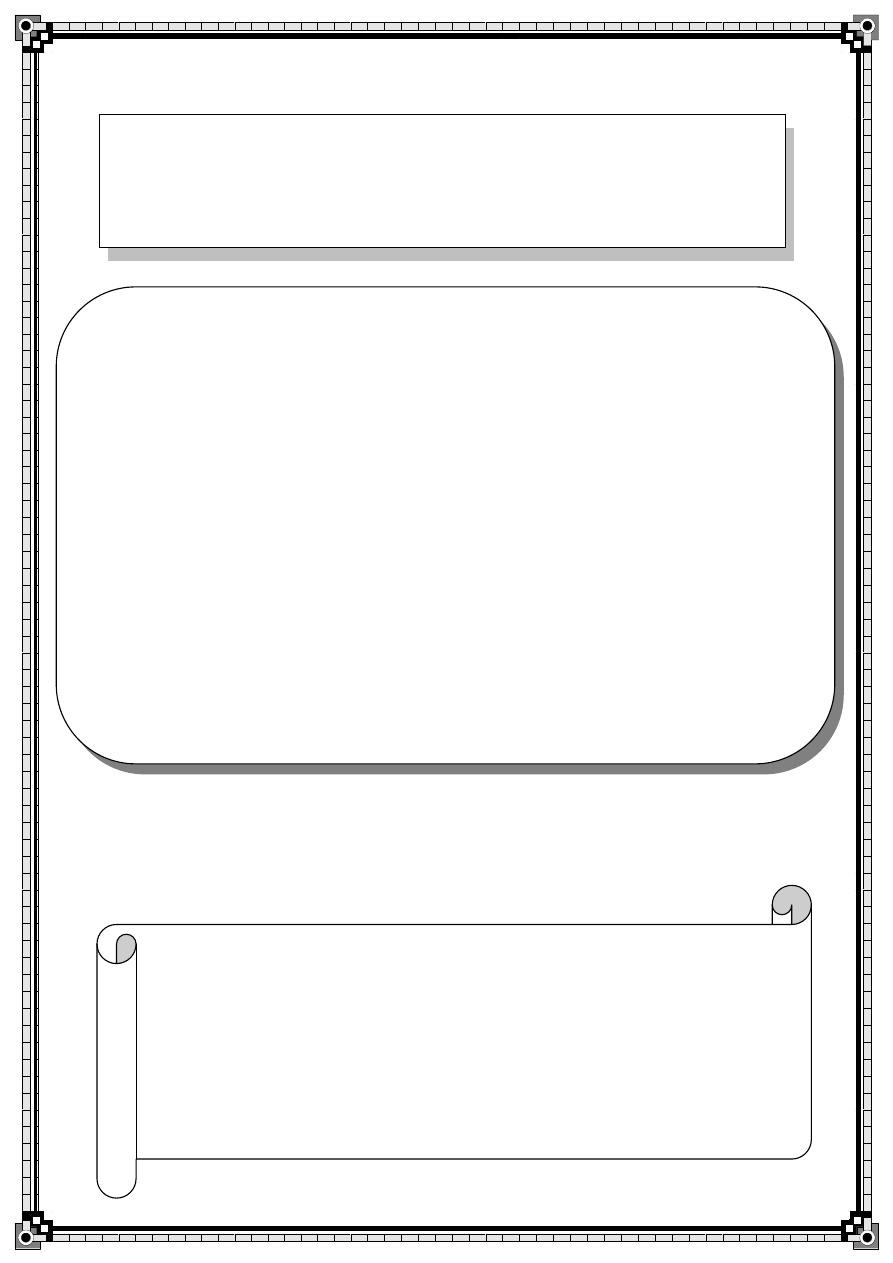
1
Summary Boxes Of
Bailey & Love's
Short practice
of surgery
Prepared By:
أنور قيس سعدون

2

3
PART 1: Principles
1.The metabolic response to injury:
Summary box 1.1
Basic concepts
■ Homeostasis is the foundation of normal physiology
■ ‘Stress-free’perioperative care helps to restore homeostasis following elective surgery
■ Resuscitation,surgical intervention and critical care can
return the severely injured patient to a situation in which homeostasis becomes possible once again
Summary box 1.2
Neuroendocrine response to injury/critical illness
The neuroendocrine response to severe injury/critical illness is biphasic:
■ Acute phase characterised by an actively secreting pituitary and elevated counter-regulatory hormones
(cortisol,glucagon,adrenaline).Changes are thought to be beneficial for short-term survival
■ Chronic phase associated with hypothalamic suppression and low serum levels of the respective target organ
hormones.Changes contribute to chronic wasting
Summary box 1.3
Systemic inflammatory response syndrome (SIRS) following major injury
■ Is driven initially by pro-inflammatory cytokines (e.g.IL-1, IL-6 and TNFα)
■ Is followed rapidly by increased plasma levels of cytokine
antagonists and soluble receptors (e.g.IL-1Ra,TNF-sR)
■ If prolonged or excessive may evolve into a counter- inflammatory response syndrome (CARS)
Summary box 1.4
Physiological response to injury The natural response to injury includes:
■ Immobility/rest
■ Anorexia
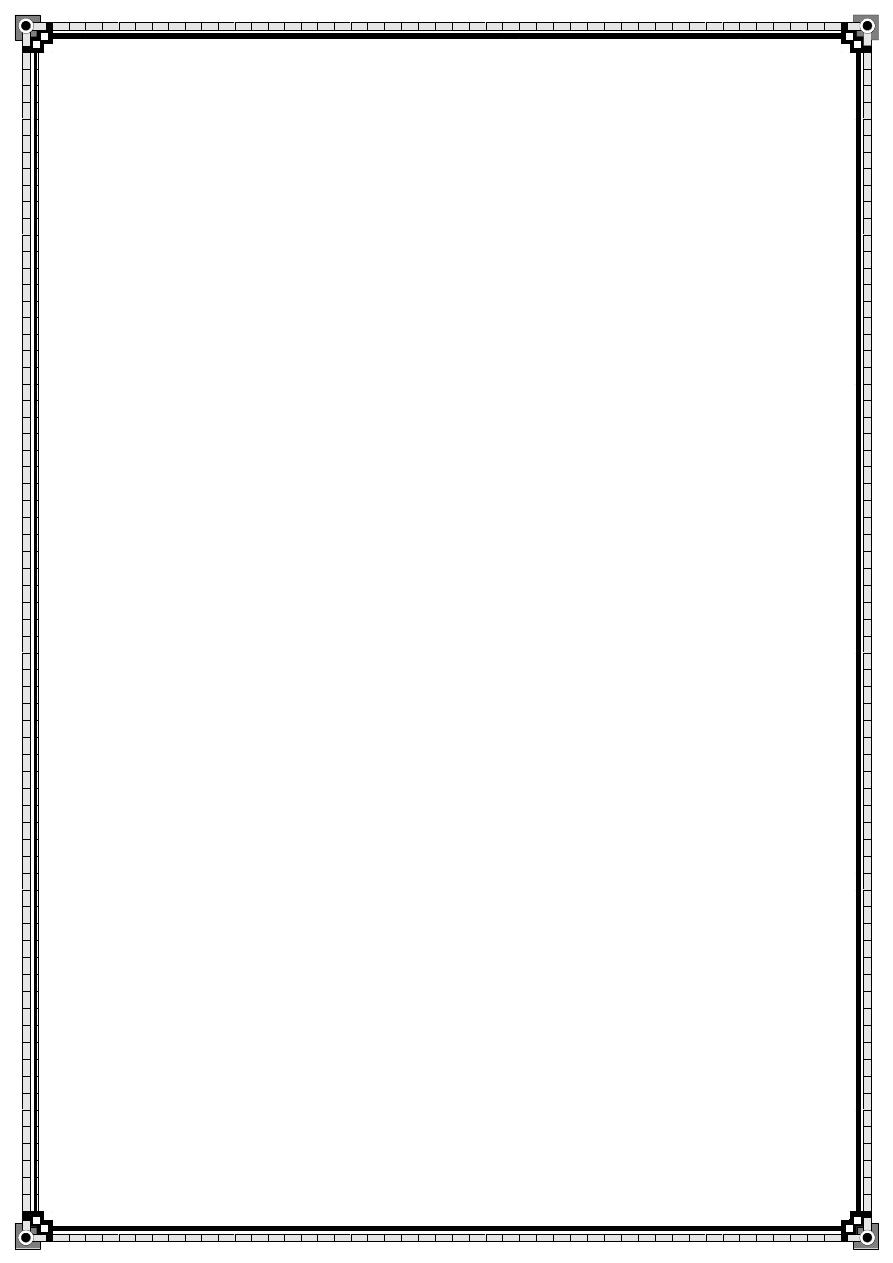
4
■ Catabolism
The changes are designed to aid survival of moderate injury in the absence of medical intervention.
Summary box 1.5
Purpose of neuroendocrine changes following injury
The constellation of neuroendocrine changes following injury acts to:
■ Provide essential substrates for survival
■ Postpone anabolism
■ Optimise host defence These changes may be helpful in the short term,but may be
harmful in the long term,especially to the severely injured
patient who would otherwise not have survived without medical intervention.
INJURY
Phases of the physiological response to injury
EBB PHASE
HOURS
Shock
FLOW PHASE
DAYS
Catabolism
RECOVERY
WEEKS
Anabolism
Summary box 1.6
Hypermetabolism
Hypermetabolism following injury:
■ Is mainly caused by an acceleration of futile metabolic cycles
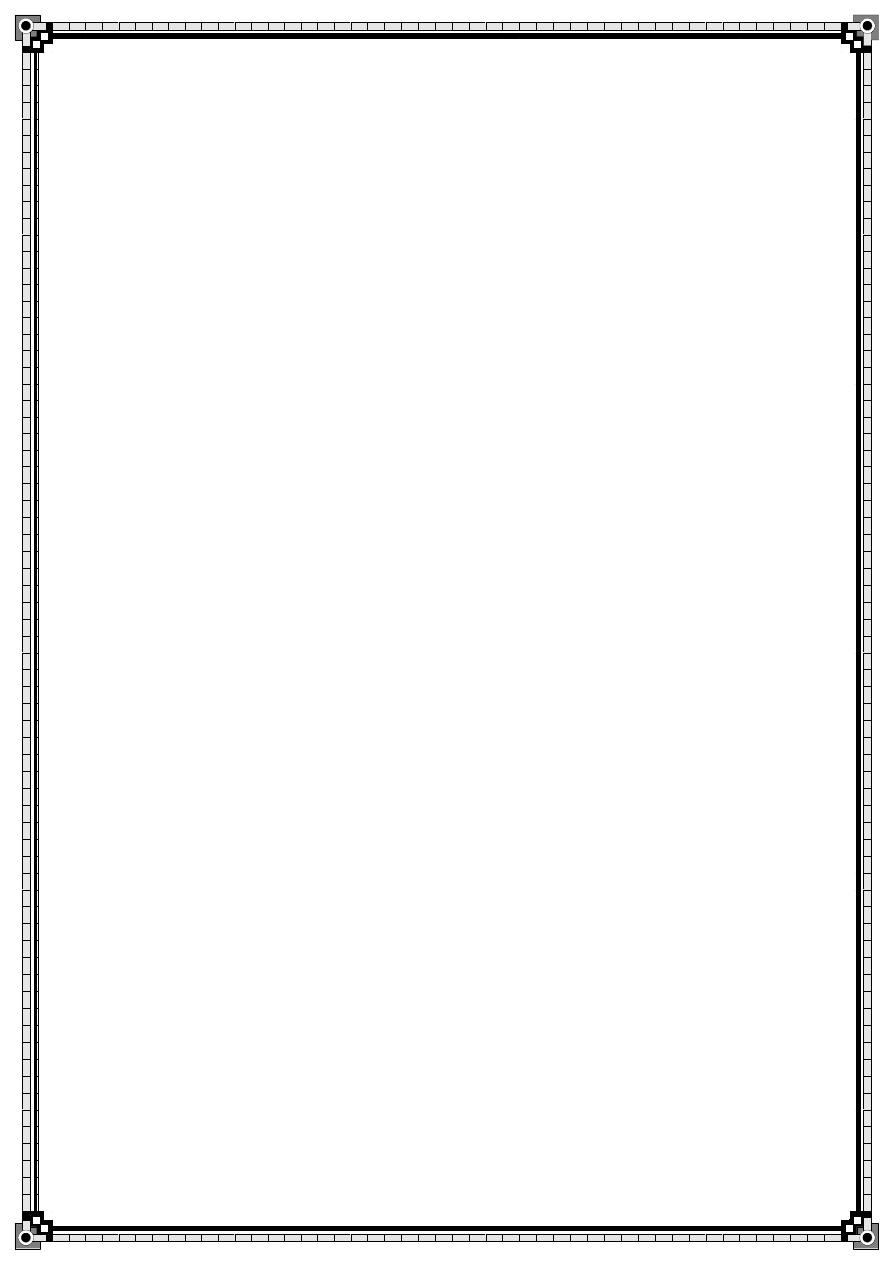
5
■ Is limited in modern practice on account of elements of routine critical care
Summary box 1.7
Skeletal muscle wasting
■ Provides amino acids for protein synthesis in central organs/tissues
■ Is mediated at a molecular level mainly by activation of the ubiquitin–proteasome pathway
■ Can result in immobility and contribute to hypostatic pneumonia and death if prolonged and excessive
Summary box 1.8
Hepatic acute phase response
The hepatic acute phase response represents a reprioritisation
of body protein metabolism towards the liver and is characterised by:
■ Positive reactants (e.g.CRP):plasma concentration
■ Negative reactants (e.g.albumin):plasma concentration
Summary box 1.9
Changes in body composition following major surgery/critical illness
■ Catabolism leads to a decrease in fat mass and skeletal muscle mass
■ Body weight may paradoxically increase because of expansion of extracellular fluid space
Summary box 1.10
Avoidable factors that compound the response to injury
■ Continuing haemorrhage
■ Hypothermia
■ Tissue oedema
■ Tissue underperfusion
■ Starvation
■ Immobility
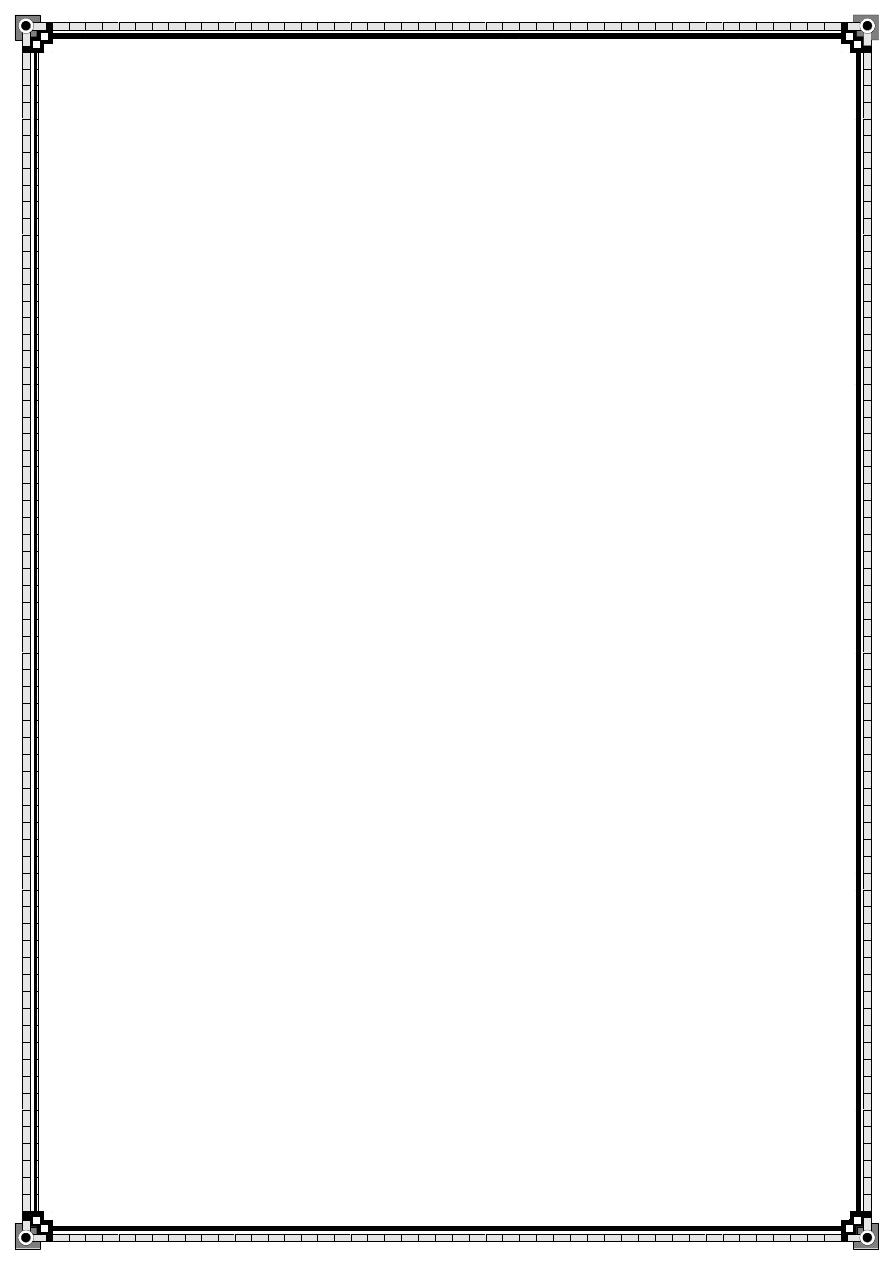
6
Summary box 1.11
A proactive approach to prevent unnecessary aspects of the surgical stress response
■ Minimal access techniques
■ Blockade of afferent painful stimuli (e.g.epidural analgesia)
■ Minimal periods of starvation
■ Early mobilization
2.Shock and blood transfusion
Summary box 2.1
Classification of shock
■ Hypovolaemic
■ Cardiogenic
■ Obstructive
■ Distributive
■ Endocrine
Hypovolaemia Cardiogenic Obstructive Distributive
Cardiac output Low Low Low High
Vascular resistance High High High Low
Venous pressure Low High High Low
Mixed venous saturation Low Low Low High
Base deficit High High High High
Table 2.2 Clinical features of shock
Compensated Mild Moderate Severe
Lactic acidosis + ++ ++ +++
Urine output Normal Normal Reduced Anuric
Level of consciousness Normal Mild anxiety Drowsy Comatose
Respiratory rate Normal Increased Increased Laboured
Pulse rate Mild increase Increased Increased Increased
Blood pressure Normal Normal Mild hypotension Severe hypotension

7
Table 2.3 Effects of organ failure
Lung Acute respiratory distress syndrome
Kidney Acute renal insufficiency
Liver Acute liver insufficiency
Clotting Coagulopathy
Cardiac Cardiovascular failure
Summary box 2.2
Monitoring for patients in shock
Minimum
■ Electrocardiogram
■ Pulse oximetry
■ Blood pressure
■ Urine output
Additional modalities
■ Central venous pressure
■ Invasive blood pressure
■ Cardiac output
■ Base deficit and serum lactate
Table 2.5 Traditional classification of haemorrhagic shock
Class
1 2 3 4
Blood volume lost as <15% 15–30% 30–40% >40% percentage of total
Summary box 2.3
Damage control surgery
■ Arrest haemorrhage

8
■ Control sepsis
■ Protect from further injury
■ Nothing else
Table 2.7 Perioperative red blood cell transfusion criteria
Haemoglobin Indication
level (gdl–1)
<6 Probably will benefit from transfusion
6–8 Transfusion unlikely to be of benefit in the
absence of bleeding or impending surgery
>8 No indication for transfusion
Complications of blood transfusion
Complications from a single transfusion include:
1- incompatibility haemolytic transfusion reaction;
2- febrile transfusion reaction;
3-allergic reaction;
4-infection:
–bacterial infection (usually as a result of faulty storage);
–hepatitis;
–HIV;
–malaria;
5- air embolism;
6-thrombophlebitis;
7- transfusion-related acute lung injury (usually from FFP).

9
Complications from massive transfusion
Complications from massive transfusion include:
1-coagulopathy;
2- hypocalcaemia;
3- hyperkalaemia;
4- hypokalaemia;
5- hypothermia.
Additionally, patients who receive repeated transfusions over
long periods of time (e.g. patients with thalassaemia) may
developiron overload. (Each transfused unit of red blood cells
contains approximately 250mg of
3.Wounds, tissue repair and scars
Summary box 3.1
Factors influencing healing of a wound
■ Site of the wound
■ Structures involved
■ Mechanism of wounding
Incision
Crush
Crush avulsion
■ Contamination (foreign bodies/bacteria)
■ Loss of tissue
■ Other local factors
Vascular insufficiency (arterial or venous)
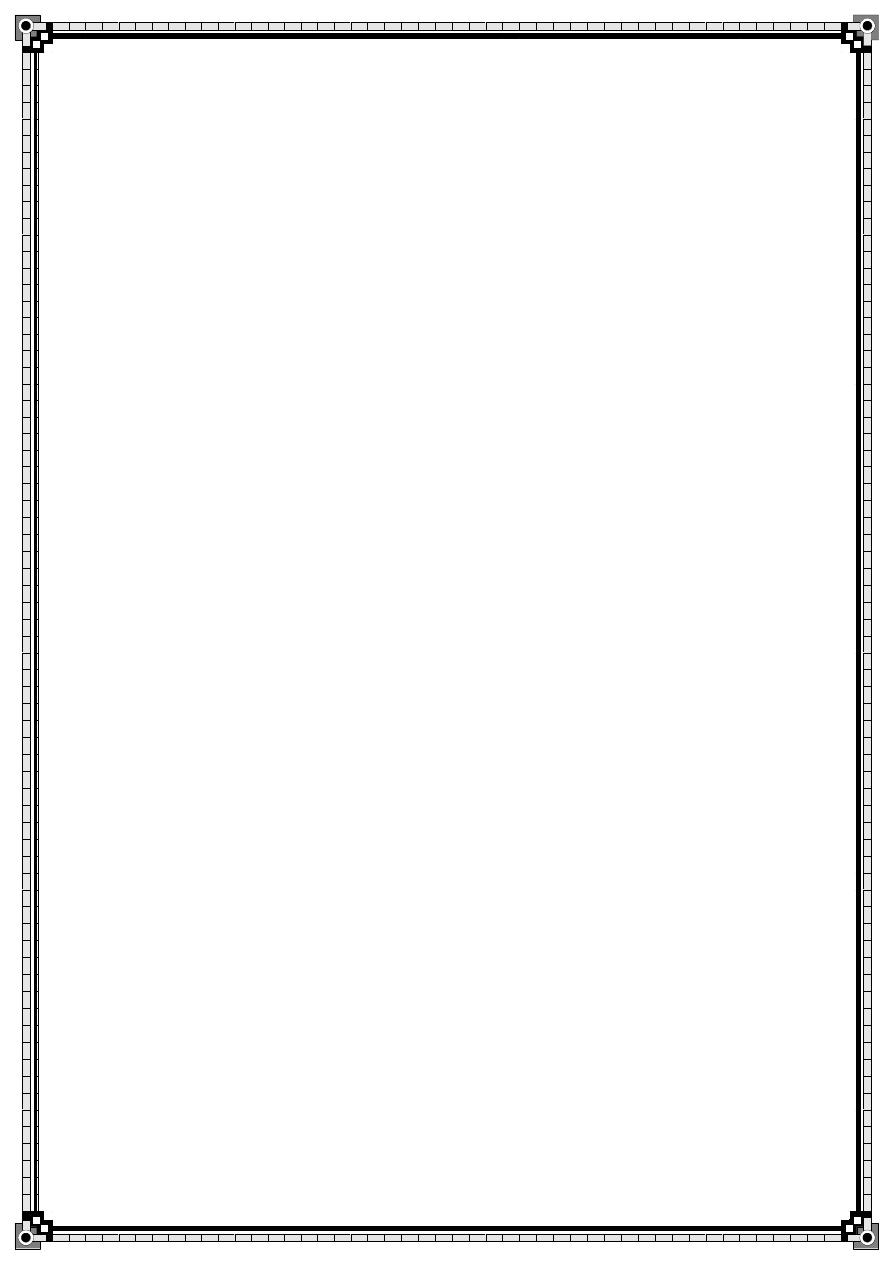
10
Previous radiation
Pressure
■ Systemic factors
Malnutrition or vitamin and mineral deficiencies
Disease (e.g.diabetes mellitus)
Medications (e.g.steroids)
Immune deficiencies [e.g.chemotherapy,acquired
immunodeficiency syndrome (AIDS)]
Smoking
a.In explosions,the contamination may consist of tissue such as bone from another individual.
Summary box 3.2
A classification of wound closure and healing
■ By primary intention Wound edges opposed.Normal healing.Minimal scar
■ By secondary intention
Wound left open.Heals by granulation,contraction and epithelialisation
Increased inflammation and proliferation ,Poor scar
■ By tertiary intention (also called delayed primary intention)
Wound initially left open
Edges later opposed when healing conditions favourable
Summary box 3.3
Tidy vs. untidy wounds
Tidy Untidy
Incised Crushed or avulsed
Clean Contaminated
Healthy tissues Devitalised tissues
Seldom tissue loss Often tissue loss
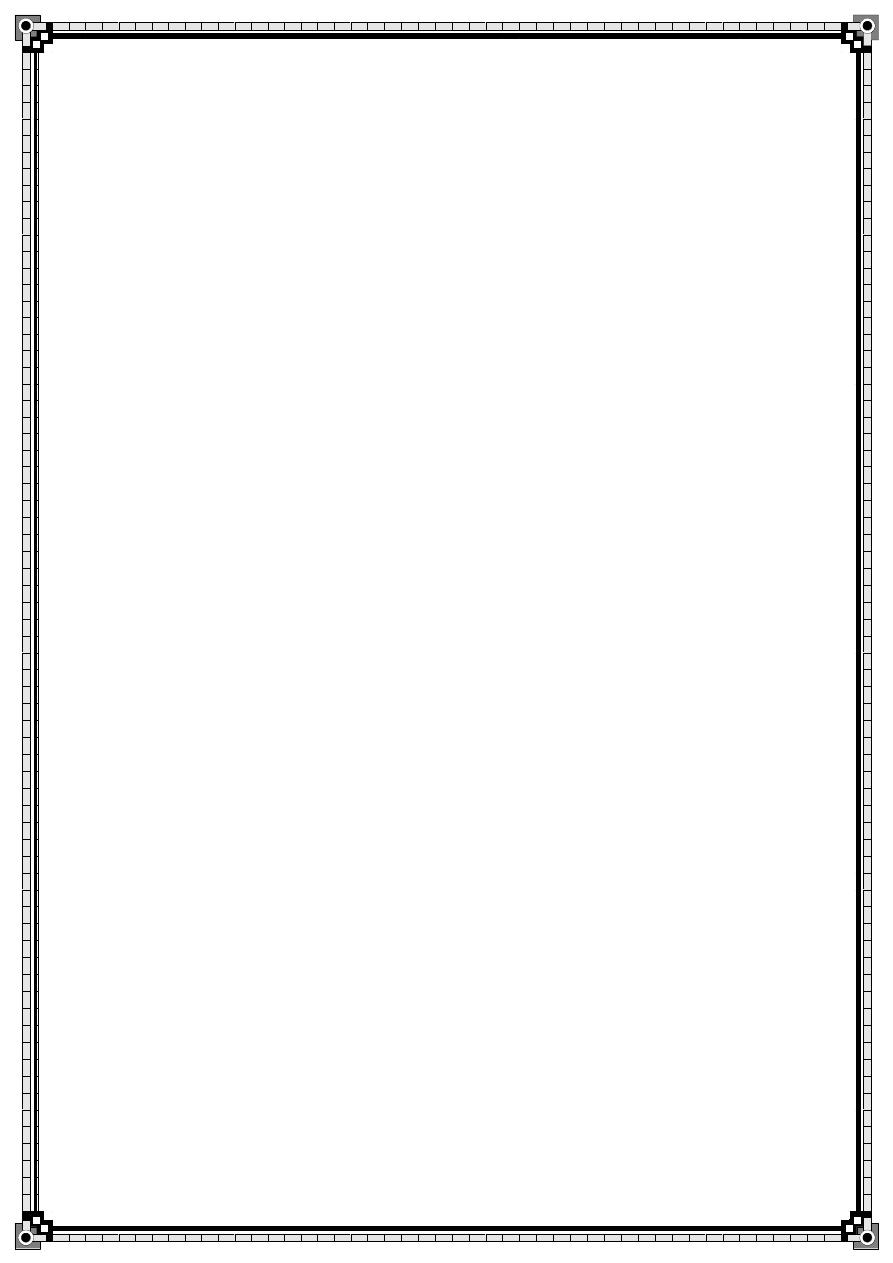
11
Summary box 3.4
Managing the acute wound
■ Cleansing
■ Exploration and diagnosis
■ Debridement
■ Repair of structures
■ Replacement of lost tissues where indicated
■ Skin cover if required
■ Skin closure without tension
■ All of the above with careful tissue handling and meticulous technique
Summary box 3.5
Aetiology of leg ulcers
■ Venous disease leading to local venous hypertension (e.g. varicose veins)
■ Arterial disease,either large vessel (atherosclerosis) or small vessel (diabetes)
■ Arteritis associated with autoimmune disease (rheumatoid arthritis,lupus,etc.)
■ Trauma – could be self-inflicted
■ Chronic infection – tuberculosis/syphilis
■ Neoplastic – squamous or basal cell carcinoma,sarcoma
Summary box 3.6
Pressure sore frequency in descending order
■ Ischium
■ Greater trochanter
■ Sacrum
■ Heel
■ Malleolus (lateral then medial)
■ Occiput
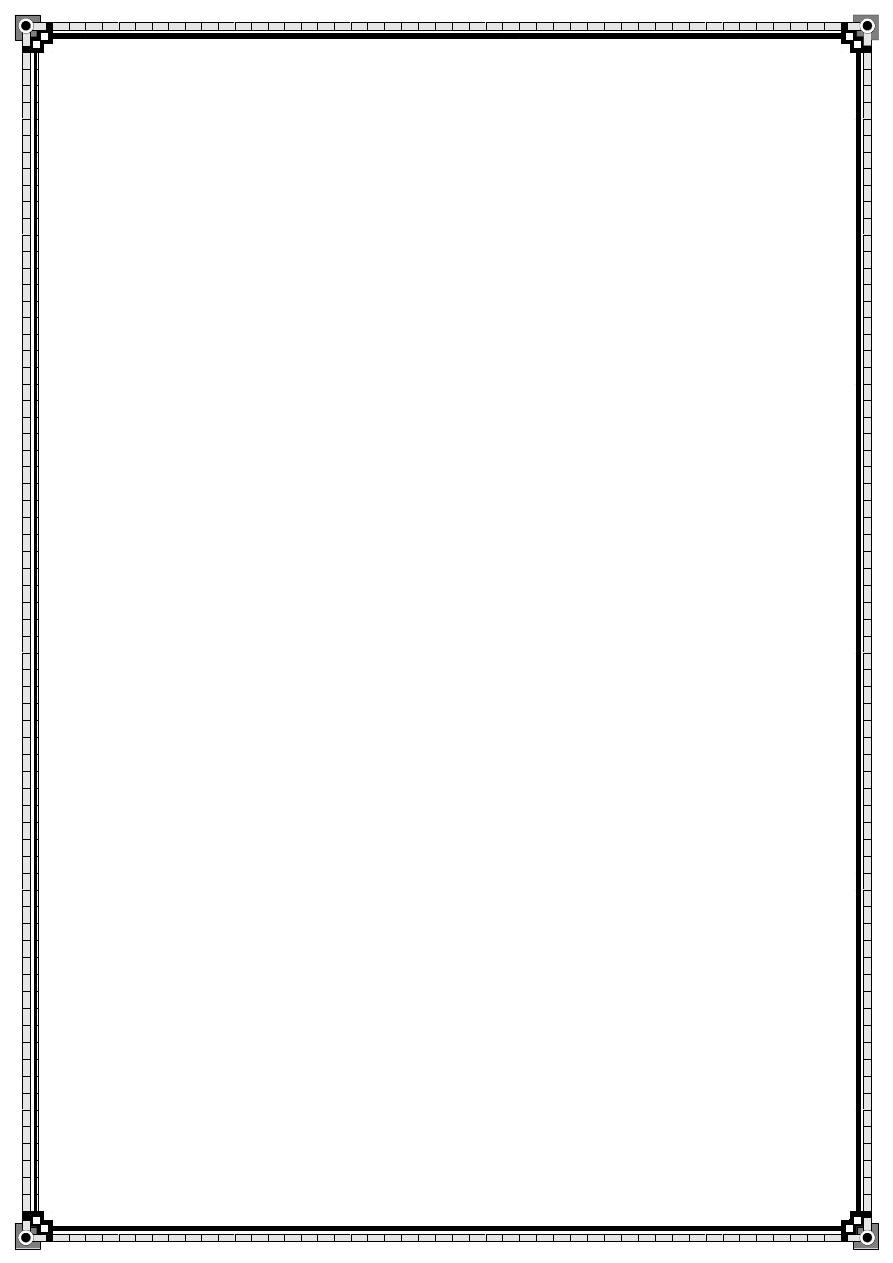
12
Summary box 3.7
Staging of pressure sores
Stage 1Non-blanchable erythema without a breach in the epidermis
Stage 2Partial-thickness skin loss involving the epidermis and dermis
Stage 3Full-thickness skin loss extending into the
subcutaneous tissue but not through underlying fascia
Stage 4Full-thickness skin loss through fascia with extensive
tissue destruction,maybe involving muscle,bone, tendon or joint
Summary box 3.8
Sign of necrotising infections
■ Oedema beyond area of erythema
■ Crepitus
■ Skin blistering
■ Fever (often absent)
■ Greyish drainage (‘dishwater pus’)
■ Pink/orange skin staining
■ Focal skin gangrene (late sign)
■ Final shock,coagulopathy and multiorgan failure
Summary Box 3.9
Treatment of hypertrophic and keloid scars
■ Pressure – local moulds or elasticated garments
■ Silicone gel sheeting (mechanism unknown)
■ Intralesional steroid injection (triamcinolone)
■ Excision and steroid injectiona

13
■ Excision and postoperative radiation (external beam or brachytherapy)
■ Intralesional excision (keloids only)
■ Laser – to reduce redness (which may resolve in any event)
■ Vitamin E or palm oil massage (unproven)
a.All excisions have high rates of recurrence.
4.Surgical infection
summary box 4.1
Koch’s postulates proving the agency of an infective organism
It must be found in considerable numbers in the septic focus
It should be possible to culture it in a pure form from that septic focus
It should be able to produce similar lesions when injected into another host
Summary box 4.2
Advances in the control of infection in surgery
■ Aseptic operating theatre techniques have replaced toxic antiseptic techniques
■ Antibiotics have reduced postoperative infection rates after elective and emergency surgery
■ Delayed primary,or secondary,closure remains useful in contaminated wounds
Summary box 4.3
Causes of reduced host resistance to infection
■ Metabolic:malnutrition (including obesity),diabetes,uraemia,jaundice
■ Disseminated disease:cancer and acquired immunodeficiency syndrome (AIDS)
■ Iatrogenic:radiotherapy,chemotherapy,steroids

14
Summary box 4.4
Risk factors for increased risk of wound infection
■ Malnutrition (obesity,weight loss)
■ Metabolic disease (diabetes,uraemia,jaundice)
■ Immunosuppression (cancer,AIDS,steroids,chemotherapy
and radiotherapy)
■ Colonisation and translocation in the gastrointestinal tract
■ Poor perfusion (systemic shock or local ischaemia)
■ Foreign body material
■ Poor surgical technique (dead space,haematoma)
Gut failure, colonisation and translocation related to the
development of multiple organ dysfunction syndrome (MODS) and
systemic inflammatory response syndrome (SIRS). IL, interleukin; TNF,
tumour necrosis factor.
Summary box 4.5
Factors that determine whether a wound will become infected
■ Host response
■ Virulence and inoculum of infective agent
■ Vascularity and health of tissue being invaded (including
local ischaemia as well as systemic shock)
■ Presence of dead or foreign tissue
■ Presence of antibiotics during the ‘decisive period’
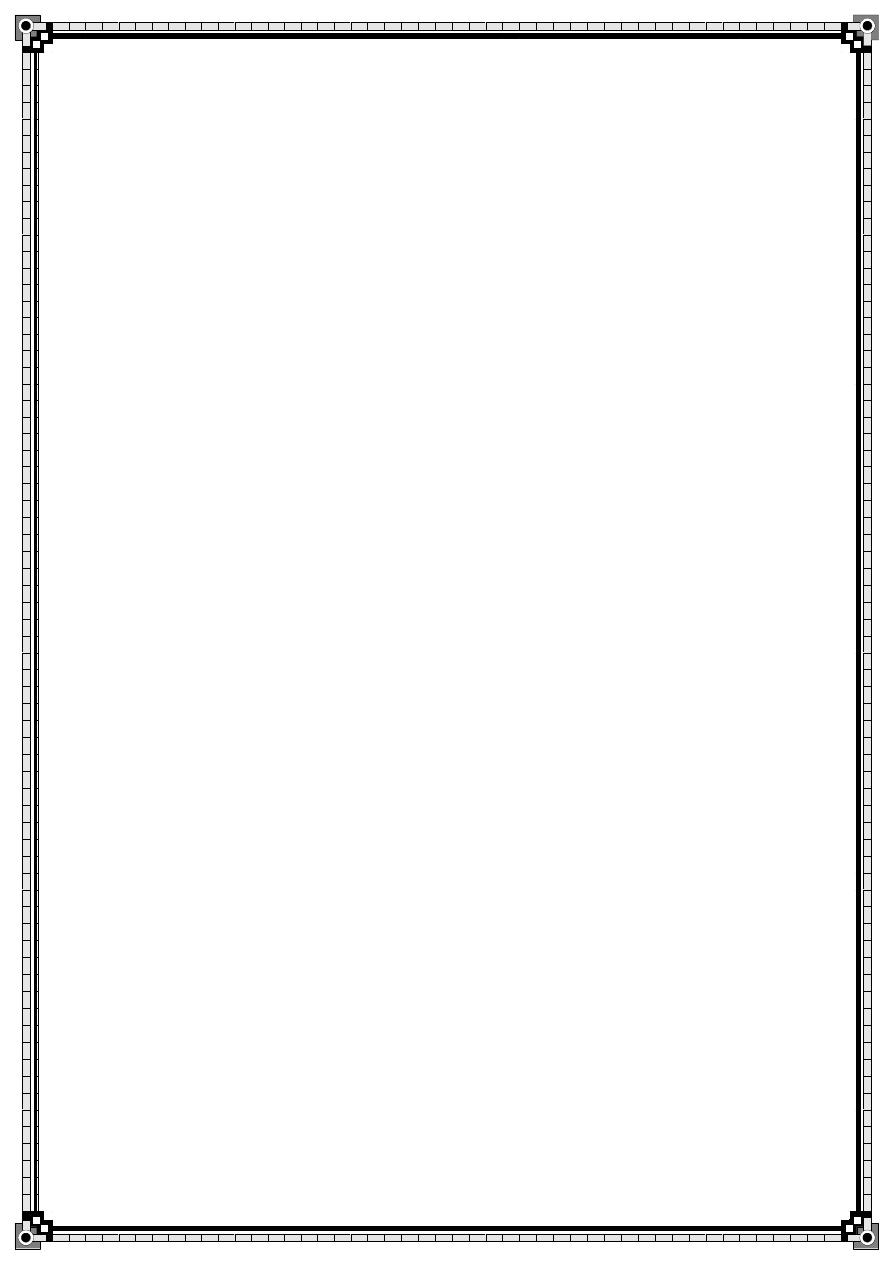
15
Summary box 4.6
Classification of sources of infection
■ Primary:acquired from a community or endogenous
source (such as that following a perforated peptic ulcer)
■ Secondary or exogenous (HAI):acquired from the
operating theatre (such as inadequate air filtration) or the ward (e.g.poor hand-washing
compliance) or from contamination at or after surgery (such as an anastomotic leak)
Summary box 4.7
Major wound infections
■ Significant quantity of pus
■ Delayed return home
■ Patients are systemically ill
Summary box 4.8
Abscesses
■ Abscesses need drainage with curettage
■ Modern imaging techniques may allow guided aspiration
■ Antibiotics are indicated if the abscess is not localised (e.g. evidence of cellulitis)
■ Healing by secondary intention is encouraged
Summary box 4.9
Cellulitis and lymphangitis
■ Non-suppurative,poorly localised
■ Commonly caused by streptococci,staphylococci or clostridia
■ SIRS is common
■ Blood cultures are often negative
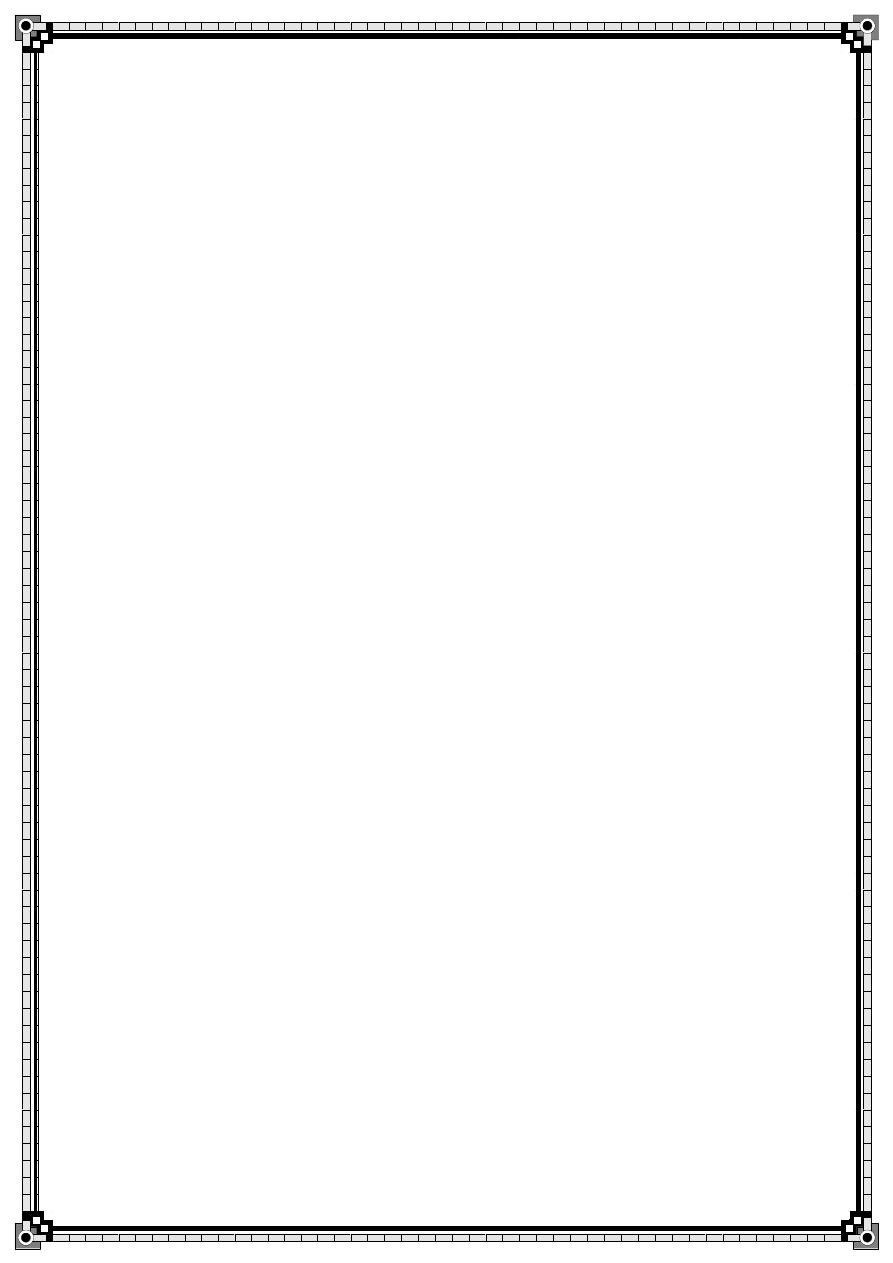
16
Summary box 4.10
Definitions of infected states
■ SSI is an infected wound or deep organ space
■ SIRS is the body’s systemic response to an infected wound
■ MODS is the effect that the infection produces systemically
■ MSOF is the end-stage of uncontrolled MODS
Summary box 4.11
Bacteraemia and sepsis
■ Sepsis is common after anastomotic breakdown
■ Bacteraemia is dangerous if the patient has a prosthesis
■ Sepsis may be associated with MODS
Table 4.3 Definitions of systemic inflammatory response syndrome
(SIRS) and sepsis
SIRS
Two of:
hyperthermia (>38°C) or hypothermia (<36°C)
tachycardia (>90min–1, no β-blockers) or tachypnoea (>20min–1)
white cell count >12 × 109 l–1 or <4 × 109 l–1
Sepsis is SIRS with a documented infection
Severe sepsis or sepsis syndrome is sepsis with evidence of one or
more organ failures [respiratory (acute respiratory distress syndrome),
cardiovascular (septic shock follows compromise of cardiac function and fall in peripheral
vascular resistance), renal (usually acute tubular necrosis),
hepatic, blood coagulation systems or central nervous system]
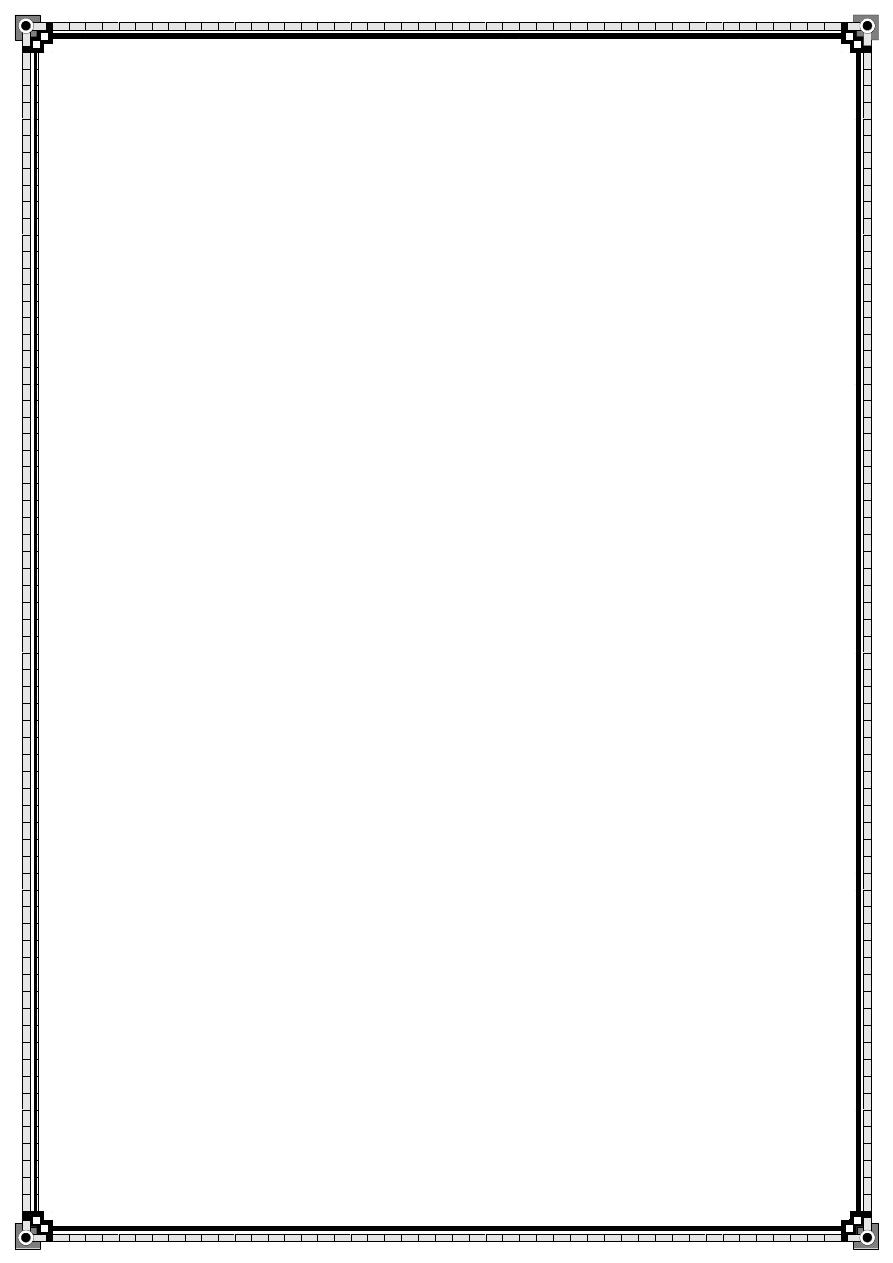
17
Summary box 4.12
Gas gangrene
■ Caused by Clostridium perfringens
■ Gas and smell are characteristic
■ Immunocompromised patients are most at risk
■ Antibiotic prophylaxis is essential when performing amputations to remove dead tissue
Summary box 4.13
Surgical incisions through infected or contaminated tissues
■ When possible,tissue or pus for culture should be taken before antibiotic cover is started
■ The choice of antibiotics is empirical until sensitivities are available
■ Wounds are best managed by delayed primary or secondary closure
Summary box 4.14
Choice of antibiotics for prophylaxis
■ Empirical cover against expected pathogens with local hospital guidelines
■ Single-shot intravenous administration at induction of anaesthesia
■ Repeat only in prosthetic surgery,long operations or if there is excessive blood loss
■ Continue as therapy if there is unexpected contamination
■ Benzylpenicillin should be used if Clostridium gas gangrene infection is a possibility
■ Patients with heart valve disease or a prosthesis should be protected from bacteraemia
caused by dental work, urethral instrumentation or visceral surgery
Summary box 4.15
Avoiding surgical site infections
■ Staff should always wash their hands between patients
■ Length of patient stay should be kept to a minimum
■ Preoperative shaving should be avoided if possible
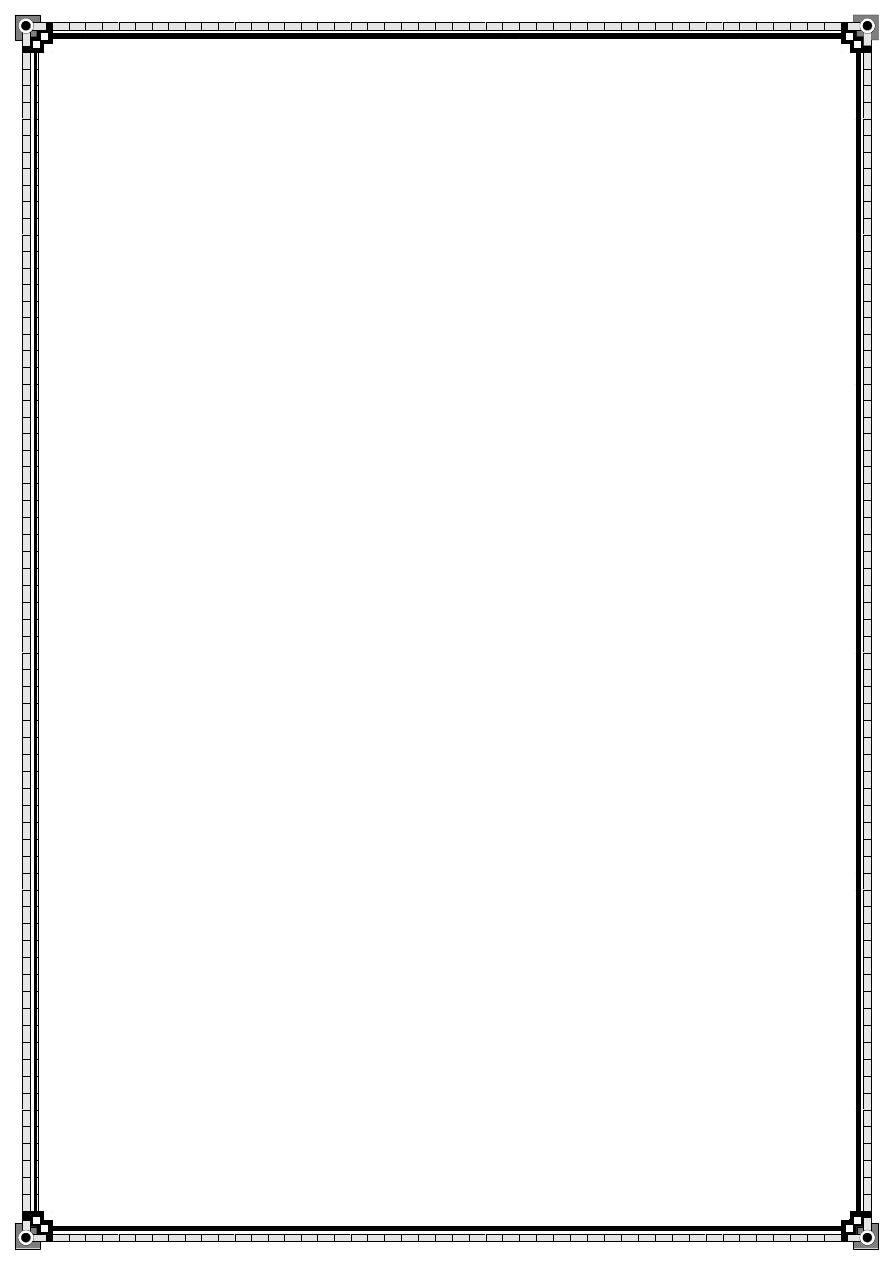
18
■ Antiseptic skin preparation should be standardised
■ Attention to theatre technique and discipline
■ Avoid hypothermia perioperatively and ensure
supplemental oxygenation in recovery
Table 4.5 Suggested prophylactic regimens for operations at risk
Type of surgery Organisms encountered Prophylactic regimen suggested
Vascular Staphylococcus epidermidis (or MRCNS) Three doses of flucloxacillin with or without gentamicin,
vancomycin
Staphylococcus aureus (or MRSA) or rifampicin if MRCNS/MRSA a risk
Aerobic Gram-negative bacilli (AGNB)
Orthopaedic Staphylococcus epidermidis/aureus One to three doses of a broad-spectrum cephalosporin (with
anti-staphylococcal action) or gentamicin beads
Oesophagogastric Enterobacteriaceae One to three doses of a second-generation cephalosporin and
Enterococci (including anaerobic/ metronidazole in severe contamination
viridans streptococci)
Biliary Enterobacteriaceae (mainly Escherichia coli) One dose of a second-generation cephalosporin
Enterococci (including Streptococcus faecalis)
Small bowel Enterobacteriaceae One to three doses of a second-generation cephalosporin with or
Anaerobes (mainly Bacteroides) without metronidazole
Appendix/colorectal Enterobacteriaceae Three doses of a second-generation cephalosporin (or gentamicin)
Anaerobes (mainly Bacteroides) with metronidazole (the use of oral, poorly absorbed antibiotics is
controversial)
Table 4.7 SSI rates relating to wound contamination
Type of surgery Infection rate (%) Rate before prophylaxis
Clean (no viscus opened) 1–2 The same
Clean-contaminated (viscus opened, minimal spillage) <10 Gastric surgery up to 30%
Biliary surgery up to 20%
Contaminated (open viscus with spillage or inflammatory disease) 15–20 Variable but up to 60%
Dirty (pus or perforation, or incision through an abscess) <40 Up to 60% or more

19
Table 4.6 Classification of antiseptics commonly used in general surgical practice
Name Presentation Uses Comments
Chlorhexidine (Hibiscrub) Alcoholic 0.5% Skin preparation Has cumulative effect. Effective against
Aqueous 4% Skin preparation . Surgical scrubGram-positive organisms and relatively
in dilute solutions in open stable in the presence of pus and bo body
wounds fluids
Povidone–iodine (Betadine) Alcoholic 10% Skin preparation Safe, fast-acting, broad spectrum. Some
Aqueous 7.5% Skin preparation. Surgical scrub insporicidal activity. Anti-fungal
dilute solutions in open woundsIodine is not free but combined with
polyvinylpyrrolidone (povidone)
Cetrimide (Savlon) Aqueous Hand-washing Pseudomonas spp. may grow in stored
Instrument and surface cleaning contaminated solutions. Ammonium
compounds have good detergent action
(surface-active agent)
Alcohols 70% ethyl, isopropy l Skin preparation Should be reserved for use as disinfectants
Hypochlorites Aqueous preparations Instrument and surface cleaning Toxic to tissues
(Eusol, Milton, (debriding agent in open
Chloramine T) wounds?)
Hexachlorophane Aqueous bisphenol Skin preparation H as action against Gram-negative
Hand-washing organisms
Summary box 4.16
Principles for the use of antibiotic therapy
■ Antibiotics do not replace surgical drainage of infection
■ Only spreading infection or signs of systemic infection justifies the use of antibiotics
■ Whenever possible,the organism and sensitivity should be Determined
Summary box 4.17
Treatment of commensals that have become opportunist pathogens
■ They are likely to have multiple antibiotic resistance
■ It may be necessary to rotate antibiotics
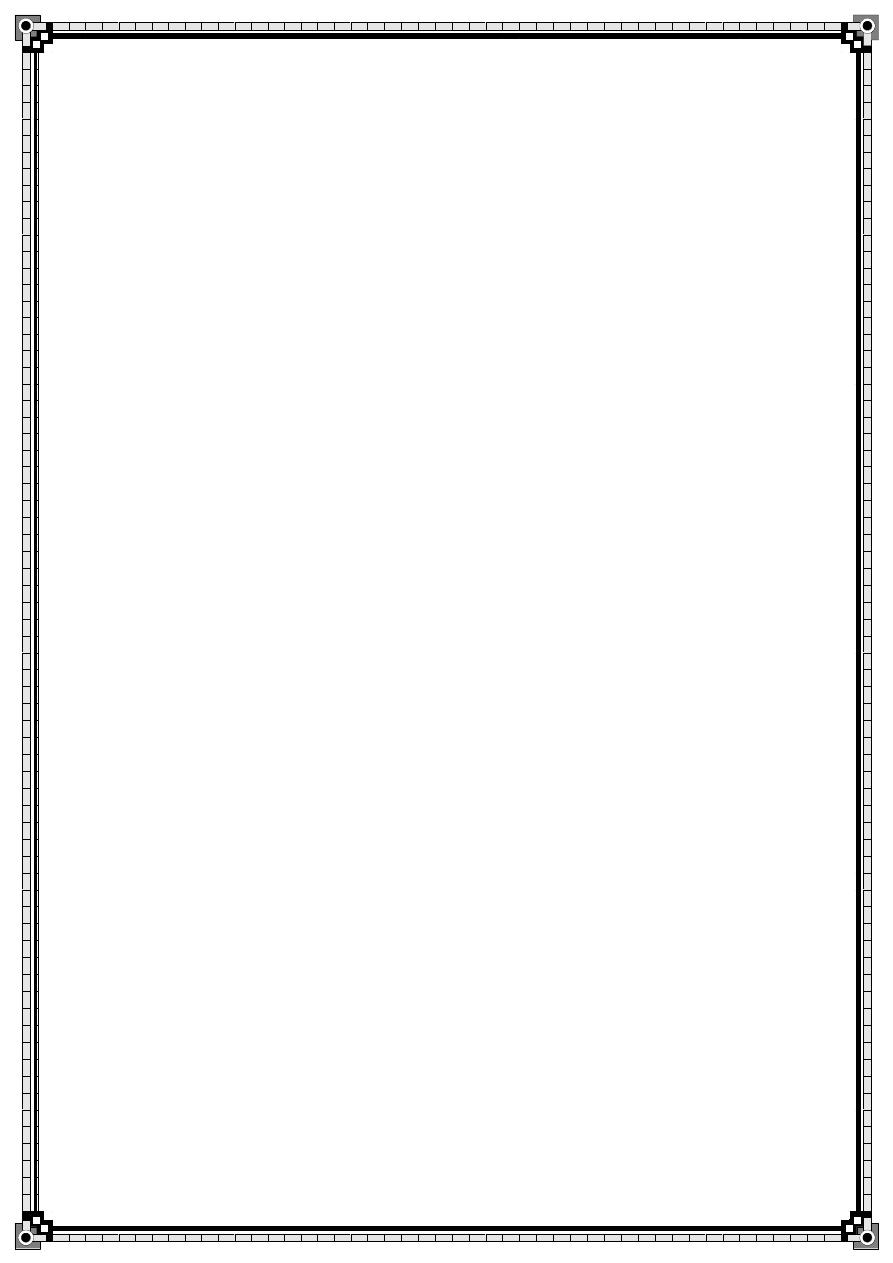
20
5.Surgery in the tropics
Summary box 5.1
Amoebiasis – pathology
■ Entamoeba histolytica is the most common pathogenic amoeba in man
■ The vast majority of carriers are asymptomatic
■ Insanitary conditions and poor personal hygiene encourage transmission of the infection
■ In the small intestine,the parasite hatches into
trophozoites,which invade the submucosa producing ulcers
■ In the portal circulation,the parasite causes liquefactive necrosis in the liver producing an
abscess.This is the
commonest extraintestinal manifestation
■ The majority of abscesses occur in the right lobe
■ A mass in the course of the large bowel may indicate an amoeboma
Summary box 5.2
Diagnostic pointers for infection with Entamoeba histolytica
■ Bloody mucoid diarrhoea in a patient from an endemic
area or following a recent visit to such a country
■ Upper abdominal pain,fever,cough,malaise
■ In chronic cases,a mass in the right iliac fossa =amoeboma
■ Sigmoidoscopy shows typical ulcers – biopsy and scrapings may be diagnostic
■ Serological tests are highly sensitive and specific outside endemic areas
■ Ultrasound and CT scans are the imaging methods of Choice

21
Summary box 5.3
Amoebiasis – treatment
■ Medical treatment is very effective
■ In large abscesses,repeated aspiration is combined with drug treatment
■ Surgical treatment is reserved for complications such as
rupture into the pleural,peritoneal or pericardial cavities
■ Acute toxic megacolon and severe haemorrhage are
intestinal complications that are treated with intensive
supportive therapy followed by resection and exteriorisation
■ When an amoeboma is suspected in a colonic mass, cancer should be excluded by
appropriate imaging
Summary box 5.9
Hydatid disease – diagnosis
■ In the UK,the usual sufferer is a sheep farmer
■ While any organ may be involved,the liver is by far the most commonly affected
■ Elective clinical presentation is usually in the form of a painful lump arising from the liver
■ Anaphylactic shock due to rupture of the hydatid cyst is the emergency presentation
■ CT scan is the best imaging modality – the diagnostic
feature is a space-occupying lesion with a smooth outline with septa
Summary box 5.10
Hydatid cyst of the liver – treatment
■ Ideally managed in a tertiary unit by a multidisciplinary team of hepatobiliary
surgeon,physician and interventional radiologist
■ Leave asymptomatic and inactive cysts alone – monitor size by ultrasound
■ Active cysts should first be treated by a full course of albendazole

22
■ Several procedures are available – PAIR,pericystectomy
with omentoplasty and hepatic segmentectomy;it is important to choose the most appropriate
option
■ Increasingly,a laparoscopic approach is being tried
Summary box 5.11
Mycobacterium leprae – pathology
■ Leprosy is a chronic curable infection caused by Mycobacterium leprae
■ It occurs mainly in tropical regions and developing countries
■ The majority of cases are located in the Indian subcontinent
■ Transmission is through nasal secretions
■ It is attributed to poor hygiene and insanitary conditions
■ The incubation period is several years
■ The initial infection occurs in childhood
■ Lepromatous leprosy denotes a poor host immune reaction
■ Tuberculoid leprosy occurs when host resistance is stronger than virulence of the organism
Summary box 5.12
Leprosy – diagnosis
■ Typical clinical features and awareness of the disease should help to make a diagnosis
■ The face has an aged look about it with collapse of the nasal bridge and eye changes
■ Thickened peripheral nerves,patches of anaesthetic skin,
claw hands,foot drop and trophic ulcers are characteristic
■ Microbiological examination of the acid-fast bacillus and typical histology on skin biopsy
are confirmatory
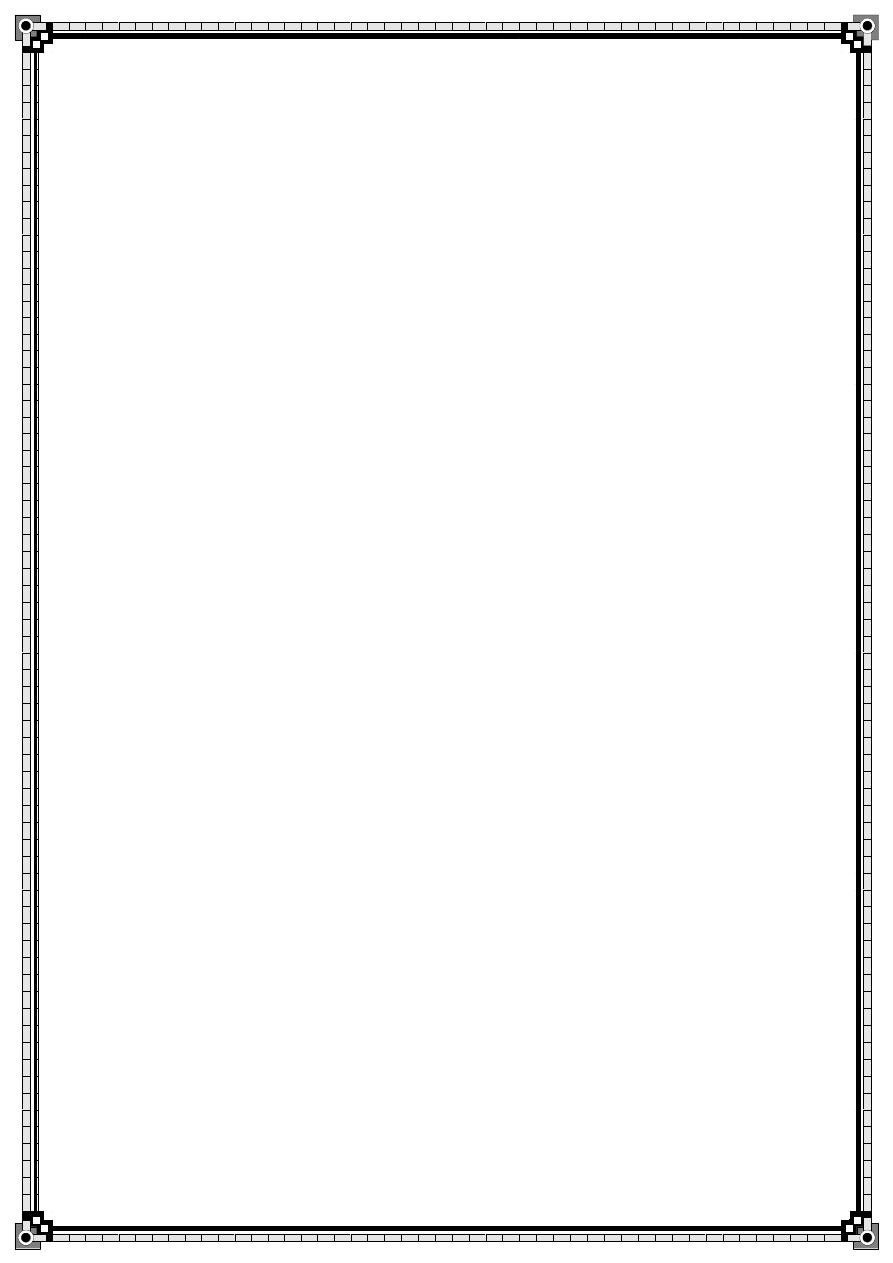
23
Summary box 5.13
Leprosy – treatment
■ Multiple drug therapy for a year
■ Team approach
■ Surgical reconstruction requires the expertise of a hand surgeon,orthopaedic surgeon and
plastic surgeon
■ Education of the patient and general public should be the keystone in prevention
Summary box 5.14
Poliomyelitis
■ A viral illness that is preventable
■ Presents with protean manifestations of fever,headache
and muscular paralysis without sensory loss,more frequently affecting the lower limbs
■ Treatment is mainly medical and supportive in the early stages
■ Surgery should only be undertaken after very careful
assessment as most patients learn to live with their disabilities
■ Surgery is considered for the various types of paralysis in
the form of tendon transfers and arthrodesis,which is the domain of a specialised orthopaedic
surgeon
Summary box 5.15
Pathology of tropical chronic pancreatitis
■ Almost exclusively occurs in developing countries and is due to malnutrition;alcohol is not
a cause
■ Cassava ingestion is regarded as an aetiological factor because of its high content of cyanide
compounds
■ Dilatation of pancreatic ducts with large intraductal stones
■ Fibrosis of the pancreas
■ A high incidence of pancreatic cancer in those affected by the disease
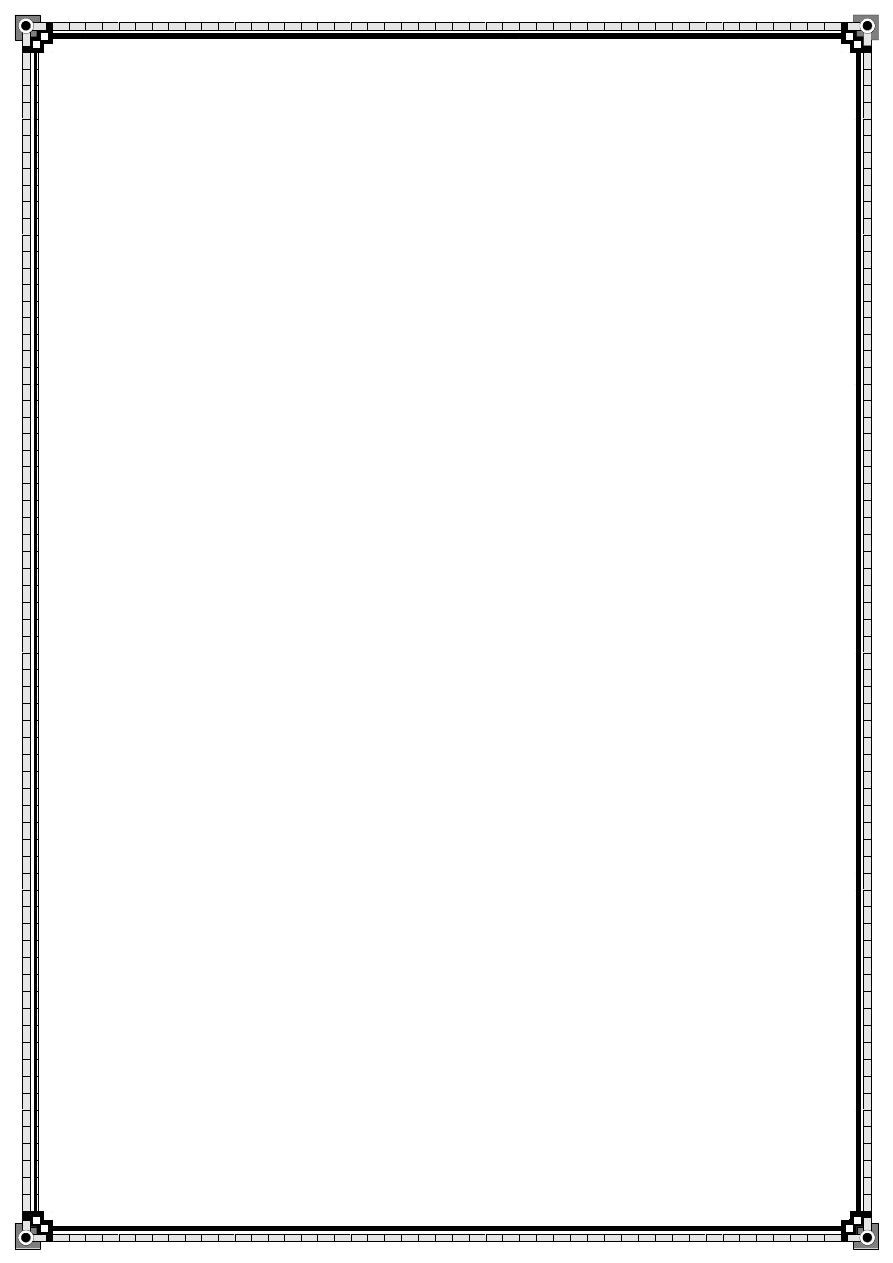
24
Summary box 5.16
Diagnosis of tropical chronic pancreatitis
■ The usual sufferer is a type 1 diabetic under 40 years of age
■ Serum amylase may be elevated in an acute exacerbation
■ Plain X-ray shows stones along the pancreatic duct
■ Ultrasound and CT scan of the pancreas confirm the diagnosis
■ ERCP may be used as a supplementary investigation and a therapeutic procedure
Summary box 5.17
Tropical chronic pancreatitis – treatment
■ Mainly medical – pain relief,insulin for diabetes and pancreatic supplements for
malnutrition
■ Surgery is reserved for intractable pain
■ Procedures are side-to-side pancreaticojejunostomy; resection in extreme cases
Summary box 5.18
Tuberculosis – pathology
■ Increasingly being seen in the UK,mostly among immigrants
■ Two types are recognised – ulcerative and hyperplastic
■ The ulcerative type occurs when the virulence of the organism is greater than the host
defence
■ The opposite occurs in the hyperplastic type
■ Small bowel strictures are common in the hyperplastic type,mainly affecting the ileocaecal
area
■ In the ulcerative type,the bowel serosa is studded with tubercles
■ Localised areas of ascites occur in the form of cocoons
■ The lungs and other organs may also be involved Simultaneously

25
Summary box 5.19
Tuberculosis – clinical features
■ Intestinal tuberculosis should be suspected in any patient
from an endemic area who presents with weight loss,
malaise,evening fever,cough,alternating constipation and
diarrhoea and intermittent abdominal pain with distension
■ The abdomen has a doughy feel;a mass may be found in the right iliac fossa
■ The emergency patient presents with features of distal
small bowel obstruction – abdominal pain,distension, bilious and faeculent vomiting
■ Peritonitis from a perforated tuberculous ulcer in the small bowel can be another emergency
presentation
Summary box 5.20
Intestinal tuberculosis – investigations
■ Raised inflammatory markers,anaemia and positive sputum culture
■ Ultrasound of the abdomen may show localised areas of ascites
■ Chest X-ray shows pulmonary infiltration
■ Barium meal and follow-through shows multiple small
bowel strictures particularly in the ileum with a subhepatic caecum
■ If symptoms warrant,the genitourinary tract is also Investigated
Summary box 5.21
Tuberculosis – treatment
■ Patients should ideally be under the combined care of a physician and surgeon
■ Vigorous supportive and full drug treatment is mandatory in all cases
■ Symptomatic strictures are treated by the appropriate
resection,e.g.local ileocolic resection or strictureplasty as

26
an elective procedure once the disease is completely under control
■ Acute intestinal obstruction from distal ileal stricture is
treated by thorough resuscitation followed by side-to-side ileotransverse bypass
■ Once the patient has recovered with medical treatment,
then the second-stage definitive procedure of right hemicolectomy is done
■ One-stage resection and anastomosis can be considered if the patient’s general condition
permits
■ Perforation is treated by appropriate local resection and anastomosis or exteriorisation if the
condition of the patient is very poor;this is later followed by restoration of bowel continuity
after the patient has fully recovered with anti-tuberculous chemotherapy
Summary box 5.22
Diagnosis of bowel perforation secondary to typhoid
■ The patient presents in,or has recently visited,an endemic area
■ The patient has persistent high temperature and is very toxic
■ Positive blood or stool cultures for Salmonella typhi and
the patient is already on treatment for typhoid
■ After the second week,signs of peritonitis usually denote
perforation,which is confirmed by the presence of free gas seen on X-ray
Summary box 5.23
Treatment of bowel perforation from typhoid
■ Manage in intensive care
■ Resuscitate and give intravenous antibiotics
■ Laparotomy – choice of various procedures
■ Commonest site of perforation is the terminal ileum
■ Having found a perforation,always look for others
■ In the very ill patient,consider some form of exteriorisation
■ Close the peritoneum and leave the wound open for secondary closure
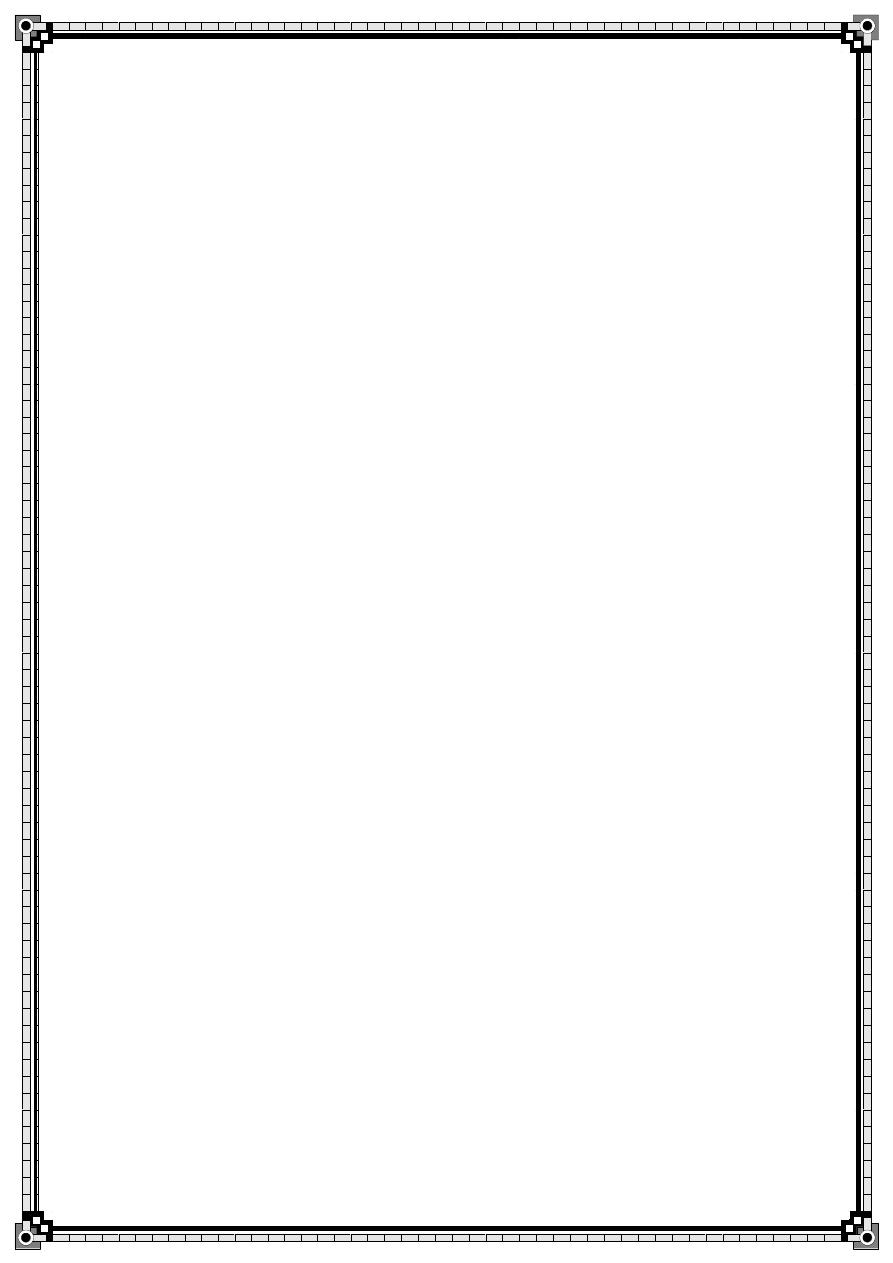
27
6.Principles of paediatric surgery
Summary box 6.1
Anatomy of the paediatric abdomen
■ The abdomen is wider and the bladder intra-abdominal
■ Transverse supraumbilical incisions are preferred to vertical midline ones
■ Scars may migrate during growth
Summary box 6.2
Special features that must be considered in children
when preparing for surgery Problem Action
ThermoregulationWarm fluids,warm theatre, insulate child
Hypoglycaemia Maintain glucose above 2.6mmol l–1
Clotting Give intramuscular vitamin K preoperatively to neonates
Fluid and electrolyte Allow for higher sodium and fluid balance needs
Less postoperative Relatively lower postoperative catabolism energy requirements
Gastro-oesophageal refluxUse a nasogastric tube to prevent aspiration
Atypical presentations of High index of suspicion infection Psychology Trained staff,day
surgery for minor operations
Table 6.2 Basic paediatric data
(a)Weight
Age Weight (kg)
Term neonate 3.5
1 year 10
5 years 20
10 years 30
Approximate guide: weight (kg) = 2 × (age in years + 4).
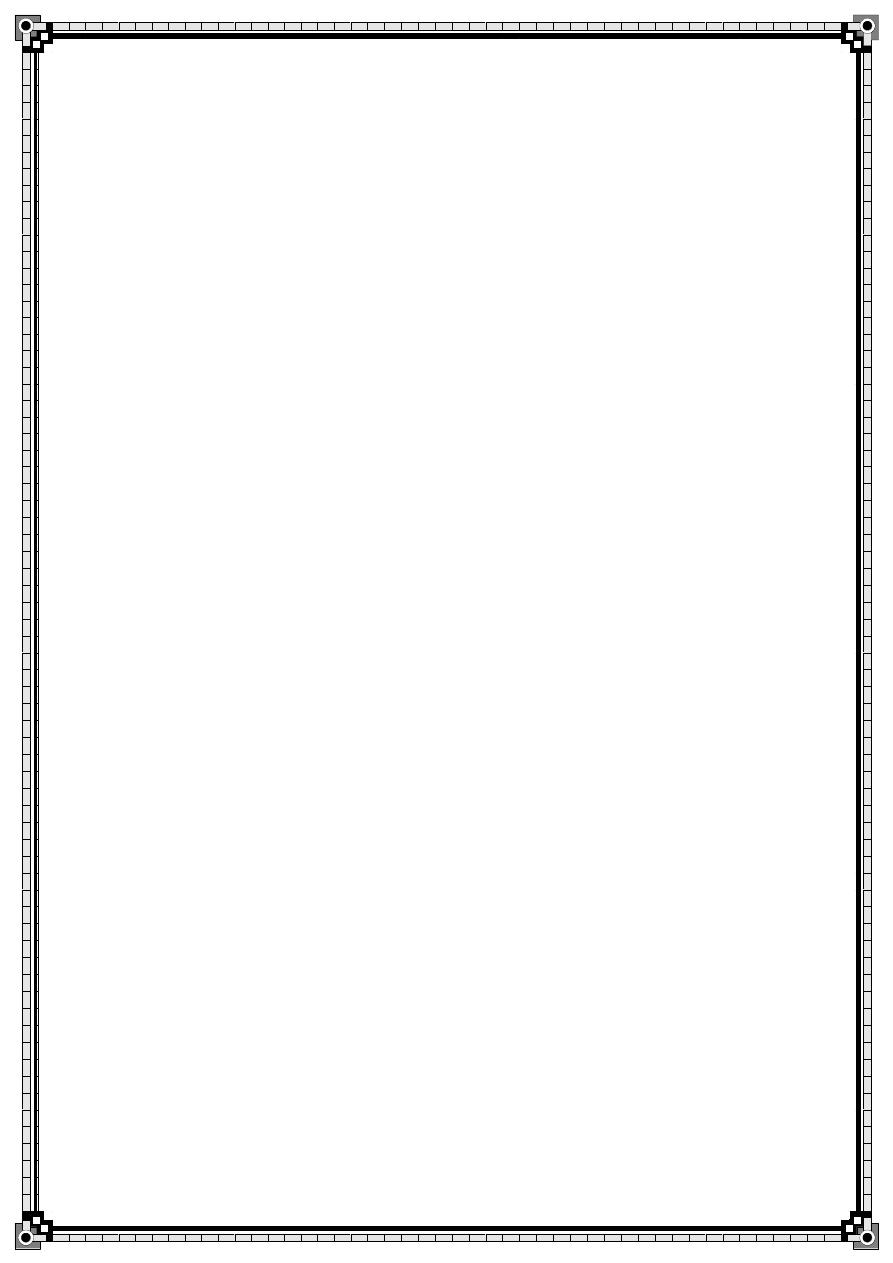
28
(b)Vital signs
Age (years) Heart rate Systolic blood Respiratory
(beats min–1) pressure rate (mmHg) (breaths min–1)
<1 110–160 70–90 30–40
2–5 90–140 80–100 25–30
5–12 80–120 90–110 20–25
Systolic blood pressure ª 80 + (age in years × 2) mmHg.
Circulating blood volume ª 80mlkg−1
(90mlkg−1 in infants).
(c)Maintenance fluid requirements
Weight Daily fluid requirement (mlkg–1day–1)
Neonate 120–150
First 10kg 100
Second 10kg 50
Subsequent kg 20
Summary box 6.3
Special features of surgical technique in children
■ Gentle tissue handling
■ Bipolar diathermy is preferred to unipolar during dissection
■ Abdominal incisions can be closed with absorbable sutures
■ Bowel can be anastomosed with interrupted single-layer extramucosal sutures
■ Skin can be closed with absorbable subcuticular sutures
Summary box 6.4
Fluid resuscitation of the hypovolaemic child after trauma
■ Infuse 10mlkg–1
of normal saline or colloid

29
■ Assess cardiovascular response
■ Infuse 10mlkg–1
of normal saline or colloid
■ Assess cardiovascular response
■ Repeat if necessary
■ If still hypovolaemic after a total of 40mlkg–1 of crystalloid, transfuse packed red cells and
consider urgent surgery
Summary box 6.5
Paediatric trauma
■ Use ATLS principles
■ Overextension of the neck will compromise the airway
■ Cervical spine injury can be present without radiographic signs
■ Intraosseous vascular access is helpful in small children
■ Lung contusion can occur without rib fractures
■ Patterned skin bruising suggests underlying organ injury
■ In a stable child,abdominal injuries are best assessed by CT
■ Isolated liver or splenic injury can usually be managed non-operatively
Summary box 6.6
Inguinal hernias
■ More common in premature boys
■ 15% are bilateral
■ Almost always indirect with a patent processus vaginalis
■ Present with a groin lump that appears on straining or crying
■ Incarcerated hernias can usually be reduced with gentle pressure
■ If reduction is impossible emergency surgery is needed
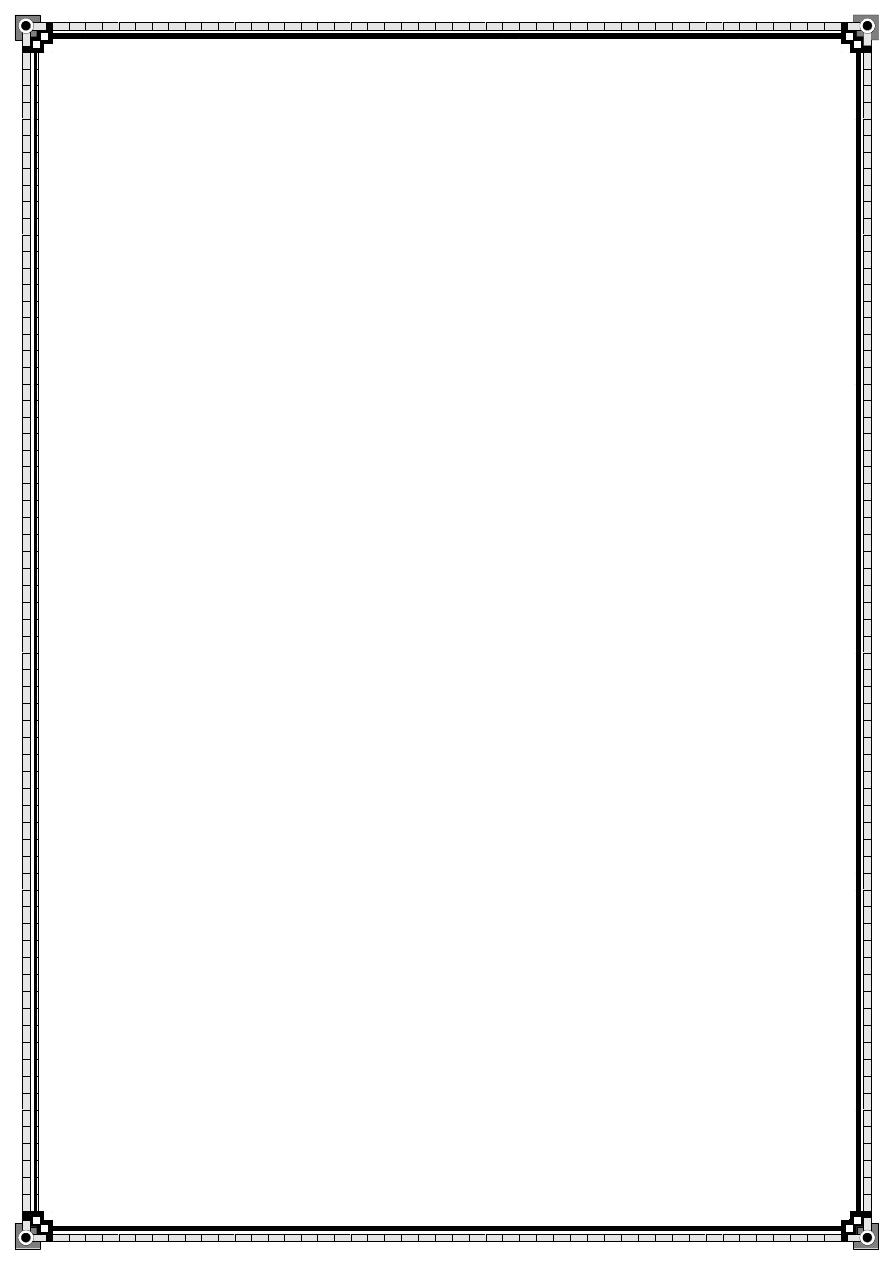
30
■ In infants,they must be repaired promptly to prevent the risk of strangulation
■ The hernial sac is isolated then ligated and divided Proximally
Summary box 6.7
The undescended testis
■ A retractile testis can be drawn down into the bottom of the scrotum
■ An undescended testis may be in the groin or impalpable in the abdomen
■ An ectopic testis lies outside the normal line of descent
■ Orchidopexy involves mobilising the testis and placing it in a subdartos pouch
■ Orchidopexy before 2 years of age improves fertility,may
reduce the risk of malignancy and has psychological benefits
Summary box 6.8
Diagnosis and treatment of the acute scrotum
■ Torsion of the testis must be assumed until proven otherwise
■ Testicular torsion can present with acute inguinal or abdominal pain
■ Urgent surgical exploration is crucial if testicular torsion cannot be excluded
■ Torsion of a testicular appendage usually occurs just before puberty
■ An incarcerated inguinal hernia must be considered in the differential diagnosis
Summary box 6.9
Circumcision
■ Medical indications are phimosis and recurrent balanoposthitis
■ Circumcision is not indicated for an otherwise healthy non-retractile foreskin
■ Complications include bleeding and damage to the glans

31
Summary box 6.10
Infantile hypertrophic pyloric stenosis
■ Most commonly affects boys aged 2–8 weeks
■ Characterised by projectile vomiting after feeds
■ Gastric peristalsis can be seen and a lump felt
■ Fluid and electrolyte disturbances must be corrected before surgery
■ Pyloromyotomy splits the hypertrophied muscle leaving the mucosa intact
Summary box 6.11
Presentation of intussusception
■ Bilious vomiting in an infant is a sign of intestinal obstruction until proved otherwise
■ Intussusception classically presents with colicky pain and vomiting
■ Intussusception should be considered in any infant with bloody stools
■ Peak incidence is between 5 and 10 months of age
Summary box 6.12
Management of intussusception
■ Strangulation will result without treatment
■ Most are ileocolic
■ Diagnosis can be confirmed by ultrasound scan or contrast enema
■ Fluid and electrolyte resuscitation is essential
■ Most intussusceptions can be reduced non-operatively using an air or barium enema
■ If there are signs of peritonitis or perforation then proceed to urgent surgery
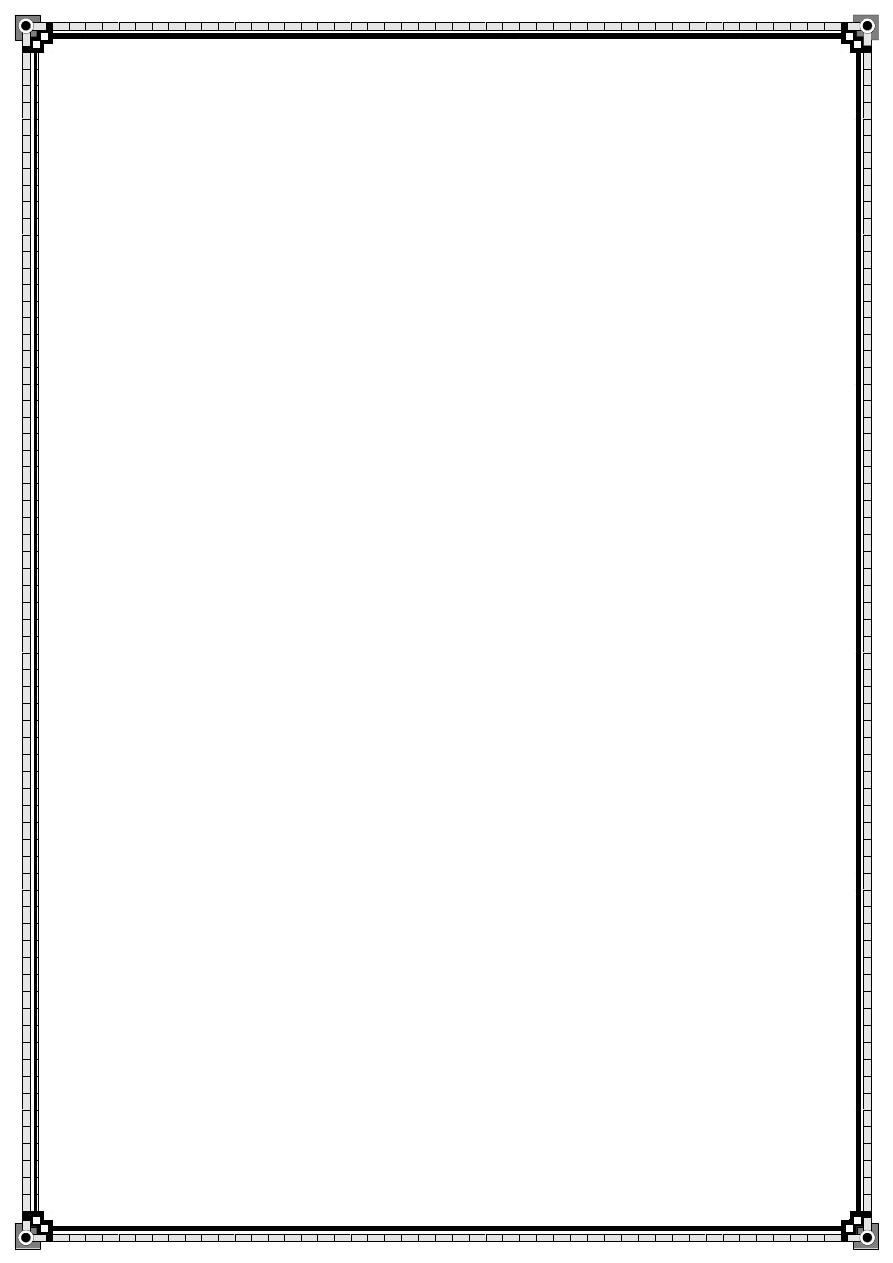
32
Summary box 6.13
Work-up of children with acute abdominal pain
■ A careful history and examination and active observation are paramount
■ Routine tests include urine analysis,microscopy and culture
■ Frequently helpful tests:abdominal ultrasound scan (can
diagnose pelvic and urinary tract pathology, intussusception and other conditions)
■ Occasionally helpful tests:a plain supine abdominal radiograph (particularly in the preschool
child with pain and vomiting),urea and electrolytes and full blood count
■ Selective specific investigations:blood culture,stool
culture,plasma amylase,diagnostic laparoscopy
Summary box 6.14
Acute appendicitis
■ Vomiting and loose stools may be present
■ Tenderness and guarding in the right iliac fossa is characteristic
■ Exclude referred pain from right lower lobe pneumonia
■ Take special care in diagnosing appendicitis in the preschool child
■ Surgery is the treatment of choice but only after fluid resuscitation and antibiotics
Summary box 6.15
Rarer causes of acute abdominal pain in children
■ Obstruction from intussusception,adhesions,Meckel’s diverticulum or a hernia
■ Constipation
■ Urinary tract disorders
■ Gastroenteritis
■ Ascariasis
■ Typhoid
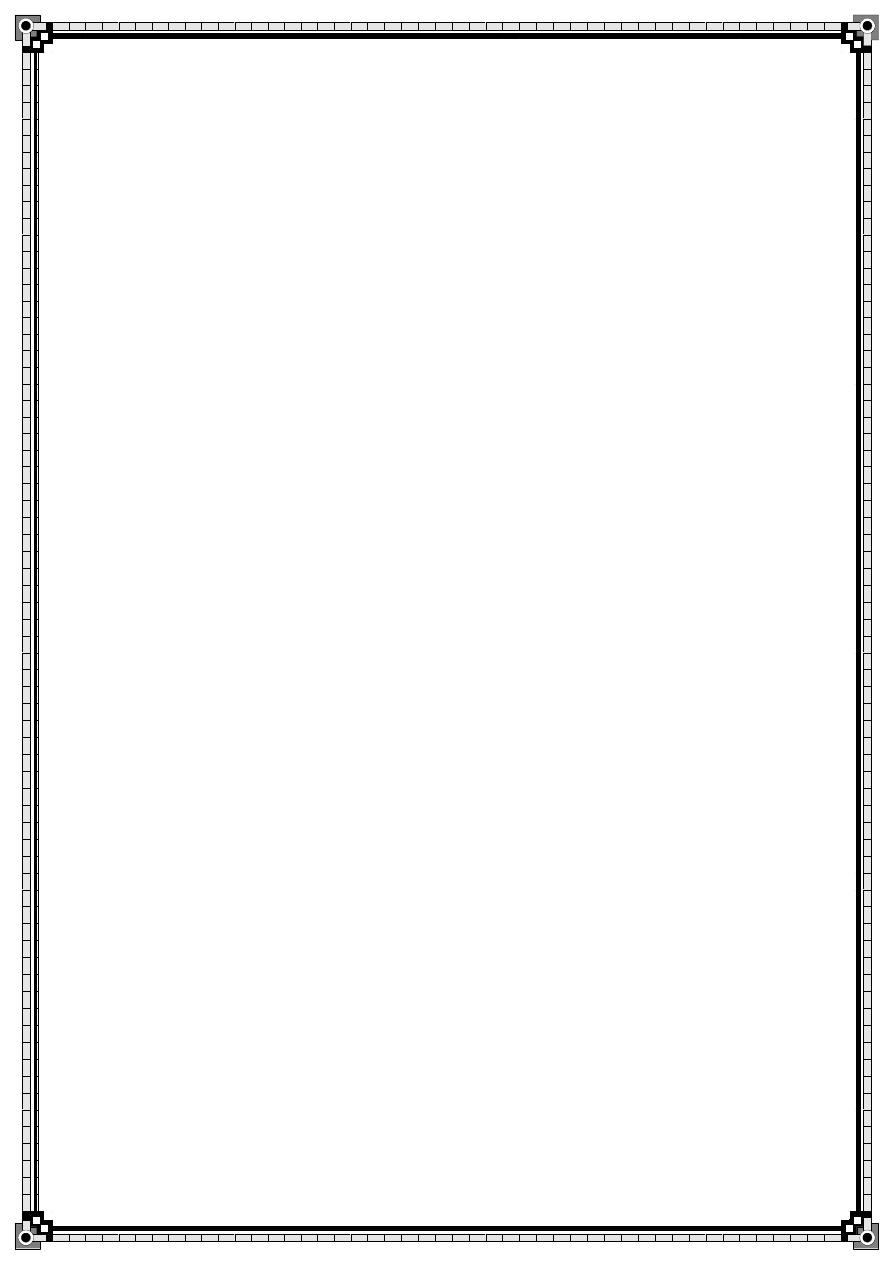
33
Summary box 6.16
Urinary tract infection in children
■ Needs prompt diagnosis,investigation and treatment to avoid permanent damage to kidneys
■ Children often have an underlying urinary tract anomaly
■ Symptoms are non-specific in infants
■ Urine can be contaminated during collection
■ The urinary tract should be checked with ultrasound in a confirmed urinary tract infection
Summary box 6.17
Rectal problems in children
■ Constipation:in severe cases exclude Hirschsprung’s disease and an anorectal malformation
■ Rectal bleeding:consider anal fissure,intussusception, colitis and Meckel’s diverticulum
Summary box 6.18
Swallowed or inhaled objects
■ Most swallowed objects pass spontaneously
■ Batteries need watching - they must pass quickly if their contents are not to leak
■ Objects jammed in the airways or oesophagus need Removing
Summary box 6.19
Congenital causes of intestinal obstruction
■ Intestinal atresia:may be multiple
■ Cystic fibrosis:can present with intestinal obstruction from inspissated meconium
■ Intestinal malrotation:predisposes to potentially lethal midgut volvulus
■ Alimentary tract duplications:may present with obstruction,haemorrhage or intussusception
■ Hirschsprung’s disease:typically presents with delay in passing meconium after birth
■ Anorectal malformations:check the anus in babies with intestinal obstruction
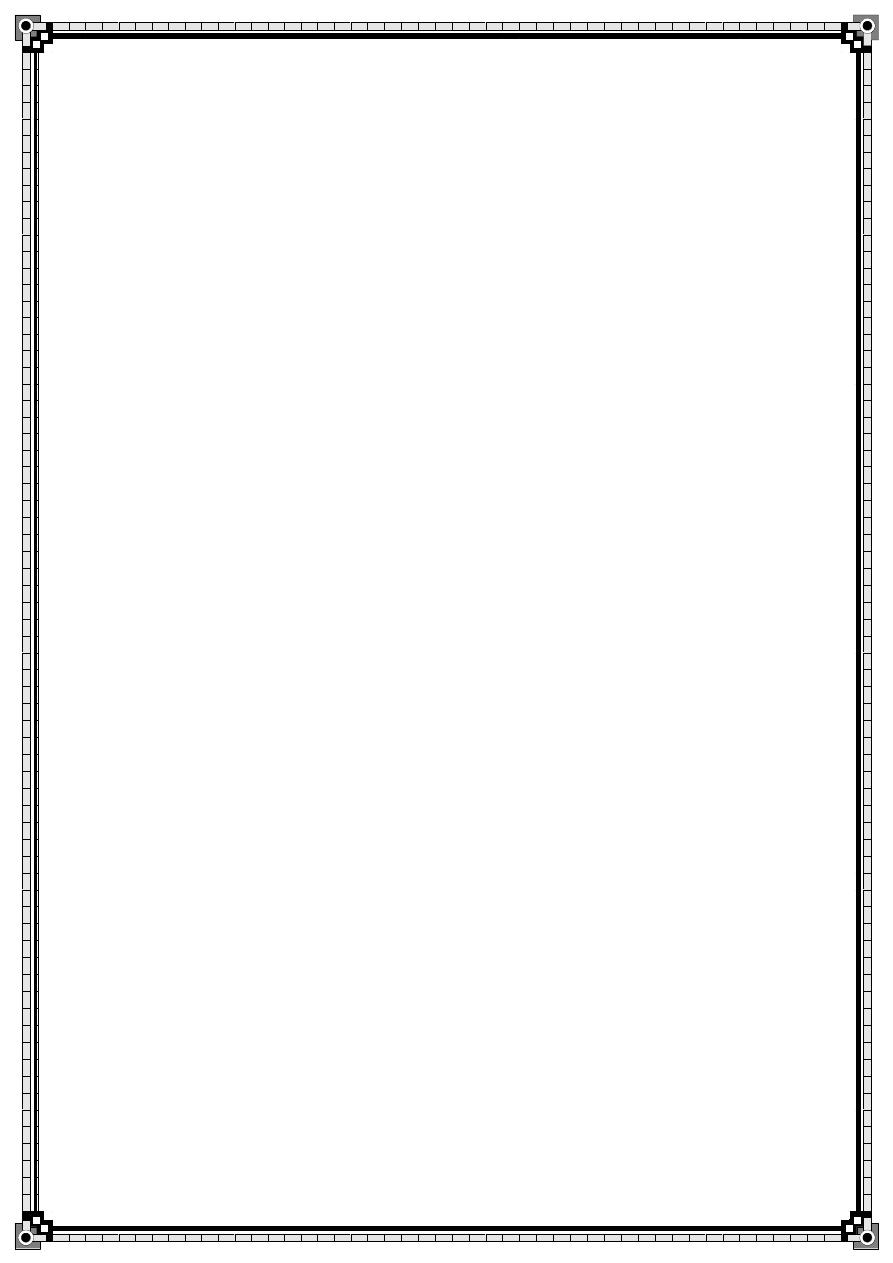
34
PART 2: Investigation and diagnosis
10.Diagnostic imaging
Summary box 10.2
A simple system for checking radiographs
Label
Name of patient
Site Date of examination
Side (check marker)
What part is the film centred on?
Does the film cover the whole area required?Is there more than one view?
QualityIs the penetration appropriate?
CompareHow have the appearances changed from previous images?
ConcludeIs the diagnosis clear? Is further imaging needed?
Summary box 10.5
Ultrasound
Strengths
■ No radiation
■ Inexpensive
■ Allows interaction with patients
■ Superb soft-tissue resolution in the near field
■ Dynamic studies can be performed
■ First-line investigation for hepatic,biliary and renal disease
■ Endocavitary ultrasound for gynaecological and prostate disorders
■ Excellent resolution for breast,thyroid and testis imaging

35
■ Good for soft tissue,including tendons and ligaments
■ Excellent for cysts and foreign bodies
■ Doppler studies allow assessment of blood flow
Weaknesses
■ Interpretation only possible during the examination
■ Long learning curve for some areas of expertise
■ Resolution dependent on the machine available
■ Images cannot be reliably reviewed away from the patient
Summary box 10.6
Computerised tomography
Strengths
■ High spatial and contrast resolution
■ Contrast resolution enhanced by imaging in arterial and/or venous phases
■ Rapid acquisition of images in one breath-hold
■ Imaging of choice for the detection of pulmonary masses
■ Allows global assessment of the abdomen and pelvis
■ Excellent for liver,pancreatic,renal and bowel pathology
■ Three-dimensional reconstruction allows complex fracture imaging
■ Multiplanar reconstruction and three-dimensional imagin e.g.CT angiography and
colonoscopy
Weaknesses
■ High radiation dose
■ Poor soft-tissue resolution of the peripheries and superficial structures
■ Patient needs to be able to lie flat and still

36
Summary box 10.7
Magnetic resonance imaging
Strengths
■ No ionising radiation
■ Excellent soft-tissue contrast
■ Best imaging technique for Intracranial lesions, Spine, Bone marrow and joint lesions
Evolving use
■ Staging
■ MRCP
■ MR angiography
■ Breast malignancy
■ Pelvic malignancy
■ Cardiac imaging
Weaknesses
■ Absolute contraindications
Ocular metallic foreign bodies
Pacemakers
Cochlear implants
Cranial aneurysm clips
■ Relative contraindications
First trimester of pregnancy
Claustrophobia
Long scan times so patients may not be able to keep still,
especially if in pain
Limited availability
Expensive

37
Summary box 10.8
Radionuclide imaging
Strengths
■ Allows functional imaging
■ Allows imaging of the whole body
■ Bone scan has a high sensitivity for metastatic bone disease, fractures and infection
■ PET scanning is valuable in the detection of metastatic cancer
Weaknesses
■ Specific agents are required for specific indications
■ Often non-specific and an abnormal result may require further imaging
■ Generally poor spatial resolution
Summary box 10.9
Types of imaging
■ Radiographs are the best first-line test for bone lesions and fractures
■ MRI is good for diagnosing bone marrow disease,occult
fractures and tendon and soft-tissue disorders
■ CT enables visualisation of the fine detail of bony structures
■ CT gives the best three-dimensional information on fractures
■ Ultrasound has better resolution in accessible soft tissues and can be used dynamically
■ Ultrasound is the best method of distinguishing solid from cystic lesions
■ Ultrasound is the only method for locating non-metallic foreign bodies
■ Ultrasound is the best method for detecting muscle Hernias

38
Summary box 10.10
Trauma imaging
■ Initial imaging is radiography
■ At least two views are needed
■ Use CT for spine,intra-articular or occult fractures
Summary box 10.11
Imaging techniques for joint disease
■ Radiographs are good for assessing established articular disease
■ Synovitis can be detected using ultrasound or contrast- enhanced MRI
■ Early damage to articular cartilage is difficult to image by conventional methods
■ Rotator cuff lesions are best studied using ultrasound or MRI
■ Destructive lesions are best studied first on plain radiographs
■ MRI is best for staging tumours
■ Biopsy can be guided by fluoroscopy,CT or ultrasound
Summary box 10.12
Imaging of aggressive lesions in bone
■ Plain radiographs are important as a first investigation
■ MRI is best for local staging
■ Bone scintigraphy or whole-body MRI for solitary or multiple lesion determination
■ CT detects lung metastases
■ Fluoroscopy,CT,MRI or ultrasound can be used to guide the biopsy

39
Summary box 10.14
Imaging of potentially infected bone and joint
■ Plain radiographs may be needed to exclude bone erosion
■ Ultrasound is sensitive for an effusion,periosteal
collections and superficial abscesses and can be used for guided aspiration
■ CT is useful in established infection to look for sequestrum
■ MRI is useful to define the activity of osteomyelitis,early infection and soft-tissue
collections
■ Bone scans are sensitive but of low specificity
■ Complex nuclear medicine studies are useful in negative
MR examinations or equivocal cases
Summary box 10.15
The investigation of the acute abdomen
Imaging tests Indications/signs
Chest radiography (erect) Free gas under the diaphragm
Anterior radiograph (supine) Dilated bowel/gas pattern
Gas inside/outside bowel
Obstruction
Closed loop
Bowel wall oedema
IVU Renal colic
Ureteric obstruction by stone
Ultrasound Ascites
Cholecystitis/biliary colic
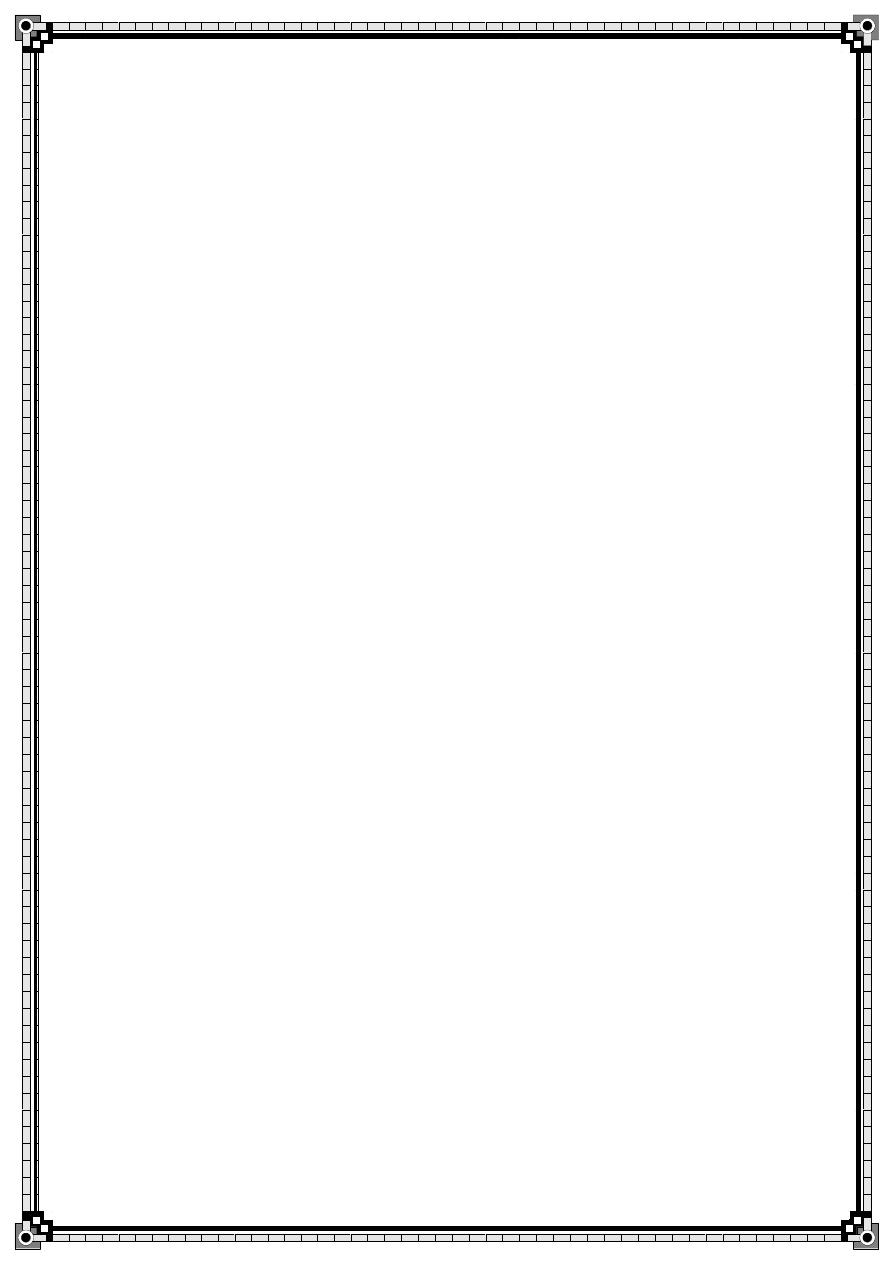
40
Renal colic and bladder stones
Abscess
Obstruction – dilated fluid-filled bowel
Focused high-resolution Diverticulitis
ultrasound Appendicitis
Bowel wall thickening/
abscess
CT scan Severe pancreatitis
Diverticulitis
Abscess
Small bowel obstruction (high grade)
Bowel infarction
Focused CT scan Appendicitis
Ureteric colic
11.Gastrointestinal endoscopy
Summary box 11.2
The risks of endoscopy
■ Sedation
■ Damage to dentition
■ Aspiration
■ Perforation or haemorrhage after endoscopic dilatation
■ Perforation,infection and aspiration after percutaneous endoscopic gastrostomy insertion
■ Perforation or haemorrhage after flexible
sigmoidoscopy/colonoscopy with polypectomy
■ Pancreatitis,cholangitis,perforation or bleeding after
endoscopic retrograde cholangiopancreatography
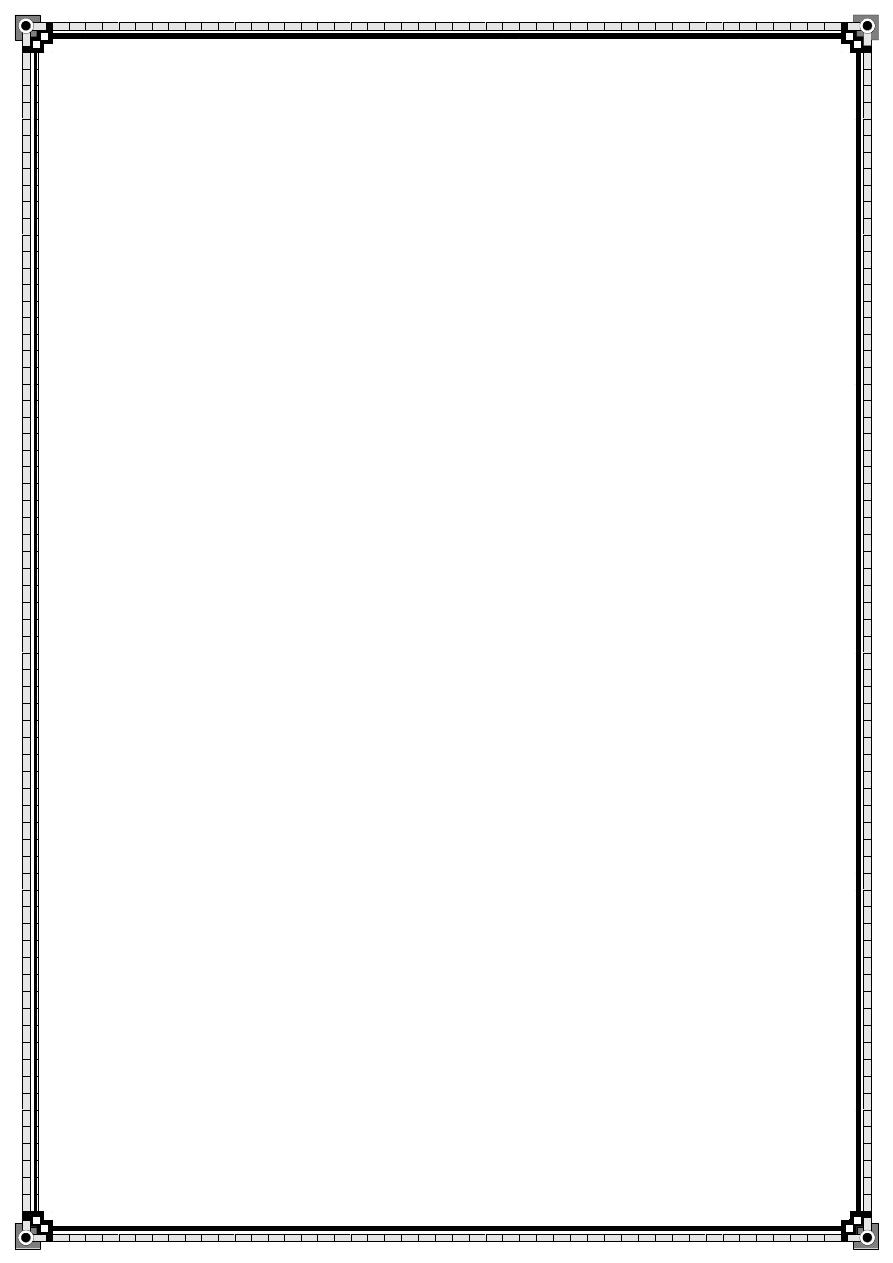
41
Summary box 11.4
Managing anticoagulants in patients undergoing endoscopy
It is important to recognise and understand:
■ The risk of complications related to the underlying
gastrointestinal disease from anticoagulant therapy
■ The risk of haemorrhage related to an endoscopic
procedure in the setting of anticoagulant therapy
■ The risk of a thromboembolic/ischaemic event related to interruptions of anticoagulant
therapy
Summary box 11.5
Recommendations concerning anticoagulant management
Low-risk procedures
■ No adjustment to anticoagulation required
■ Avoid elective procedures when anticoagulation is above the therapeutic range
High-risk procedure in a patient with a low-risk condition
■ Discontinue warfarin 3–5 days before the procedure
■ Consider checking the international normalised ratio on the day of the procedure
High-risk procedure in a patient with a high-risk condition
■ Discontinue warfarin 3–5 days before the procedure
■ Warfarin may be resumed the night of the procedure
■ The decision to administer intravenous heparin should be individualised
■ Intravenous heparin should be discontinued 4–6 hours
before the procedure and may be resumed 2–6 hours after the procedure
■ Heparin and warfarin should overlap until the international
normalised ratio has stabilised within the therapeutic range
■ The use of ambulatory low molecular weight heparin should be considered

42
Summary box 11.6
Symptoms of endoscopic oesophageal perforation
■ Neck/chest pain
■ Abdominal pain
■ Increasing tachycardia
■ Hypotension
■ Surgical emphysema
Summary box 11.7
Current established indications for single/double- balloon endoscopy
■ Bleeding from the gastrointestinal tract of obscure cause
■ Iron deficiency anaemia with normal colonoscopy and gastroscopy
■ Visualisation of and therapeutic intervention for abnormalities seen on traditional small
bowel imaging/capsule endoscopy
Summary box 11.8
Indications for colonoscopy
■ Rectal bleeding with looser or more frequent stools +/–abdominal pain related to bowel
actions
■ Iron deficiency anaemia (after biochemical confirmation+/– negative coeliac serology):
oesophagogastroduodenoscopy and colonoscopy together
■ Right iliac fossa mass if ultrasound is suggestive of colonicorigin
■ Change in bowel habit assoc iated with fever/elevated inflammatory response
■ Chronic diarrhoea (> 6 weeks) after sigmoidoscopy/rectal biopsy and negative coeliac
serology
■ Follow-up of colorectal cancer and polyps
■ Screening of patients with a family history of colorectal cancer
■ Assessment/removal of a lesion seen on radiological examination
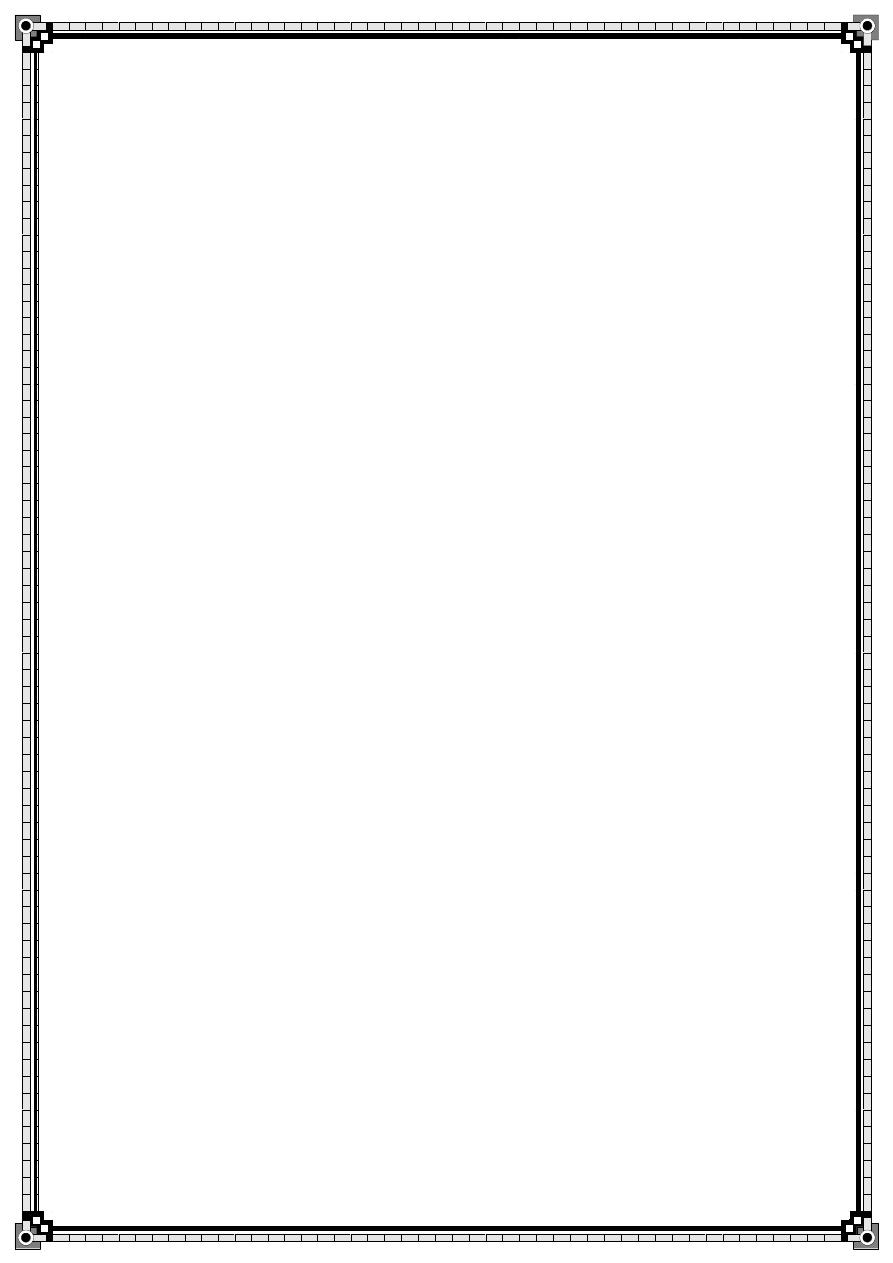
43
■ Assessment of ulcerative colitis/Crohn’s extent and activity
■ Surveillance of inflammatory bowel disease
■ Surveillance of acromegaly/ureterosigmoidostomy
12.Tissue diagnosis
Summary box 12.1
Reasons for tissue analysis
■ To make new diagnoses
■ To confirm suspected clinical diagnoses
■ To exclude other diagnoses
■ To assist with prognosis
■ To help plan treatment
■ Audit
Summary box 12.2
Common types of tissue sample
■ Histology
Formalin-fixed tissue
Biopsy
Mucosal
Punch
Needle
Excision
Resection
Fresh tissue (usually for frozen section)
■ Cytology
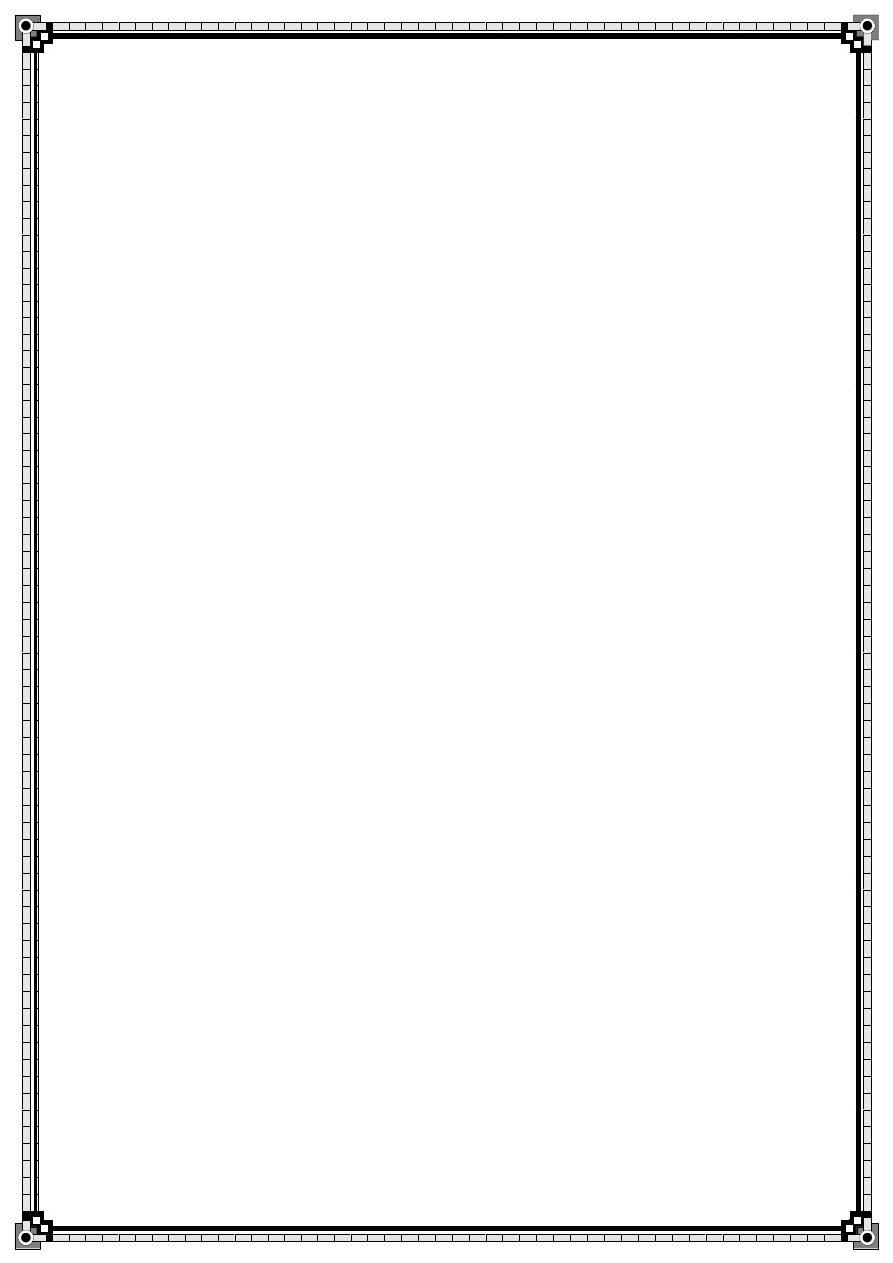
44
Cervical
Washings,brushings
Fine-needle aspirate (FNA)
Fluids
Summary box 12.5
Microscopic features of malignancy
■ Metastasis
■ Invasion
Of surrounding tissue
Vascular
Perineurial
■ Architectural abnormalities
■ Necrosis
■ Numerous mitotic figures
■ Atypical mitotic figures
■ Nuclear abnormalities
Pleomorphism
Enlargement
Hyperchromaticity
Chromatin clumping
■ Nucleolar enlargement and multiplicity
Summary box 12.6
Causes of false-positive diagnoses of malignancy
■ Interchanged samples
■ Contamination
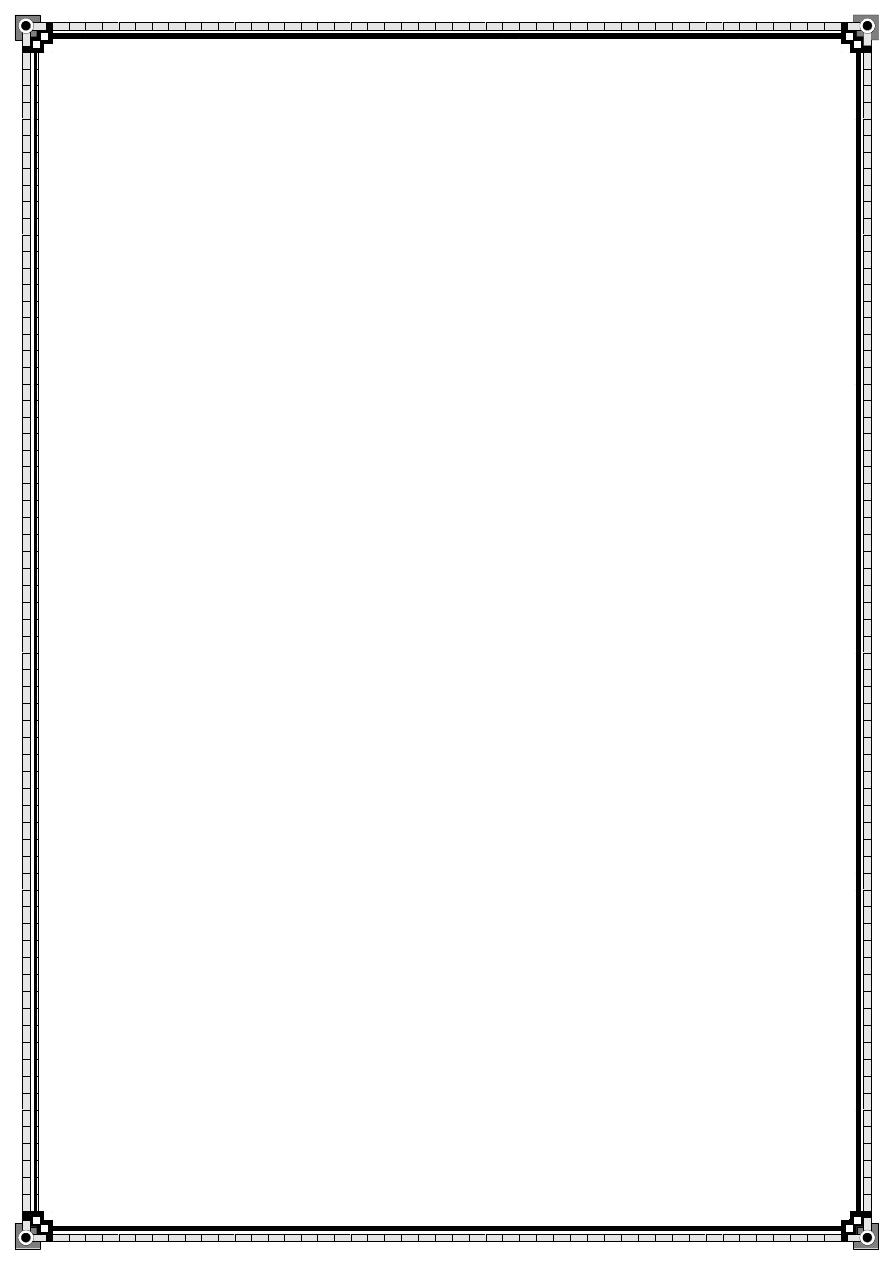
45
■ Interpretative error
■ Treatment-induced change
■ Ulceration
Summary box 12.7
Cytology compared with histology
Advantages:
■ Wider area may be sampled
■ Sampling may be less invasive
■ Fast
■ Cheap
■ Can be interpreted by non-medical staff
Disadvantages:
■ Cannot assess tissue architecture
■ Less amenable to further studies
Summary box 12.10
Common special stains
■ PAS:glycogen,fungi
■ D-PAS:mucin
■ Perls Prussian blue:iron
■ Reticulin:reticulin fibres
■ van Gieson:collagen
■ Congo red:amyloid
■ Ziehl–Neelsen:mycobacteria
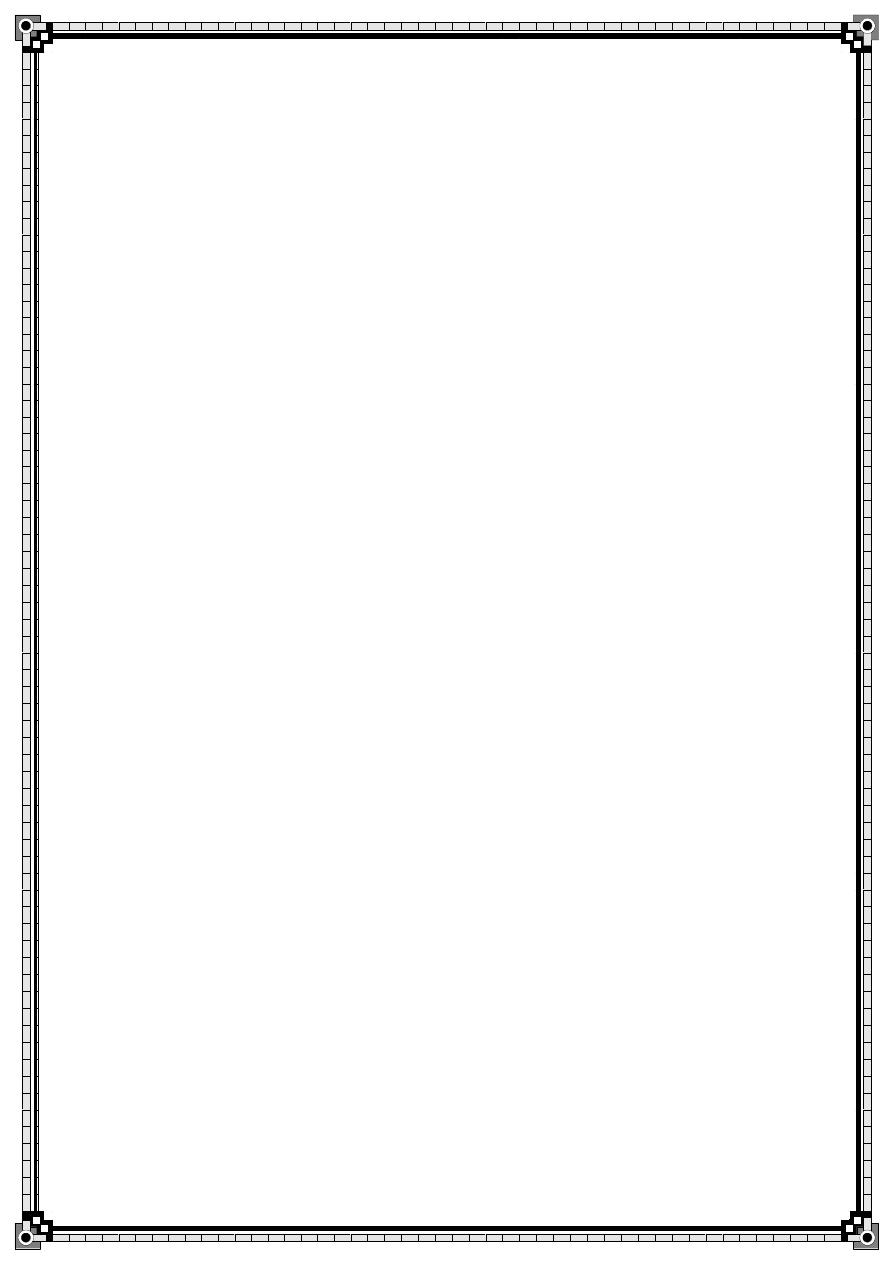
46
PART 3: Perioperative care
13.Preoperative preparation
Summary box 13.1
Preoperative patient preparation
■ Gather and record concisely all relevant information
■ Devise a plan to minimise risk and maximise benefit for the patient
■ Consider possible adverse events and plan how to deal with them
■ Communicate to ensure that everyone (including the patient) understands the surgical plan
Summary box 13.2
Principles of history-taking
■ Listen:what does the patient see as the problem? (Open questions)
■ Clarify:what does the patient expect? (Closed questions)
■ Narrow the differential diagnosis.(Focused questions)
■ Fitness:what other comorbidities exist? (Fixed questions)
Summary box 13.3
Features of the history of the presenting complaint to explore
■ Symptoms,including features not present
■ Onset
■ Relieving factors
■ Exacerbating factors
■ Pain,nature of the pain,any radiation,etc.
■ Other therapies
■ Planned surgery
■ Expectations
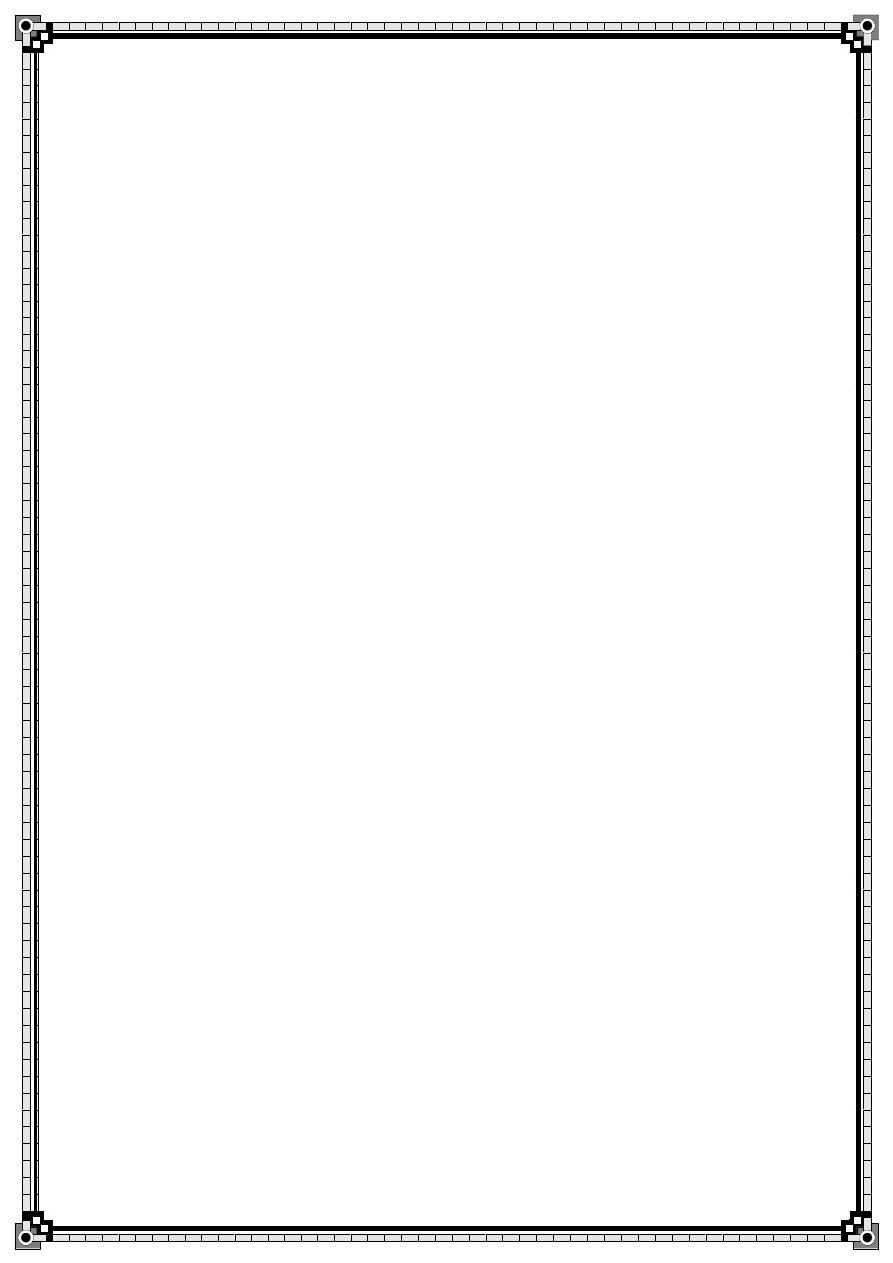
47
Summary box 13.4
Key topics to review when taking the past medical
history
Cardiovascular
■ Ischaemic heart disease – angina,myocardial infarctiona
■ Hypertensiona
■ Heart failure
■ Dysrhythmias
■ Peripheral vascular disease
■ Deep vein thrombosis and pulmonary embolisma
■ Anaemia
Respiratory
■ Chronic obstructive pulmonary disease
■ Asthmaa
■ Fibrotic lung conditions
■ Respiratory infections
■ Malignancy
Gastrointestinal
■ Peptic ulcer disease and gastro-oesophageal reflux
■ Bowel habit – bleeding per rectum,obstruction
■ Malignancy
■ Liver disease – jaundice,alcohol,coagulopathy
Genitourinary tract
■ Urinary tract infection
■ Prostatisma
■ Renal dysfunction
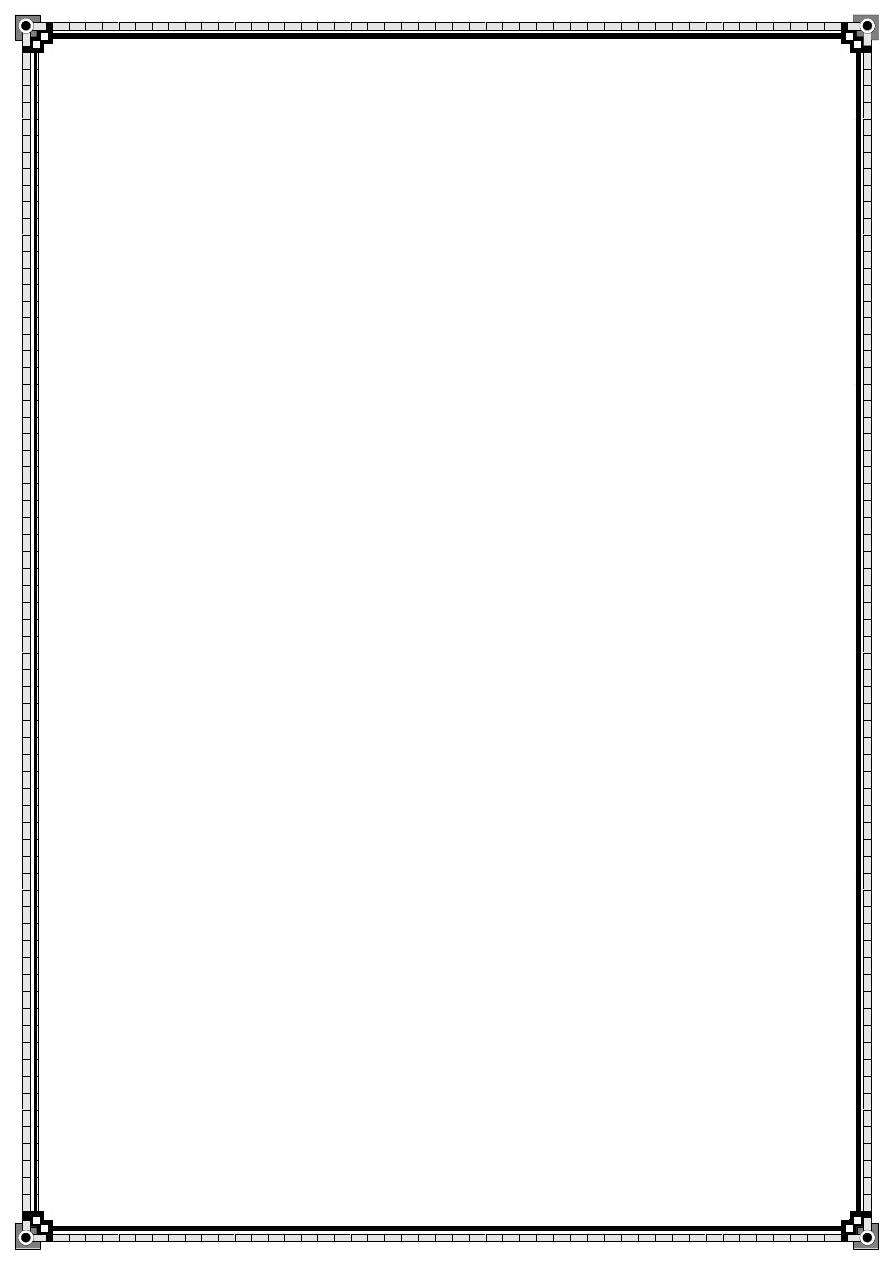
48
Neurological
■ Epilepsy
■ Cerebrovascular accidents and transient ischaemic
attacks
■ Psychiatric disorders
■ Cognitive function
Endocrine/metabolic
■ Diabetes
■ Thyroid dysfunction
■ Phaeochromocytoma
■ Porphyria
Locomotor system
■ Osteoarthritis
■ Inflammatory arthropathy such as rheumatoid arthritis,
including neck instability
Infectious diseases
■ Human immunodeficiency virus
■ Hepatitis
■ Tuberculosis
Previous surgery
■ Types of anaesthetic and any problems encountereda
■ Have any members of the patient’s family had particular problems with anaesthesia?
These probably need recording even when negative as they are so important.
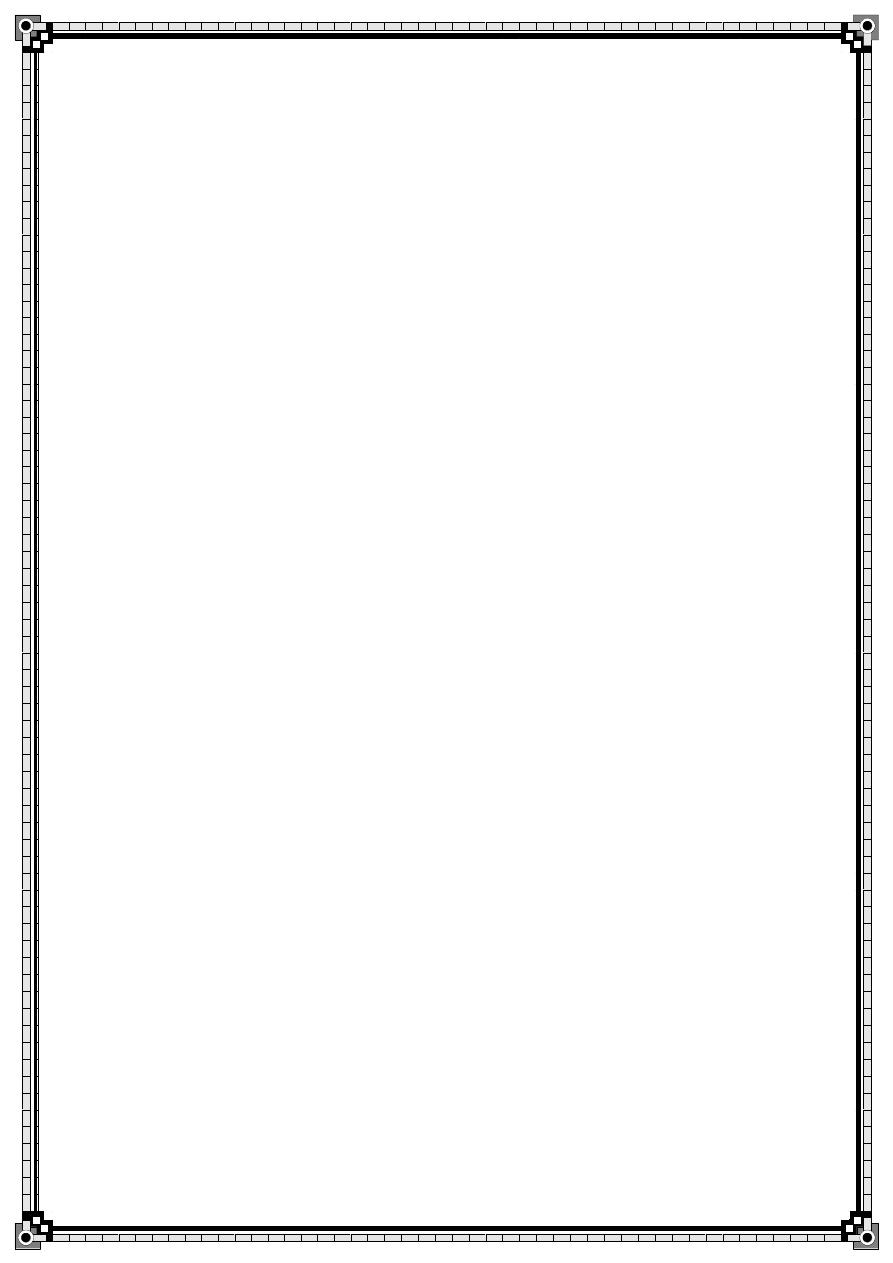
49
Summary box 13.5
Key topics in the general medical examination
General
■ Anaemia,jaundice,cyanosis,nutritional status,teeth,feet,
leg ulcers (sources of infection)
Cardiovascular
■ Pulse,blood pressure,heart sounds,bruits,peripheral
pulses,peripheral oedema
Respiratory
■ Respiratory rate and effort,chest expansion and
percussion note,breath sounds,oxygen saturation
Gastrointestinal
■ Abdominal masses,ascites,bowel sounds,bruits,herniae,
genitalia
Neurological
■ Conscious level,any pre-existing cognitive impairment or
confusion,deafness,neurological status of limbs
Summary box 13.6
Key points in the management plan discussion
■ Provide all of the information necessary for the patient to make an informed decision
■ Use language that the patient will understand
■ Discuss the options rather than telling the patient what will be done
■ Give the patient time to think things over
■ Encourage the patient to discuss things with a trusted friend/partner
■ Suggest that the patient write down a list of points that he or she wishes to discuss

50
Summary box 13.7
Preoperative transfusions
■ Consider transfusion if haemoglobin level is less than 8gdl–1
■ Consider carefully which products to use
■ Order and write up blood products clearly
■ Give the blood at a sensible time of day
■ Consider co-administration of a loop diuretic
■ Be prepared to treat any reactions rapidly
Summary box 13.8
Problems of surgery in the obese
Increased risk of:
■ Difficulty intubating
■ Aspiration
■ Myocardial infarction
■ Cerebrovascular accident
■ Deep vein thrombosis and pulmonary embolism
■ Respiratory compromise
■ Poor wound healing/infection
■ Pressure sores
■ Mechanical problems – lifting,transferring,operating table
weight limits
Summary box 13.9
Surgery in the jaundiced patient
Causes of jaundice:

51
■ Pre-hepatic – haemolysis
■ Hepatic – hepatitis,cholangitis,alcohol
■ Post-hepatic – biliary obstruction,drugs
Secondary complications of surgery:
■ Clotting disorders
■ Hepatorenal syndrome
■ Infection
Summary box 13.10
Renal impairment
■ Prerenal:
Dehydration
Poor perfusion
■ Renal:
Acute – volume depletion, platelet function, immunosuppression
Chronic – fluid balance ,?dialysis,? transplantation
■ Postrenal:
Obstruction – calculi ,prostate, blocked catheter
Summary box 13.11
Surgical risks for the diabetic patient
■ Increased risk of sepsis – local and general
■ Neuropathic complications – pressure care
■ Vascular complications – cardiovascular,cerebrovascular, peripheral
■ Renal complications
■ Fluid and electrolyte disturbances

52
Summary box 13.12
Risk factors for thrombosis
■ Increasing age
■ Significant medical comorbidities (particularly malignancy)
■ Trauma or surgery (especially of the abdomen,pelvis and lower limbs)
■ Pregnancy/puerperium
■ Immobility (including a lower limb plaster)
■ Obesity
■ Family/personal history of thrombosis
■ Drugs,e.g.oestrogen,smoking
Summary box 13.13
Risk groups for thrombosis
Low risk
■ Minor surgery (less than 30min),no risk factors,any age
■ Major surgery (more than 30min),no risk factors,less than age 40
■ Minor trauma or medical illness Moderate risk
■ Major surgery (not orthopaedic or abdominal cancer),age 40+ or other risk factor
■ Major medical illness,trauma or burns
■ Minor surgery,trauma or illness in patient with a family/personal history
High risk
■ Major surgery (elective or trauma orthopaedic,cancer) of
the pelvis,hip or lower limb
■ Major surgery,trauma or illness in a patient with a
family/personal history
■ Lower limb paralysis/amputation
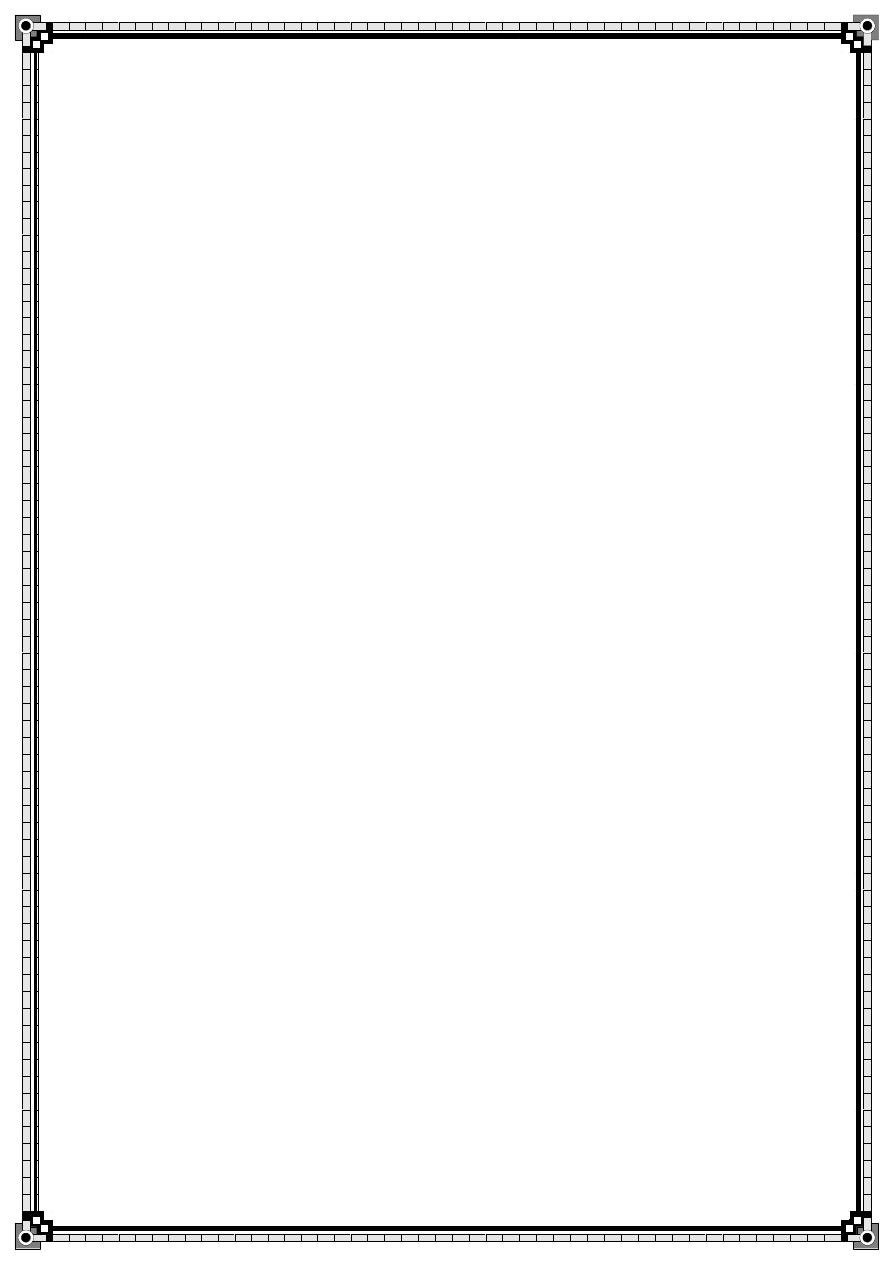
53
Summary box 13.14
Prophylaxis against thrombosis
Mechanical
■ Early mobilisation
■ Neuraxial anaesthesia
■ Leg compression stockings
■ Calf and foot pumps
Pharmacological
■ Heparin and low molecular weight heparin
■ Warfarin
■ Aspirin
■ Pentasaccharides (e.g.fondaparinux – inhibits activated factor X)
■ Direct thrombin inhibitors (e.g.melagatran and ximelagatran)
15.Care in the operating room
Summary box 15.1
Preoperative checks with the patien
■ Patient’s name
■ Condition
■ Consent – mark side
■ All investigations available
■ Sepsis
■ Pre-existing complications
Summary box 15.5

54
Scrubbing
■ Do not scrub if you have an infection
■ Make sure all hair is covered and that you are protected from splashes
■ Start scrubbing before,and finish after,the senior surgeon
■ Dry hands from distal to proximal
16.Perioperative management of
the high-risk surgical patient
Summary box 16.1
Characteristics of the high-risk population
■ Elderly
■ Comorbid conditions
■ Needing emergency surgery (no time for optimisation)
Summary box 16.2
Surgical and anaesthetic factors creating high risk
■ Dehydration (shock before surgery,loss of fluids during
surgery,inability to tolerate fluids postoperatively)
■ Pain (reduces mobility,affects breathing and ability to take food and fluids)
■ Hypothermia
Summary box 16.4
Preoperative assessment for risk
■ The history should focus on cardiac and respiratory problems
■ Exercise tolerance gives a good guide to cardiac reserve
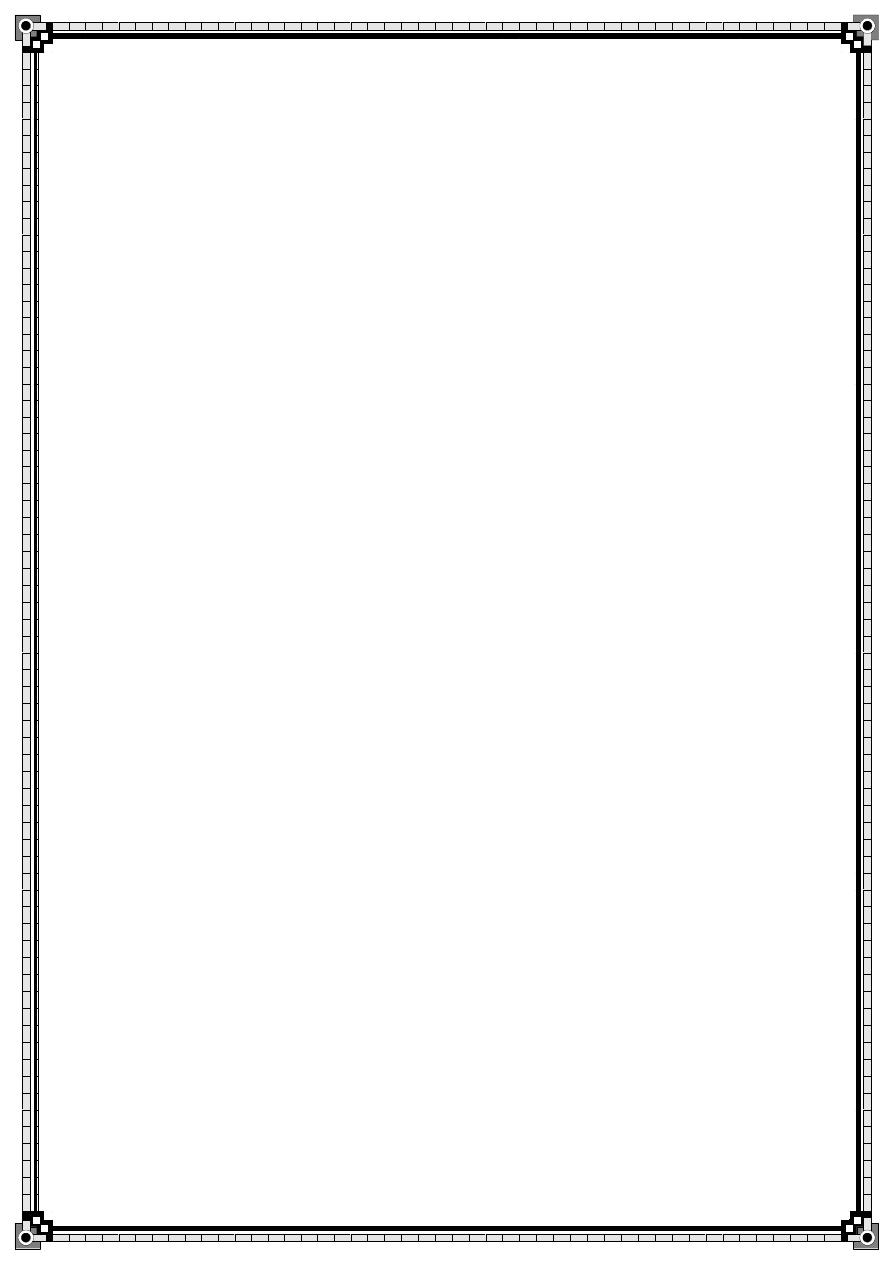
55
■ Age and body mass index are useful indicators
■ Check alcohol and tobacco intake
■ Check medications
Summary box 16.5
Review medical treatment before surgery
■ Coronary angiography may be indicated for patients with ischaemic heart disease
■ Asthma and COAD may require bronchodilators and steroids
■ Antibiotic therapy is not necessarily indicated for patien with chronic sputum production
■ Patients should stop smoking
■ Patients with renal failure need their surgery planned around dialysis
■ Oral medication can be given with water even when a patient is ‘nil by mouth’
■ When possible,postpone surgery until the patient is Optimized
Summary box 16.8
General critical care
■ Blood glucose – tight control using an insulin sliding scale
■ Blood transfusion reaction – harden threshold for transfusion to 8gdl –1
■ Steroids if there are signs of adrenocortical depression
■ Start enteral feeding early (jejunal feeding tubes)
■ Protect against deep vein thrombosis
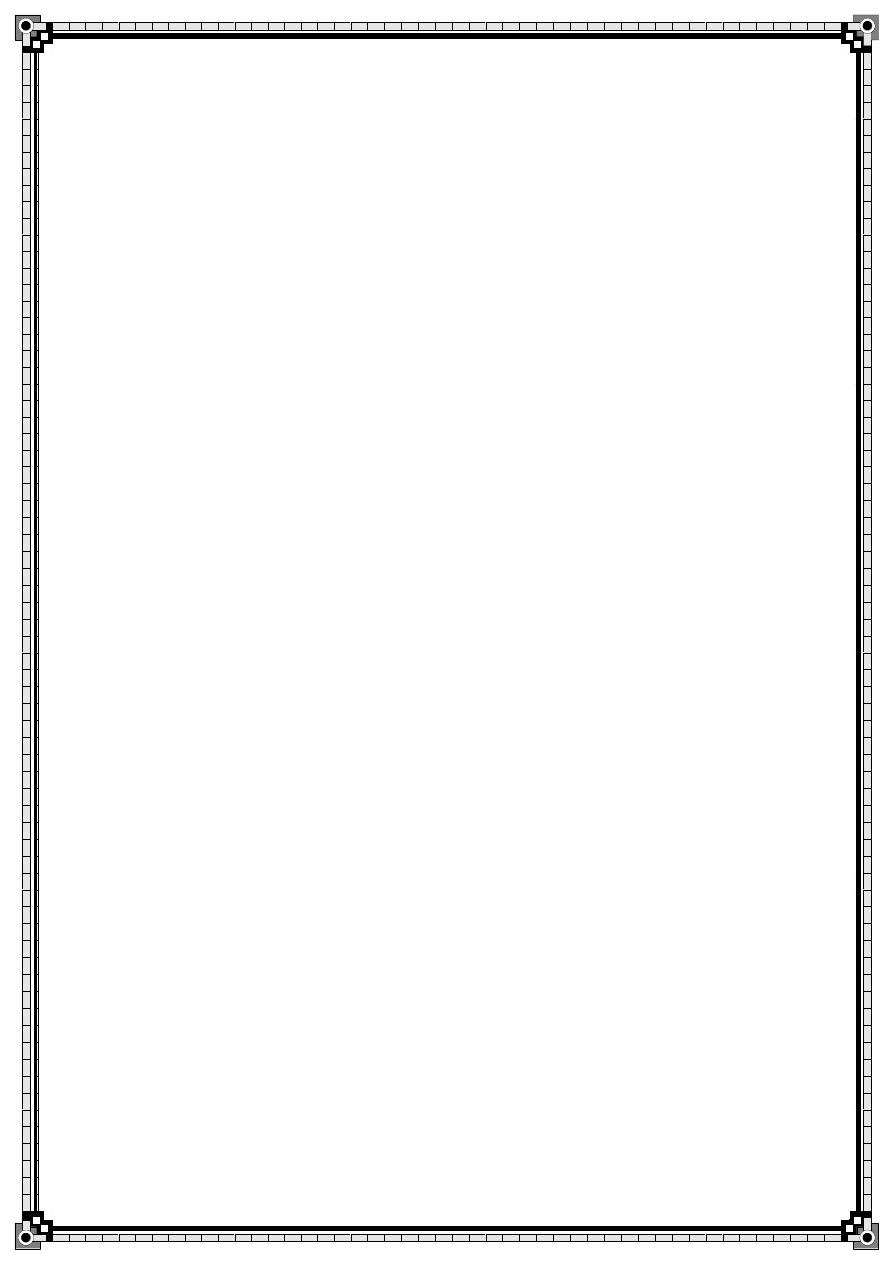
56
17. Nutrition and fluid therapy
Summary box 17.1
Metabolic response to starvation
■ Low plasma insulin
■ High plasma glucagon
■ Hepatic glycogenolysis
■ Protein catabolism
■ Hepatic gluconeogenesis
■ Lipolysis:mobilisation of fat stores
■ Adaptive ketogenesis
■ Reduction in resting energy expenditure (15–20kcalkg–1day–1)
Summary box 17.2
Metabolic response to trauma and sepsis
■ Increased counter-regulatory hormones: adrenaline, noradrenaline, cortisol , glucagon and
growth hormone
■ Increased energy requirements (up to 40kcalkg–1day–1)
■ Increased nitrogen requirements
■ Insulin resistance and glucose intolerance
■ Preferential oxidation of lipids
■ Increased gluconeogenesis and protein catabolism
■ Loss of adaptive ketogenesis
■ Fluid retention with associated hypoalbuminaemia
Summary box 17.3
Complications of enteral nutrition

57
Tube-related
■ Malposition
■ Displacement
■ Blockage
■ Breakage/leakage
■ Local complications (e.g.erosion of skin/mucosa)
Gastrointestinal
■ Diarrhoea
■ Bloating,nausea,vomiting
■ Abdominal cramps
■ Aspiration
■ Constipation Metabolic/biochemical
■ Electrolyte disorders
■ Vitamin,mineral,trace element deficiencies
■ Drug interactions Infective
■ Exogenous (handling contamination)
■ Endogenous (patient)
Summary box 17.4
Complications of parenteral nutrition Related to nutrient deficiency
■ Hypoglycaemia/hypocalcaemia/hypophosphataemia/ hypomagnesaemia (refeeding
syndrome)
■ Chronic deficiency syndromes (essential fatty acids,zinc, mineral and trace elements)
Related to overfeeding
■ Excess glucose:hyperglycaemia,hyperosmolar dehydration,hepatic
steatosis,hypercapnia,increased
sympathetic activity,fluid retention,electrolyte abnormalities
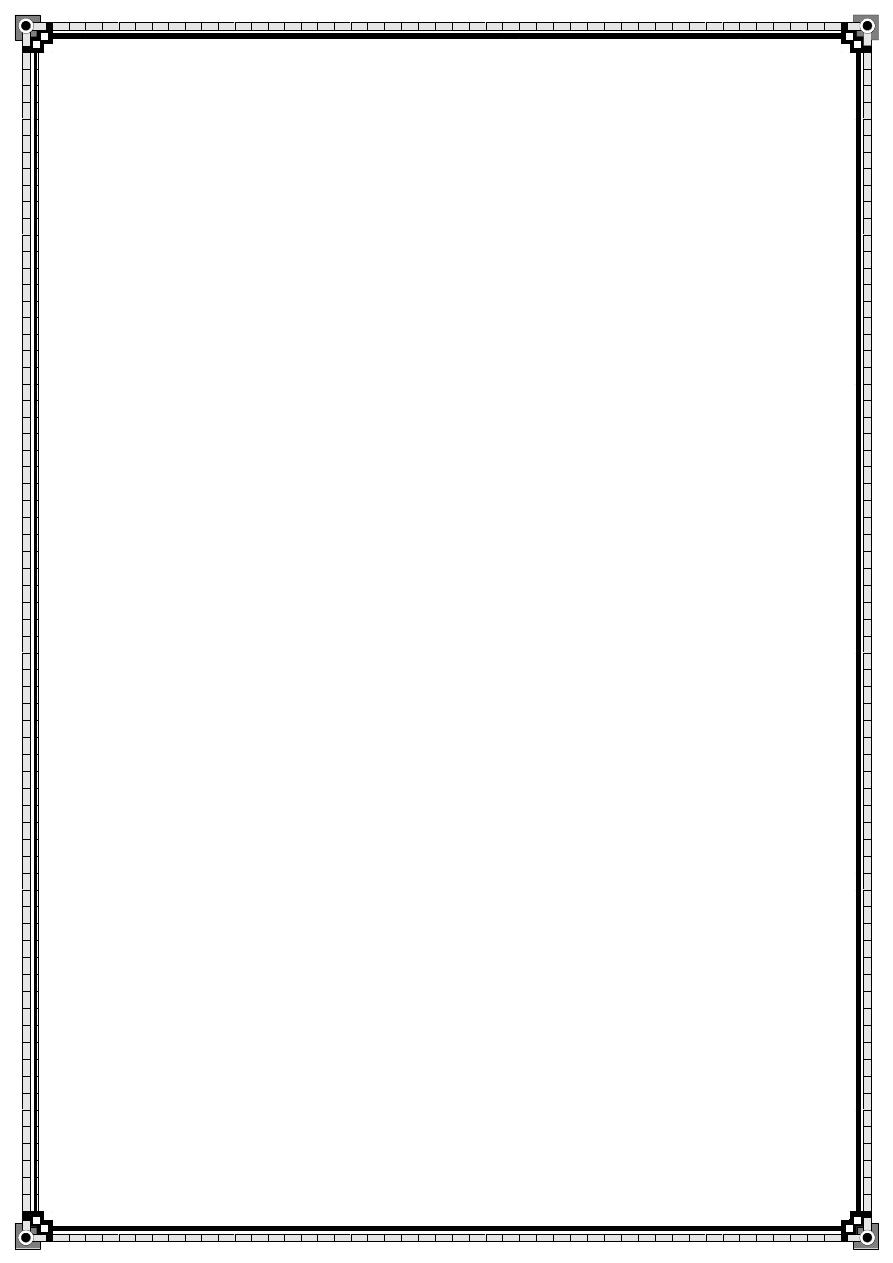
58
■ Excess fat:hypercholesterolaemia and formation of
lipoprotein X,hypertriglyceridaemia,hypersensitivity reactions
■ Excess amino acids:hyperchloraemic metabolic acidosis,
hypercalcaemia,aminoacidaemia,uraemia Related to sepsis
■ Catheter-related sepsis
■ Possible increased predisposition to systemic sepsis Related to line
■ On insertion:pneumothorax,damage to adjacent artery, air embolism,thoracic duct
damage,cardiac perforation or tamponade,pleural effusion,hydromediastinum
■ Long-term use:occlusion,venous thrombosis
18.Basic surgical skills and
Anastomoses
Summary box 18.1
Closure of wounds
■ Wound edges should be left slightly gaping to allow swelling
■ Edges should be everted
■ The knot should be placed to one side of the wound
■ Knots must be secure,with the ends long enough to grasp when removing the suture
Summary box 18.8
Complications after anastomosis Leakage
■ Bowel – peritonitis
■ Vessel – haematoma,haemorrhagic shock (early), pseudoaneurysm (late) Stenosis
■ Bowel – obstruction after fibrous stricture or disease recurrence
■ Vessel (early and late) – thrombosis,occlusion,gangrene
19.Principles of laparoscopic and
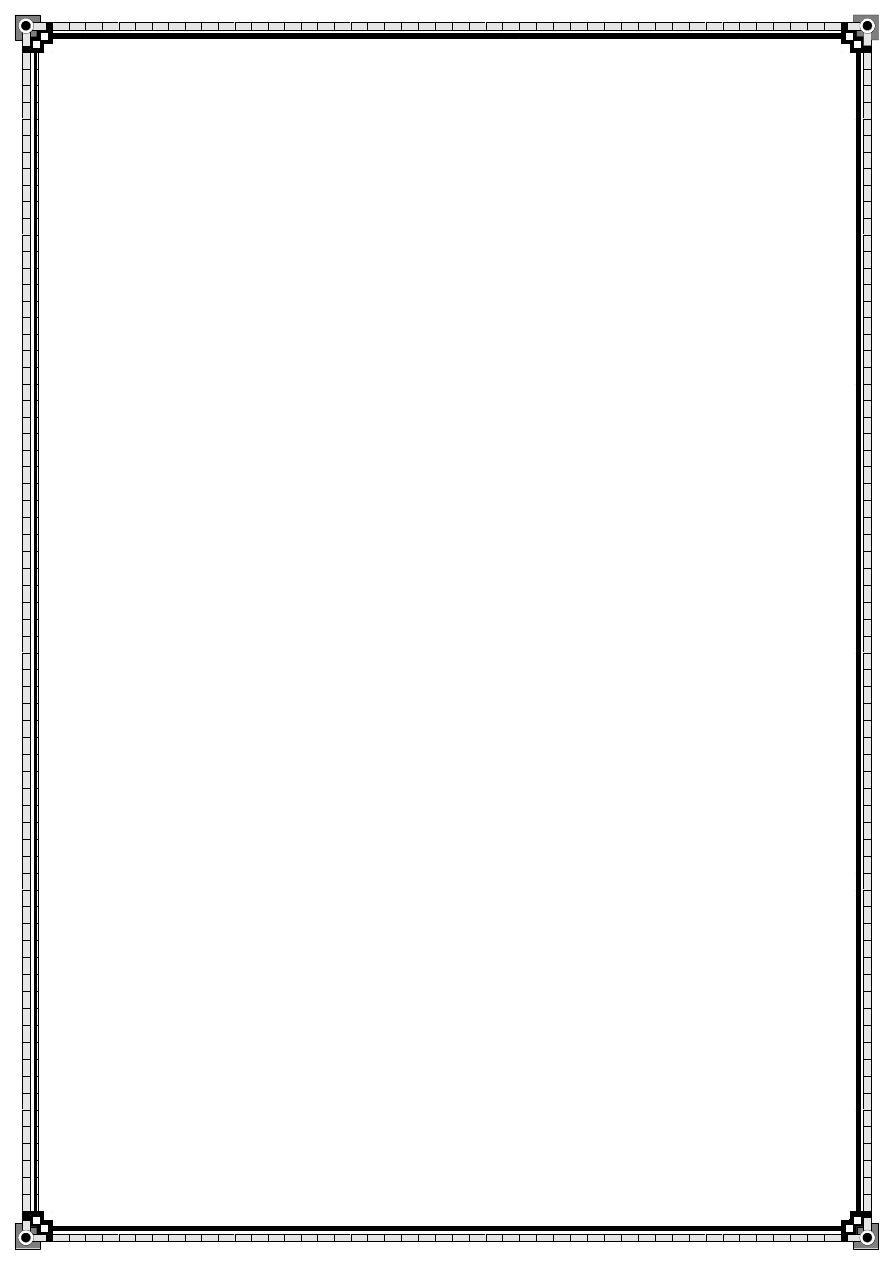
59
robotic surgery
Summary box 19.1
Advantages of minimal access surgery
■ Decrease in wound size
■ Reduction in wound infection,dehiscence,bleeding, herniation and nerve entrapment
■ Decrease in wound pain
■ Improved mobility
■ Decreased wound trauma
■ Decreased heat loss
■ Improved vision
Summary box 19.2
Limitations of minimal access surgery
■ Reliance on remote vision and operating
■ Loss of tactile feedback
■ Dependence on hand–eye coordination
■ Difficulty with haemostasis
■ Reliance on new techniques
■ Extraction of large specimens
Summary box 19.3
Preparation for laparoscopic or robotic surgery
■ Overall fitness:cardiac arrhythmia,emphysema
■ Previous surgery:scars,adhesions
■ Body habitus:obesity,skeletal deformity
■ Normal coagulation
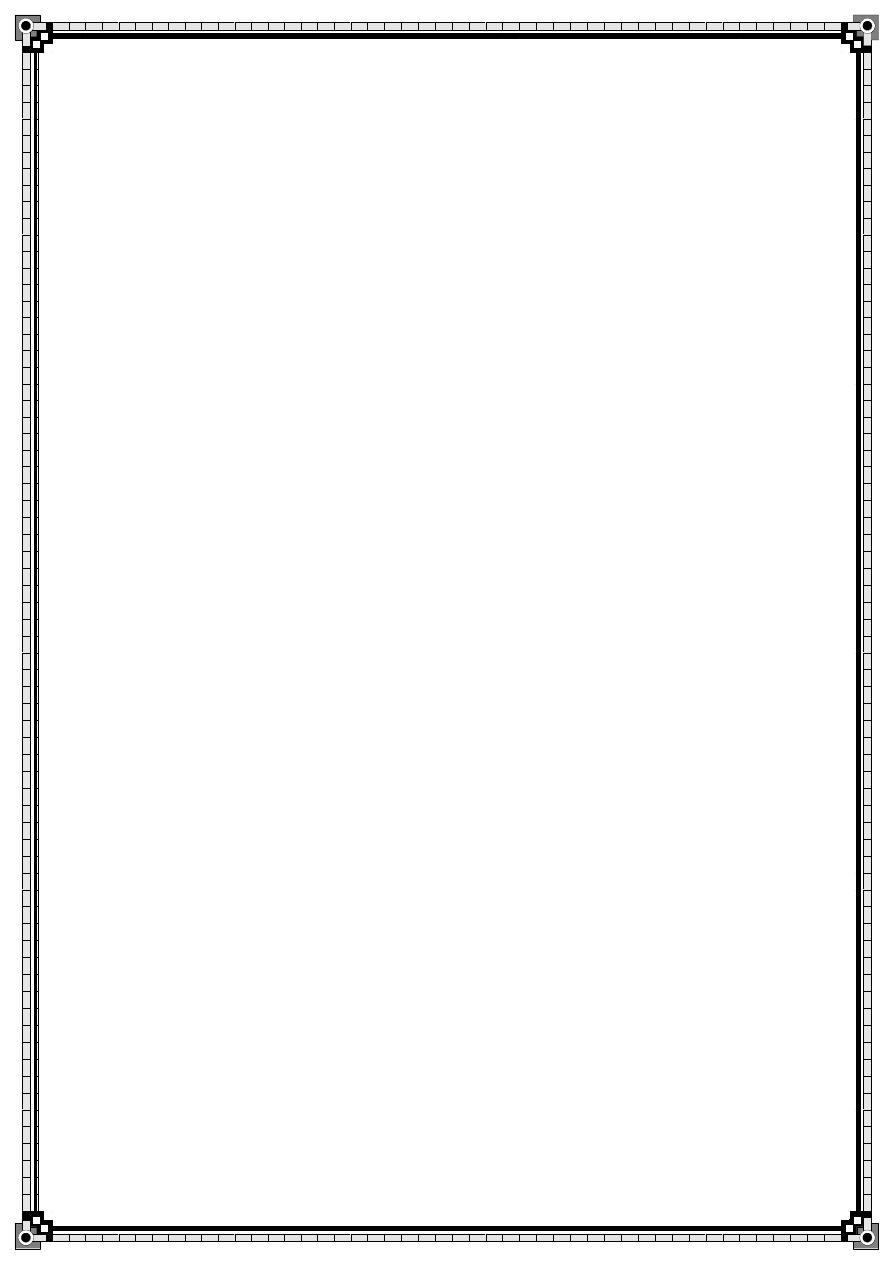
60
■ Thromboprophylaxis
■ Informed consent Preparation is very similar to that for open surgery and aims to ensure
that:
■ The patient is fit for the procedure
■ The patient is fully informed and has consented
■ Operative difficulty is predicted when possible
■ Appropriate theatre time and facilities are available (especially important for robotic cases)
20.Postoperative care
Summary box 20.1
Postoperative period
■ Ensure airway, breathing and circulation are satisfactory
■ Monitor pain
■ Watch for complications
■ Monitor blood pressure,pulse and oxygen saturation
Summary box 20.2
Complications associated with monitoring systems
■ Air embolism
■ Phlebitis
■ Finger necrosis
Summary box 20.3
Causes of acute postoperative shortness of breath
■ Myocardial infarction and heart failure
■ Pulmonary embolism
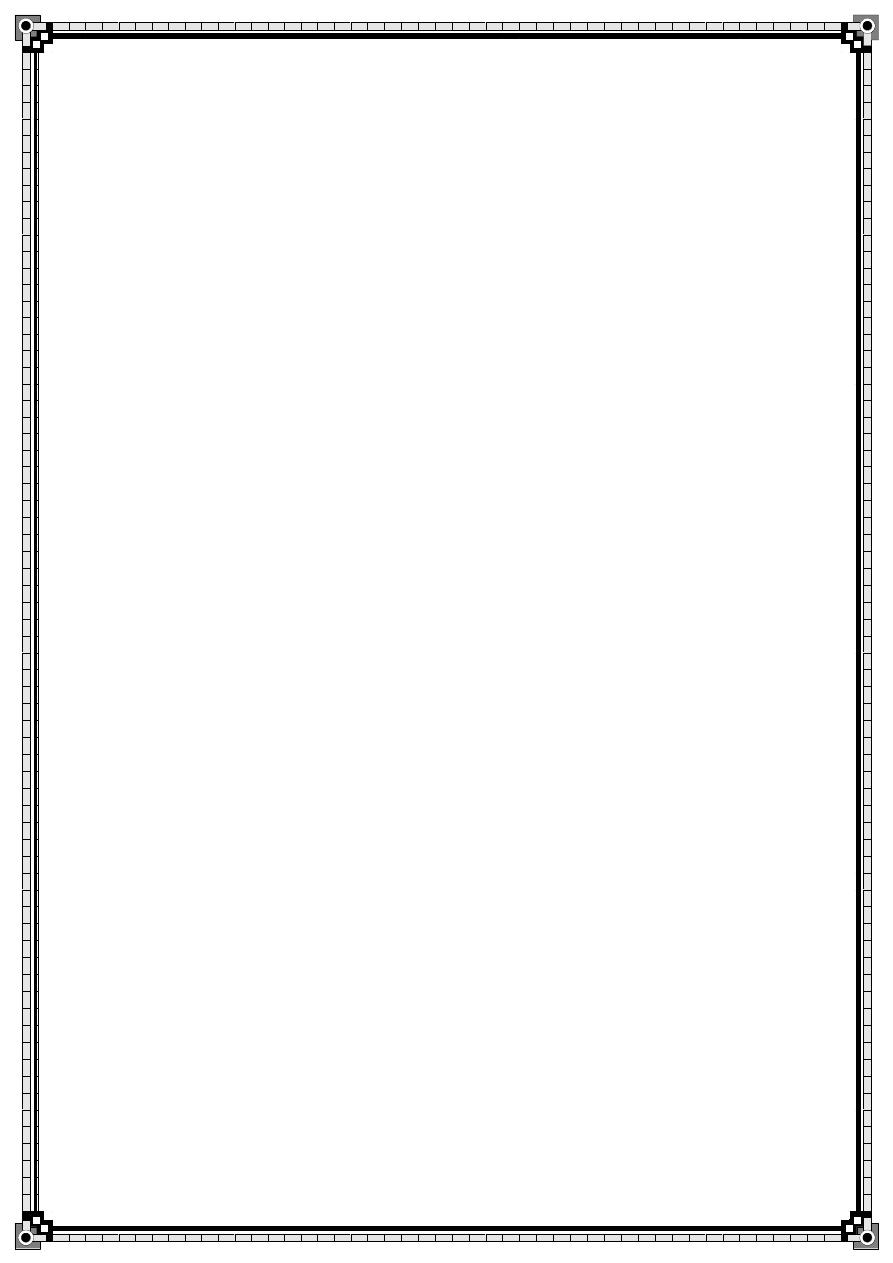
61
■ Chest infection
■ Exacerbation of asthma or chronic obstructive airway Disease
Summary box 20.4
Low blood pressure postoperatively
■ Is the patient dehydrated?
■ Has the patient had an epidural anaesthetic?
■ Is the patient losing blood?
■ Is the patient on too much morphine?
■ Has the patient had a myocardial infarct?
Summary box 20.5
Risk factors for DVT
■ Age >60 years
■ Recent surgery,particularly pelvic and lower limb surgery
■ Immobilisation
■ Trauma
■ Oral contraceptive pill
■ Obesity
■ Heart failure
■ Cancer
■ Arteriopathy
Summary box 20.6
Stratification of risk of DVT
Low
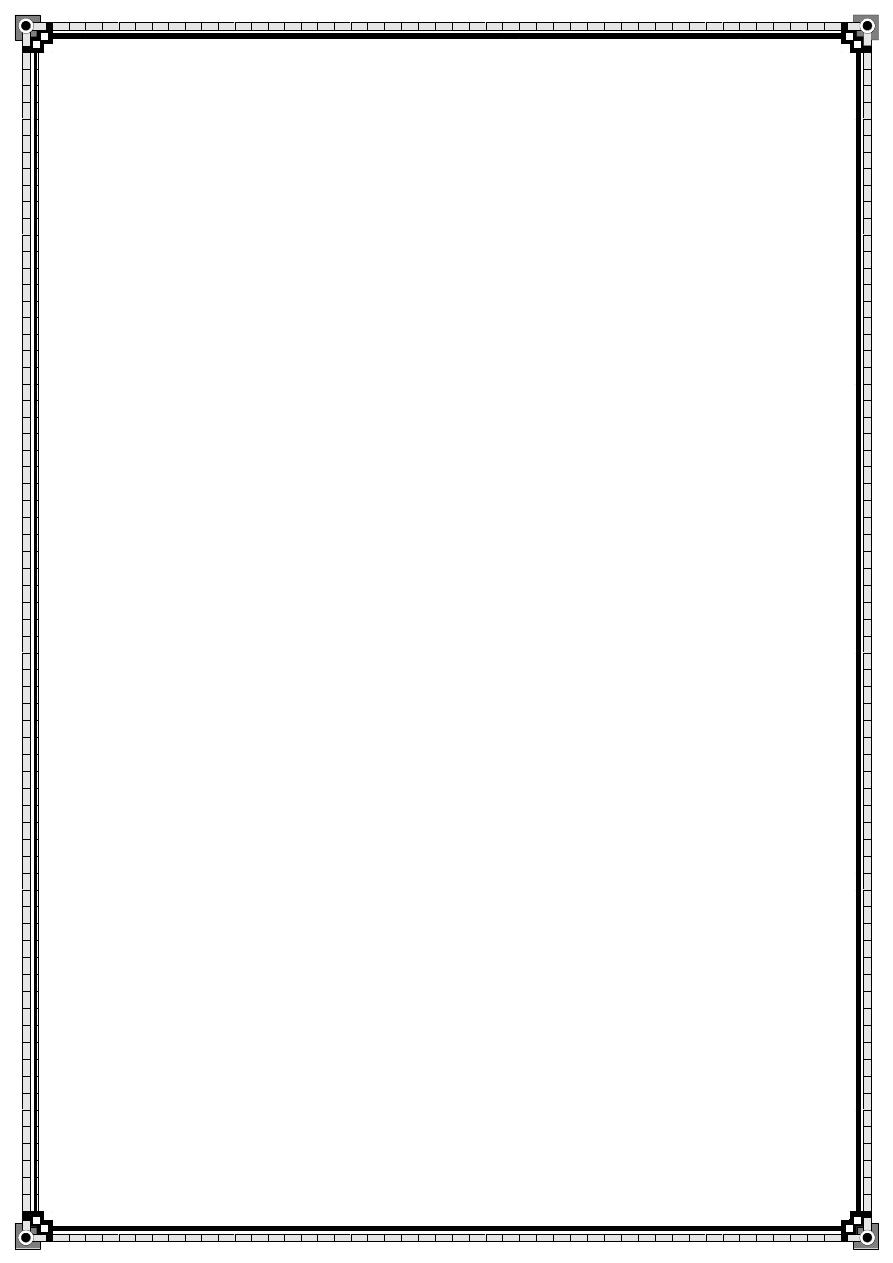
62
■ Maxillofacial surgery
■ Neurosurgery
■ Cardiothoracic surgery
Medium
■ Inguinal hernia repair
■ Abdominal surgery
■ Gynaecological surgery
■ Urological surgery
High
■ Pelvic elective and trauma surgery
■ Total knee and hip replacement
Summary box 20.7
Prevention of DVT
■ Early mobilisation
■ Hydration
■ Compression stockings
■ Low molecular weight heparin as prophylaxis
■ Calf pumps
■ Minimise use of tourniquets
Table 20.2 Common causes of acute renal failure
Prerenal
Hypotension
Hypovolaemia
Renal
Nephrotoxic drugs
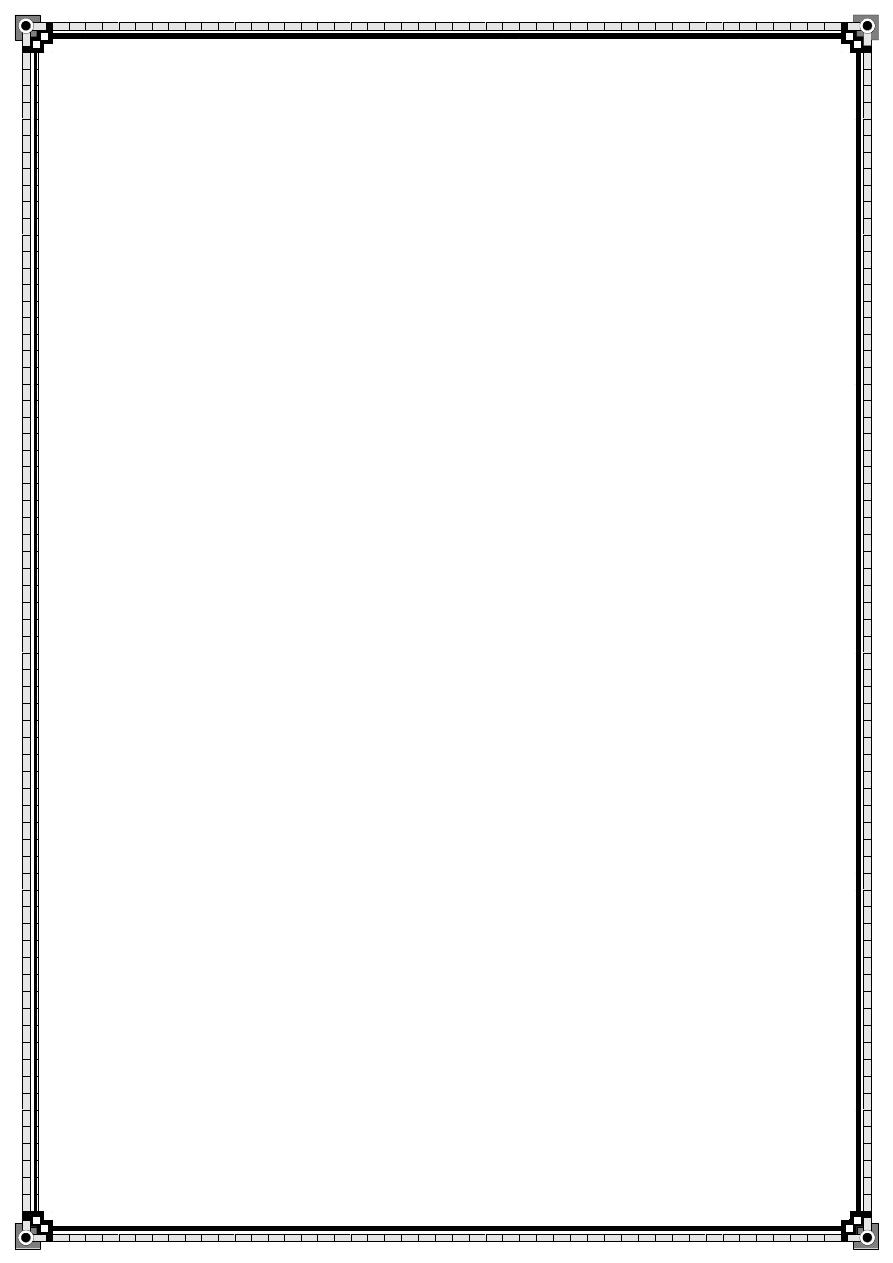
63
Gentamicin
Steroids
Myoglobinuria
Sepsis
Postrenal
Ureteric injury
Blocked urethral catheter
Table 20.1 Treatment of postoperative nausea and vomiting
General measures
Adequate pain control
Avoid opiates
Keep stomach empty by aspirating (consider
nasogastric tubes)
Start oral feeding slowly
Maintain hydration and blood pressure
Epidural analgesia
Drugs
Dopamine receptor antagonists, e.g.
prochlorperazine
Metoclopramide
H1 receptor antagonists, e.g. cyclizine
5HT receptor antagonists, e.g. ondansetron
Summary box 20.8
Compartment syndrome
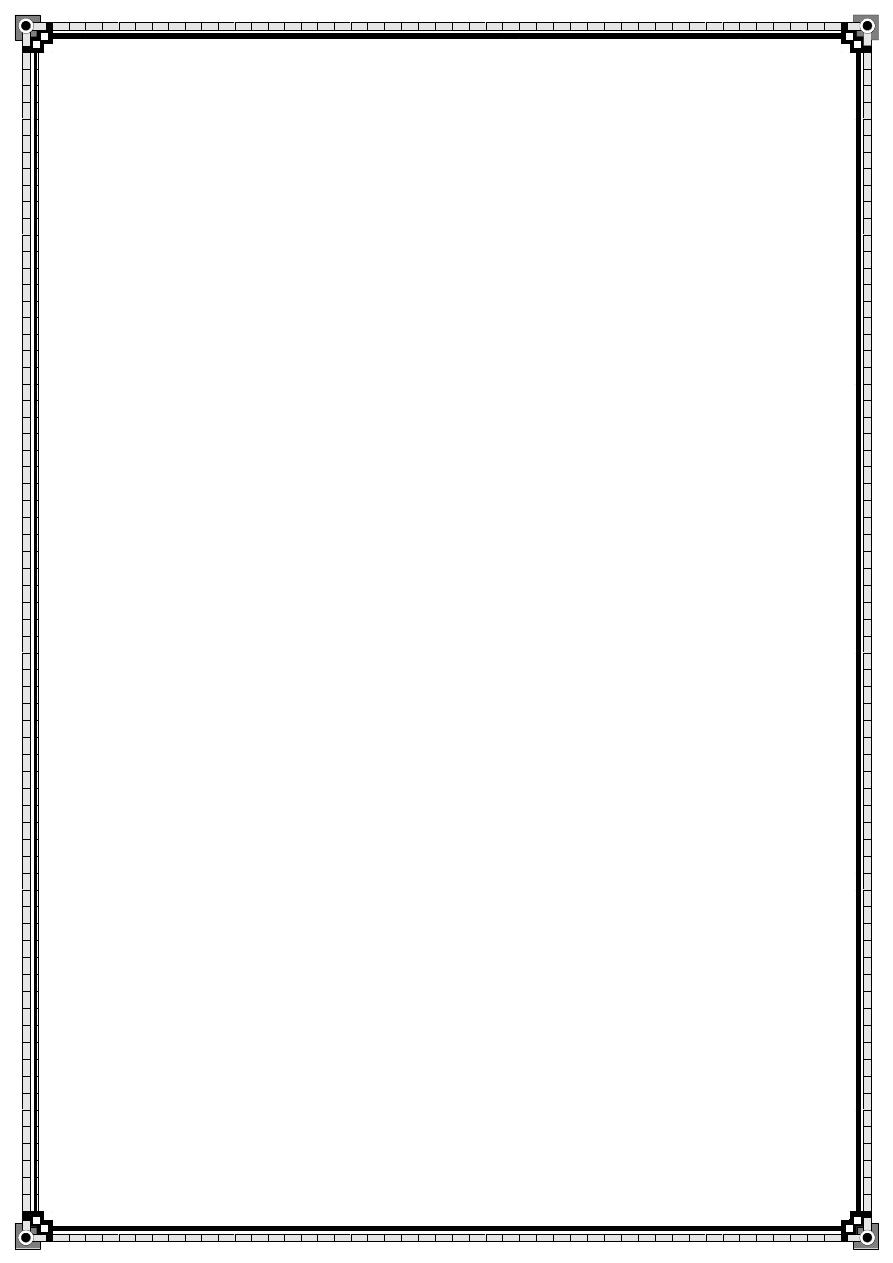
64
■ Symptoms are pain,pain,pain
■ Pain is greater than expected and unresponsive to analgesia
■ The earliest sign is pain on passive stretching of muscles in the affected compartment
■ Paralysis, paraesthesia and pulselessness are very late signs
Summary box 20.9
Fever
■ A very common problem postoperatively
■ Consider problems in the lung,urine and wound
Summary box 20.10
Preventing pressure sores
■ Address nutritional status
■ Keep patients mobile or regularly turned if bed-bound
Table 20.4 Causes of confusion
Renal Renal failure/uraemia
Hyponatraemia and electrolyte disorders
Urinary tract infection
Urinary retention
RespiratoryHypoxia, e.g. chest infection Atelectasis
Cardiovascular Pulmonary embolism
Dehydration
Septic shock
Myocardial infarction

65
Chronic heart failure
Arrhythmia
Drugs Opiates including heroin
Hypnotics
Cocaine
Alcohol withdrawal
Hypoglycaemia
NeurologicalEpilepsy
Encephalopathy
Head injury
Cerebrovascular accident
Idiopathic (rare)Hypothyroid
Hyperthyroidism
Addison’s disease
Summary box 20.11
Complications of blood transfusion
■ Allergy
■ Transmission of infection
Summary box 20.12
Risk factors in wound dehiscence
General
■ Malnourishment
■ Diabetes
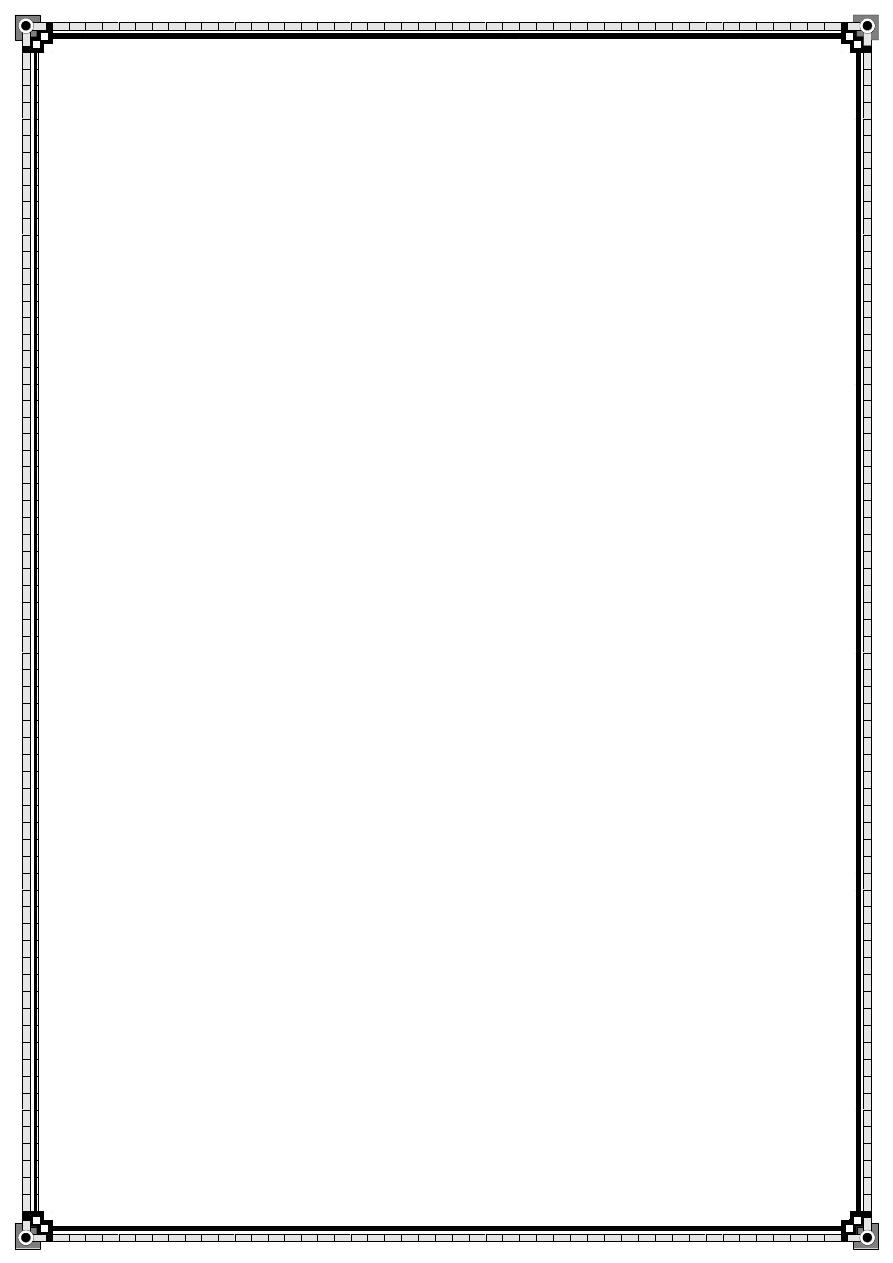
66
■ Obesity
■ Renal failure
■ Jaundice
■ Sepsis
■ Cancer
■ Patients on steroids
Local
■ Inadequate or poor closure of wound
■ Poor local wound healing,e.g. because of infection, haematoma or seroma
■ Increased intra-abdominal pressure, e.g.in postoperative
patients suffering from chronic obstructive airway disease, during excessive coughing

67
PART 4: Trauma
22.Early assessment and
management of trauma
Summary box 22.1
The steps in the ATLS philosophy
■ Primary survey with simultaneous resuscitation identify and treat what is killing the patient
■ Secondary survey – proceed to identify all other injuries
■ Definitive care – develop a definitive management plan
Summary box 22.3
Types of injury
■ Blunt,e.g.car bonnet
■ Penetrating,e.g.knife
■ Blast,e.g.bomb
■ Crush,e.g.building collapse
■ Thermal
Summary box 22.4
Crush injury
■ Muscle cells die.If reperfused,they release myoglobin
■ Injured tissue sequesters fluid
■ Renal shutdown results
■ Treatment is fluid loading with monitoring of renal output to maintain dieresis

68
Summary box 22.6
ABCDE of trauma care
■ A – Airway maintenance and cervical spine protection
■ B – Breathing and ventilation
■ C – Circulation with haemorrhage control
■ D – Disability:neurological status
■ E – Exposure:completely undress the patient and assess for other injuries
Summary box 22.7
Airway assessment
■ Check verbal response
■ Clear mouth and airway with large-bore sucker
■ If GCS 8,consider a definitive airway;otherwise use jaw thrust or chin lift
Summary box 22.8
Breathing
■ Give 100% oxygen at high flow
■ Check for tension pneumothorax
■ Decompress at once if tension pneumothorax is suspected
(needle in the second intercostal space)
Summary box 22.9
Circulation (assessment and warning signs)
■ Deteriorating conscious state
■ Pallor
■ Rapid thready pulse is a more reliable and earlier warning sign than a fall in blood pressure
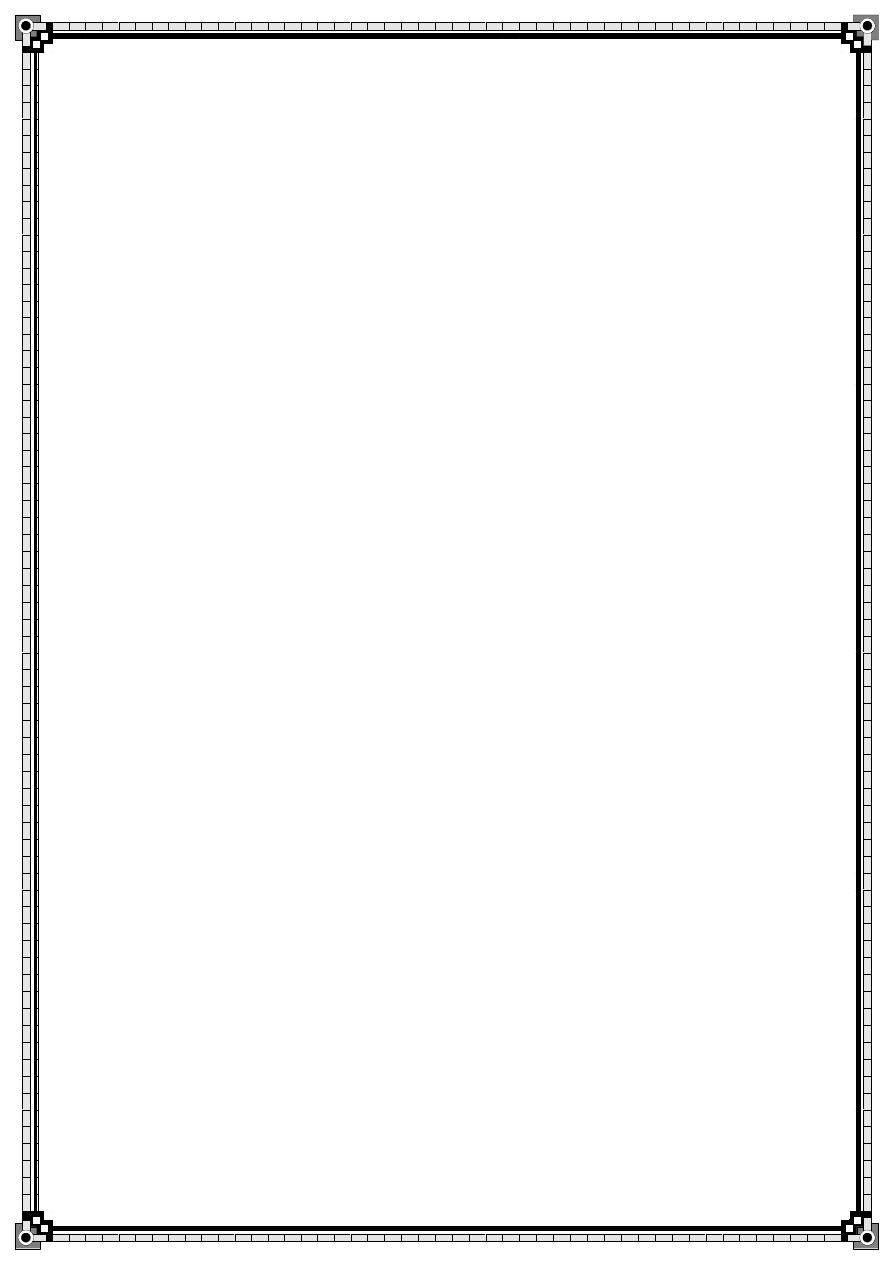
69
Summary box 22.10
Adjuncts to the primary survey
■ Blood – FBC,urea and electrolytes,clotting screen, glucose,toxicology,cross-match
■ ECG
■ Two wide-bore cannulae for intravenous fluids
■ Urinary and gastric catheters
■ Radiographs of the cervical spine and chest
Summary box 22.11
Review of patient’s history (AMPLE)
■ Allergy
■ Medication including tetanus status
■ Past medical history
■ Last meal
■ Events of the incident
Table 22.2 Urine output by age in the paediatric population
Age Optimal urine output
Infant (<1 year) 2mlkg–1h–1
Preschool (1–5 years) 1.5mlkg–1h–1
Child–adolescent (6–16 years) 1mlkg–1h–1
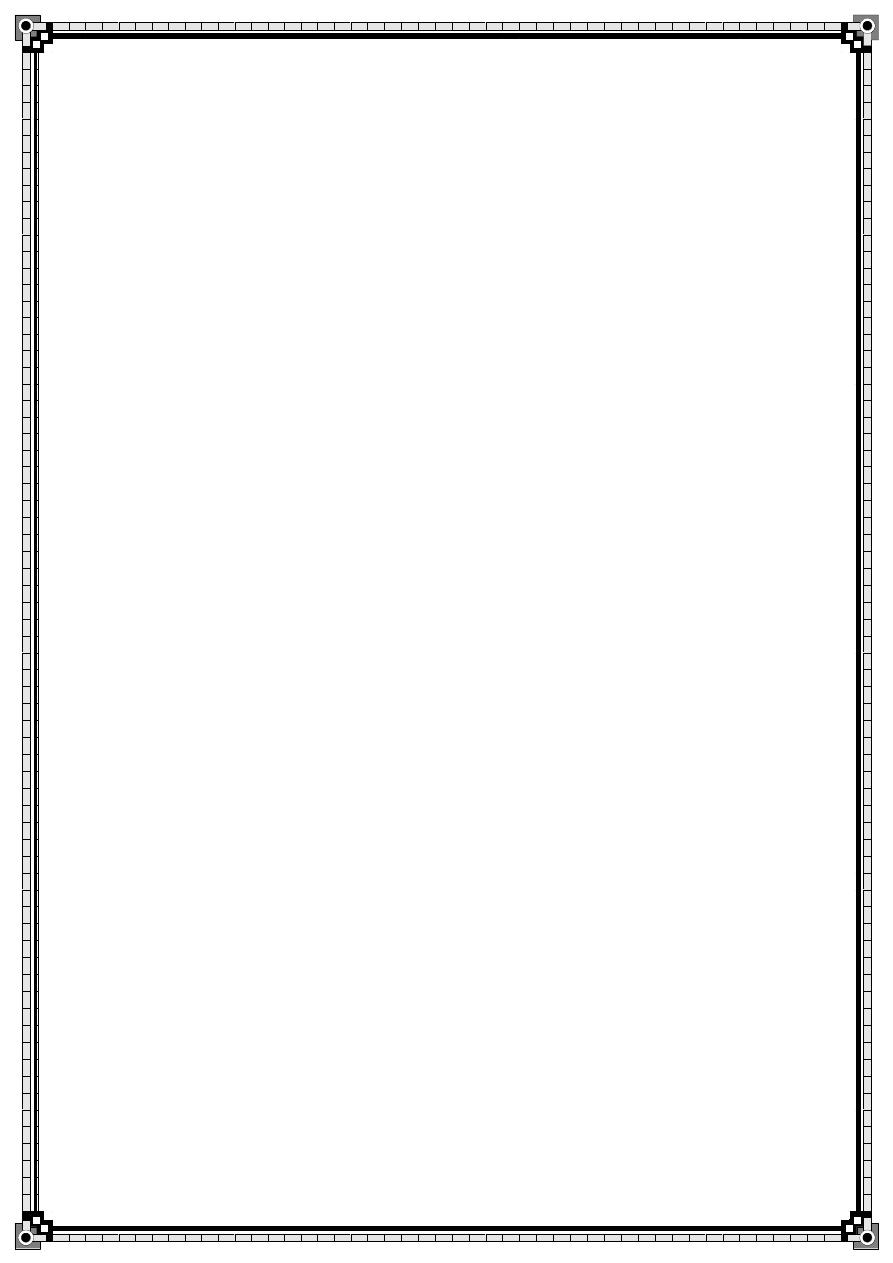
70
23.Head injury
Summary box 23.1
Causes of secondary brain injury
■ Hypoxia:PO2 <8kPa
■ Hypotension:systolic blood pressure (SBP) <90mmHg
■ Raised intracranial pressure (ICP):ICP >20mmHg
■ Low cerebral perfusion pressure (CPP):CPP <65mmHg
■ Pyrexia
■ Seizures
■ Metabolic disturbance
Summary box 23.2
Taking a history in head injury
■ Mechanism of injury
■ Loss of consciousness or amnesia
■ Level of consciousness at scene and on transfer
■ Evidence of seizures
■ Probable hypoxia or hypotension
■ Pre-existing medical conditions
■ Medications (especially anticoagulants)
■ Illicit drugs and alcohol
Summary box 23.3
Examination in head injury
■ Glasgow Coma Score
■ Pupil size and response
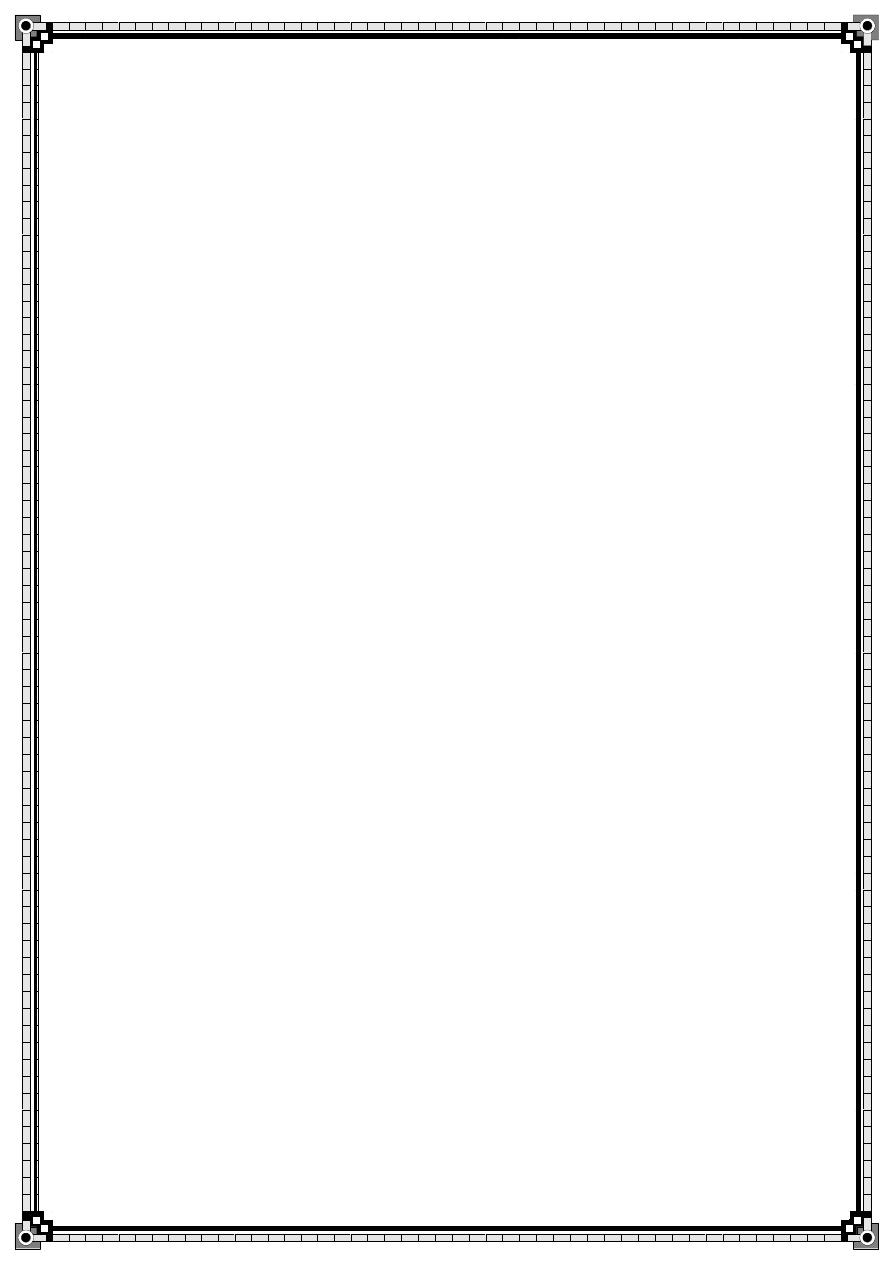
71
■ Lateralising signs
■ Signs of base of skull fracture
Bilateral periorbital oedaema (raccoon eyes)
Battle’s sign (bruising over mastoid)
Cerebrospinal fluid rhinorrhoea or otorrhoea
Haemotympanum or bleeding from ear
■ Full neurological examination:tone,power,sensation, reflexes
Summary box 23.4
NICE guidelines for computerised tomography (CT) in head injury
■ Glasgow Coma Score (GCS) <13 at any point
■ GCS 13 or 14 at 2 hours
■ Focal neurological deficit
■ Suspected open,depressed or basal skull fracture
■ Seizure
■ Vomiting > one episode
Urgent CT head scan if none of the above but:
■ Age >65
■ Coagulopathy (e.g.on warfarin)
■ Dangerous mechanism of injury (CT within 8 hours)
■ Antegrade amnesia >30 min (CT within 8 hours)
Summary box 23.5
Surgical management of raised intracranial pressure
■ Early evacuation of focal haematomas:EDH,ASDH
■ Cerebrospinal fluid drainage via ventriculostomy
■ Delayed evacuation of swelling contusions
■ Decompressive craniectomy

72
Summary box 23.6
Medical management of raised intracranial pressure
■ Position head up 30º
■ Avoid obstruction of venous drainage from head
■ Sedation +/– muscle relaxant
■ Normocapnia 4.5–5.0kPa
■ Diuretics:furosemide,mannitol
■ Seizure control
■ Normothermia
■ Sodium balance
■ Barbiturates
Table 23.2 Glasgow Outcome Score (GOS)
Good recovery 5
Moderate disability 4
Severe disability 3
Persistent vegetative state 2
Dead 1

73
24.Neck and spine
Summary box 24.2
Spinal column anatomy
■ Upper cervical spine stability is dependent on ligamentous restraints
■ Major energy transfer is required to significantly disrupt the thoracic spine
■ The cervicothoracic and thoracolumbar junction are transitional zones and are therefore
prone to injury
■ The need for surgical fixation of a spine fracture depends
upon the stability of the fracture type
Summary box 24.5
Physical examination
■ Shock after spinal injury can be hypovolaemic,Neurogenic or spinal
■ The ASIA scoring system should be used to evaluate patients with spinal cord injury
■ Prognoses of spinal injury depends on the type of injury
Summary box 24.6
Diagnostic imaging of spinal injuries
■ Clear visualisation of the cervicothoracic junction is essential
■ Plain cervical spine radiographs fail to identity 15% of injuries
■ The prevertebral soft tissue shadow should be evaluated carefully
Summary box 24.7
Management of spinal trauma
■ The management of spinal trauma depends on the presence or absence of neurological
deficit
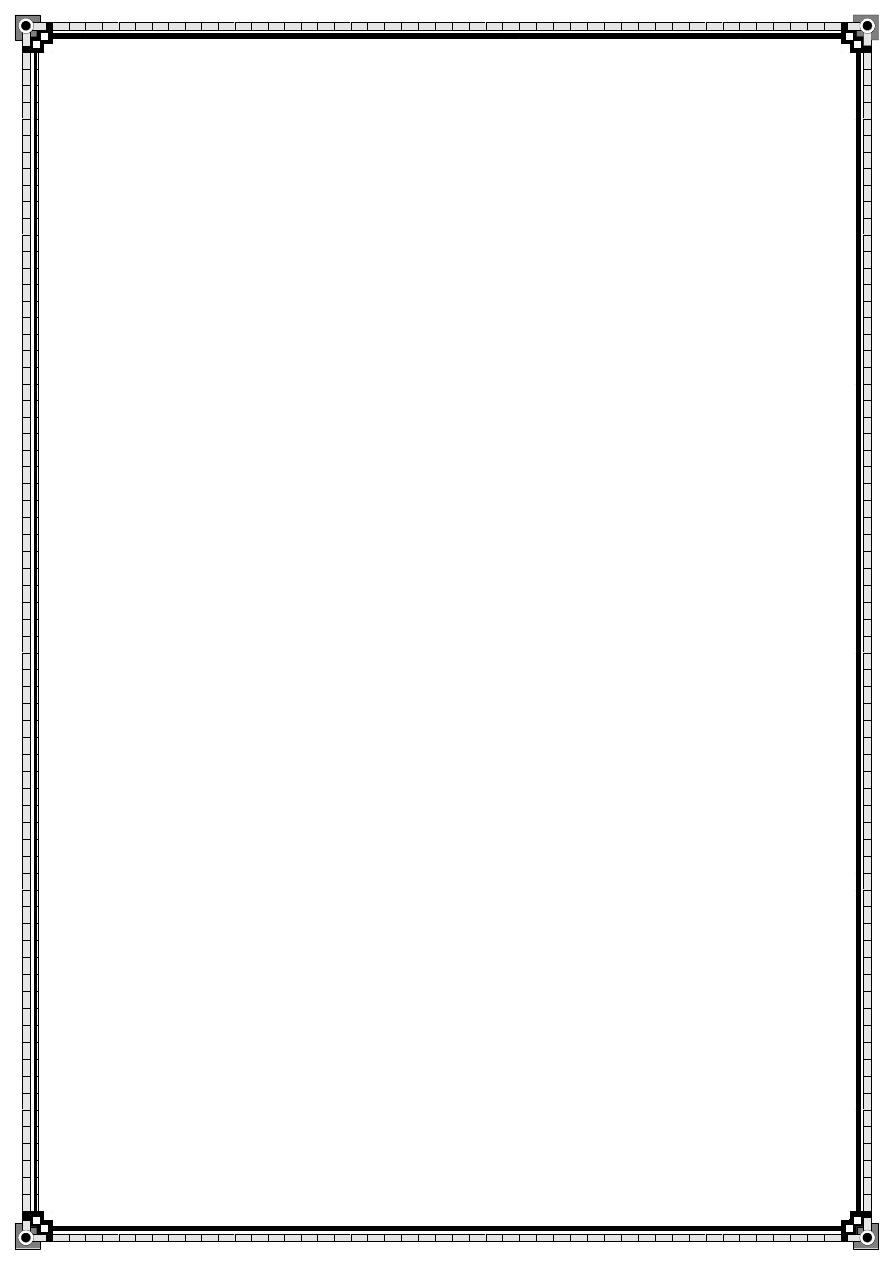
74
■ Deteriorating neurological status is an absolute indication for surgical intervention
■ Many spinal cord injury units no longer advocate the use of high-dose corticosteroids
Summary box 24.8
Cervical spine injuries
■ The majority of upper cervical spinal injuries are treated non-operatively
■ Spinal cord injury is more commonly associated with subaxial cervical spinal injuries
■ In cases of facet dislocation a pre-traction MRI should be Considered
Summary box 24.9
Thoracic and thoracolumbar fractures
■ Unstable thoracic spine fractures are commonly associated with vascular and/or visceral
injuries
■ Thoracolumbar flexion–distraction injuries may result in duodenal,pancreatic and/or aortic
rupture
26.Chest and abdomen
Summary box 26.1
Trauma to the abdomen
■ The proportion of patients surviving severe torso injury until arrival at hospital is increasing
■ 40% of all trauma deaths are a result of torso injury
■ Rapid assessment and resuscitation will improve survival rates
Summary box 26.2
Junctional zones
■ Neck
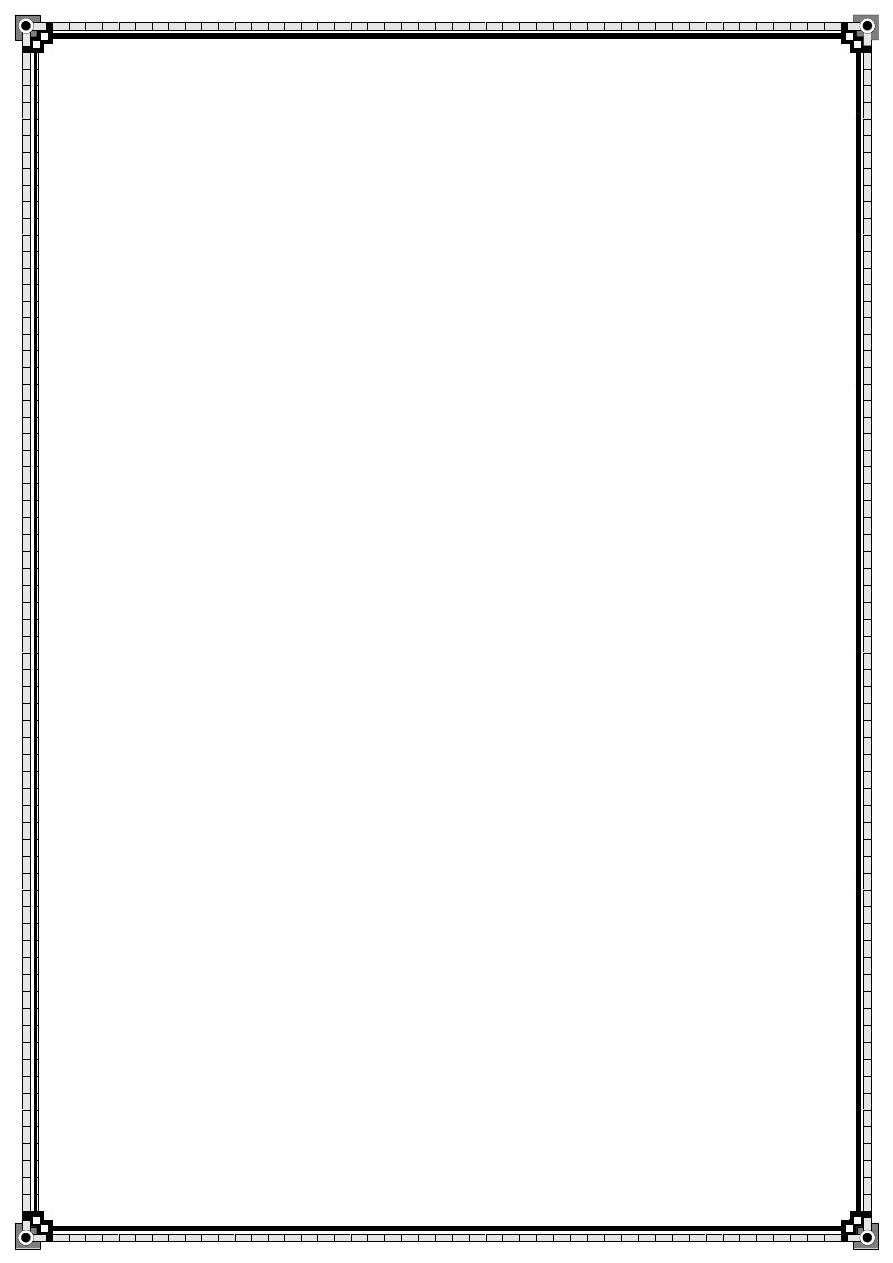
75
■ Mediastinum
■ Diaphragm
■ Groin
■ Retroperitoneum
Injuries in these large zones pose diagnostic and treatment Problems
Summary box 26.4
Closed management of chest injuries
■ About 80% of chest injuries can be managed closed
■ If there is an open wound insert a chest drain
■ Do not close a sucking chest wound until a drain is in place
■ If bleeding persists,the chest will need to be opened
Summary box 26.3
Investigation of chest injuries
■ Directly or indirectly involved in 50% of trauma deaths in the USA
■ 80% can be managed non-operatively
■ A chest radiograph is the investigation of first choice
■ A spiral CT scan provides rapid diagnoses in the chest and abdomen
■ A chest drain can be diagnostic as well as therapeutic
Summary box 26.6
Liver trauma
■ Blunt trauma occurs as the result of direct compression
■ Penetrating trauma of the upper abdomen or lower thorax can damage the liver
■ CT scanning is the investigation of choice

76
■ Surgical management consists of push,Pringle,plug and pack
■ The hepatic artery can be tied off but not the portal vein (stent)
■ Closed suction should always be used
Summary box 26.7
Injuries to structures in the abdomen
■ In children splenic injury can be managed non-operatively
■ Duodenal injuries are associated with pancreatic damage
■ Small bowel injuries need urgent repair
■ Large bowel injuries can be resected and stapled off in damage limitation surgery
■ Rectal injuries may be best managed initially with a defunctioning colostomy
■ Kidney and urinary tract damage is best diagnosed with enhanced CT scanning
■ Intra-abdominal bladder tears need formal repair and Drainage
Table 26.8 Indications for damage control surgery
Anatomical
Inability to achieve haemostasis
Complex abdominal injury, e.g. liver and pancreas
Combined vascular, solid and hollow organ injury, e.g. aortic or caval injury
Inaccessible major venous injury, e.g. retrohepatic vena cava
Demand for non-operative control of other injuries, e.g. fractured pelvis
Anticipated need for a time-consuming procedure
Physiological (decline of physiological reserve)
Temperature <34ºC
pH <7.2
Serum lactate >5mmoll–1
[N (Normal) <2.5mmoll–1]
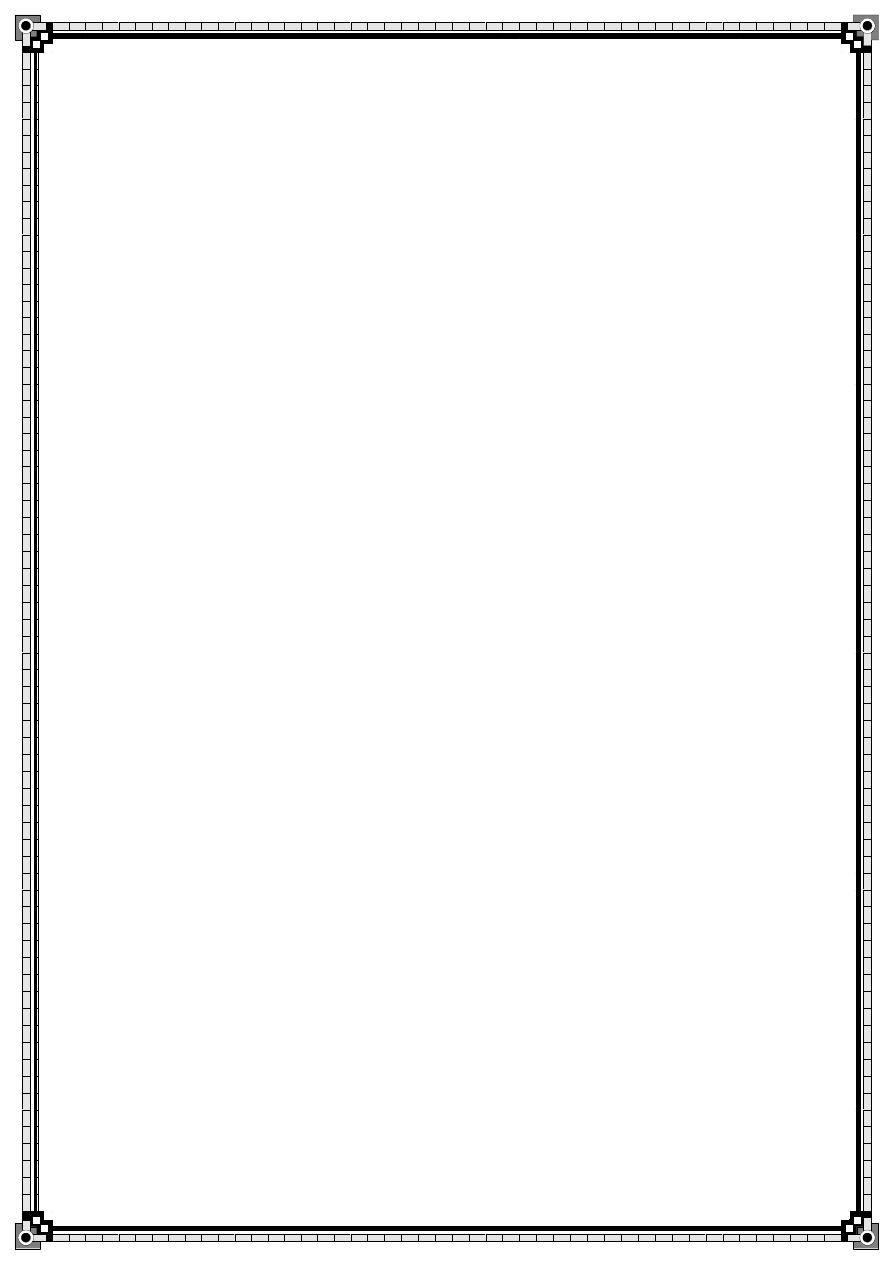
77
Prothrombin time (PT) >16s
Partial thromboplastin time (PTT) >60s
>10 units blood transfused
Systolic blood pressure <90mmHg for >60 min
Environmental
Operating time >60 min
Inability to approximate the abdominal incision
Desire to reassess the intra-abdominal contents (directed relook)
Summary box 26.8
Damage control
■ Resuscitation is carried out in the operating room using biologically active fluids
■ Surgery is the minimum needed to stabilise the patient
■ The aim of surgery is control of haemorrhage and limitation of contamination
■ Secondary surgery is aimed at definitive repair
Table 27.1 Extremity injuries not to miss
Posterior dislocation of the shoulder
Lateral condylar mass fracture of the distal humerus
Peri-lunate dislocation
Scaphoid fracture
Tarsometatarsal fracture dislocation
Compartment syndrome
Vascular injury with knee dislocation
Talar neck fracture
Slipped upper femoral epiphysis
Achilles tendon rupture
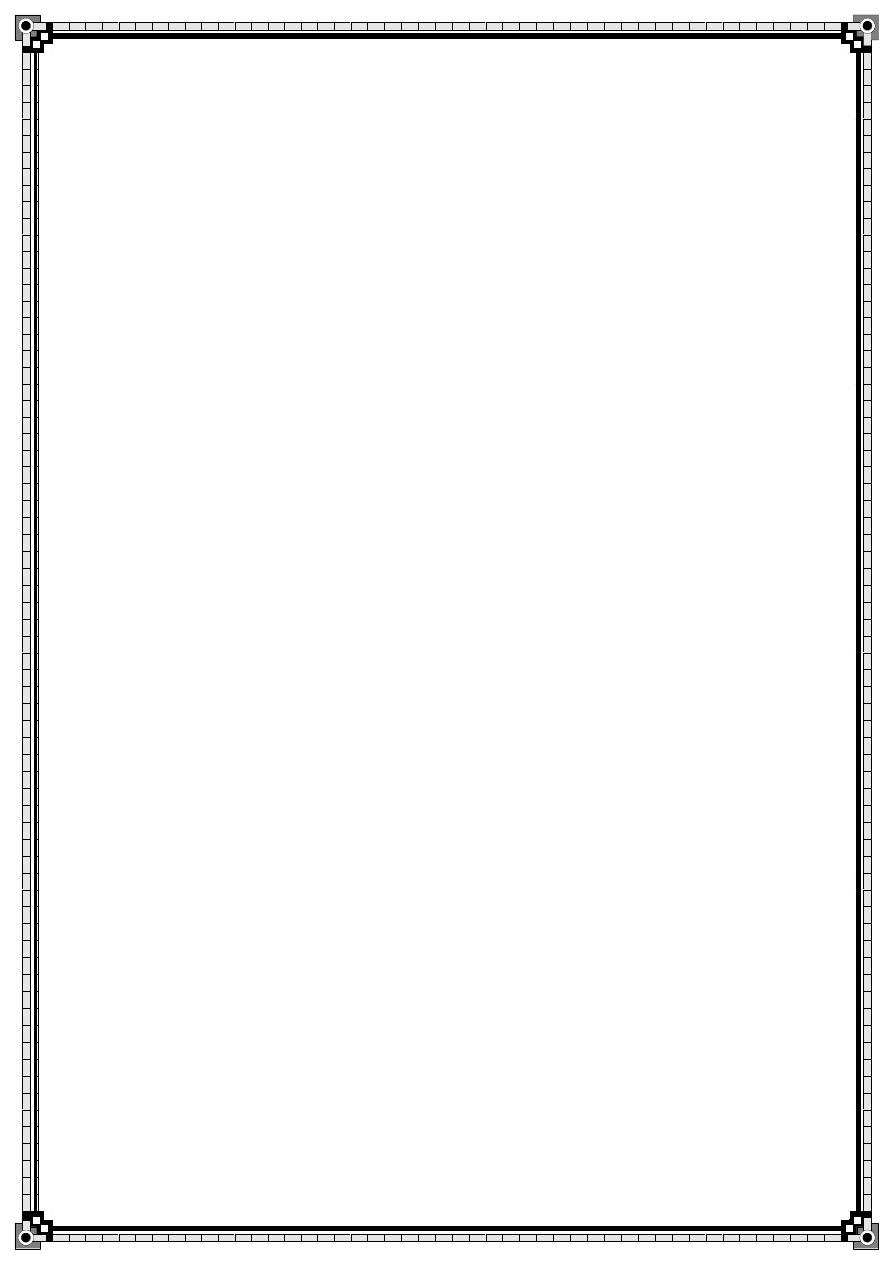
78
28.Burns
Summary box 28.1
Prevention of burns
A significant proportion of burns can be prevented by:
■ Implementing good health and safety regulations
■ Educating the public
■ Introducing of effective legislation
Summary box 28.2
Warning signs of burns to the respiratory system
■ Burns around the face and neck
■ A history of being trapped in a burning room
■ Change in voice
■ Stridor
Summary box 28.3
Dangers of smoke, hot gas or steam inhalation
■ Inhaled hot gases can cause supraglottic airway burns and laryngeal oedema
■ Inhaled steam can cause subglottic burns and loss of respiratory epithelium
■ Inhaled smoke particles can cause chemical alveolitis and respiratory failure
■ Inhaled poisons,such as carbon monoxide,can cause metabolic poisoning
■ Full-thickness burns to the chest can cause mechanical blockage to rib movement
Summary box 28.4
The shock reaction after burns
■ Burns produce an inflammatory reaction
■ This leads to vastly increased vascular permeability
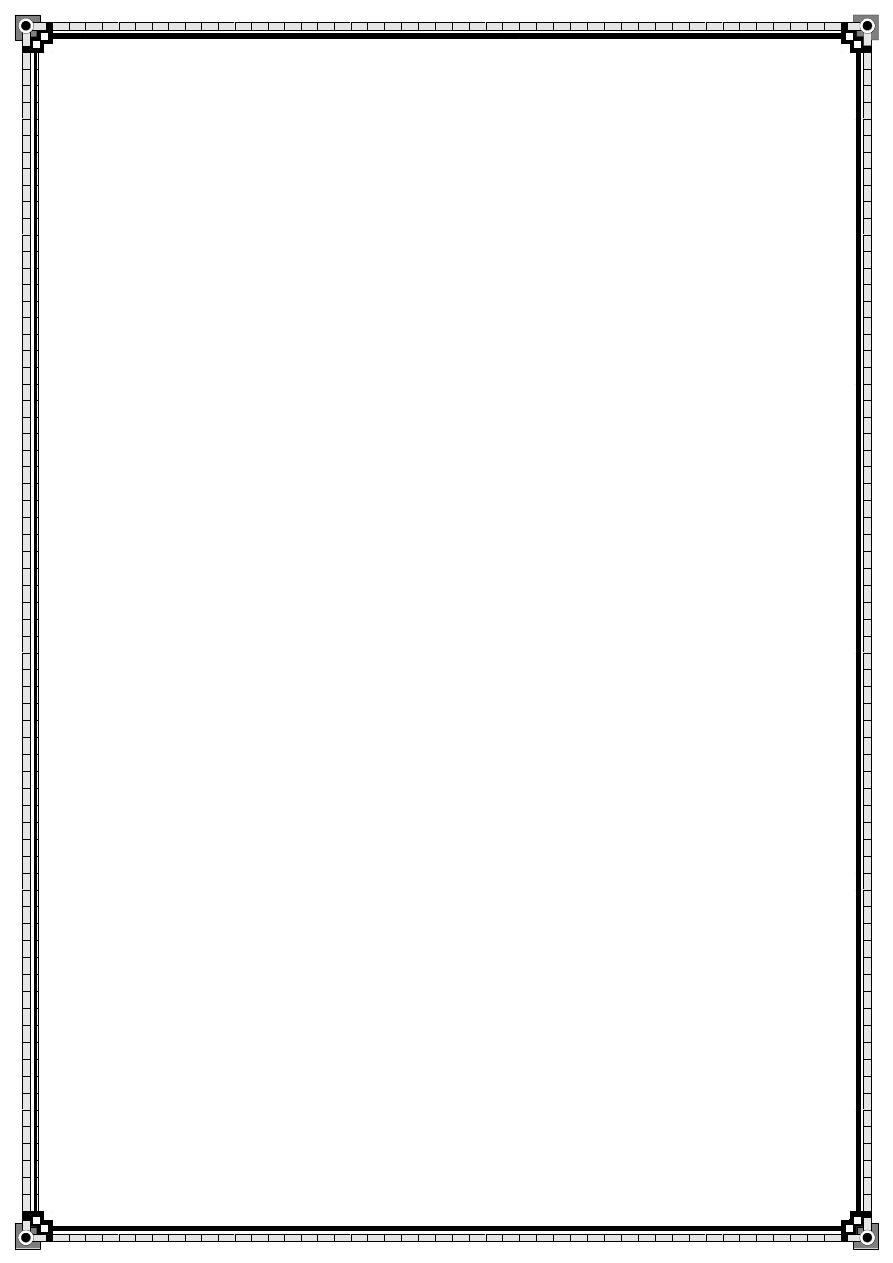
79
■ Water,solutes and proteins move from the intra- to the extravascular space
■ The volume of fluid lost is directly proportional to the area of the burn
■ Above 15% of surface area,the loss of fluid produces shock
Summary box 28.6
Major determinants of the outcome of a burn
■ Percentage surface area involved
■ Depth of burns
■ Presence of an inhalational injury
Summary box 28.7
The criteria for acute admission to a burns unit
■ Suspected airway or inhalational injury
■ Any burn likely to require fluid resuscitation
■ Any burn likely to require surgery
■ Patients with burns of any significance to the hands,face,feet or perineum
■ Patients whose psychiatric or social background makes it inadvisable to send them home
■ Any suspicion of non-accidental injury
■ Any burn in a patient at the extremes of age
■ Any burn with associated potentially serious sequelae
including high-tension electrical burns and concentrated hydrofluoric acid burns
Summary box 28.8
Initial management of the burned airway
■ Early elective intubation is safest
■ Delay can make intubation very difficult because of swelling
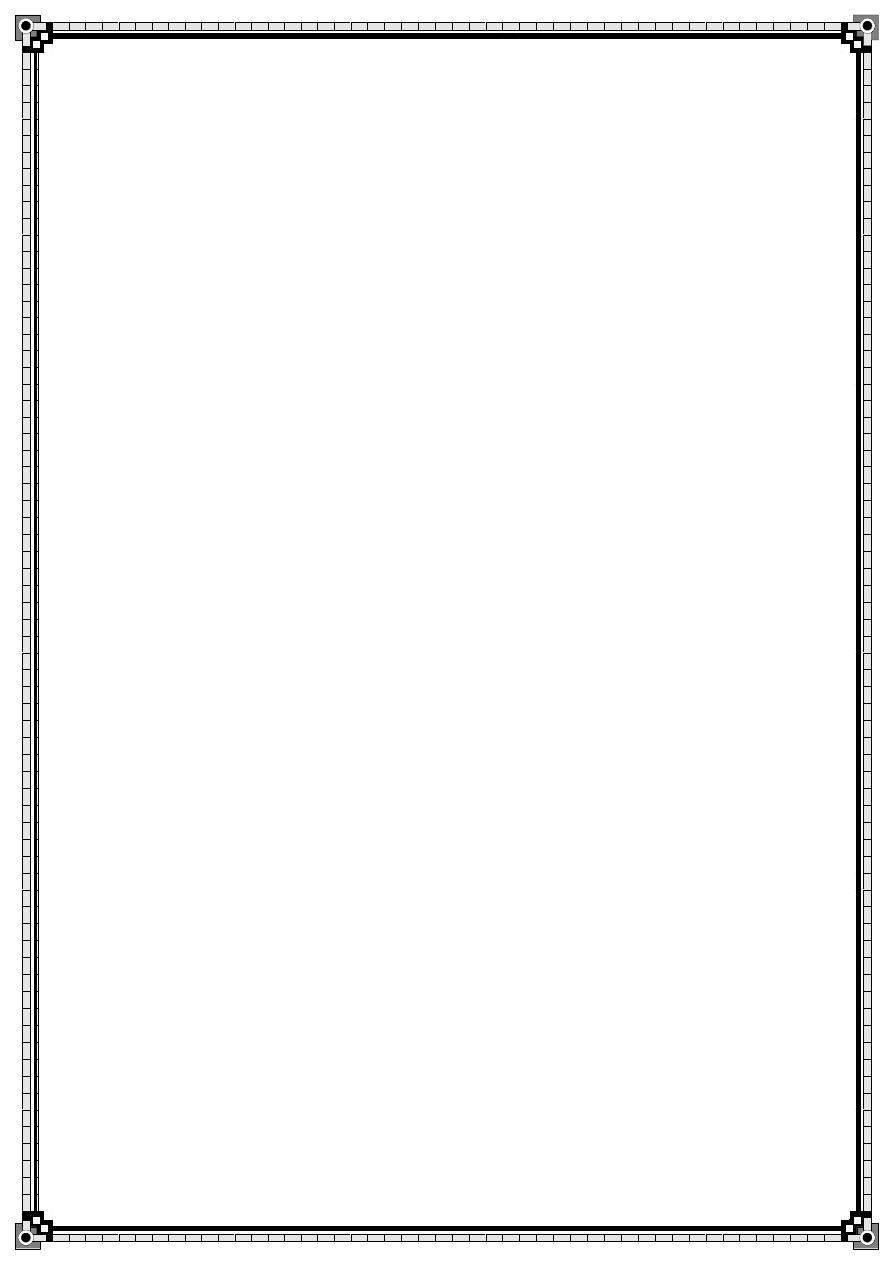
80
■ Be ready to perform an emergency cricothyroidotomy if intubation is delayed
Summary box 28.9
Recognition of the potentially burned airway
■ A history of being trapped in the presence of smoke or hot gases
■ Burns on the palate or nasal mucosa,or loss of all the hairs in the nose
■ Deep burns around the mouth and neck
Summary box 28.10
Assessing the area of a burn
■ The patient’s whole hand is 1% TBSA,and is a useful guide in small burns
■ The Lund and Browder chart is useful in larger burns
■ The rule of nines is adequate for a first approximation only
Summary box 28.11
Assessing the depth of a burn
■ The history is important – temperature,time and burning material
■ Superficial burns have capillary filling
■ Deep partial-thickness burns do not blanch but have some sensation
■ Full-thickness burns feel leathery and have no sensation
Summary box 28.12
Fluids for resuscitation
■ In children with burns over 10% TBSA and adults with
burns over 15% TBSA,consider the need for intravenous fluid resuscitation
■ If oral fluids are to be used,salt must be added
■ Fluids needed can be calculated from a standard formula

81
■ The key is to monitor urine output
Summary box 28.13
Options for topical treatment of deep burns
■ 1% silver sulphadiazine cream
■ 0.5% silver nitrate solution
■ Mafenide acetate cream
■ Serum nitrate,silver sulphadiazine and cerium nitrate
Summary box 28.14
Principles of dressings for burns
■ Full-thickness and deep dermal burns need antibacterial
dressings to delay colonisation prior to surgery
■ Superficial burns will heal and need simple dressings
■ An optimal healing environment can make a difference to
outcome in borderline depth burns
Summary box 28.15
Nutrition in burns patients
■ Burns patients need extra feeding
■ A nasogastric tube should be used in all patients with burns over 15% of TBSA
■ Removing the burn and achieving healing stops the catabolic drive
Summary box 28.16
Infection control in burns patients
■ Burns patients are immunocompromised
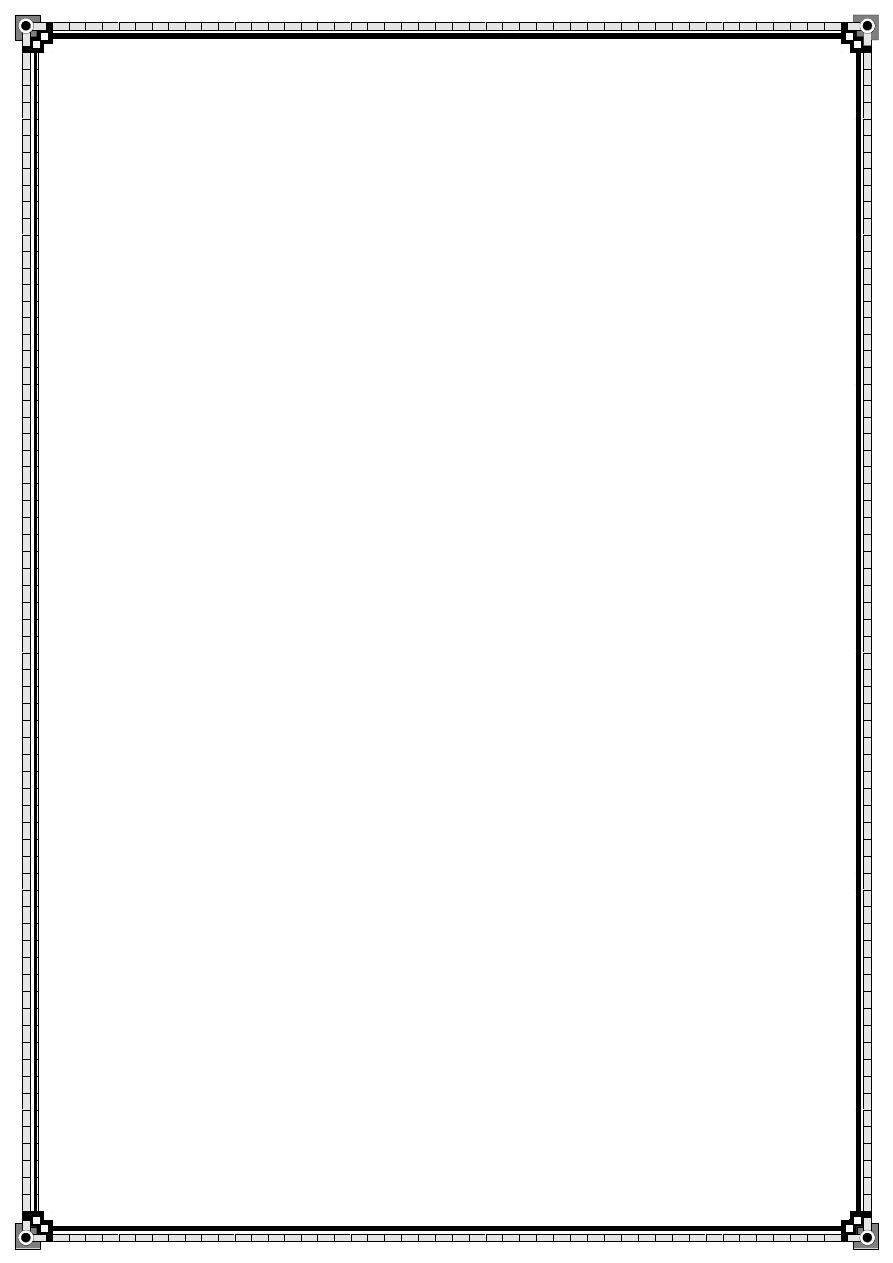
82
■ They are susceptible to infection from many routes
■ Sterile precautions must be rigorous
■ Swabs should be taken regularly
■ A rise in white blood cell count,thrombocytosis and
increased catabolism are warnings of infection
Summary box 28.17
Surgical treatment of deep burns
■ Deep dermal burns need tangential shaving and split-skin grafting
■ All but the smallest full-thickness burns need surgery
■ The anaesthetist needs to be ready for significant blood loss
■ Topical adrenaline reduces bleeding
■ All burnt tissue needs to be excised
■ Stable cover,permanent or temporary,should be applied at once to reduce burn load
Summary box 28.18
Delayed reconstruction of burns
■ Eyelids must be treated before exposure keratitis arises
■ Transposition flaps and Z-plasties with or without tissue expansion are useful
■ Full-thickness grafts and free flaps may be needed for large or difficult areas
■ Hypertrophy is treated with pressure garments
■ Pharmacological treatment of itch is important
Summary box 28.19
Electrical burns
■ Low-voltage injuries cause small,localised,deep burns
■ They can cause cardiac arrest through pacing interruption
without significant direct myocardial damage

83
■ High-voltage injuries damage by flash (external burn) and conduction (internal burn)
■ Myocardium may be directly damaged without pacing interruption
■ Limbs may need fasciotomies or amputation
■ Look for and treat acidosis and myoglobinuria
Summary box 28.20
Chemical burns
■ Damage is from corrosion and poisoning
■ Copious lavage with water helps in most cases
■ Then identify the chemical and assess the risks of Absorption
Summary box 28.21
Radiation burns
■ Local burns causing ulceration need excision and
vascularised flap cover – usually with free flaps
■ Systemic overdose needs supportive treatment
Summary box 28.22
Cold injuries
■ The damage is more difficult to define and slower to develop than burns
■ Acute frostbite needs rapid rewarming,then observation
■ Delay surgery until demarcation is clear

84
PART 8: Breast and endocrine
48.The thyroid and parathyroid glands
Summary box 48.1
Embryology and anatomy
■ Know the embryology of the thyroid and parathyroid glands
■ Know the surgical and radiological anatomy of the thyroid
Summary box 48.2
Thyroid investigations
Essential
■ Serum:TSH (T3and T4 if abnormal);thyroid autoantibodies
■ FNAC of palpable discrete swellings;ultrasound guidance may reduce the ‘Thy1’rate
Optional
■ Corrected serum calcium
■ Serum calcitonin (carcinoembryonic antigen may be used
as an alternative screening test for medullary cancer)
■ Imaging:chest radiograph and thoracic inlet if tracheal
deviation/retrosternal goitre;ultrasound,CT and MRI scan for known cancer,some reoperations
and some retrosternal goitres;isotope scan if discrete swelling and toxicity coexist
Summary box 48.3
Thyroid swellings
■ Know how to describe thyroid swellings
■ Use appropriate investigations

85
■ Know the indications for surgery
■ Select the appropriate procedure
■ Describe and manage postoperative complications
Table 48.4 Classification of thyroid swellings
Simple goitre (euthyroid)
Diffuse hyperplastic
Physiological
Pubertal
Pregnancy
Multinodular goitre
Toxic
Diffuse
Graves’ disease
Multinodular
Toxic adenoma
Neoplastic
Benign
Malignant
Inflammatory
Autoimmune
Chronic lymphocytic thyroiditis
Hashimoto’s disease
Granulomatous
De Quervain’s thyroiditis
Fibrosing

86
Riedel’s thyroiditis
Infective
Acute (bacterial thyroiditis, viral thyroiditis, ‘subacute thyroiditis’)
Chronic (tuberculous, syphilitic)
Other
Amyloid
Summary box 48.4
Thyroid operations
All thyroid operations can be assembled from three basic
elements:
■ Total lobectomy
■ Isthmusectomy
■ Subtotal lobectomy
Total thyroidectomy=2 × total lobectomy+ isthmusectomy
Subtotal thyroidectomy=2 × subtotal lobectomy+ isthmusectomy
Near-total thryroidectomy= total lobectomy+
isthmusectomy+subtotal lobectomy
Lobectomy=total lobectomy+isthmusectomy
Table 48.5 Indications for operation in thyroid swellings
Neoplasia
FNAC positive
Clinical suspicion, including:
Age
Male sex
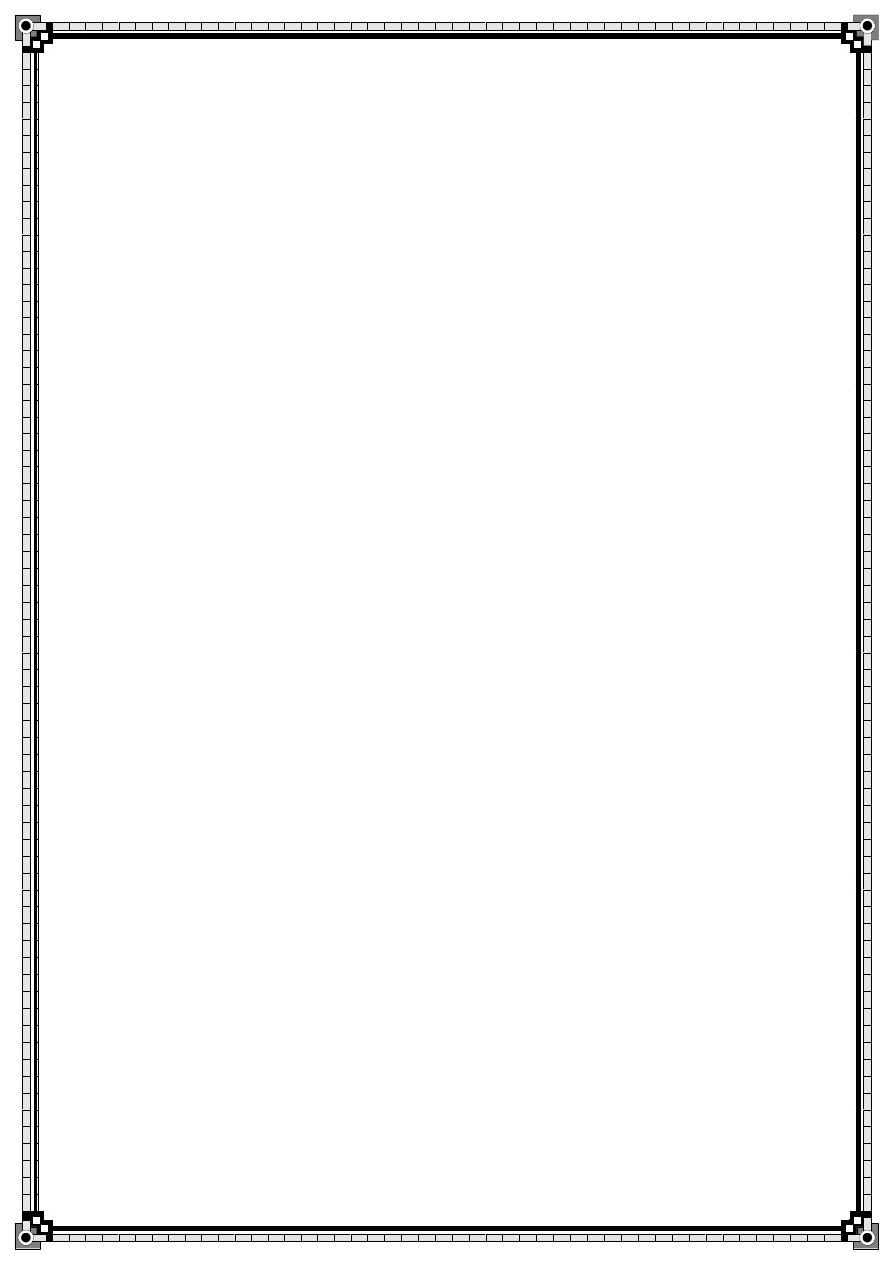
87
Hard texture
Fixity
Recurrent laryngeal nerve palsy
Lymphadenopathy
Recurrent cyst
Toxic adenoma
Pressure symptoms
Cosmesis
Patient’s wishes
Cardiac rhythm
arrhythmias are:
1 multiple extrasystoles;
2 paroxysmal atrial tachycardia;
3 paroxysmal atrial fibrillation;
4 persistent atrial fibrillation, not responsive to digoxin.
Summary box 48.5
Hyperthyroidism
■ Describe the causes
■ Discuss the pros and cons of the three major treatment options
■ Know how to prepare a patient for operation
■ Describe appropriate surgical procedures
■ Know about early and late postoperative management
Table 48.7 Classification of thyroid neoplasms
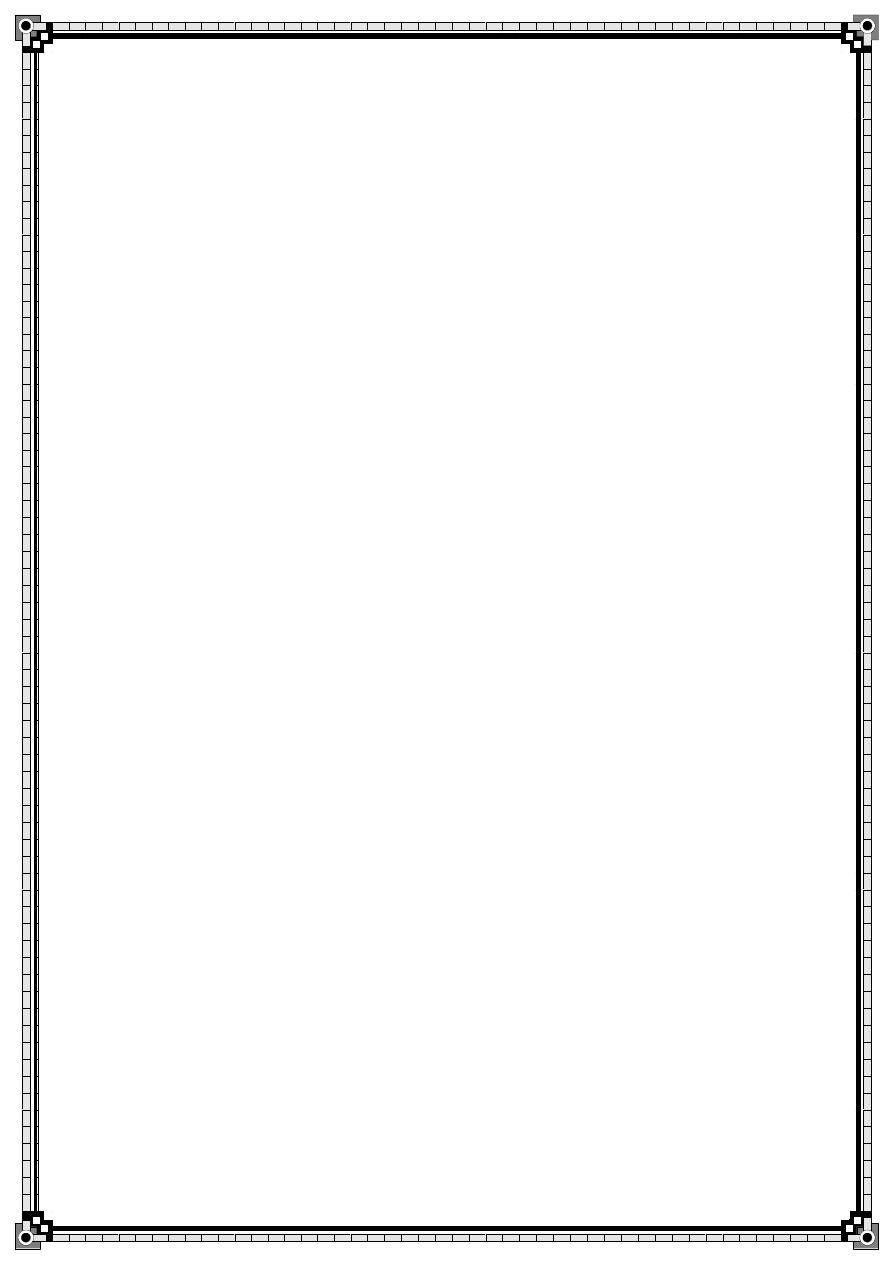
88
Benign
Follicular adenoma
Malignant
Primary
Follicular epithelium – differentiated
Follicular
Papillary
Follicular epithelium – undifferentiated
Anaplastic
Parafollicular cells
Medullary
Lymphoid cells
Lymphoma
Secondary
Metastatic
Local infiltration
Summary box 48.6
Thyroid cancer
■ Know the different pathological types and their behaviour
■ Use appropriate investigations
■ Be aware of the controversies in treatment
■ Know about risk stratification and the possible effect on treatment
■ Describe total thyroidectomy and node dissection
■ Know how to manage the complications
■ Understand the role of postoperative radioiodine therapy
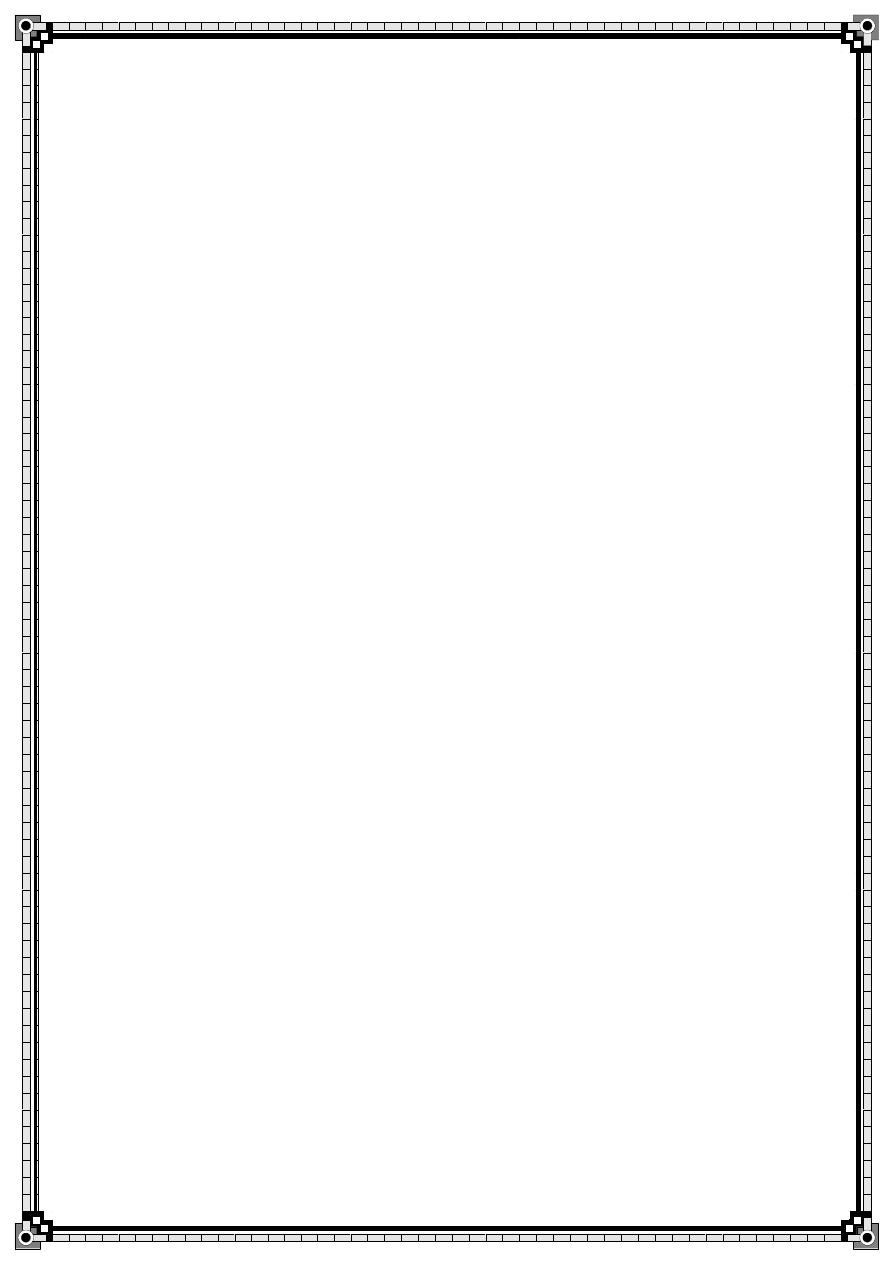
89
Summary box 48.7
Thyroiditis
■ Be aware of the common and uncommon forms of thyroiditis
■ Understand their effects on thyroid function
Summary box 48.8
Management of postoperative hypocalcaemia
■ Check serum calcium within 24 hours of total thyroidectomy or earlier if symptomatic
■ Medical emergency if the level is <1.90mmoll–1:correct
with 10ml of 10% calcium gluconate intravenously;10ml
of 10% magnesium sulphate intravenously may also be required
■ Give 1g of oral calcium three or four times daily
■ Give 1–3μg daily of oral 1-alpha-vitamin D if necessary
50.The breast
Summary box 50.1
Discharges from the nipple (the principal causes are italicised)
Discharge from the surface
■ Paget’s disease
■ Skin diseases (eczema,psoriasis)
■ Rare causes (e.g.chancre)
Discharge from a single duct
Blood-stained:
■ Intraduct papilloma
■ Intraduct carcinoma

90
■ Duct ectasia
Serous (any colour):
■ Fibrocystic disease
■ Duct ectasia
■ Carcinoma
Discharge from more than one duct
Blood-stained:
■ Carcinoma
■ Ectasia
■ Fibrocystic disease
Black or green:
■ Duct ectasia
Purulent:
■ Infection
Serous:
■ Fibrocystic disease
■ Duct ectasia
■ Carcinoma
Milk:
■ Lactation
■ Rare causes (hypothyroidism,pituitary tumour)
Summary box 50.2
Benign breast disorder classification
Congenital disorders
■ Inverted nipple

91
■ Supernumerary breasts/nipples
■ Non-breast disorders
■ Tietze’s disease (costochondritis)
■ Sebaceous cysts and other skin conditions Injury Inflammation/infection
ANDI (aberations of normal differentiation and involution):
■ Cyclical nodularity and mastalgia
■ Cysts
■ Fibroadenoma
Duct ectasia/periductal mastitis
Pregnancy-related:
■ Galactocele
■ Puerperal abscess
Summary box 50.3
Algorithm for management of operable breast cancer
Achieve local control
Appropriate surgery
■ Wide local excision (clear margins) and radiotherapy, or
■ Mastectomy ±radiotherapy (offer reconstruction – immediate or delayed)
■ Combined with axillary procedure (see text)
■ Await pathology and receptor measurements
■ Use risk assessment tool;stage if appropriate Treat risk of systemic disease
■ Offer chemotherapy if prognostic factors poor;include Herceptin if Her-2 positive
■ Radiotherapy as decided above
■ Hormone therapy if oestrogen receptor or progesterone receptor positive
Summary box 50.4
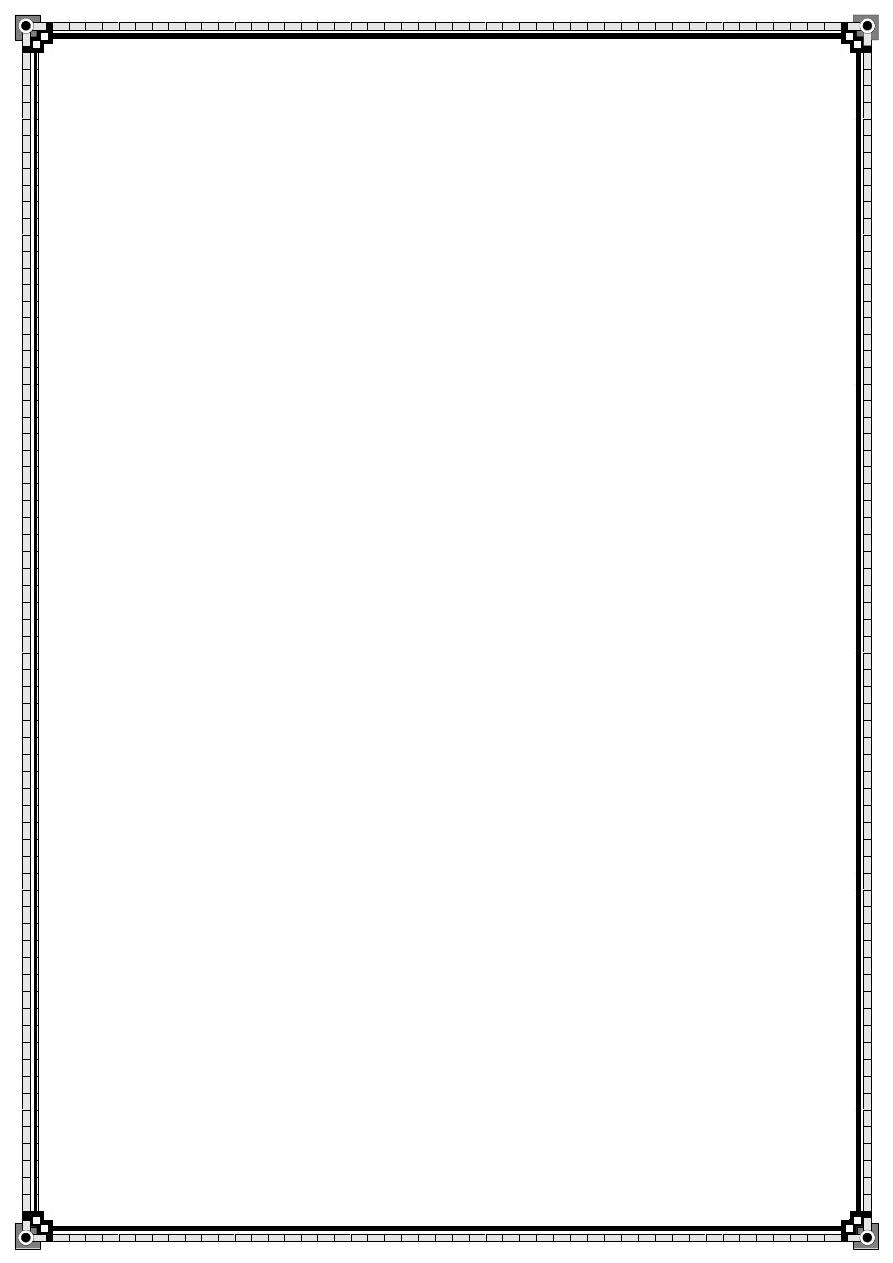
92
Treatment of early breast cancer
The aims of treatment are:
■ ‘Cure’:likely in some patients but late recurrence is possible
■ Control of local disease in the breast and axilla
■ Conservation of local form and function
■ Prevention or delay of the occurrence of distant metastases

93
PART 9: Cardiothoracic
52.The thorax
Summary box 52.1
Pneumothorax
■ Patient comfortable:
–watch
– PO2
monitoring
■ Pneumothorax complete or patient breathless:
–aspirate
■ Aspiration fails or patient hypoxic:
–insert chest drain
■ Patient ill:
–immediate drainage
Summary box 52.2
Suction on a pleural tube
■ Beware! Inserting the drain,and not the suction,is the life- saving manoeuvre
■ If the lung is reluctant to expand,the suction deviates the mediastinum
■ If the lung is fragile,it may worsen an air leak
Summary box 52.3
Biopsy of the pleura
■ Cytological examination of the pleural fluid (low yield)
■ Abrams’needle (low yield in malignancy)
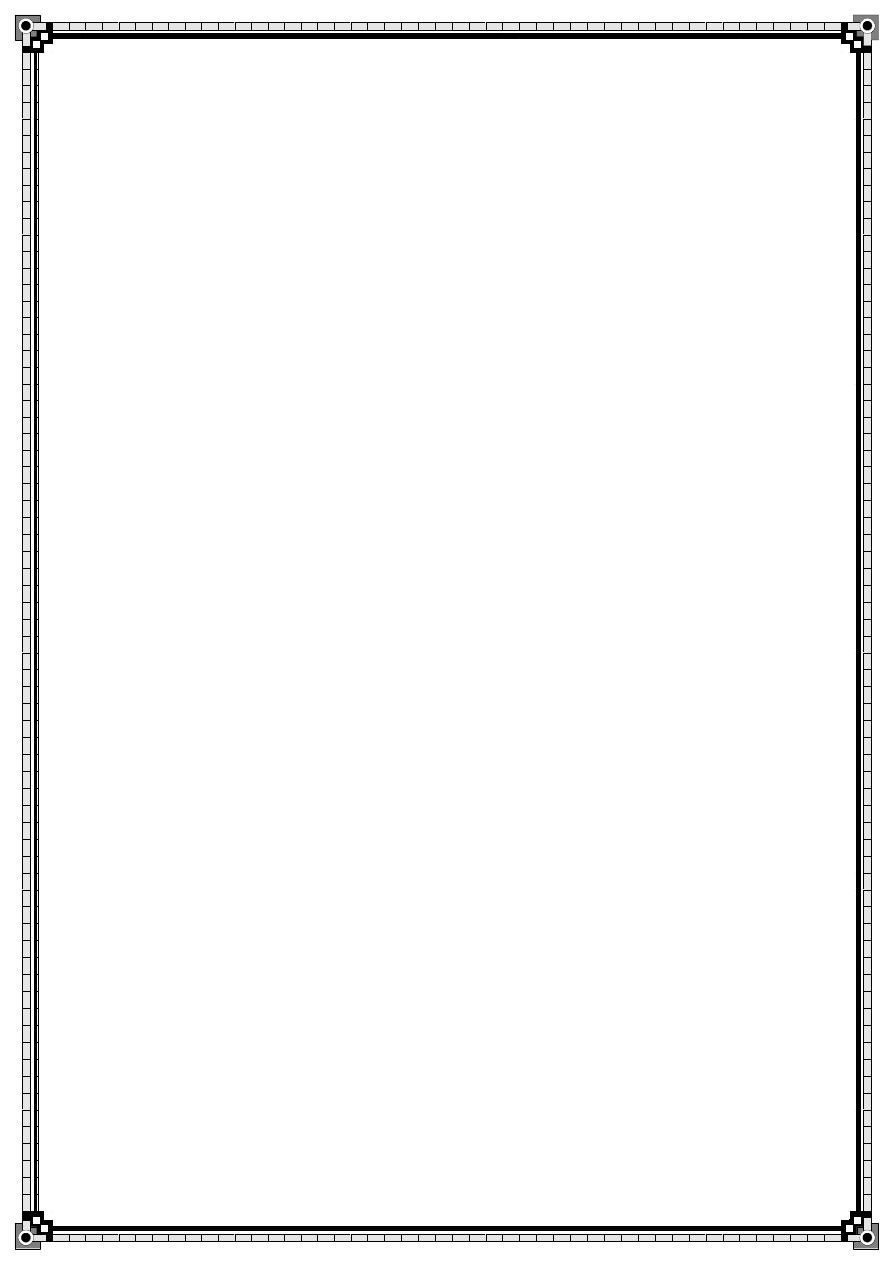
94
■ Computerised tomography (CT)-guided needle biopsy of a suspicious area
■ VATS biopsy
■ Open surgical biopsy
VATS is the preferred technique for mesothelioma but
CT-guided biopsy is increasingly used and is effective.
Table 52.3 Conditions that predispose to empyema formation
Pulmonary infection
Unresolved pneumonia
Bronchiectasis
Tuberculosis
Fungal infections
Lung abscess
Aspiration of pleural effusion Any aetiology
Trauma
Penetrating injury
Surgery
Oesophageal perforation
Extrapulmonary sources Subphrenic abscess
Bone infections Osteomyelitis of ribs or vertebrae
Summary box 52.4
Biopsy hazards
■ Bleeding disorders
■ Systemic anticoagulation
■ Pulmonary hypertension

95
Table 52.5 Causes of airway narrowing
Intraluminal
Inhaled foreign body
Neoplasm
Intramural
Congenital stenosis
Fibrous stricture (post-intubation or tuberculosis)
Extramural
Neoplasm (thyroid cancer, secondary deposits)
Aortic arch aneurysm
Summary box 52.5
Symptoms of lung cancer
■ Haemoptysis <50% of patients
■ Cough,new or changed pattern
■ Pain
■ Dyspnoea
■ Clubbing
■ Hoarseness
■ Myopathies
Summary box 52.6
Tuberculosis: indications for surgery
■ Suspicious lesion on chest radiograph in which neoplasia
cannot be excluded

96
■ Chronic tuberculous abscess,resistant to chemotherapy
■ Aspergilloma within a tuberculous cavity
■ Life-threatening haemoptysis
PART 10: Vascular
53.Arterial disorders
Summary box 53.1
Features of lower limb arterial stenosis or occlusion
■ Intermittent claudication
■ Rest pain
■ Cold,numb,paraesthesia,colour change
■ Ulceration
■ Gangrene
■ Assumes ambient temperature
■ Sensation decreased
■ Movement diminished or lost
■ Arterial pulsation diminished or absent
■ Arterial bruit
■ Slow venous refilling
Summary box 53.2
Indications for amputation
Dead limb
■ Gangrene
Deadly limb
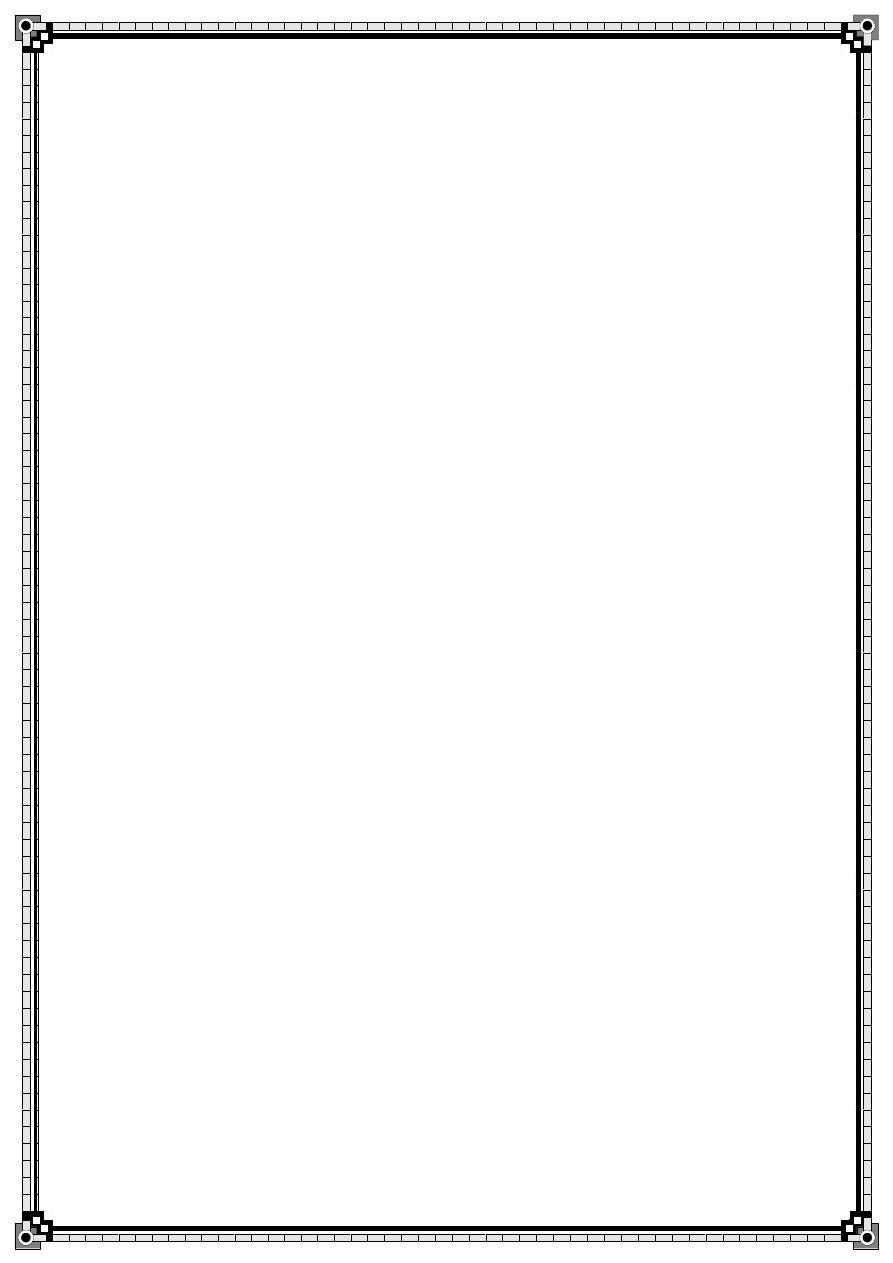
97
■ Wet gangrene
■ Spreading cellulitis
■ Arteriovenous fistula
■ Other (e.g.malignancy)
‘Dead loss’ limb
■ Severe rest pain
■ Paralysis
■ Other (e.g.contracture,trauma)
Summary box 53.3
Classification of aneurysms Wall
■ True (three layers:intima,media,adventitia)
■ False (single layer of fibrous tissue)
Morphology
■ Fusiform
■ Saccular
■ Dissecting
Aetiology
■ Atheromatous
■ Mycotic (bacterial rather than fungal)
■ Collagen disease
■ Traumatic
Summary box 53.4
Management of ruptured abdominal aortic aneurysm
■ Early diagnosis (abdominal/back pain,pulsatile mass, shock)

98
■ Immediate resuscitation (oxygen,intravenous replacement therapy,central line)
■ Maintain systolic pressure,but not >100mmHg
■ Urinary catheter
■ Cross-match six units of blood
■ Rapid transfer to the operating room
Summary box 53.5
Abdominal aortic aneurysm: indications for operation
Asymptomatic
■ Aneurysm >55mm in anteroposterior diameter
■ Patient fit for surgery (expected mortality rate <5%)
■ Indications for endoluminal operation are the same as for open operation
Symptomatic
■ Aneurysm of any size that is painful or tender
■ Aneurysm of any size that is causing distal embolisation
■ Indications are wider than for an asymptomatic lesion (expected mortality rate 5–20%)
Table 54.1 Risk factors for venous thromboembolism
Patient factors Age
Obesity
Varicose veins
Immobility
Pregnancy
Puerperium
High-dose oestrogen therapy
Previous deep vein thrombosis or

99
pulmonary embolism
Thrombophilia
Disease or surgical Trauma or surgery, especially of
procedure pelvis, hip and lower limb
Malignancy, especially pelvic, and
abdominal metastatic
Heart failure
Recent myocardial infarction
Paralysis of lower limb(s)
Infection
Inflammatory bowel disease
Nephrotic syndrome
Polycythaemia
Paraproteinaemia
Paroxysmal nocturnal
haemoglobinuria antibody or lupus
anticoagulant
Behçet’s disease
Homocystinaemia

100
PART 11: Abdominal
56.History and examination of the
abdomen
Summary box 56.1
The history
■ The single most important factor in obtaining a reliable
diagnosis from the history is its comprehensiveness
■ History is also important in determining fitness for surgery
■ Previous surgery needs careful documentation as it affects the safety of laparoscopic
procedures
■ If a comprehensive suite of investigations is not available,
the history becomes even more important
Summary box 56.2
Format for surgical history-taking
■ Presenting complaint
■ History of presenting complaint
■ Associated features (including systemic review of the
relevant system,e.g.gastrointestinal,urological,etc.)
■ Past medical and surgical history
■ Systems review
■ Drug/allergy history
■ Family history
■ Social history

101
Summary box 56.3
Medical causes of abdominal pain
■ Diabetic ketoacidosis
■ Porphyria
■ Pain arising from the heart or lungs
Table 56.1 Embryological division of the gastrointestinal tract
Viscera
Foregut Oesophagus
Stomach
Duodenum – first and second parts
Pancreas
Liver
Gall bladder
MidgutDuodenum – third and fourth parts
Jejunum
Ileum
Right colon
Transverse colon
Appendix
HindgutLeft colon
Sigmoid colon
Rectum
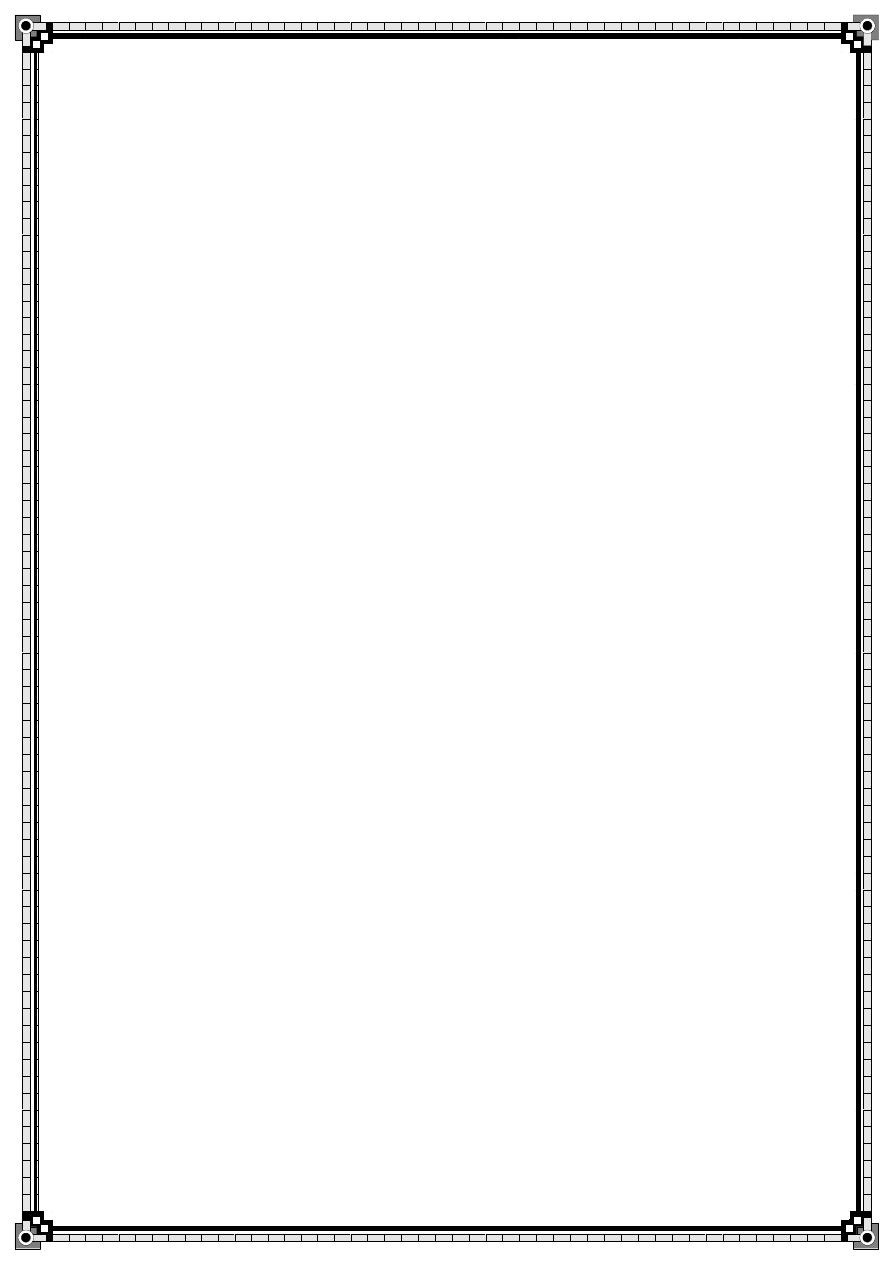
102
Summary box 56.4
Origins and presentation of abdominal pain Source Presentation
Parietal peritoneumWell localised but can radiate
forwards and backwards along the dermatome
Visceral peritoneumPoorly localised;associated with sweating and nausea
Retroperitoneal structuresPain in the back
Summary box 56.5
Sources of pain that evolve over hours or days
■ AcuteAppendicitis
Cholecystitis
Salpingitis
Mesenteric adenitis
■ Infarction
■ Free blood in the peritoneum
Summary box 56.6
Causes of sudden onset abdominal pain
■ PerforationAppendix
Stomach
Duodenum
Colon
Summary box 56.7
Aggravating features of pain
Aggravating feature Interpretation
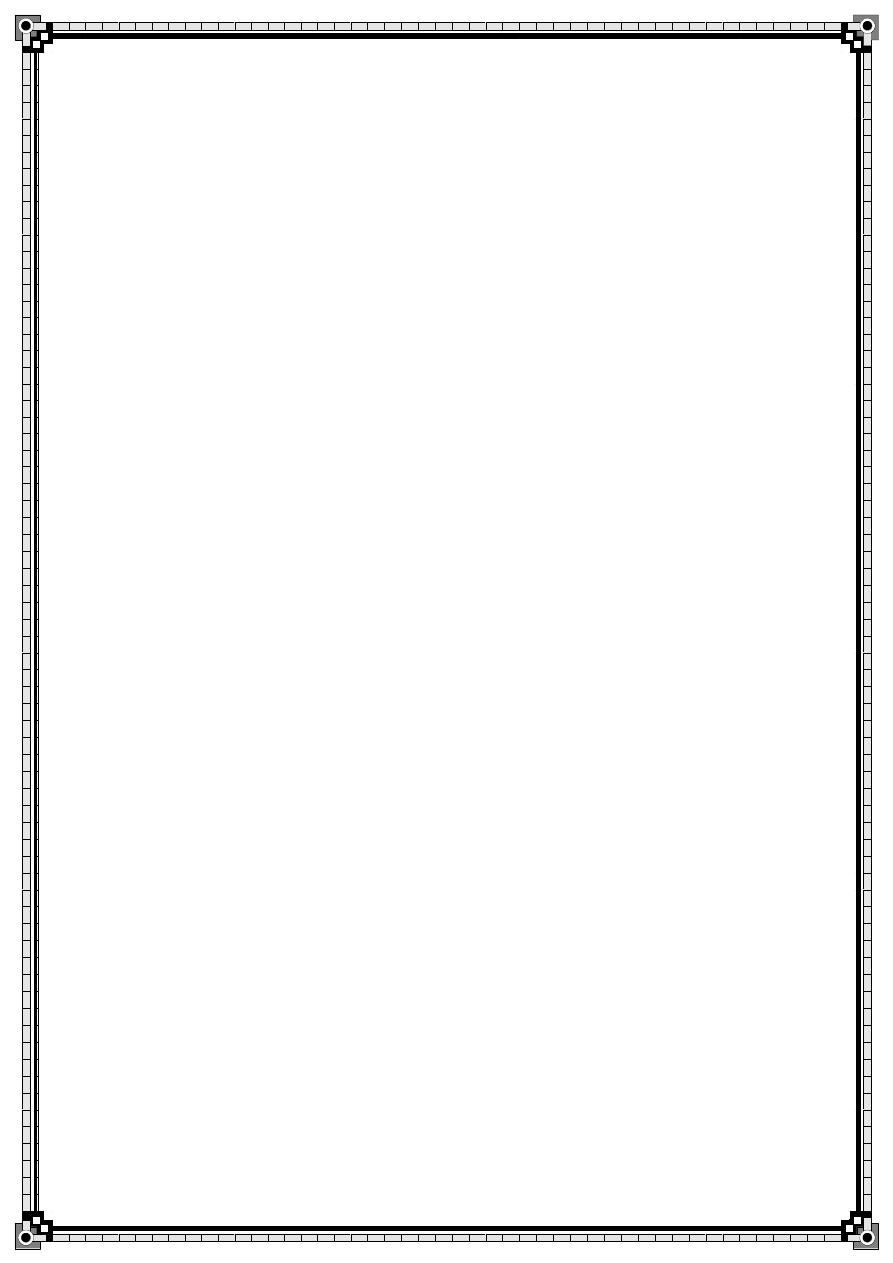
103
Moving or coughing Peritoneal inflammation
Patient rolls around with painColic (suggests obstruction of viscus)
Summary box 56.8
Abdominal examination (inspection)
■ Analgesia should not be withheld
■ Observe the abdomen before palpation
■ Make a careful check for scars
Summary box 56.9
Abdominal examination (palpation)
■ Check for pain first with superficial palpation
■ Masses can be localised by checking for mobility (while patient lifts legs)
■ Rebound tenderness suggests peritoneal inflammation
■ Board-like rigidity suggests generalised peritonitis
Summary box 56.10
Ascites
■ Produces distension and dullness to percussion in the flanks
■ The dullness ‘shifts’as the patient is rolled onto their side
Summary box 56.11
Pelvic examination
■ Palpation for tenderness
■ Rectal examination for tenderness and blood
■ Proctoscopy for haemorrhoids,fissure and anal tumour
■ Sigmoidoscopy for rectal tumours,inflammation and ulceration

104
Summary box 56.12
Source of change in bowel sounds
■ Gurgling and high pitched = Obstruction
■ Absent = Peritonitis or ileus
■ Bruits = Vascular
57.Hernias, umbilicus and abdominal wall
Summary box 57.1
Causes of hernias
■ Coughing
■ Straining
■ Obesity
■ Intra-abdominal malignancy
Summary box 57.2
Types of hernia
■ Reducible – contents can be returned to abdomen
■ Irreducible – contents cannot be returned but there are other complications
■ Obstructed – bowel in the hernia has good blood supp but bowel is obstructed
■ Strangulated – blood supply of bowel is obstructed
■ Inflamed – contents of sac have become inflamed
Summary box 57.3
Natural history of hernias
■ Irreducible hernias – there is a risk of strangulation at any time
■ Obstructed hernias – usually go on to strangulation

105
■ Strangulated hernias – gangrene can occur within 6 hours
Summary box 57.4
Strangulated hernias
■ Present with local then general abdominal pain and vomiting
■ A normal hernia can strangulate at any time
■ Most common in hernias with narrow necks such as femoral hernias
■ Require urgent surgery
Summary box 57.5
Natural history of inguinal hernias
■ Inguinal hernias in babies are the result of a persistent processus vaginalis
■ Indirect inguinal hernia is the most common hernia of all, especially in the young
■ Direct inguinal hernia becomes more common in the Elderly
Summary box 57.6
Treatment of hernias
■ Surgery is the treatment of choice
■ Surgery is either open or laparoscopic
■ Any hernia can strangulate
Summary box 57.7
Direct inguinal hernias
■ All are acquired
■ They are most common in older men
■ They rarely strangulate

106
Summary box 57.8
Preoperative treatment of strangulated inguinal hernias
■ Resuscitate with adequate fluids
■ Empty stomach with nasogastric tube
■ Give antibiotics to contain infection
■ Catheterise to monitor haemodynamic state
Summary box 57.9
Non-operative treatment of hernias
■ Only indicated in children
■ Forcible reduction must never be attempted
Summary box 57.10
Recurrence of hernias
■ The recurrence rate after surgery should be less than 2%
■ Some recurrences will be new hernias
Summary box 57.11
Femoral hernias
■ More common in women
■ Cannot be controlled with a truss
■ Have a high incidence of strangulation
■ Should be operated on as soon as possible
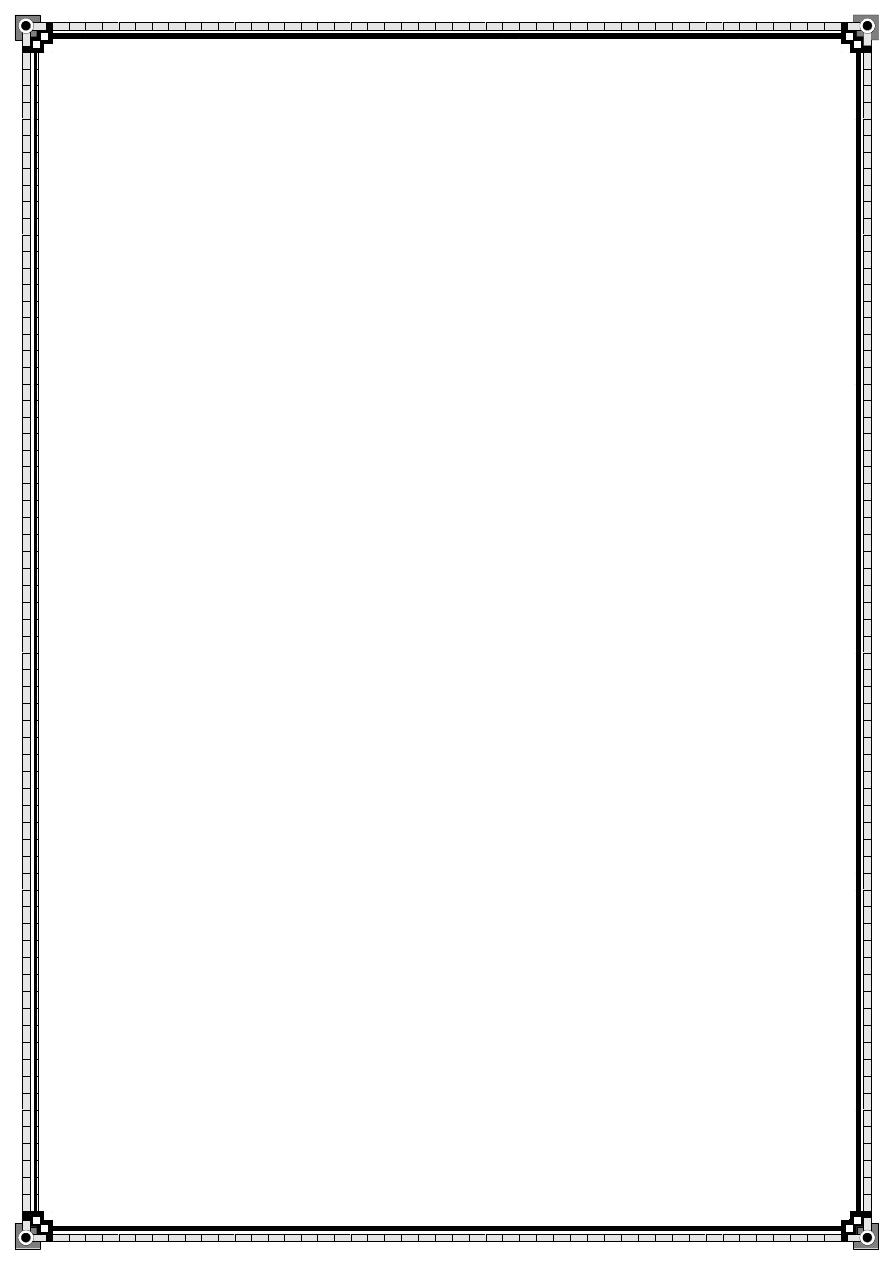
107
Summary box 57.12
Exomphalmos
■ Small defects may result in the sac being tied off with cord
■ Large defects need a staged approach
Summary box 57.13
Umbilical hernias in infants and children
■ Rarely strangulate
■ Most resolve spontaneously
Summary box 57.14
Paraumbilical hernias
■ Usually occur in obese women
■ Will increase in size and may get very large indeed
■ May strangulate so need surgery
Summary box 57.15
Epigastric hernias
■ Too small to contain bowel
■ Only need surgery if painful
Summary box 57.16
Infection of umbilical cord
■ Most become infected
■ Staff must wash hands between patients to prevent cross- infection

108
Summary box 57.18
Incisional hernias
■ Rarely strangulate
■ Large ones may be dangerous to reduce
Summary box 57.19
Tear of epigastric artery
■ Follows a bout of coughing
■ May mimic intra-abdominal sepsis
58.The peritoneum, omentum
Summary box 58.1
Functions of the peritoneum
■ Pain perception (parietal peritoneum)
■ Visceral lubrication
■ Fluid and particulate absorption
■ Inflammatory and immune responses
■ Fibrinolytic activity
Summary box 58.2
Causes of a peritoneal inflammatory exudate
■ Bacterial infection,e.g.appendicitis,tuberculosis
■ Chemical injury,e.g.bile peritonitis
■ Ischaemic injury,e.g.strangulated bowel,vascular occlusion
■ Direct trauma,e.g.operation
■ Allergic reaction,e.g.starch peritonitis

109
Summary box 58.3
Bacteria in peritonitis
Gastrointestinal source
■ Escherichia coli
■ Streptococci (aerobic and anaerob
■ Bacteroides
■ Clostridium
■ Klebsiella pneumoniae
■ Staphylococcus
Other sources
■ Chlamydia
■ Gonococcus
■ b-Haemolytic streptococci
■ Pneumococcus
■ Mycobacterium tuberculosis
Summary box 58.4
Paths to peritoneal infection
■ Gastrointestinal perforation,e.g.perforated ulcer, diverticular perforation
■ Exogenous contamination,e.g.drains,open surgery,trauma
■ Transmural bacterial translocation (no perforation),e.g. inflammatory bowel
disease,appendicitis,ischaemic bowel
■ Female genital tract infection,e.g.pelvic inflammatory disease
■ Haematogenous spread (rare),e.g.septicaemia
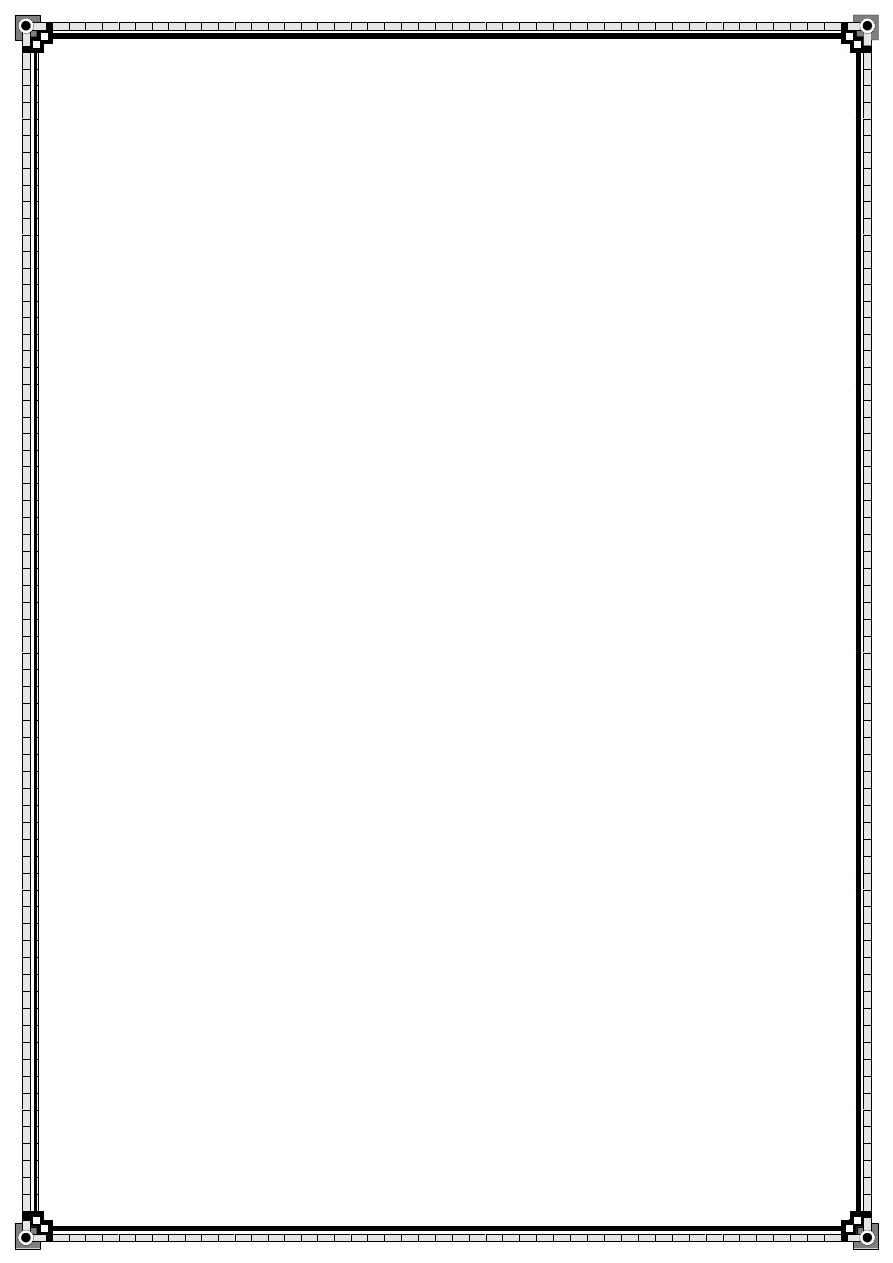
110
Summary box 58.5
Clinical features in peritonitis
■ Abdominal pain,worse on movement
■ Guarding/rigidity of abdominal wall
■ Pain/tenderness on rectal/vaginal examination (pelvic peritonitis)
■ Pyrexia (may be absent)
■ Raised pulse rate
■ Absent or reduced bowel sounds
■ ‘Septic shock’[systemic inflammatory response syndrome (SIRS)] in later stages
Summary box 58.6
Investigations in peritonitis
■ Raised white cell count and C-reactive protein are usual
■ Serum amylase >4× normal indicates acute pancreatitis
■ Abdominal radiographs are occasionally helpful
■ Erect chest radiographs may show free peritoneal gas (perforated viscus)
■ Ultrasound/CT scanning often diagnostic
■ Peritoneal fluid aspiration (with or without ultrasound guidance) may be helpful
Summary box 58.7
Management of peritonitis
General care of patient:
■ Correction of fluid and electrolyte imbalance
■ Insertion of nasogastric drainage tube
■ Broad-spectrum antibiotic therapy
■ Analgesia
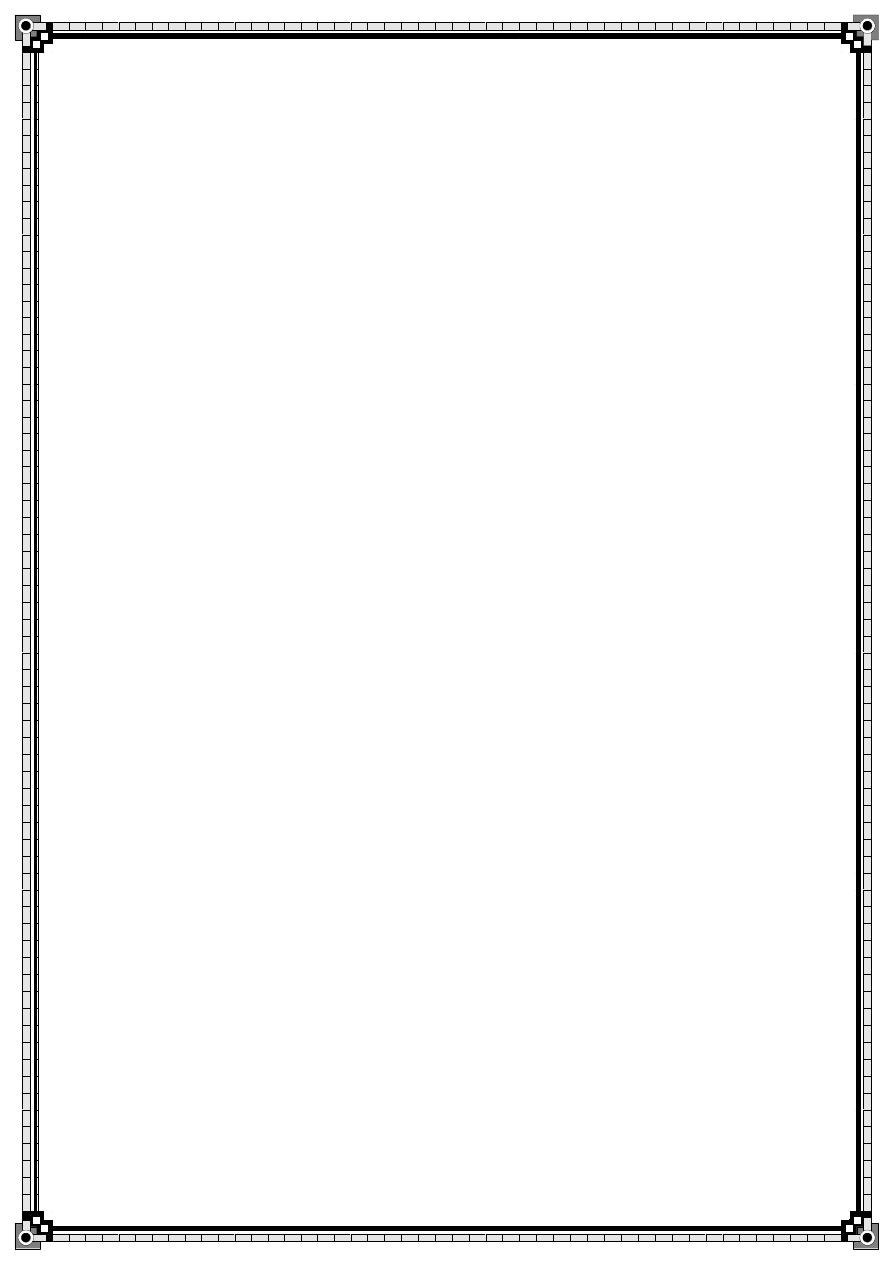
111
■ Vital system support
Operative treatment of cause when appropriate with peritoneal debridement/lavage
Summary box 58.8
Systemic complications of peritonitis
■ Bacteraemic/endotoxic shock
■ Bronchopneumonia/respiratory failure
■ Renal failure
■ Bone marrow suppression
■ Multisystem failure
Summary box 58.9
Abdominal complications of peritonitis
■ Adhesional small bowel obstruction
■ Paralytic ileus
■ Residual or recurrent abscess
■ Portal pyaemia/liver abscess
Summary box 58.11
Causes of bile peritonitis
■ Perforated cholecystitis
■ Post cholecystectomy:
Cystic duct stump leakage
Leakage from an accessory duct in the gall bladder bed
Bile duct injury
T-tube drain dislodgement (or tract rupture on removal)

112
■ Following other operations/procedures:
Leaking duodenal stump post gastrectomy
Leaking biliary–enteric anastomosis
Leakage around percutaneous placed biliary drains
■ Following liver trauma
Summary box 58.12
Tuberculous peritonitis
■ Acute and chronic forms
■ Abdominal pain,sweats,malaise and weight loss are frequent
■ Caseating peritoneal nodules are common – distinguish
from metastatic carcinoma and fat necrosis of pancreatitis
■ Ascites common,may be loculated
■ Intestinal obstruction may respond to anti-tuberculous treatment without surgery
Summary box 58.13
Causes of ascites
Transudates (protein < 25gl–1)
■ Low plasma protein concentrations:
Malnutrition
Nephrotic syndrome
Protein-losing enteropathy
■ High central venous pressure:
Congestive cardiac failure
■ Portal hypertension:
Portal vein thrombosis Cirrhosis

113
Exudates (protein > 25gl–1)
■ Tuberculous peritonitis
■ Peritoneal malignancy
■ Budd–Chiari syndrome (hepatic vein occlusion or thrombosis)
■ Pancreatic ascites
■ Chylous ascites
■ Meigs’syndrome
Summary box 58.14
Conditions of the mesentery
■ Traumatic tears
■ Torsion
■ Embolism/thrombosis
■ Acute non-specific adenitis
■ Tuberculous adenitis
■ Cysts
■ Neoplasms – benign and malignant
Summary box 58.15
Causes of retroperitoneal fibrosis
Benign
■ Idiopathic (Ormond’s disease)
■ Chronic inflammation
■ Extravasation of urine
■ Retroperitoneal irritation by leakage of blood or intestinal content
■ Aortic aneurysm (‘inflammatory type’)
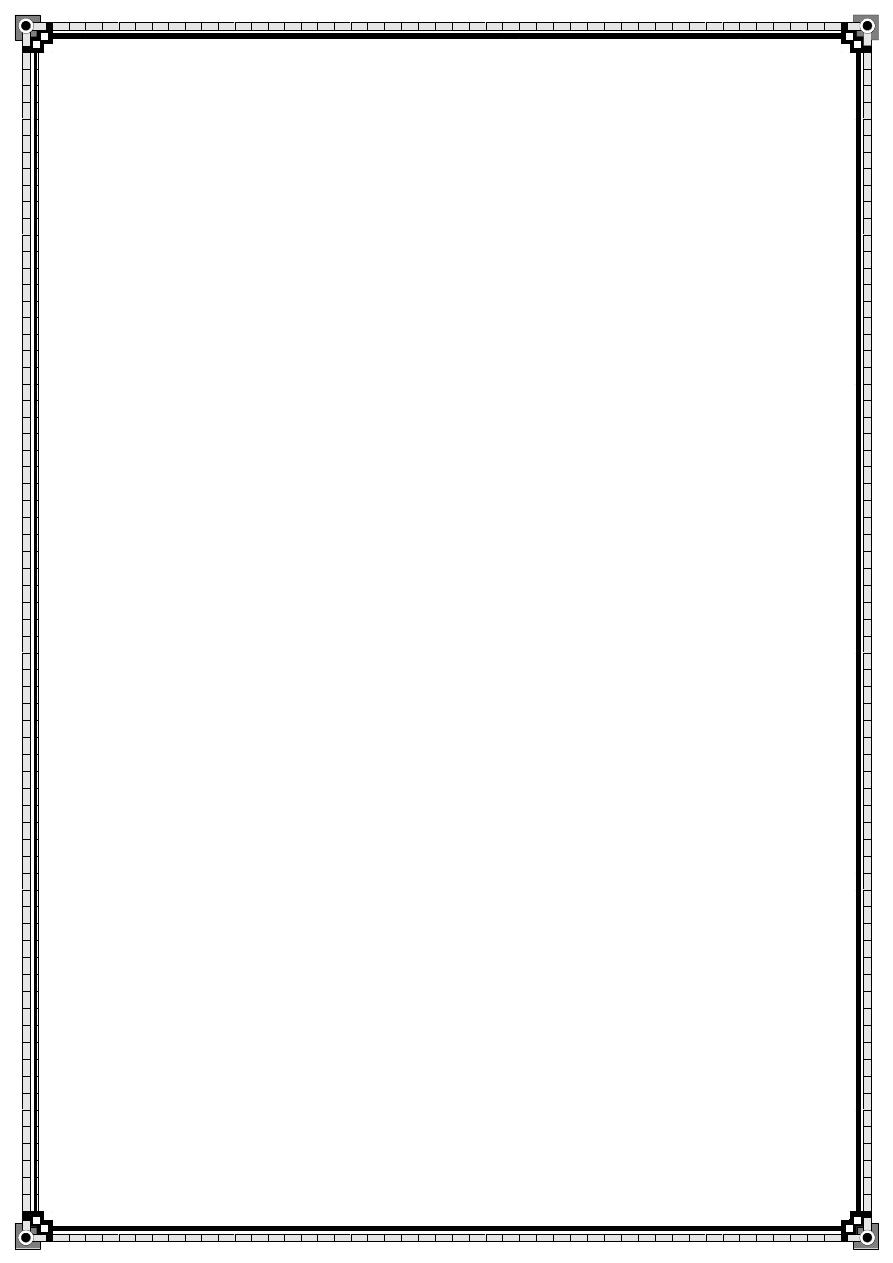
114
■ Trauma
■ Drugs:
Chemotherapeutic agents
Methysergide
β-Adrenoceptor antagonists
Malignant
■ Lymphoma
■ Carcinoid tumours
■ Secondary deposits (especially from carcinoma of stomach,colon,breast and prostate)
59.The oesophagus
Summary box 59.1
Symptoms of oesophageal disease
■ Difficulty in swallowing described as food or fluid sticking (oesophageal dysphagia)
Must rule out malignancy
■ Pain on swallowing (odynophagia) Suggests inflammation and ulceration
■ Regurgitation or reflux (heartburn) Common in gastro-oesophageal reflux disease
■ Chest pain
Difficult to distinguish from cardiac pain
Summary box 59.2
Foreign bodies
■ The most common is a food bolus,which usually signifies underlying disease
■ It is usually possible to remove foreign bodies by flexible endoscopy
■ Beware of button batteries in the oesophagus
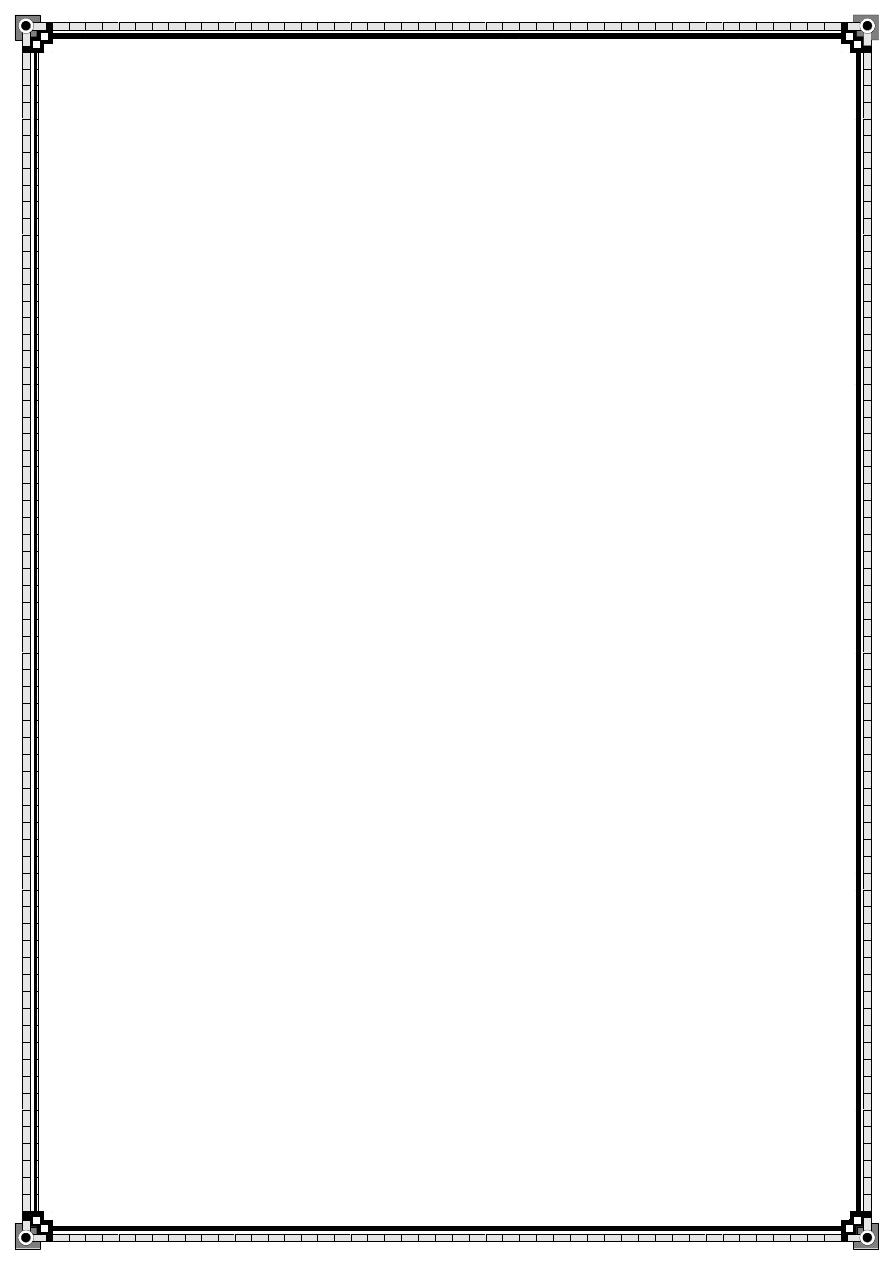
115
Summary box 59.3
Perforation of the oesophagus
■ Potentially lethal complication due to mediastinitis and septic shock
■ Numerous causes,but may be iatrogenic
■ Surgical emphysema is virtually pathognomonic
■ Treatment is urgent;it may be conservative or surgical,but requires specialised care
Summary box 59.4
Instrumental perforation
■ Prevention of perforation is better than cure
Summary box 59.5
Corrosive injury
■ Skilled early endoscopy is mandatory
Summary Box 59.6
Diagnostic measurement in GORD
■ 24-hour pH recording is the ‘gold standard’for diagnosis of GORD
■ TLOSRs are the most important manometric findings in GORD
■ The length and pressure of the LOS are also important
Summary box 59.8
Peptic stricture
■ Day-case dilatation and PPI for peptic stricture
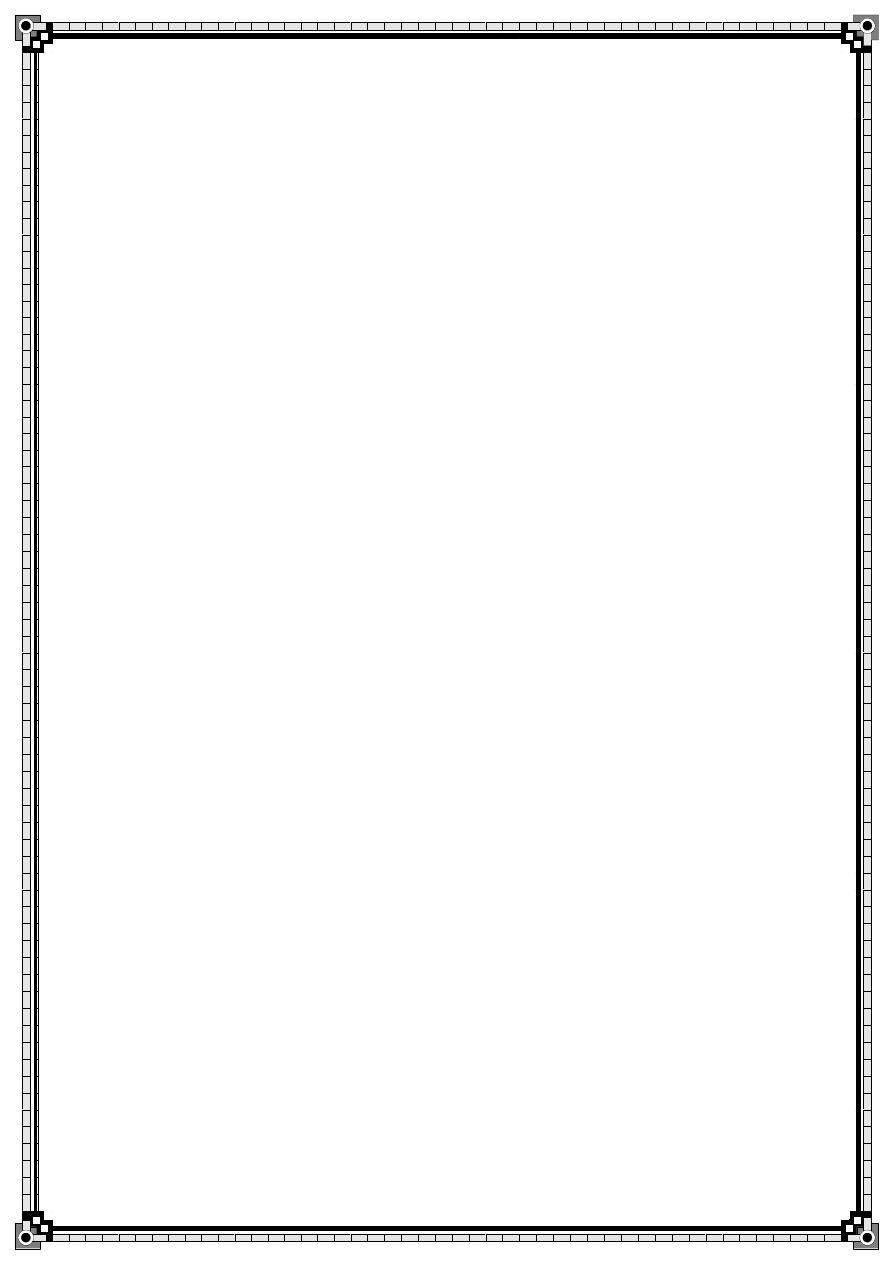
116
Summary box 59.8
GORD
■ Is due to loss of competence of the LOS and is extremely
common
■ May be associated with a hiatus hernia,which may be
sliding or,less commonly,rolling (paraoesophageal)
■ The most common symptoms are heartburn,epigastric
discomfort and regurgitation,often made worse by stooping and lying
Achalasia and GORD are diagnostically easily confused
■ Dysphagia may occur,but a neoplasm must be excluded
■ Diagnosis and treatment can be instituted on clinical grounds
Endoscopy may be required and 24-hour pH is the ‘gold standard’
■ Management is primarily medical (PPIs being the most
effective),but surgery may be required;laparoscopic fundoplication is the most popular
technique
■ Stricture may develop in time
Summary box 59.9
Barrett’s oesophagus
■ Intestinal metaplasia is an important risk factor for the development of adenocarcinoma
■ Do not confuse Barrett’s ulcer with oesophagitis
Summary box 59.10
‘Rolling’hiatus hernia
■ Potentially dangerous,because of volvulus

117
Summary box 59.11
Carcinoma of the oesophagus
■ Squamous cell usually affects the upper two-thirds;
adenocarcinoma usually affects the lower third
■ Common aetiological factors are tobacco and alcohol
(squamous cell) and GORD (adenocarcinoma)
■ The incidence of adenocarcinoma is increasing
■ Lymph node involvement is a bad prognostic factor
■ Dysphagia is the most common presenting symptom,bu is a late feature
■ Accurate pretreatment staging is essential in patients thought to be fit to undergo
’curative’treatment
Summary box 59.12
Treatment of carcinoma of the oesophagus
■ Radical oesophagectomy is the most important aspect of curative treatment
■ Neoadjuvant treatments before surgery may improve survival in a proportion of patients
■ Chemoradiotherapy alone may cure selected patients, particularly those with squamous cell
cancers
■ Useful palliation may be achieved by chemo/radiotherapy or endoscopic treatments
Summary box 59.13
Oesophagogastric surgery
■ Beware of satellite nodules proximal to the primary lesion
■ Carefully preserve the blood supply of the stomach,both venous and arterial
■ Right thoracic approach gives easy access to the Oesophagus

118
Summary box 59.14
Post oesophagectomy
■ Reflux may be a problem following resection
■ Symptoms may be atypical
■ Reflux may be limited or avoided by subtotal
oesophagectomy and gastric transposition high in the chest
Summary box 59.15
Alternative therapeutic approaches
■ Chemoradiotherapy may be a useful alternative to surgery, especially in unfit patients
Summary box 59.16
Palliation should be simple and effective
Summary box 59.17
Oesophageal motility disorders
■ May be part of a more diffuse gastrointestinal motil problem
■ May be associated with GORD
Summary box 59.18
Achalasia
■ Is uncommon
■ Is due to selective loss of inhibitory neurones in the lower oesophagus
■ The causes dysphagia and carcinoma must be excluded
■ Treatment is by either endoscopic dilatation or surgical Myotomy
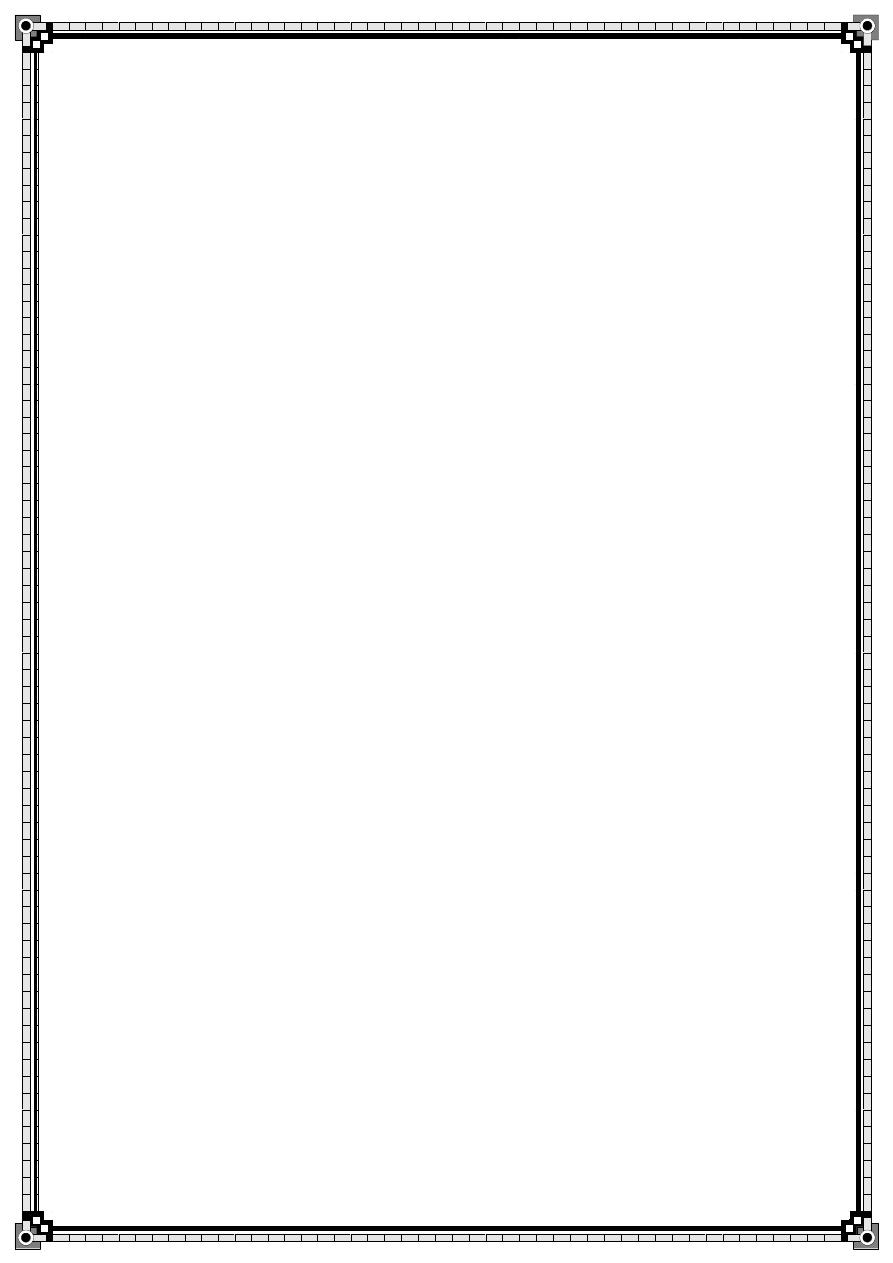
119
Summary box 59.19
Lower oesophageal stricture
■ Beware pseudoachalasia;look for tumour
Summary box 59.20
Achalasia
■ Beware perforation due to dilatation of achalasia
■ Beware postoperative reflux
Summary box 59.21
Oesophageal diverticula
■ Diverticula are indicators of a motor disorder and not necessarily the cause of symptoms
60.Stomach and duodenum
Summary box 60.1
The anatomy and physiology of the stomach
■ The stomach acts as a reservoir for food and commences the process of digestion
■ Gastric acid is produced by a proton pump in the parietal
cells,which in turn is controlled by histamine acting on the H2 -receptors
■ Histamine is produced by the endocrine gastric ECL cells
in response to a number of factors,particularly gastrin and the vagus
■ Proton pump inhibitors abolish gastric acid production, whereas H2
-receptor antagonists only markedly reduce it
■ The gastric mucous layer is essential to the integrity of the gastric mucosa

120
Summary box 60.2
The investigation of gastric disorders
■ Flexible endoscopy is the most sensitive and commonly used technique
■ Great care is necessary in performing endoscopy to avoid
complications and missing important pathology
■ Axial imaging,particularly multislice CT,is useful in the staging of gastric cancer,
although it may be less sensitive in the detection of liver metastases than other modalities
■ CT/PET is useful in staging gastric cancer
■ Endoscopic ultrasound is the most sensitive technique in
the evaluation of the ‘T’stage of gastric cancer and in the assessment of duodenal tumours
■ Laparoscopy is sensitive in detecting peritoneal metastases,and laparoscopic ultrasound
provides an accurate evaluation of lymph node and liver metastases
Summary box 60.3
Gastritis
■ The spiral bacterium H.pylori is critical in the development of type B gastritis,peptic
ulceration and gastric cancer
■ Infection appears to be acquired mainly in childhood and
the infection rate is inversely associated to socio-economic status
■ Eradication,recommended specifically in patients with peptic ulcer disease,can be achieved
in up to 90% of patients with a combination of a proton pump inhibitor and antibiotics,and
reinfection is uncommon
■ Erosive gastritis is usually related to the use of non- steroidal anti-inflammatory drugs
(NSAIDs)
■ Type A gastritis is an autoimmune process and is associated with the development of gastric
cancer
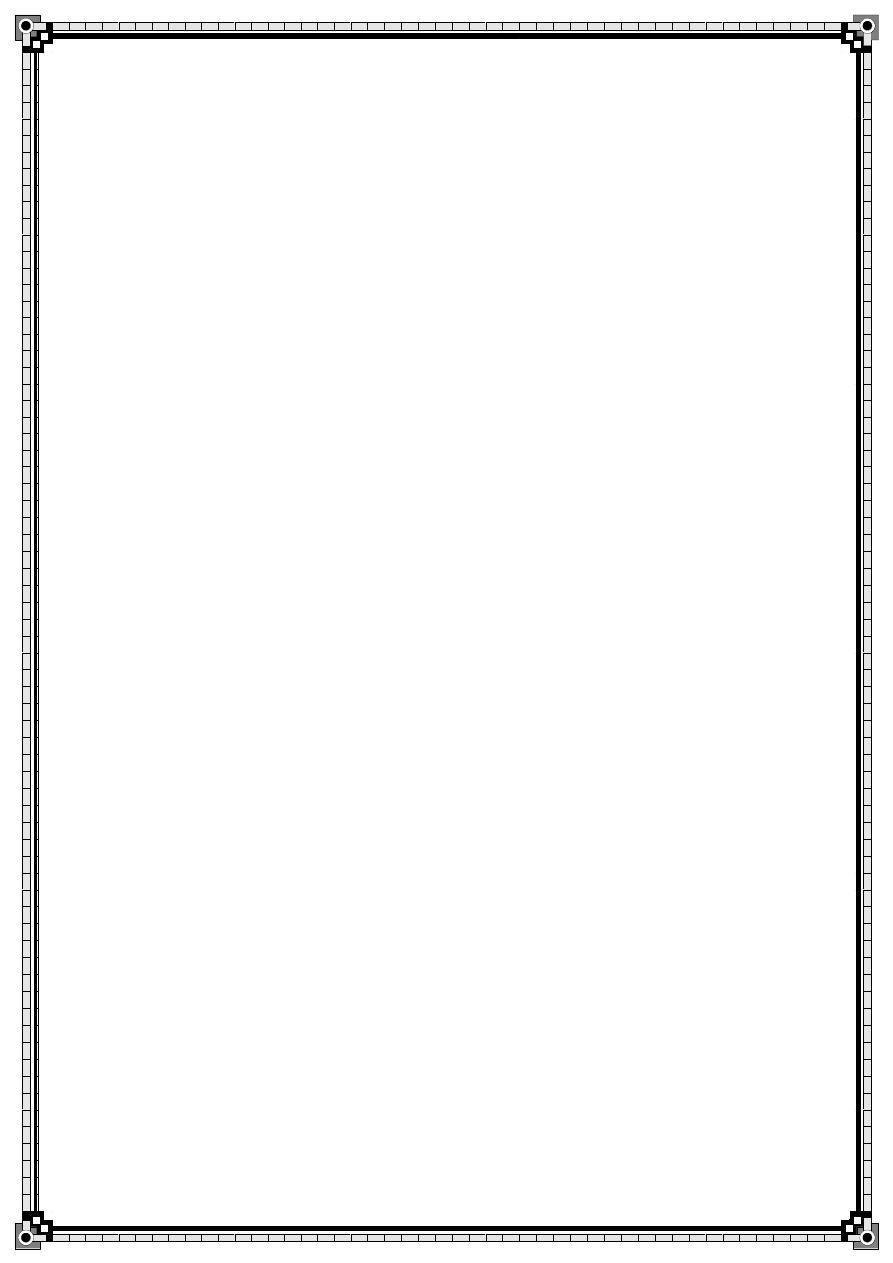
121
Summary box 60.4
Peptic ulceration
■ Most peptic ulcers are caused by H.pylori or NSAIDs and
changes in epidemiology mirror changes in these principal aetiological factors
■ Duodenal ulcers are more common than gastric ulcers,but the symptoms are
indistinguishable
■ Gastric ulcers may become malignant and an ulcerated
gastric cancer may mimic a benign ulcer
■ Gastric anti-secretory agents and H.pylori eradication
therapy are the mainstay of treatment,and elective surgery is rarely performed now
■ The long-term complications of peptic ulcer surgery may be difficult to treat
■ The common complications of peptic ulcers are perforation,bleeding and stenosis
■ The treatment of the perforated peptic ulcer is primarily
surgical,although some patients may be managed conservatively
Table 60.4 Causes of upper gastrointestinal bleeding
Condition Incidence (%)
Ulcers 60
Oesophageal 6
Gastric 21
Duodenal 33
Erosions 26
Oesophageal 13
Gastric 9
Duodenal 4
Mallory–Weiss tear 4
Oesophageal varices 4

122
Tumour 0.5
Vascular lesions,
e.g. Dieulafoy’s disease 0.5
Others 5
Summary box 60.5
Gastric outlet obstruction
■ Gastric outlet obstruction is most commonly associated
with longstanding peptic ulcer disease and gastric cancer
■ The metabolic abnormality of hypochloraemic alkalosis is
usually only seen with peptic ulcer disease and should be
treated with isotonic saline with potassium supplementation
■ Endoscopic biopsy is essential to determine whether the cause of the problem is malignancy
■ Endoscopic dilatation of the gastric outlet may be effective in the less severe cases of benign
stenosis
■ Operation is normally required,with a drainage procedure
being performed for benign disease and appropriate resectional surgery if malignant
Summary box 60.6
Gastric cancer
■ Gastric cancer is one of the most common causes of cancer death in the world
■ The outlook is generally poor because of the advanced stage at presentation
■ Better results are obtained in Japan,which has a high
population incidence,screening programmes and high- quality surgical treatment
■ The aetiology of gastric cancer is multifactorial; H.pylori is
an important factor for distal but not proximal gastric cancer
■ Early gastric cancer is associated with very high cure rates
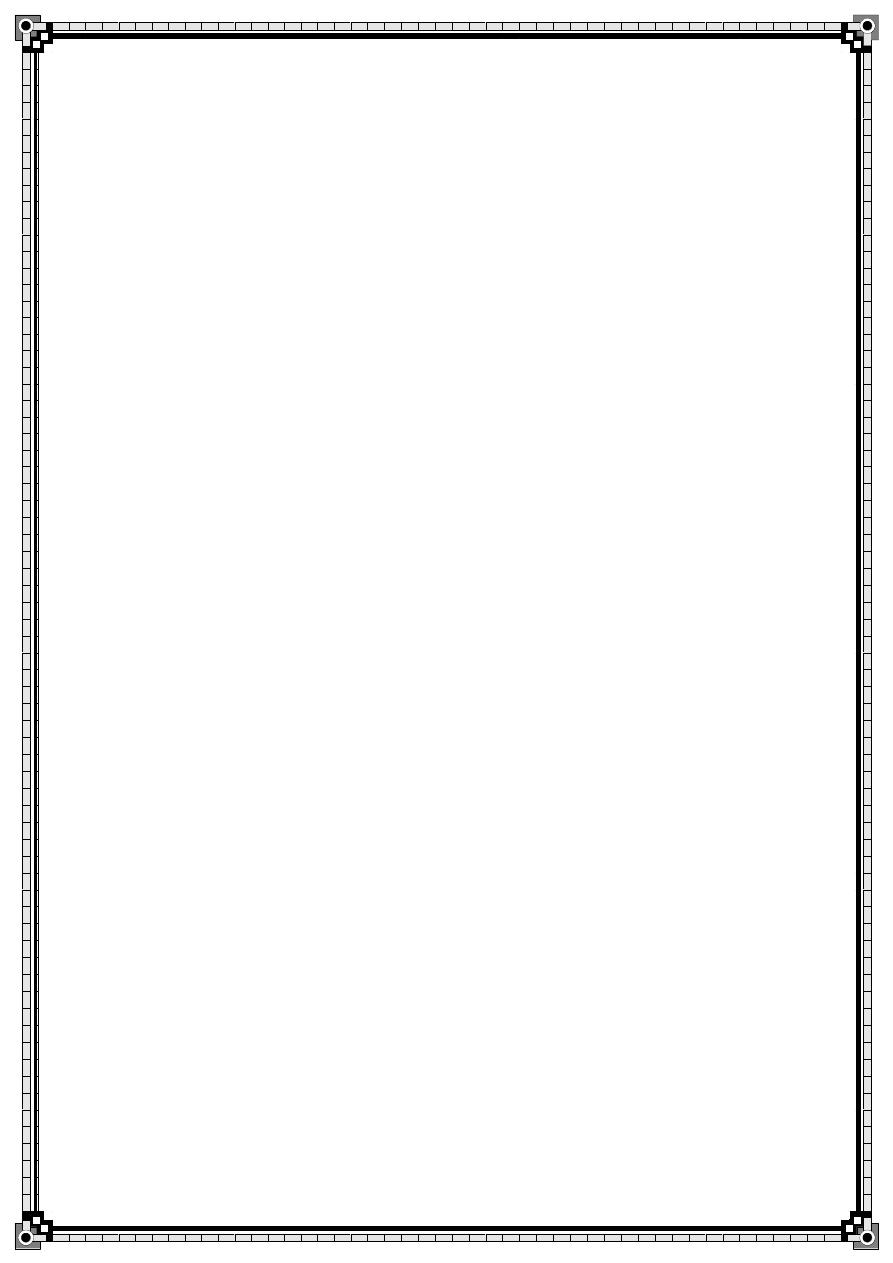
123
■ Gastric cancer can be classified into intestinal and diffuse types,the latter having a worse
prognosis
■ In the west,proximal gastric cancer is now more common
than distal cancer and is usually of the diffuse type
■ Spread may be by lymphatics,blood,transcoelomic or
direct,but distant metastases are uncommon in the absence of lymph node involvement
■ The treatment of curable cases is by radical surgery,and
removal of the second tier of nodes (around the principal arterial trunks) may be advantageous
■ Gastric cancer is chemosensitive and chemotherapy
improves survival both in patients having curative surgery and with advanced disease
Summary box 60.7
Duodenal tumours
■ Duodenal villous adenomas are commonly found around
the ampulla of Vater and are pre-malignant
■ Duodenal carcinoma is uncommon,but the commonest
site for adenocarcinoma in the small intestine
■ Both adenoma and carcinoma occur commonly in patients
with familial polyposis and screening these patients is advised
■ Pancreatic cancer is the most common cause of duodenal obstruction
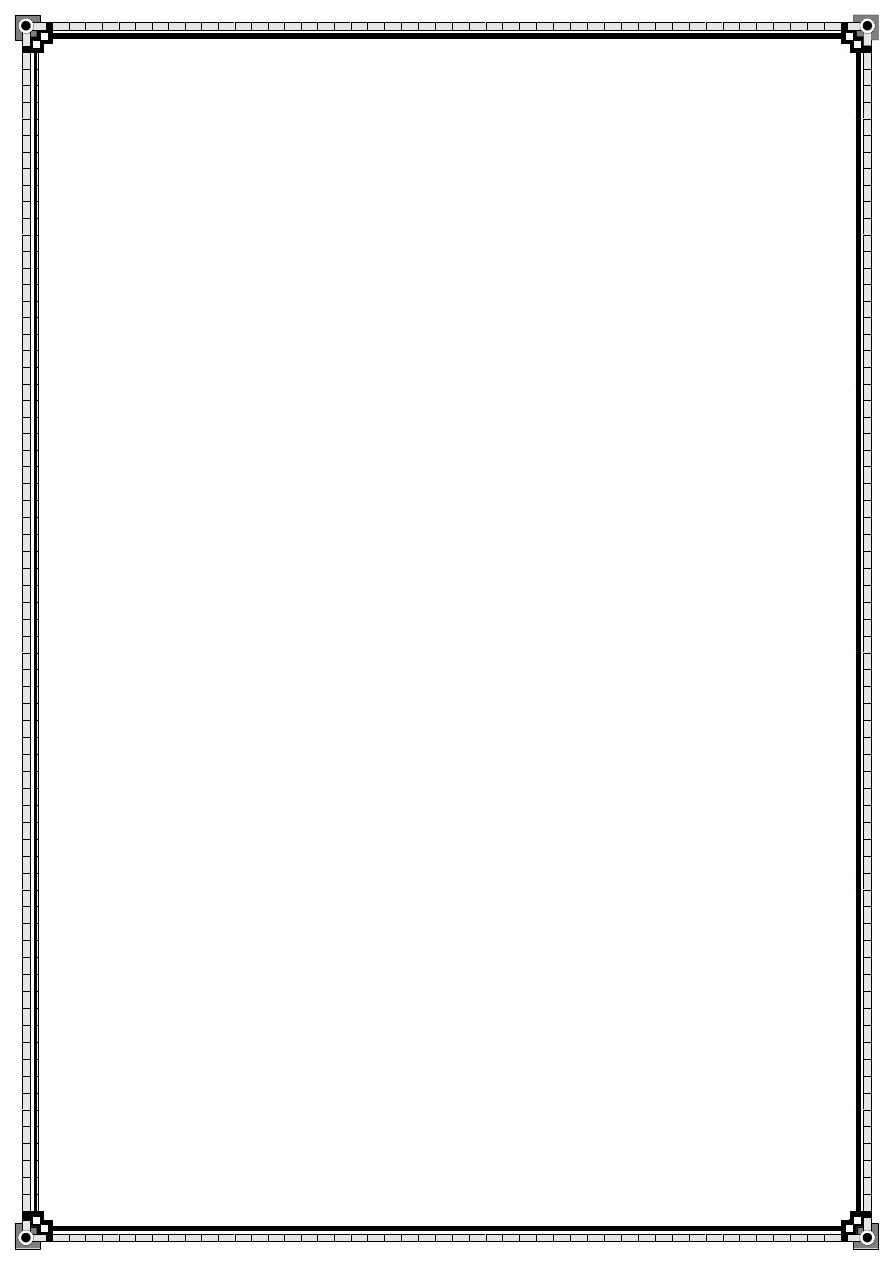
124
61.The liver
Summary box 61.1
Liver anatomy
■ The liver regenerates after partial resection
■ There are two anatomical lobes with separate blood
supply,bile duct and venous drainage
■ Dual blood supply (20% hepatic artery and 80% portal vein)
Summary box 61.2
Main functions of the liver
■ Maintaining core body temperature
■ pH balance and correction of lactic acidosis
■ Synthesis of clotting factors
■ Glucose metabolism,glycolysis and gluconeogenesis
■ Urea formation from protein catabolism
■ Bilirubin formation from haemoglobin degradation
■ Drug and hormone metabolism
■ Removal of gut endotoxins and foreign antigens
Summary box 61.3
Causes of acute liver failure
■ Viral hepatitis (hepatitis A,B,C,D,E)
■ Drug reactions [halothane,isoniazid–rifampicin,
antidepressants,non-steroidal anti-inflammatory drugs, valproic acid]
■ Paracetamol overdose
■ Mushroom poisoning
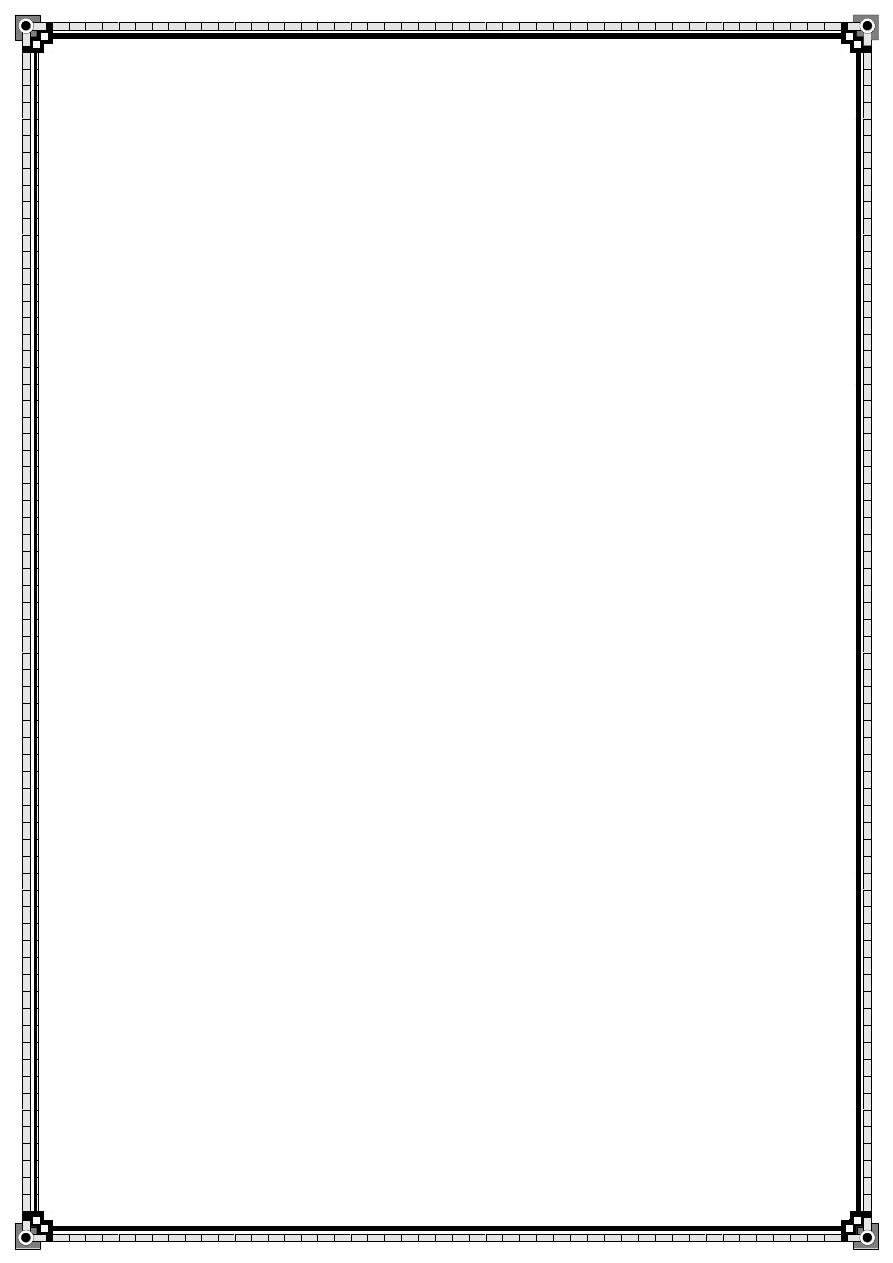
125
■ Shock and multiorgan failure
■ Acute Budd–Chiari syndrome
■ Wilson’s disease
■ Fatty liver of pregnancy
Summary box 61.4
Supportive therapy for acute liver failure
■ Fluid balance and electrolytes
■ Acid–base balance and blood glucose monitorin
■ Nutrition
■ Renal function (haemofiltration)
■ Respiratory support (ventilation)
■ Monitoring and treatment of cerebral oedema
■ Treat bacterial and fungal infection
Summary box 61.6
Features of chronic liver disease
■ Lethargy
■ Fever
■ Jaundice
■ Protein catabolism (wasting)
■ Coagulopathy (bruising)
■ Cardiac (hyperdynamic circulation)
■ Neurological (hepatic encephalopathy)
■ Portal hypertension
Ascites

126
Oesophageal varices
Splenomegaly
■ Cutaneous
Spider naevi
Palmar erythema
Summary box 61.7
Management of liver trauma
■ Remember associated injuries
■ At-risk groups
Stabbing/gunshot in lower chest or upper abdomen
Crush injury with multiple rib fractures
■ Resuscitate
Airway
Breathing
Circulation
■ Assessment of injury
Spiral CT with contrast
Laparotomy if haemodynamically unstable
■ Treatment
Correct coagulopathy
Suture lacerations
Resect if major vascular injury
Packing if diffuse parenchymal injury

127
Summary box 61.8
Other complications of liver trauma
■ Intrahepatic haematoma
■ Liver abscess
■ Bile collection
■ Biliary fistula
■ Hepatic artery aneurysm
■ Arteriovenous fistula
■ Arteriobiliary fistula
■ Liver failure
Summary box 61.9
Management of bleeding oesophageal varices
■ Blood transfusion
■ Correct coagulopathy
■ Oesophageal balloon tamponade (Sengstaken–Blakemore tube)
■ Drug therapy (vasopressin/octreotide)
■ Endoscopic sclerotherapy or banding
■ Assess portal vein patency (Doppler ultrasound or CT)
■ Transjugular intrahepatic portosystemic stent shunts (TIPSS)
■ Surgery
Portosystemic shunts
Oesophageal transection
Splenectomy and gastric devascularisation
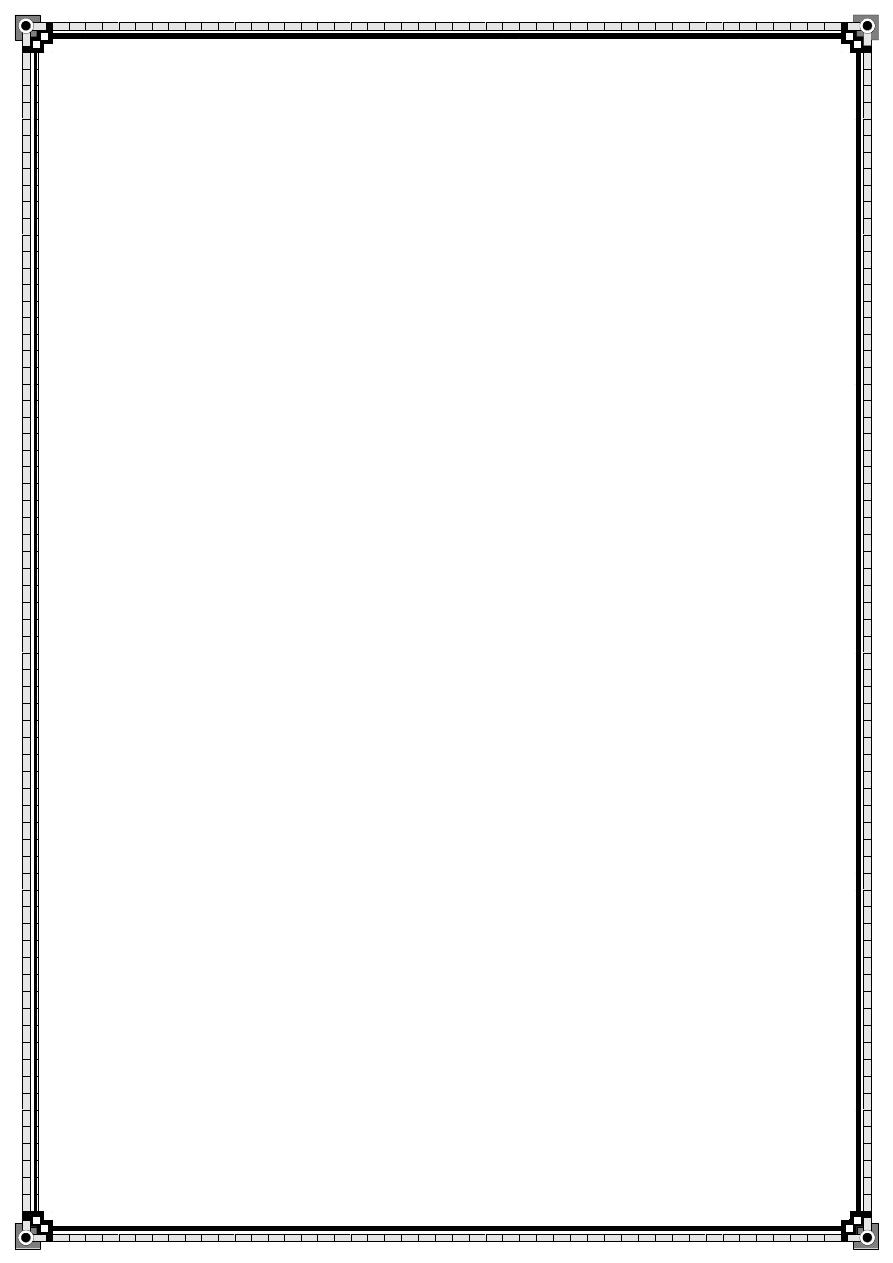
128
Summary box 61.10
Determining the cause of ascites
Imaging (ultrasound or CT)
■ Irregular cirrhotic liver
■ Portal vein patency
■ Splenomegaly of cirrhosis Aspiration
■ Culture and microscopy
■ Protein content
■ Cytology
■ Amylase level
Summary box 61.11
Treatment of ascites in chronic liver disease
■ Salt restriction
■ Diuretics
■ Abdominal paracentesis
■ Peritoneovenous shunting
■ TIPSS
■ Liver transplantation
Summary box 61.12
Prognostic factors in patients undergoing resection
of colorectal liver metastases
■ Stage of primary
■ Time from primary resection
■ Carcinoembryonic antigen (CEA) level

129
■ Size of largest lesion
■ Number of lesions
Summary box 61.13
Staging and assessment with colorectal liver
metastases
■ General medical assessment
■ CT,PET-CT or MRI of the abdomen/pelvis with contrast (? resectability)
■ Chest CT
■ Review histology of primary (? risk of local recurrence)
■ Colonoscopy
■ Liver function tests and tumour markers
Summary box 61.14
Strategies for ‘unresectable’colorectal liver metastases
■ Neoadjuvant oxaloplatinum/5-fluorouracil systemic chemotherapy
■ Anti-VEGF or EGFR monoclonal antibody therapy
■ Two-stage liver resection
■ Portal vein embolisation
62.The spleen
Summary box 62.1
Functions of the spleen
■ Immune
■ Filter function
■ Pitting
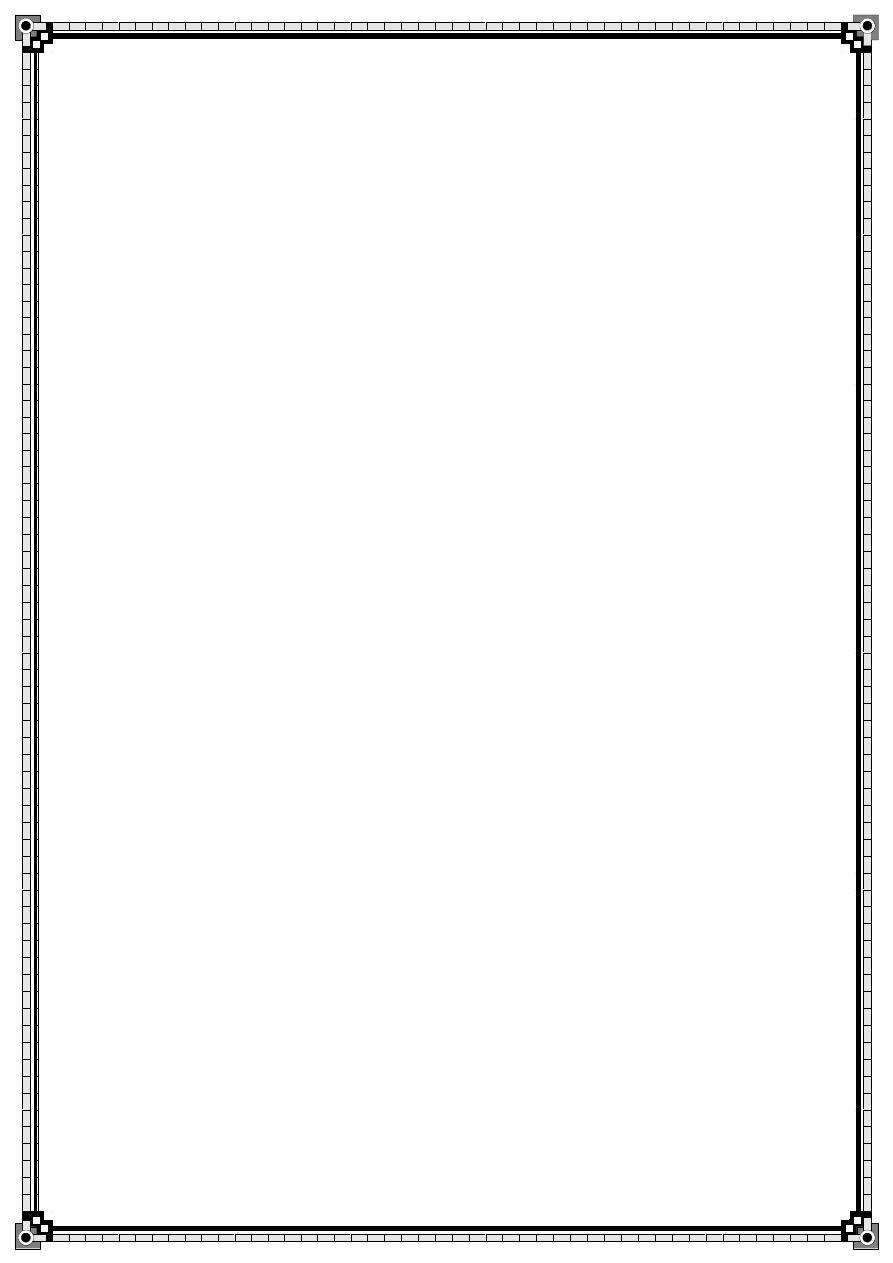
130
■ Reservoir
■ Cytopoiesis
■ Splenectomy harms the patient/
Summary box 62.2
Indications for splenectomy
Trauma
■ Accidental
■ Operative
Oncological
■ Part of en bloc resection
■ Diagnostic
■ Therapeutic
Haematological
■ Spherocytosis
■ Purpura (ITP)
■ Hypersplenism
Portal hypertension
■ Variceal surgery
Summary box 62.3
Splenectomy
■ Remember preoperative immunisation
■ Prophylactic antibiotics in the long term
■ OPSI is a real clinical danger
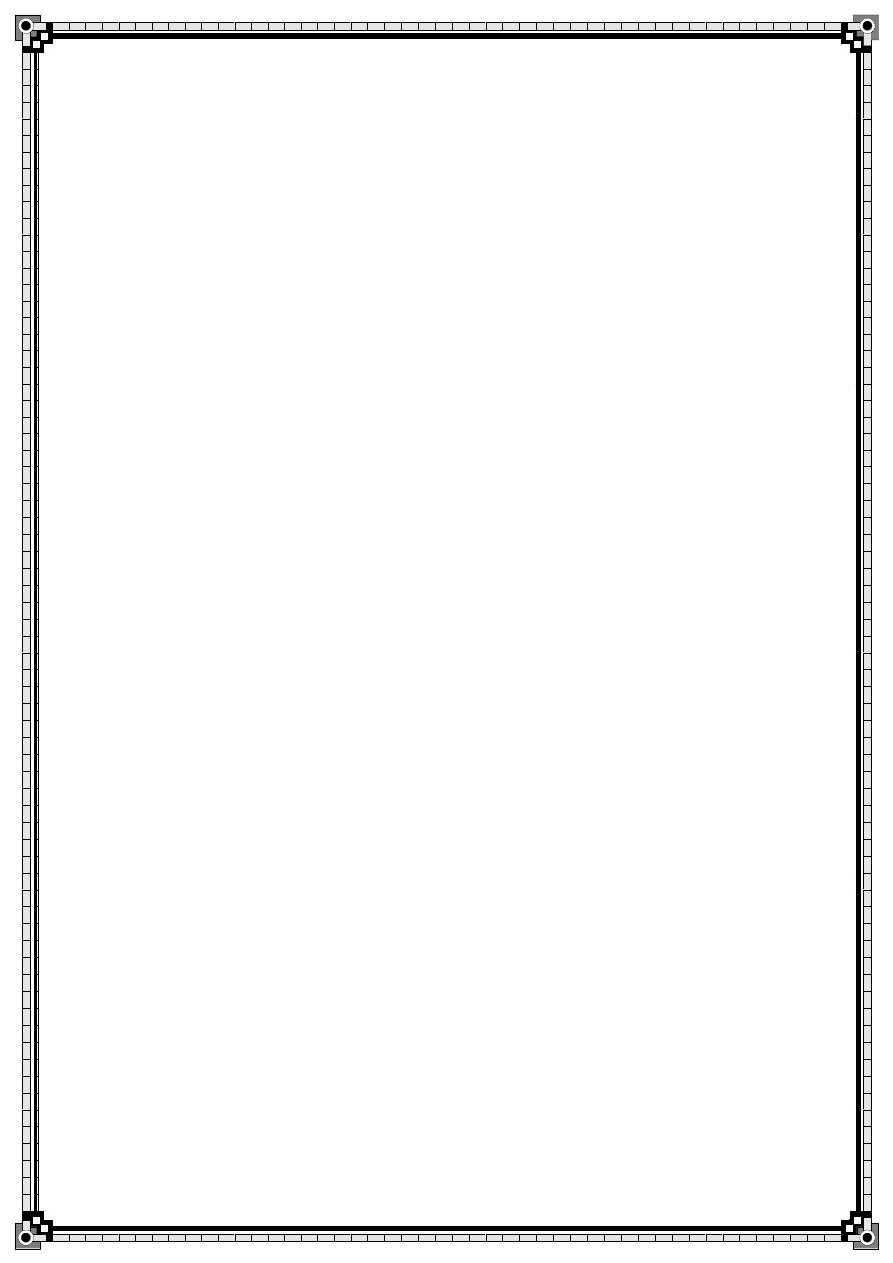
131
63.The gall bladder and bile ducts
Summary box 63.1
Investigation of the biliary tree
■ Ultrasound:stones and biliary dilatation
■ Plain radiograph:calcification
■ Magnetic resonance cholangiopancreatography:anatomy and stones
■ Multidetector row computerised tomography scan:
anatomy,liver,gall bladder and pancreas cancer
■ Radioisotope scanning:function
■ Endoscopic retrograde cholangiopancreatography:
anatomy,stones and biliary strictures
■ Percutaneous transhepatic cholangiography:anatomy and biliary strictures
■ Endoscopic ultrasound:anatomy and stones
Summary box 63.2
Natural history of gallstones
Asymptomatic
1–2% per year 0.2% per year
Biliary colic 5% per year acute cholecystitis
symptoms
Chronic Gall bladder carcinoma Bile duct stone
Cholecystitis 0.08% symptomatic –pancreatitis
Patients –cholangitis
–jaundice
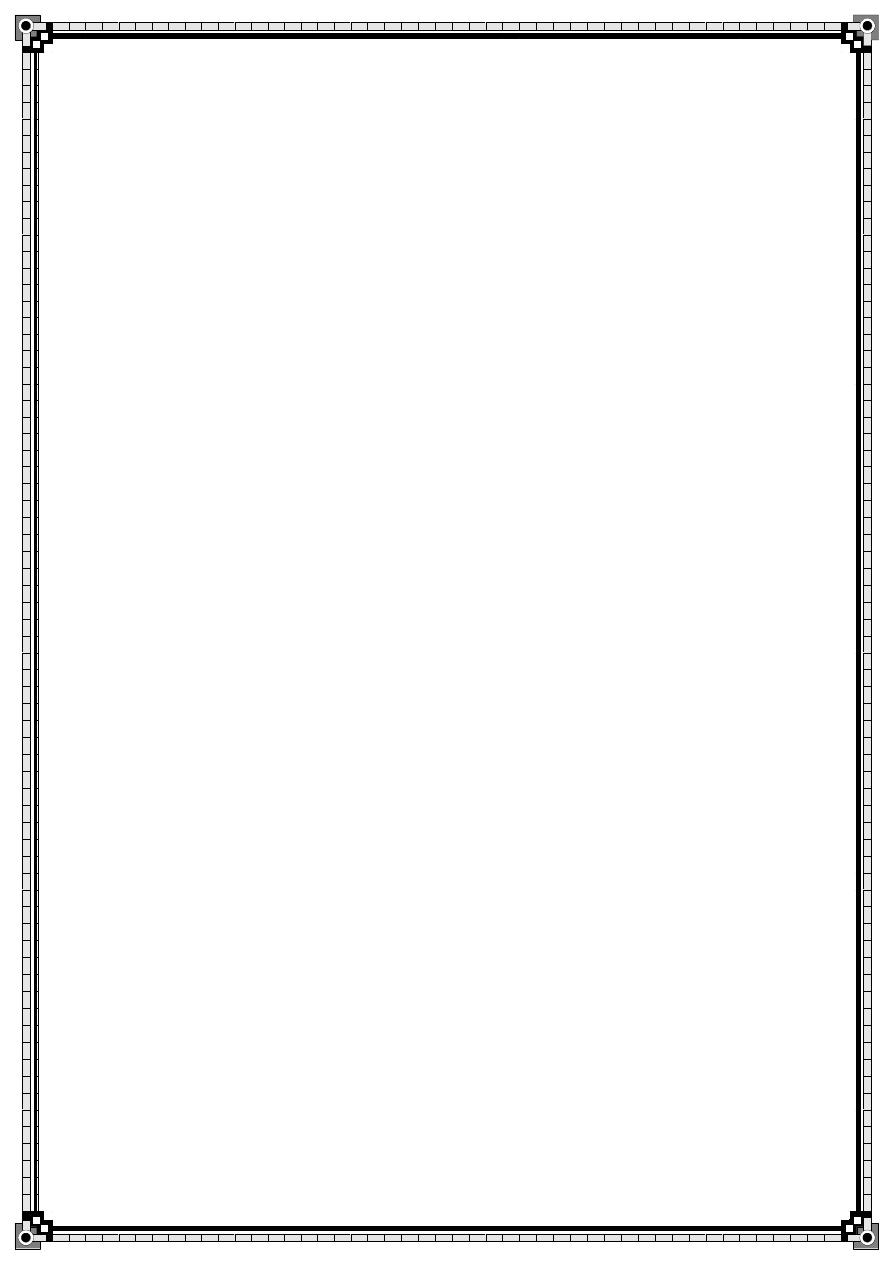
132
Summary box 63.3
Effects and complications of gallstones
In the gallbladder
■ Biliary colic
■ Acute cholecystitis
■ Chronic cholecystitis
■ Empyema of the gall bladder
■ Mucocele
■ Perforation
In the bile ducts
■ Biliary obstruction
■ Acute cholangitis
■ Acute pancreatitis
In the intestine
■ Intestinal obstruction (gallstone ileus)
Summary box 63.4
Differential diagnosis of cholecystitis
Common
■ Appendicitis
■ Perforated peptic ulcer
■ Acute pancreatitis
Uncommon
■ Acute pyelonephritis
■ Myocardial infarction
■ Pneumonia – right lower lobe
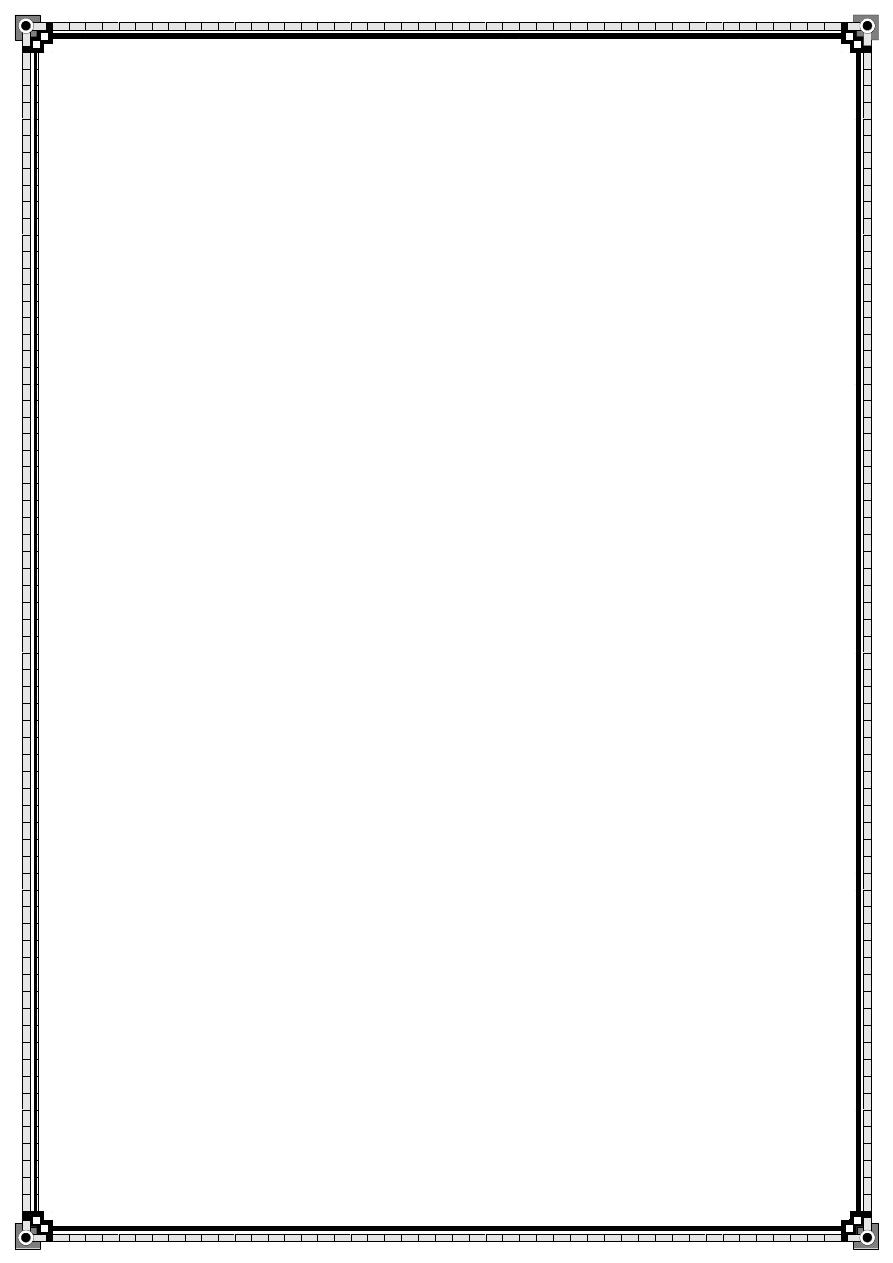
133
Ultrasound scan aids diagnosis
Uncertain diagnosis – do CT scan
Summary box 63.5
Preparation for operation
■ Full blood count
■ Renal profile and liver function tests
■ Prothrombin time
■ Chest X-ray and electrocardiogram (if over 45 years or medically indicated)
■ Antibiotic prophylaxis
■ Deep vein thrombosis prophylaxis
■ Informed consent
Summary box 63.6
Post-cholecystectomy discomfort
■ If there is a delay in recovery after cholecystectomy, exclude bile duct or bowel injury
■ Incidence of bile duct injury is 0.05%
Indications for choledochotomy
1 palpable stones in the common bile duct;
2 jaundice, a history of jaundice or cholangitis;
3 a dilated common bile duct;
4 abnormal liver function tests, in particular a raised alkaline phosphatase.
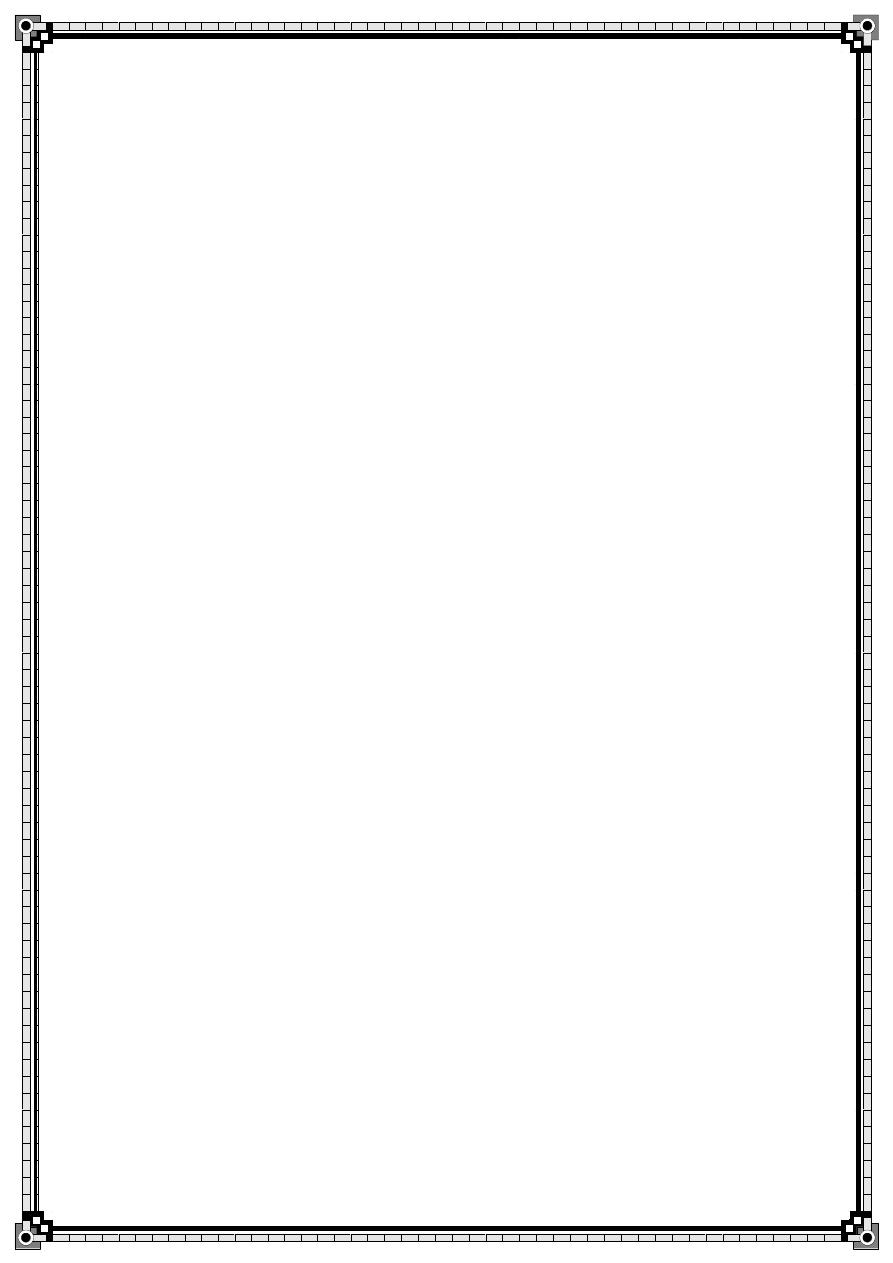
134
Summary box 63.7
Causes of benign biliary stricture
Congenital
■ Biliary atresia
Bile duct injury at surgery
■ Cholecystectomy
■ Choledochotomy
■ Gastrectomy
■ Hepatic resection
■ Transplantation
Inflammatory
■ Stones
■ Cholangitis
■ Parasitic
■ Pancreatitis
■ Sclerosing cholangitis
■ Radiotherapy
Trauma
Idiopathic
Summary box 63.8
Radiological investigation of biliary strictures
■ Ultrasonography
■ Cholangiography via T-tube,if present
■ ERCP
■ MRCP

135
■ PTC (see Figs 63.20 and 63.21,pp.1116 and 1117)
■ Multidetector row CT
Summary box 63.9
Bile duct cancer
■ Rare,but incidence increasing
■ Presents with jaundice and weight loss
■ Diagnosis by ultrasound and CT scanning
■ Jaundice relieved by stenting
■ Surgical excision possible in 5%
■ Prognosis poor – 90% mortality in 1 year
Summary box 63.10
Gall bladder cancer
■ Rare
■ Presents as for benign biliary disease (gallstones)
■ Diagnosis by ultrasound and CT scanning
■ Excision in less than 10% – remainder palliative treatment
■ Prognosis poor – 95% mortality in 1 year

136
64.The pancreas
Summary box 64.1
Anomalies of the pancreas
■ Aplasia
■ Hypoplasia
■ Hyperplasia
■ Hypertrophy
■ Dysplasia
■ Variations and anomalies of the ductsa
Pancreas divisum
Rotational anomalies
■ Annular pancreasa
■ Pancreatic gall bladder
■ Polycystic diseasea
■ Congenital pancreatic cysts,cystic fibrosisa von Hippel–Lindau syndrome
■ Ectopic pancreatic tissue,accessory pancreasa
■ Vascular anomalies
■ Choledochal cystsa
■ Horseshoe pancreas
aThe more frequent anomalies encountered in surgical practice.
Summary box 64.2
Causes of raised serum amylase level other than
acute pancreatitis

137
■ Upper gastrointestinal tract perforation
■ Mesenteric infarction
■ Torsion of an intra-abdominal viscus
■ Retroperitoneal haematoma
■ Ectopic pregnancy
■ Macroamylasaemia
■ Renal failure
■ Salivary gland inflammation
Table 64.2 Investigation of the pancreas
Serum enzyme levels
Pancreatic function tests
Morphology
Ultrasound scan
Computerised tomography
Magnetic resonance imaging
Endoscopic retrograde cholangiopancreatography
Endoscopic ultrasound
Plain radiography
Chest
Upper abdomen
Summary box 64.3
External injury to the pancreas
■ Other organs are likely to be injured
■ It is important to ascertain whether the pancreatic duct has been disrupted
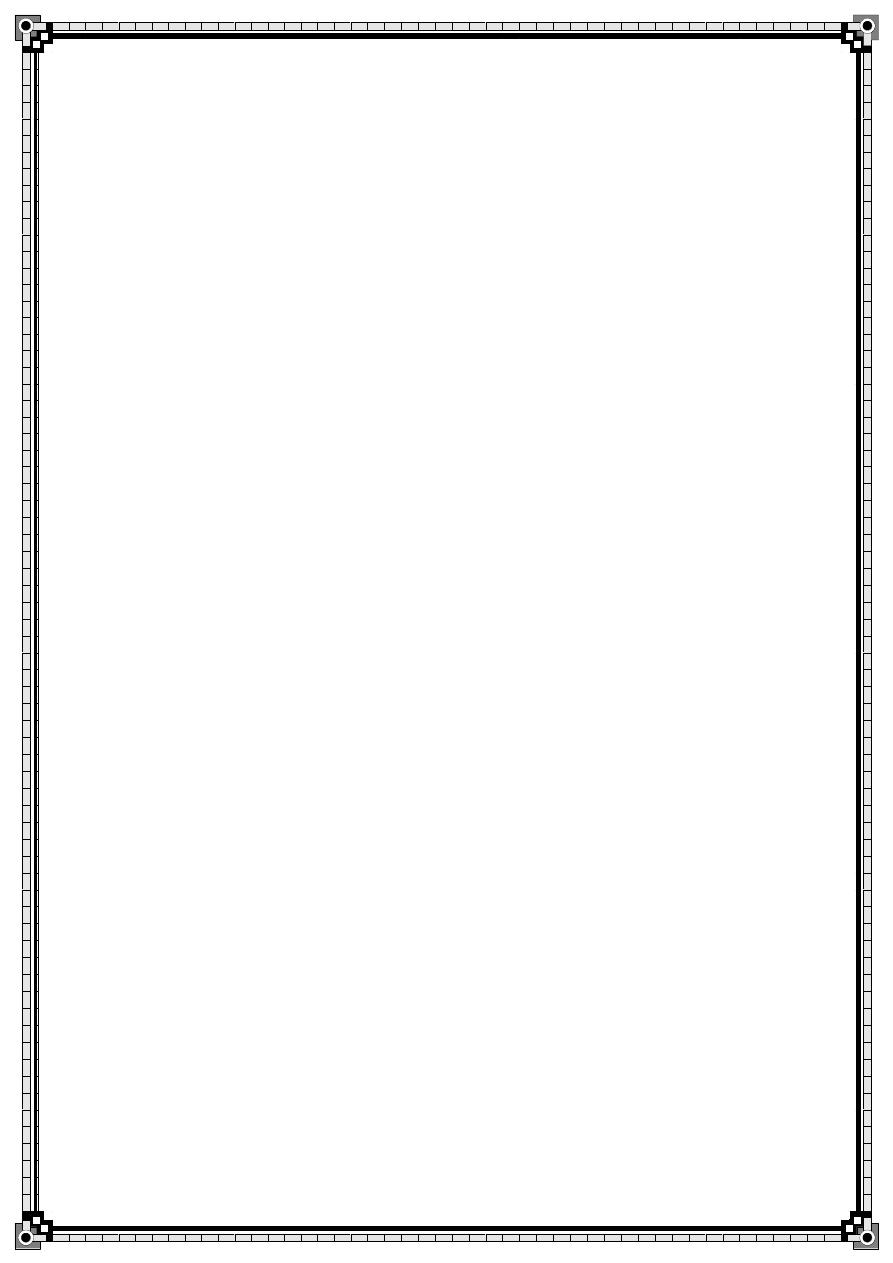
138
■ CT and ERCP are the most useful tests
■ Surgery is indicated if the main pancreatic duct is disrupted
Summary box 64.4
Management of pancreatic fistulae
Tests
■ Measure amylase level in fluid
■ Determine the anatomy of the fistula
■ Check whether the main pancreatic duct is blocked or disrupted
Measures
■ Correct fluid and electrolyte imbalances
■ Protect the skin
■ Drain adequately
■ Parenteral or nasojejunal feeding
■ Octreotide to suppress secretion
■ Relieve pancreatic duct obstruction if possible (ERCP and stent)
■ Treat underlying cause
Summary box 64.5
Possible causes of acute pancreatitis
■ Gallstones
■ Alcoholism
■ Post ERCP
■ Abdominal trauma
■ Following biliary,upper gastrointestinal or cardiothoracic surgery
■ Ampullary tumour
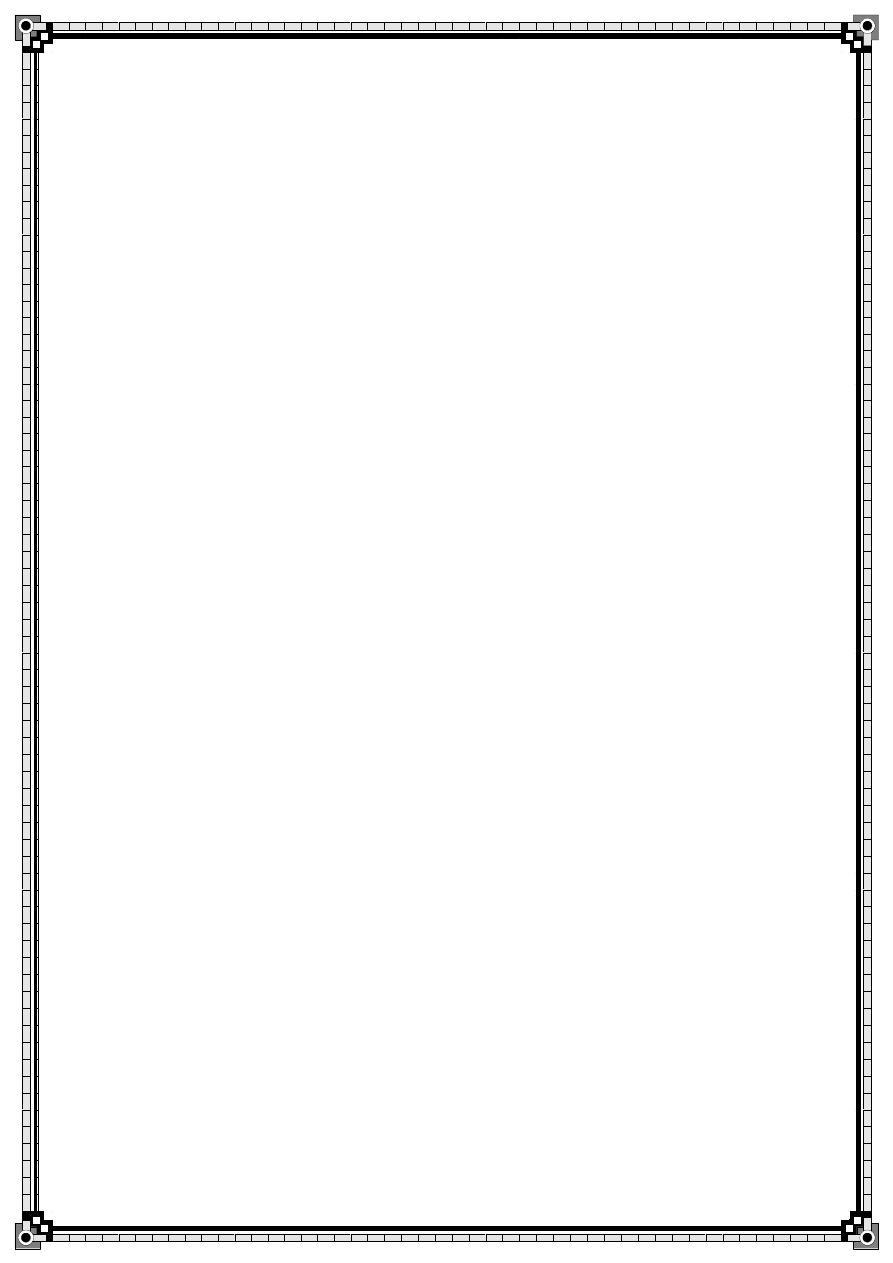
139
■ Drugs (corticosteroids,azathioprine,asparaginase,valproic acid,thiazides,oestrogens)
■ Hyperparathyroidism
■ Hypercalcaemia
■ Pancreas divisum
■ Autoimmune pancreatitis
■ Hereditary pancreatitis
■ Viral infections (mumps,coxsackie B)
■ Malnutrition
■ Scorpion bite
■ Idiopathic
Summary box 64.6
Aetiology of acute pancreatitis
■ It is essential to establish the aetiology
■ Investigate thoroughly before labelling it as ‘idiopathic’
■ After the acute episode resolves,remember further management of the underlying aetiology
■ If the aetiology is gallstones,cholecystectomy is desirable during the same admission
Summary box 64.7
Investigations in acute pancreatitis should be aimed at answering three questions:
■ Is a diagnosis of acute pancreatitis correct?
■ How severe is the attack?
■ What is the aetiology?

140
Table 64.3 Scoring systems to predict the severity of acute pancreatitis: in both systems,
disease is classified as severe when three or more factors are present
Ranson score
On admission
Age > 55 years
White blood cell count > 16 ¥ 109 l–1
Blood glucose > 10mmoll–1
LDH > 700 units l–1
AST > 250 Sigma Frankel units per cent
Within 48 hours
Blood urea nitrogen rise > 5mg%
Arterial oxygen saturation (PaO2) < 8kPa (60mmHg)
Serum calcium < 2.0mmol l–1
Base deficit > 4mmoll–1
Fluid sequestration >6 litres
Table 64.4 Early management of severe acute pancreatitis
Admission to HDU/ICU
Analgesia
Aggressive fluid rehydration
Oxygenation
Invasive monitoring of vital signs, central venous pressure, urine output, blood gases
Frequent monitoring of haematological and biochemical parameters (including liver and renal
function, clotting, serum calcium, blood
glucose)
Nasogastric drainage
Antibiotic prophylaxis can be considered (imipenem, cefuroxime)
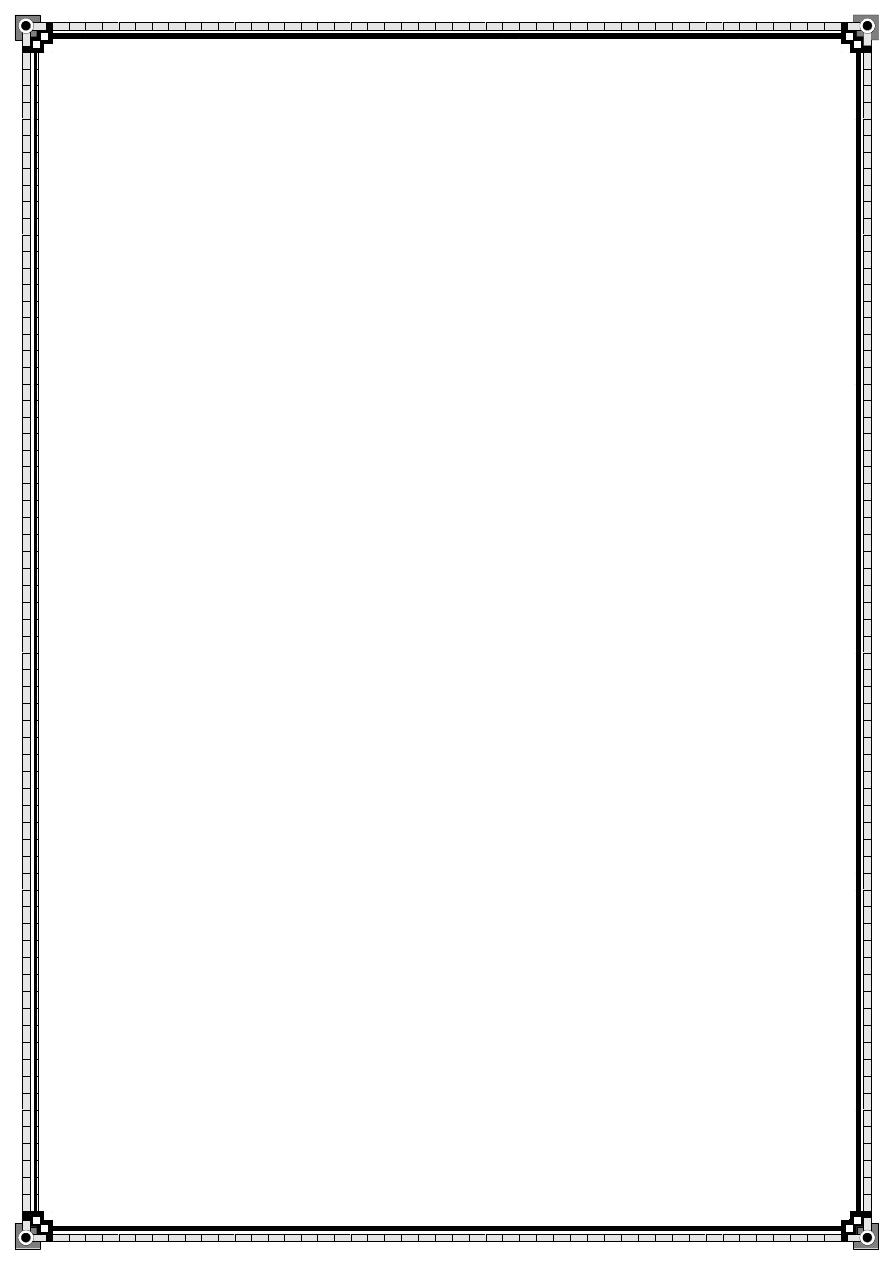
141
CT scan essential if organ failure, clinical deterioration or signs of sepsis develop
ERCP within 72 hours for severe gallstone pancreatitis or signs of cholangitis
Supportive therapy for organ failure if it develops (inotropes, ventilatory support,
haemofiltration, etc.)
If nutritional support is required, consider enteral (nasogastric) feeding
CT, computerised tomography; ERCP, endoscopic retrograde cholangiopancreatography;
HDU, high-dependency unit; ICU, intensive care unit.
Table 64.5 Complications of acute pancreatitis
Systemic Local
(More common in the first (Usually develop after the first
week) week)
Cardiovascular Acute fluid collection
Shock Sterile pancreatic necrosis
Arrhythmias Infected pancreatic necrosis
Pulmonary Pancreatic abscess
ARDS Pseudocyst
Renal failure Pancreatic ascites
Haematological Pleural effusion
DIC Portal/splenic vein thrombosis
Metabolic Pseudoaneurysm
Hypocalcaemia
Hyperglycaemia
Hyperlipidaemia
Gastrointestinal
Ileus
Neurological

142
Visual disturbances
Confusion, irritability
Encephalopathy
Miscellaneous
Subcutaneous fat necrosis
Arthralgia
Table 64.6 Possible complications of a pancreatic pseudocyst
Process Outcomes
Infection Abscess
Systemic sepsis
Rupture
Into the gut Gastrointestinal bleeding
Internal fistula
Into the peritoneum Peritonitis
Enlargement
Pressure effects Obstructive jaundice from biliary
compression
Bowel obstruction
Pain
Erosion into a vessel Haemorrhage into the cyst
Haemoperitoneum
Summary box 64.8
Distinguishing a pseudocyst from a cystic neoplasm
■ History
■ Appearance on CT and ultrasound
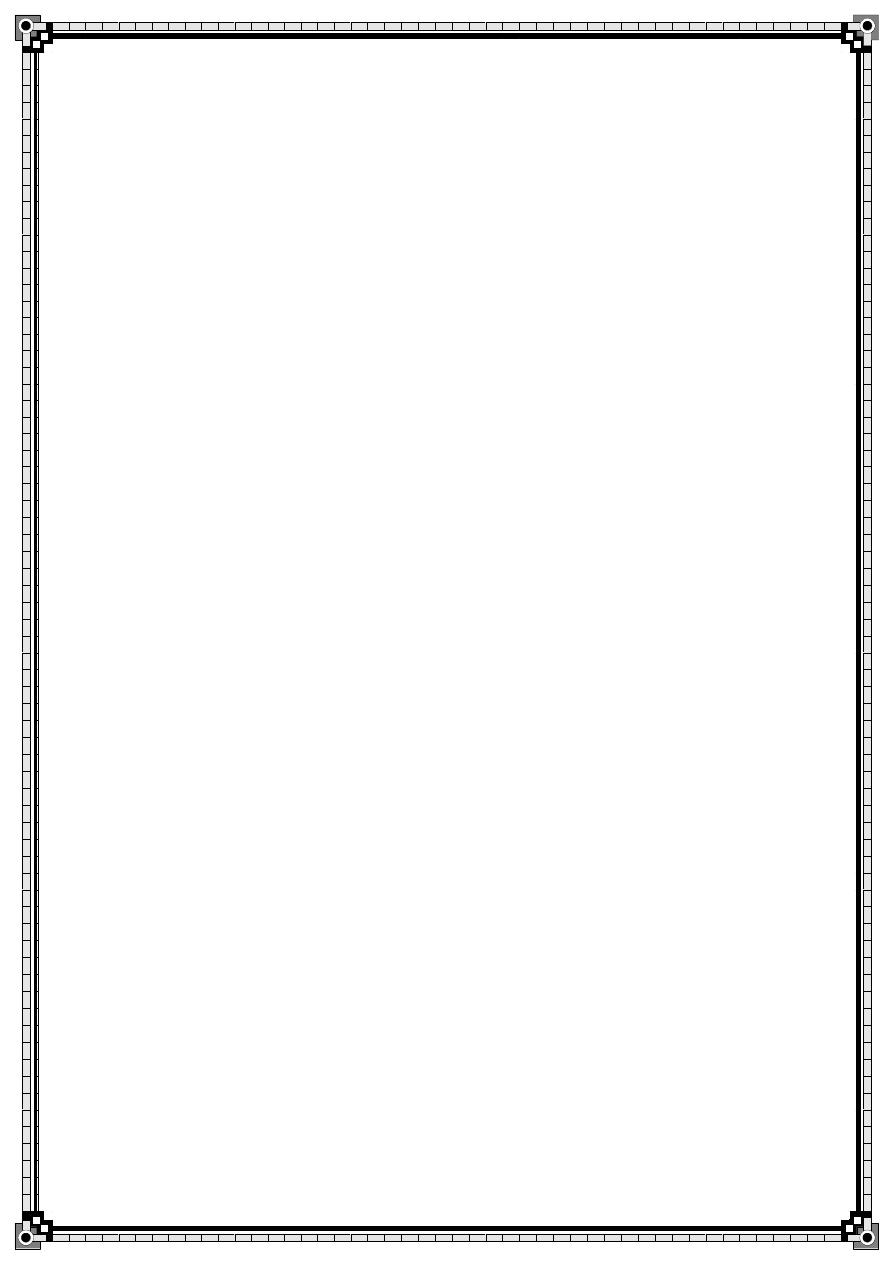
143
■ FNA of fluid,preferably under EUS guidance
CEA (high level in mucinous tumours)
Amylase (level usually high in pseudocysts,but occasionally in tumours)
Cytology
Summary box 64.9
Medical treatment of chronic pancreatitis Treat the addiction
■ Help the patient to stop alcohol consumption and tobacco smoking
■ Involve a dependency counsellor or a psychologist Alleviate abdominal pain
■ Eliminate obstructive factors (duodenum,bile duct, pancreatic duct)
■ Escalate analgesia in a stepwise fashion
■ Refer to a pain management specialist
■ For intractable pain,consider CT/EUS-guided coeliac axis block Nutritional and digestive
measures
■ Diet:low in fat and high in protein and carbohydrates
■ Pancreatic enzyme supplementation with meals
■ Correct malabsorption of the fat-soluble vitamins (A,D,E,K) and vitamin B12
■ Medium-chain triglycerides in patients with severe fat malabsorption (they are directly
absorbed by the small intestine without the need for digestion)
■ Reducing gastric secretions may help
Treat diabetes mellitus
Summary box 64.10
Palliation of pancreatic cancer
Relieve jaundice and treat biliary sepsis
■ Surgical biliary bypass
■ Stent placed at ERCP or percutaneous transhepatic

144
cholangiography
Improve gastric emptying
■ Surgical gastroenterostomy
■ Duodenal stent
Pain relief
■ Stepwise escalation of analgesia
■ Coeliac plexus block
■ Transthoracic splanchnicectomy
Symptom relief and quality of life
■ Encourage normal activities
■ Enzyme replacement for steatorrhoea
■ Treat diabetes
Consider chemotherapy
65.The small and large intestines
Summary box 65.1
Meckel’s diverticulum
■ Occurs in 2% of patients,are usually 2 inches (5cm) in
length and are situated 2 feet (60cm) from the ileocaeca valve
■ It should be sought when a normal appendix is found at surgery for suspected appendicitis
■ If a silent Meckel’s is found incidentally during the course
of an operation,it can be left alone provided it is wide mouthed and not thickened
■ If ectopic gastric epithelium is present within the
diverticulum,it may be the source of gastrointestinal bleeding
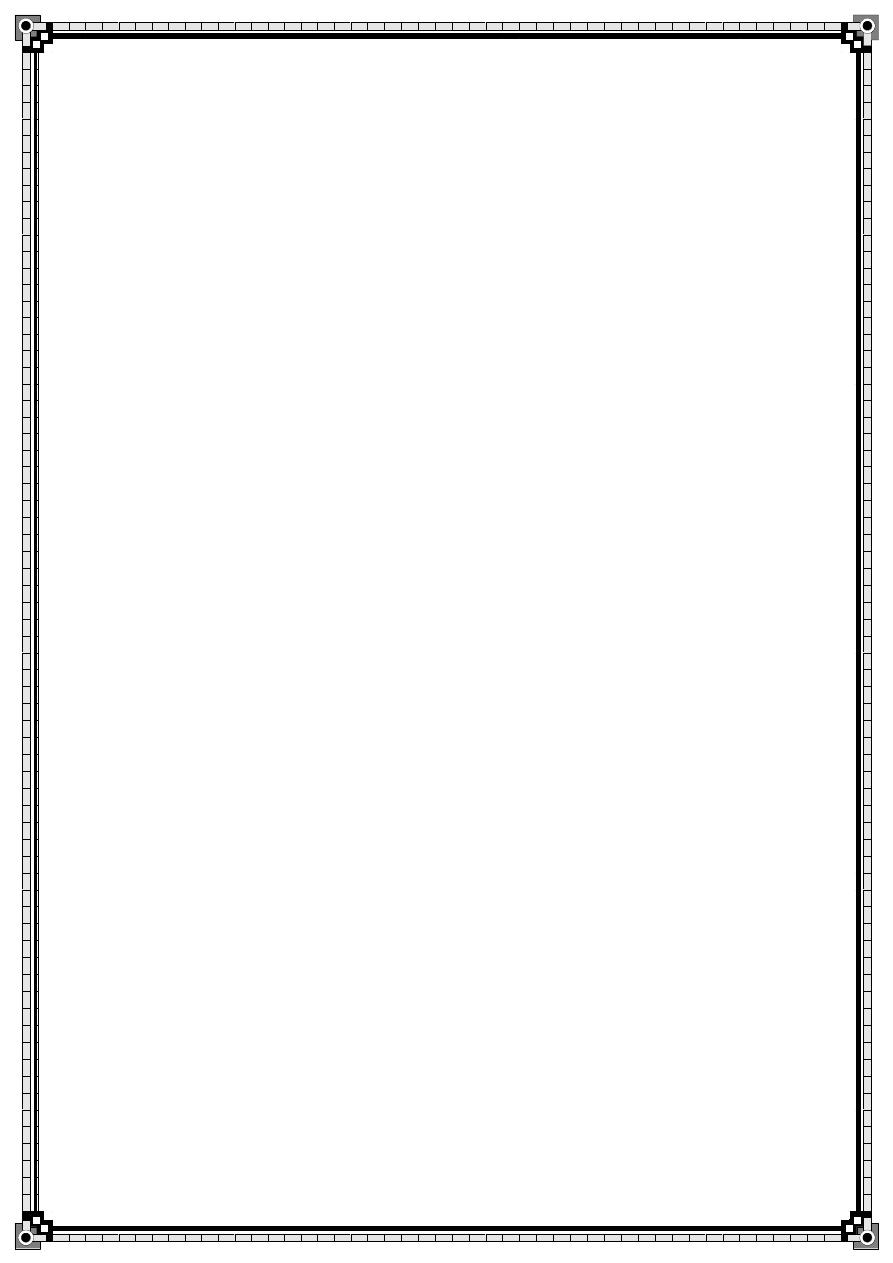
145
Summary box 65.2
Complications of diverticular disease
■ Diverticulitis
■ Pericolic abscess
■ Peritonitis
■ Intestinal obstruction
■ Haemorrhage
■ Fistula formation
Summary box 65.3
Principles of surgical management of diverticular
disease
■ In elective cases with full bowel preparation,resection and
primary anastomosis is usually possible
■ If there is obstruction,oedema,adhesions or perforation,
Hartmann’s procedure is usually the operation of choice
■ In selected cases,resection and anastomosis after on-table lavage may be possible
■ Laparoscopic assessment has been described but is controversial
■ In cases of minimal peritoneal contamination,peritoneal
lavage followed by suture of a small perforation can also be performed
Summary box 65.4
Complications of UC
Acute
■ Toxic dilatation
■ Perforation

146
■ Haemorrhage
Chronic
■ Cancer
■ Extra-alimentary manifestations:skin lesions,eye
problems,liver disease
Barium enema
The principal signs are (Fig. 65.19):
• loss of haustration, especially in the distal colo
• mucosal changes caused by granularity;
• pseudopolyps;
• in chronic cases, a narrow contracted colon.
Colonoscopy and biopsy
This has an important place in management:
1 to establish the extent of inflammation;
2 to distinguish between UC and Crohn’s colitis;
3 to monitor response to treatment;
4 to assess longstanding cases for malignant change.
Summary box 65.5
Principles of management of UC
■ Many patients can be adequately maintained for years on medical therapy
■ Toxic dilatation must be suspected in any colitic patient who develops severe abdominal
pain;missed colonic perforation is associated with a high mortality
■ Colitic patients are at increased risk of developing cancer;
those with pancolitis of long duration are most at risk
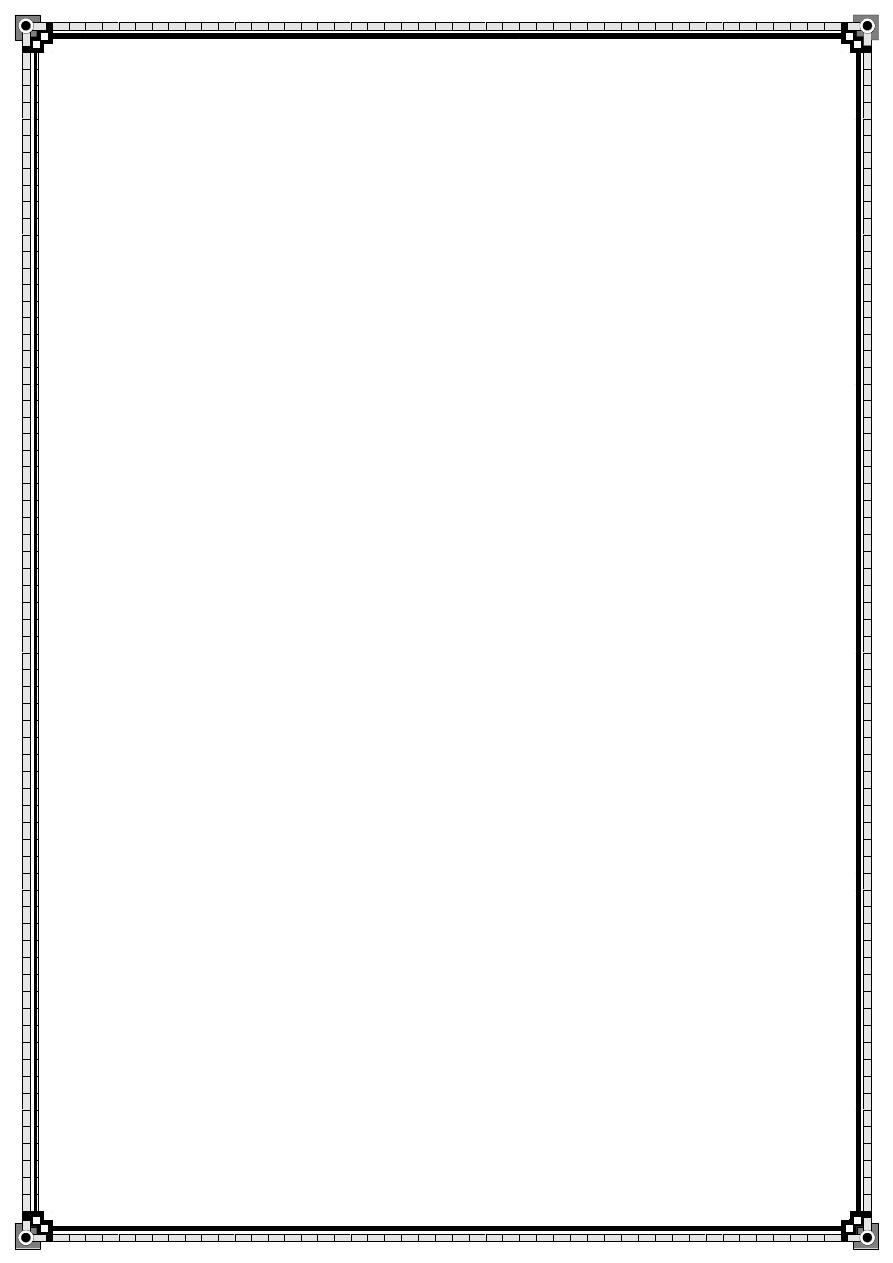
147
Indications for surgery
The risk of colectomy is 20% overall, ranging from 5% in those
patients with proctitis to 50% in those patients with a very severe
attack. The need for surgery is highest in the first year after the disease onset, for:
• severe or fulminating disease failing to respond to medical therapy;
• chronic disease with anaemia, frequent stools, urgency and tenesmus;
• steroid-dependent disease – here, the disease is not severe but
remission cannot be maintained without substantial doses of steroids;
• the risk of neoplastic change: patients who have severe dyspla- sia on review colonoscopy;
• extraintestinal manifestations;
• rarely, severe haemorrhage or stenosis causing obstruction.
Summary box 65.6
Principles of management of CD
■ Close liaison between physician and surgeon is crucial
■ Medical therapy should always be considered as an alternative to surgery,although surgery
should not be delayed when a clear indication for surgery exists
■ Patients must be optimised as far as possible prior to
surgery,and this may require preoperative total parenteral nutrition
■ CD is a chronic relapsing disease with a high likelihood of reoperation;the surgeon must
take every reasonable effort to preserve bowel length and sphincter function
Indications for surgery
Surgical resection will not cure CD. Surgery is therefore focused
on the complications of the disease. As many of these indications
for surgery may be relative, joint management by an aggressive
physician and a conservative surgeon is thought to be ideal.
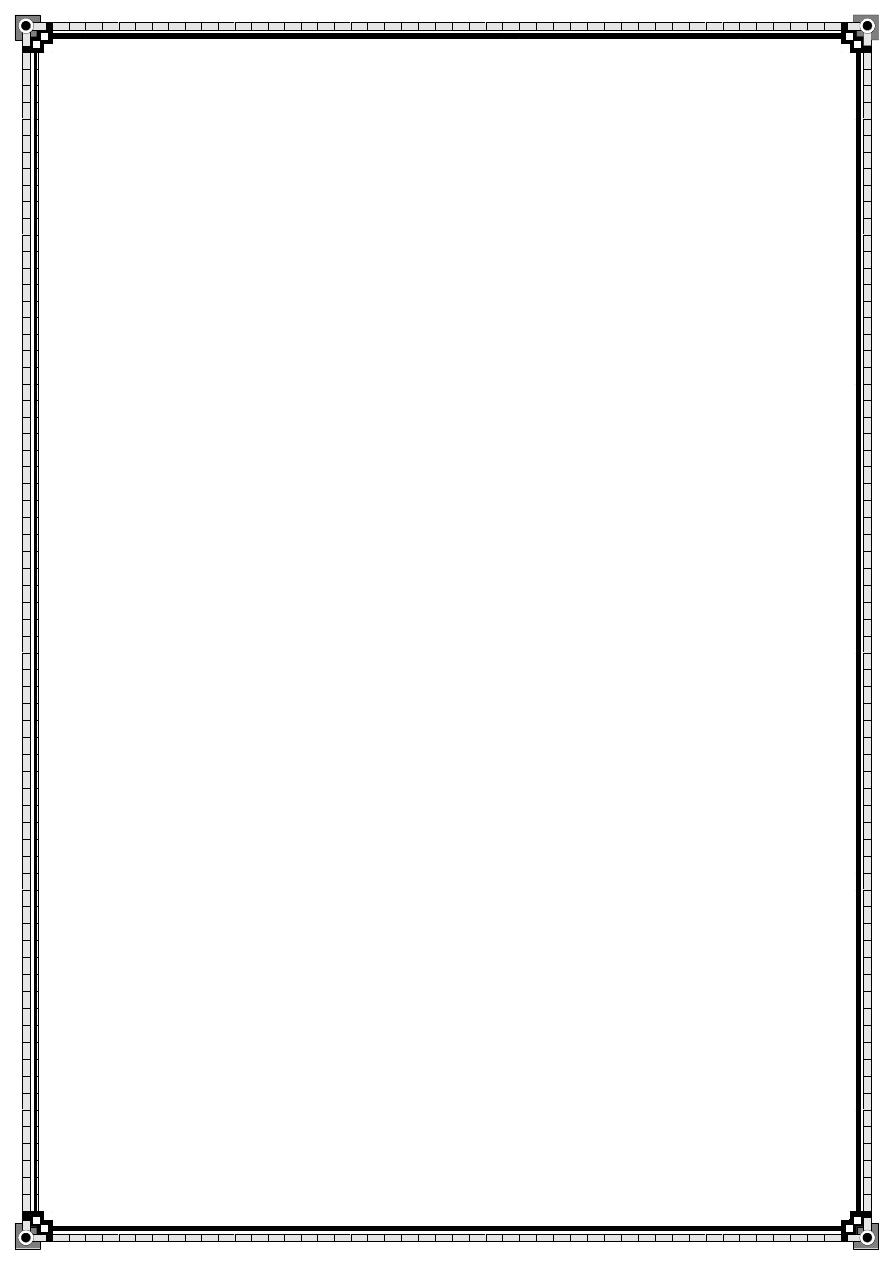
148
These complications include:
• recurrent intestinal obstruction;
• bleeding;
• perforation;
• failure of medical therapy;
• intestinal fistula;
• fulminant colitis;
• malignant change;
• perianal disease.
Summary box 65.7
Differences between UC and CD
■ UC affects the colon;CD can affect any part of the
gastrointestinal tract,but particularly the small and large bowel
■ UC is a mucosal disease whereas CD affects the full thickness of the bowel wall
■ UC produces confluent disease in the colon and rectum
whereas CD is characterised by skip lesions
■ CD more commonly causes stricturing and fistulation
■ Granulomas may be found on histology in CD but not in UC
■ CD is often associated with perianal disease whereas this is unusual in UC
■ CD affecting the terminal ileum may produce symptoms
mimicking appendicitis,but this does not occur in UC
■ Resection of the colon and rectum cures the patient with
UC,whereas recurrence is common after resection in CD
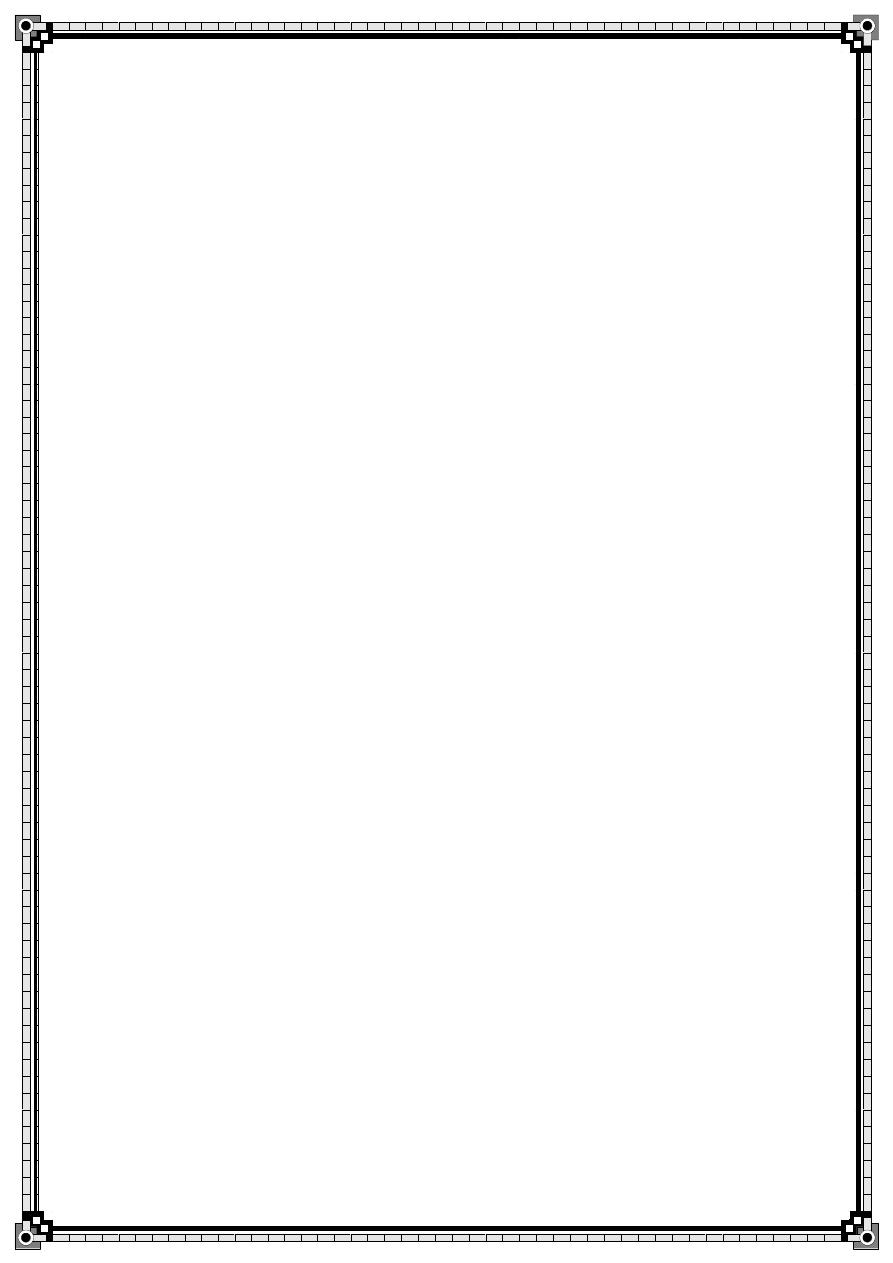
149
Table 65.3 Classification of polyps of the large intestine
Class Varieties
Inflammatory Inflammatory polyps
Metaplastic Metaplastic or hyperplastic polyps
Harmartomatous Peutz–Jeghers polyp
Juvenile polyp
Neoplastic
Adenoma
–Tubular
–Tubulovillous
–Villous
Adenocarcinoma
Carcinoid tumour
Summary box 65.8
FAP
■ Autosomal dominant inherited disease due to mutation of the APC gene
■ More than 100 colonic adenomas are diagnostic
■ Surgery is the only means of preventing colonic cancer
■ Polyps and malignant tumours can develop in the duodenum and small bowel
Figure 65.39 Distribution of colorectal cancer by site.
Hepatic flexure
2%
Splenic flexure
3%

150
Transverse colon
5.5%
Transverse colon
5.5%
Anus
2%
Ascending
colon
5%
Caecum
12%
Appendix
0.5%
Descending
colon
4%
Sigmoid colon
21%
Rectum
38%
Summary box 65.9
Symptoms and signs of colorectal cancer
■ Right-sided tumours:iron deficiency anaemia,abdominal mass
■ Left-sided tumours:rectal bleeding,alteration in bowel habit,tenesmus,obstruction
■ Metastatic disease:jaundice,ascites,hepatomegaly;other
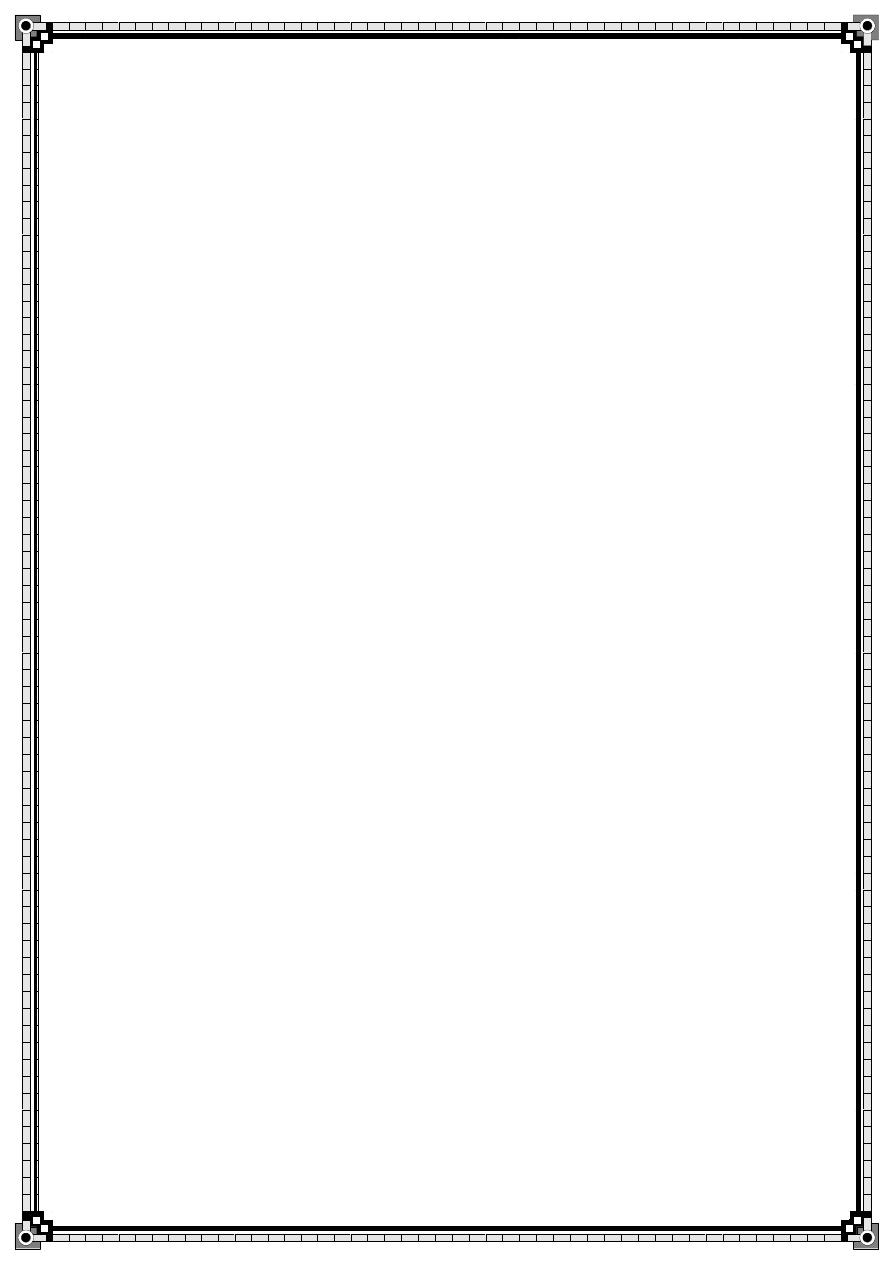
151
symptoms and signs from rarer sites of metastasis
■ There may be considerable overlap between these Symptoms
Summary box 65.10
Principles of management of colorectal cancer
■ Assessment of local and distant tumour spread should be performed both preoperatively and
intraoperatively to allow planning of surgery
■ Synchronous tumours occur in about 5% of patients and
should be excluded preoperatively
■ Operations are planned to remove the primary tumour
and its draining locoregional lymph nodes
■ Histological examination of resected tumours contributes to decision making regarding the
need for adjuvant therapy
Summary box 65.11
Stomas
■ May be colostomy or ileostomy
■ May be temporary or permanent
■ Temporary or defunctioning stomas are usually fashioned as loop stomas
■ An ileostomy is spouted;a colostomy is flush
■ Ileostomy effluent is usually liquid whereas colostomy effluent is usually solid
■ Ileostomy patients are more likely to develop fluid and electrolyte problems
■ An ileostomy is usually sited in the right iliac fossa
■ A temporary colostomy may be transverse and sited in the right upper quadrant
■ End-colostomy is usually sited in the left iliac fossa
■ All patients should be counselled by a stoma care nurse before operation
■ Complications include skin irritation,prolapse,retraction,
necrosis,stenosis,parastomal hernia,bleeding and fistulation
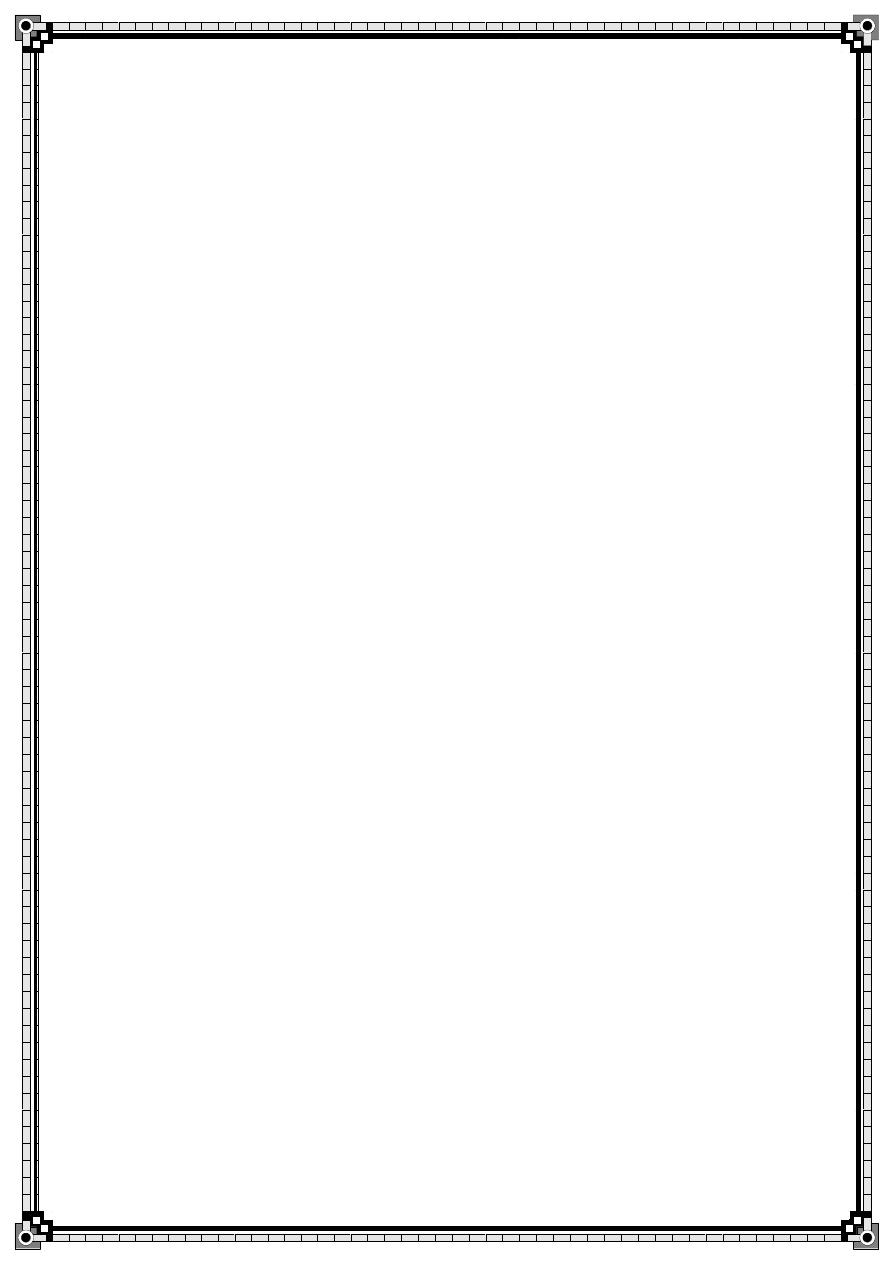
152
Complications of colostomies
The following complications can occur to any colostomy but are
more common after poor technique or siting of the stoma:
• prolapse;
• retraction;
• necrosis of the distal end;
• fistula formation;
• stenosis of the orifice;
• colostomy hernia;
• bleeding (usually from granulomas around the margin of thecolostomy);
• colostomy ‘diarrhoea’: this is usually an infective enteritis and will respond to oral
metronidazole 200 mg three times daily.
66.Intestinal obstruction
Summary box 66.1
Causes of intestinal obstruction
Dynamic
■ Intraluminal
Impaction
Foreign bodies
Bezoars
Gallstones
■ Intramural
Stricture
Malignancy
■ Extramural

153
Bands/adhesions
Hernia
Volvulus
Intussusception
Adynamic
■ Paralytic ileus
■ Mesenteric vascular occlusion
■ Pseudo-obstruct
Summary box 66.2
Mechanisms of obstruction
■ Volvulus
■ Incarceration
■ Obstruction
■ Intussusception
The common causes of dynamic intes- tinal obstruction and their relative frequencies.
Adhesions
40%
Miscellaneous
5%
Pseudo-obstruction
5%
Faecal impaction
8%
Carcinoma
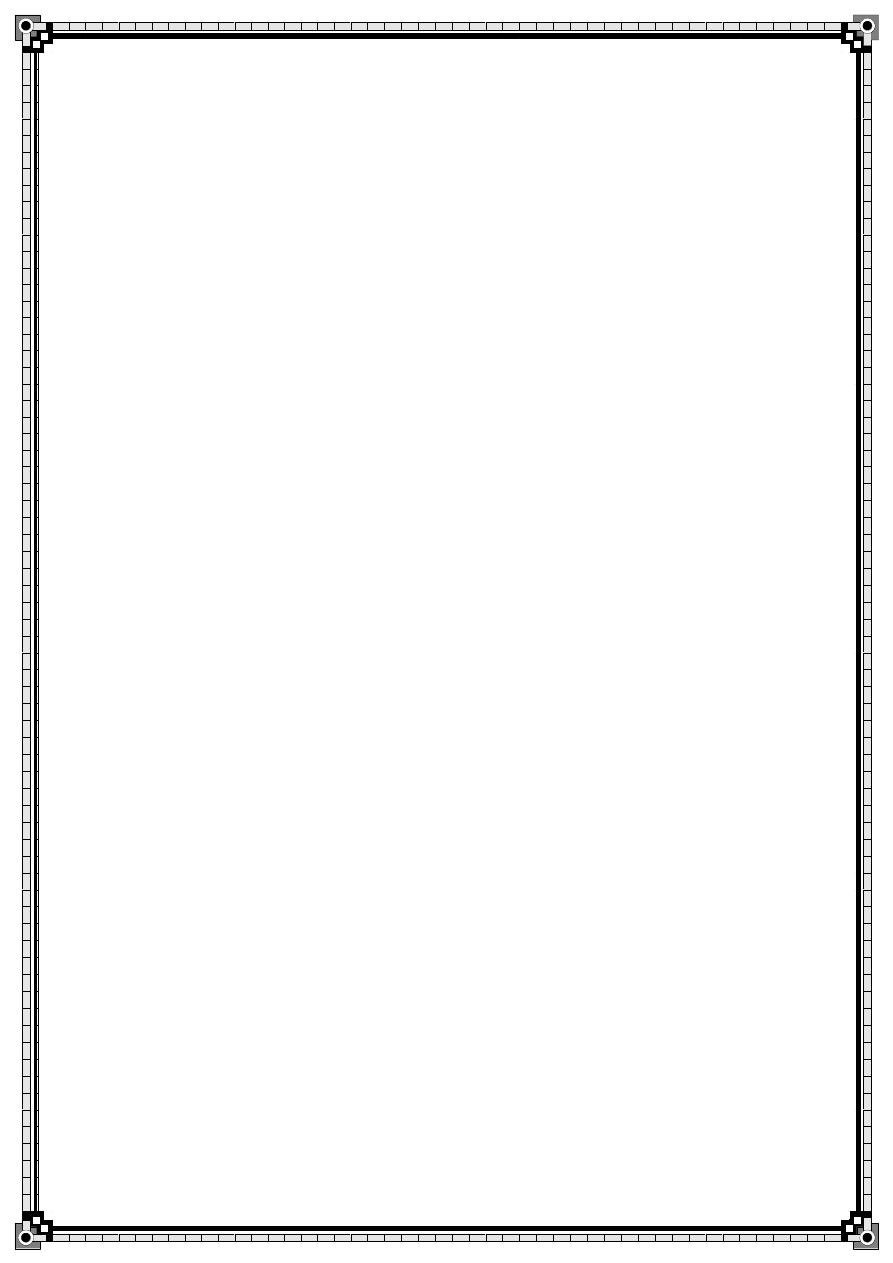
154
15%
Inflammatory
15%
Obstructed hernia
12%
Summary box 66.3
Causes of strangulation
External
■ Hernial orifices
■ Adhesions/bands
Interrupted blood flow
■ Volvulus
■ Intussusception
Increased intraluminal pressure
■ Closed-loop obstruction
Primary
■ Mesenteric infarction
Summary box 66.4
Prevention of adhesions
Factors that may limit adhesion formation include:
■ Good surgical technique
■ Washing of the peritoneal cavity with saline to remove clots,etc.
■ Minimising contact with gauze
■ Covering anastomosis and raw peritoneal surfaces

155
Summary box 66.5
Intussusception
■ Most common in children
■ Primary or secondary to intestinal pathology,e.g.polyp, Meckel’s diverticulum
■ Ileocolic is the commonest variety
■ Can lead to an ischaemic segment
■ Radiological reduction is indicated in most cases
■ The remainder require surgery
Summary box 66.6
Volvulus
■ May involve the small intestine,caecum or sigmoid colon;
neonatal midgut volvulus secondary to midgut malrotation is life-threatening
■ The commonest spontaneous type in adults is sigmoid
■ Sigmoid volvulus can be relieved by decompression peranum
■ Surgery is required to prevent or relieve ischaemia
Summary box 66.7
Features of obstruction
■ In high small bowel obstruction,vomiting occurs early and is profuse with rapid
dehydration.Distension is minimal with little evidence of fluid levels on abdominal
radiography
■ In low small bowel obstruction,pain is predominant with
central distension.Vomiting is delayed.Multiple central fluid levels are seen on radiography
■ In large bowel obstruction,distension is early and
pronounced.Pain is mild and vomiting and dehydration
are late.The proximal colon and caecum are distended on abdominal radiography

156
Summary box 66.8
Cardinal clinicalfeatures of acute obstruction
■ Abdominal pain
■ Distension
■ Vomiting
■ Absolute constipation
Summary box 66.9
Clinical features of strangulation
■ Constant pain
■ Tenderness with rigidity
■ Shock
Summary box 66.10
Radiological features of obstruction
■ The obstructed small bowel is characterised by straight
segments that are generally central and lie transversely.No gas is seen in the colon
■ The jejunum is characterised by its valvulae conniventes, which completely pass across the
width of the bowel and are regularly spaced,giving a ‘concertina’or ladder effect
■ Ileum – the distal ileum has been piquantly described by Wangensteen as featureless
■ Caecum – a distended caecum is shown by a rounded gas shadow in the right iliac fossa
■ Large bowel,except for the caecum,shows haustral folds, which,unlike valvulae
conniventes,are spaced irregularly, do not cross the whole diameter of the bowel and do not
have indentations placed opposite one another
Summary box 66.11
Treatment of acute intestinal obstruction
■ Gastrointestinal drainage

157
■ Fluid and electrolyte replacement
■ Relief of obstruction
■ Surgical treatment is necessary for most cases of intestinal obstruction but should be
delayed until resuscitation is complete,provided there is no sign of strangulation or
evidence of closed-loop obstruction
Summary box 66.12
Principles of surgical intervention for obstruction
Management of:
■ The segment at the site of obstruction
■ The distended proximal bowel
■ The underlying cause of obstruction
Summary box 66.13
Indications for early surgical intervention
■ Obstructed or strangulated external hernia
■ Internal intestinal strangulation
■ Acute obstruction
Table 66.3 Differentiation between viable and non-viable intestine
Viable Non-viable
Circulation Dark colour becomes lighter Dark colour remains
Mesentery bleeds if pricked No bleeding if mesentery is pricked
Peritoneum Shiny Dull and lustreless
Intestinal musculature Firm Flabby, thin and friable
Pressure rings may or may not disappear Pressure rings persist
Peristalsis may be observed No peristalsis

158
Summary box 66.14
Treatment of adhesive obstruction
■ Initially treat conservatively provided there are no signs of
strangulation;should rarely continue conservative treatment for longer than 72 hours
■ At operation,divide only the causative adhesion(s) and limit dissection
■ Cover serosal tears;invaginate (or resect) areas of doubtful viability
■ Laparoscopic adhesiolysis may have a role in chronic cases
Summary box 66.15
Management of left-sided large bowel obstruction
Contraindications to immediate resection include:
■ Inexperienced surgeon
■ Moribund patient
■ Advanced disease
Summary box 66.16
Principles of investigation of possible large bowel obstruction
■ In the presence of large bowel obstruction,a single-
contrast water-soluble enema or CT should be undertaken to exclude a functional cause
Summary box 66.17
Factors associated with pseudo-obstruction
Idiopathic
■ Metabolic
Diabetes:intermittent porphyria
Acute hypokalaemia
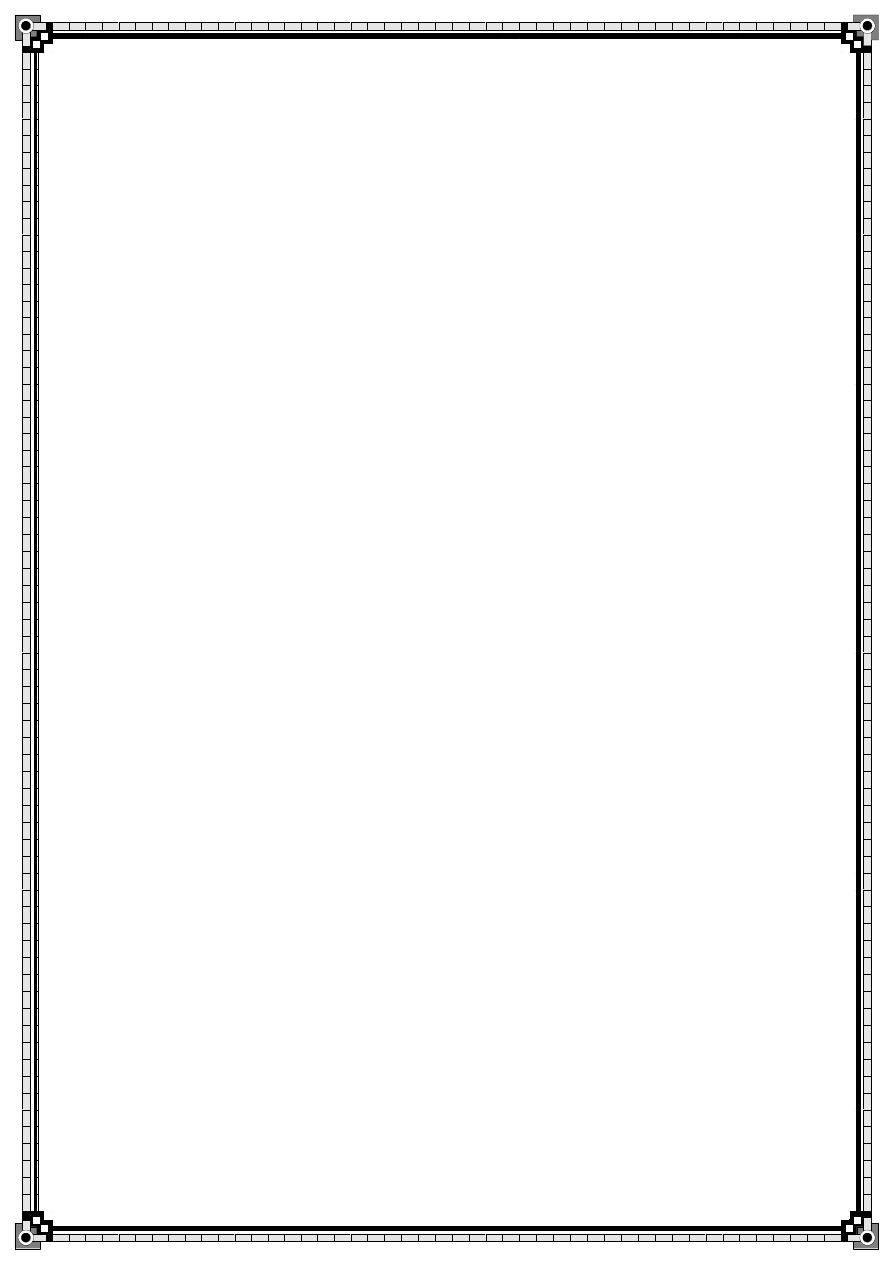
159
Uraemia
Myxodoema
■ Severe trauma (especially to the lumbar spine and pelvis)
■ Shock
Burns
Myocardial infarction
Stroke
Septicaemia
■ Retroperitoneal irritation
Blood
Urine
Enzymes (pancreatitis)
Tumour
■ Drugs
Tricyclic antidepressants
Phenothiazines
Laxatives
■ Secondary gastrointestinal involvement
Scleroderma
Chagas’disease

160
67.The vermiform appendix
Summary box 67.1
Risk factors for perforation of the appendix
■ Extremes of age
■ Immunosuppression
■ Diabetes mellitus
■ Faecolith obstruction
■ Pelvic appendix
■ Previous abdominal surgery
Summary box 67.2
Symptoms of appendicitis
■ Peri-umbilical colic
■ Pain shifts to the right iliac fossa
■ Anorexia
■ Nausea
Summary box 67.3
Clinical signs in appendicitis
■ Pyrexia
■ Localised tenderness in the right iliac fossa
■ Muscle guarding
■ Rebound tenderness
Summary box 67.4
Signs to elicit in appendicitis
■ Pointing sign

161
■ Rovsing’s sign
■ Psoas sign
■ Obturator sign
Table 67.1 Differential diagnosis of acute appendicitis
Children Adult Adult female Elderly
Gastroenteritis Regional enteritis Mittelschmerz Diverticulitis
Mesenteric adenitis Ureteric colic Pelvic inflammatory disease Intestinal obstruction
Meckel’s diverticulitis Perforated peptic ulcer Pyelonephritis Colonic carcinoma
Intussusception Torsion of testis Ectopic pregnancy Torsion appendix epiploicae
Henoch–Schönlein purpura Pancreatitis Torsion/rupture of Mesenteric infarction
ovarian cyst
Lobar pneumonia Rectus sheath haematoma Endometriosis Leaking aortic aneurysm
Table 67.2 The Alvarado (MANTRELS) score
Symptoms Score
Migratory RIF pain 1
Anorexia 1
Nausea and vomiting 1
Signs
Tenderness (RIF) 2
Rebound tenderness 1
Elevated temperature 1
Laboratory
Leucocytosis 2
Shift to left 1
Total 10
RIF, right iliac fossa; MANTRELS, Migration of pain, Anorexia, Nausea or vomit-

162
ing, Tenderness, Rebound pain, Elevation of temperature, Leucocytosis, Shift to
left (segmented neutrophils).
A score of 7 or more is strongly predictive of acute appendicitis
In patients with an equivocal score (5–6)
Summary box 67.5
Preoperative investigations in appendicitis
Routine
■ Full blood count
■ Urinalysis
Selective
■ Pregnancy test
■ Urea and electrolytes
■ Supine abdominal radiograph
■ Ultrasound of the abdomen/pelvis
■ Contrast-enhanced CT scan of the abdomen
*Transverse or skin crease (Lanz) incision for appendici-
tis, 2cm below the umbilicus, centred on the mid-clavicular–
midinguinal line
Summary box 67.7
Check-list for unwell patient following
appendicectomy
■ Examine the wound and abdomen for an abscess
■ Consider a pelvic abscess and perform a rectal examination
■ Examine the lungs – pneumonitis or collapse

163
■ Examine the legs – consider venous thrombosis
■ Examine the conjunctivae for an icteric tinge and the liver
for enlargement,and enquire whether the patient has had rigors (pylephlebitis)
■ Examine the urine for organisms (pyelonephritis)
■ Suspect subphrenic abscess
Summary box 67.6
Criteria for stopping conservative treatment of an
appendix mass
■ A rising pulse rate
■ Increasing or spreading abdominal pain
■ Increasing size of the mass
68.The rectum
Summary box 68.1
Anatomy of the rectum
■ The rectum measures approximately 15cm in length
■ It is divided into lower,middle and upper thirds
■ The blood supply consists of inferior,middle and superior
rectal vessels
■ Although the lymphatic drainage follows the blood supply,
the principal route is upwards along the superior rectal
vessels to the para-aortic nodes
Summary box 68.2
Main symptoms of rectal disease
■ Bleeding per rectum
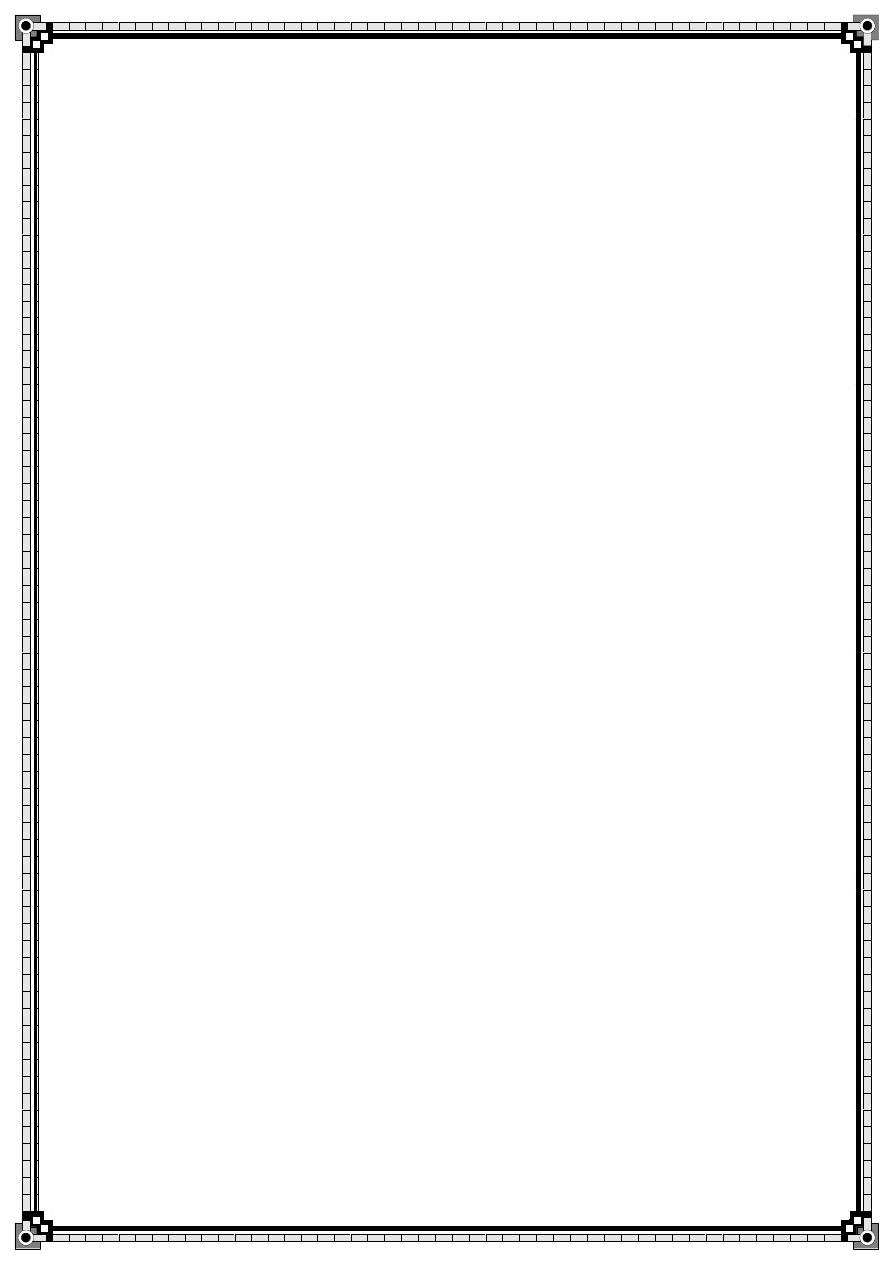
164
■ Altered bowel habit
■ Mucus discharge
■ Tenesmus
■ Prolapse
Summary box 68.3
Examination of the rectum
■ Visual inspection of the perineum
■ Digital examination
■ Proctoscopy
■ Sigmoidoscopy – rigid or flexible
Summary box 68.4
Injuries to the rectum are serious and invariably require surgery
■ A temporary colostomy is often necessary
■ There is a serious risk of associated necrotising fasciitis,
and broad-spectrum antibiotics are mandatory
■ There may be associated bladder or urethral damage
Summary box 68.5
Rectal prolapse
■ It may be mucosal or full thickness
■ If full thickness,the whole wall of the rectum is included
■ It commences as a rectal intussusception
■ In children,the prolapse is usually mucosal and should be treated conservatively
■ In the adult,the prolapse is often full thickness and is frequently associated with
incontinence
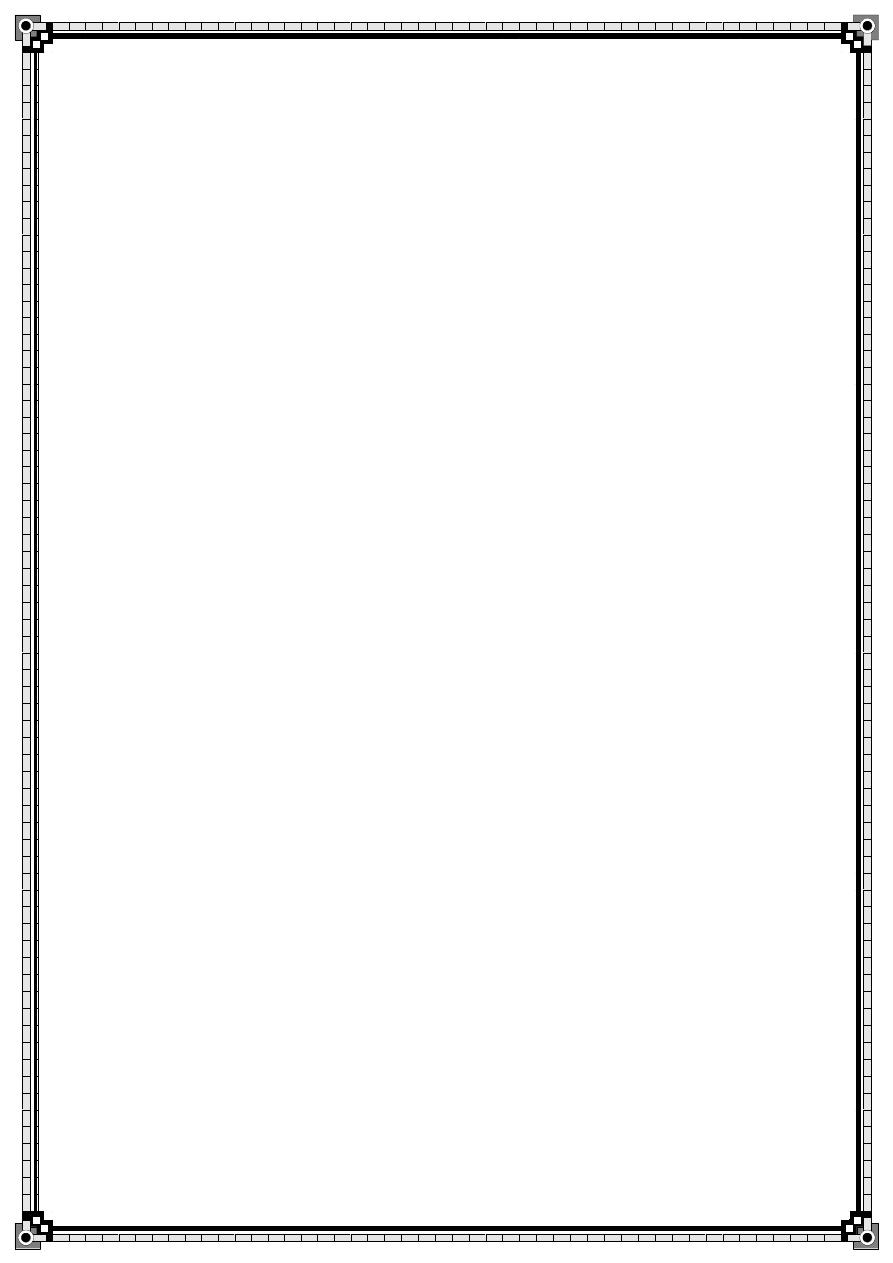
165
■ Surgery is necessary for full-thickness rectal prolapse
■ The operation is performed either via the perineum or via the abdomen
Summary box 68.6
Proctitis
■ May be non-specific or related to a specific infective agent
■ Non-specific proctitis usually remains confined to the distal bowel,but can spread to the
proximal colon
■ Causes bleeding,diarrhoea and tenesmus
■ Treatment is usually conservative
Summary box 68.7
Polyps in the rectum
■ Are either single or multiple
■ Adenomas are the most frequent histological type
■ Villous adenomas may be extensive and undergo
malignant change more commonly than tubular adenomas
■ All adenomas must be removed to avoid carcinomatous change
■ All patients must undergo colonoscopy to determine whether further polyps are present
■ Most polyps can be removed by endoscopic techniques, but sometimes major surgery is
required
Summary box 68.8
Pathology and staging of rectal cancer
■ Tumours are adenocarcinomas and are well,moderately or poorly differentiated
■ They spread by local,lymphatic,venous and transperitoneal routes
■ Circumferential local spread is the most important as this profoundly affects surgical
treatment
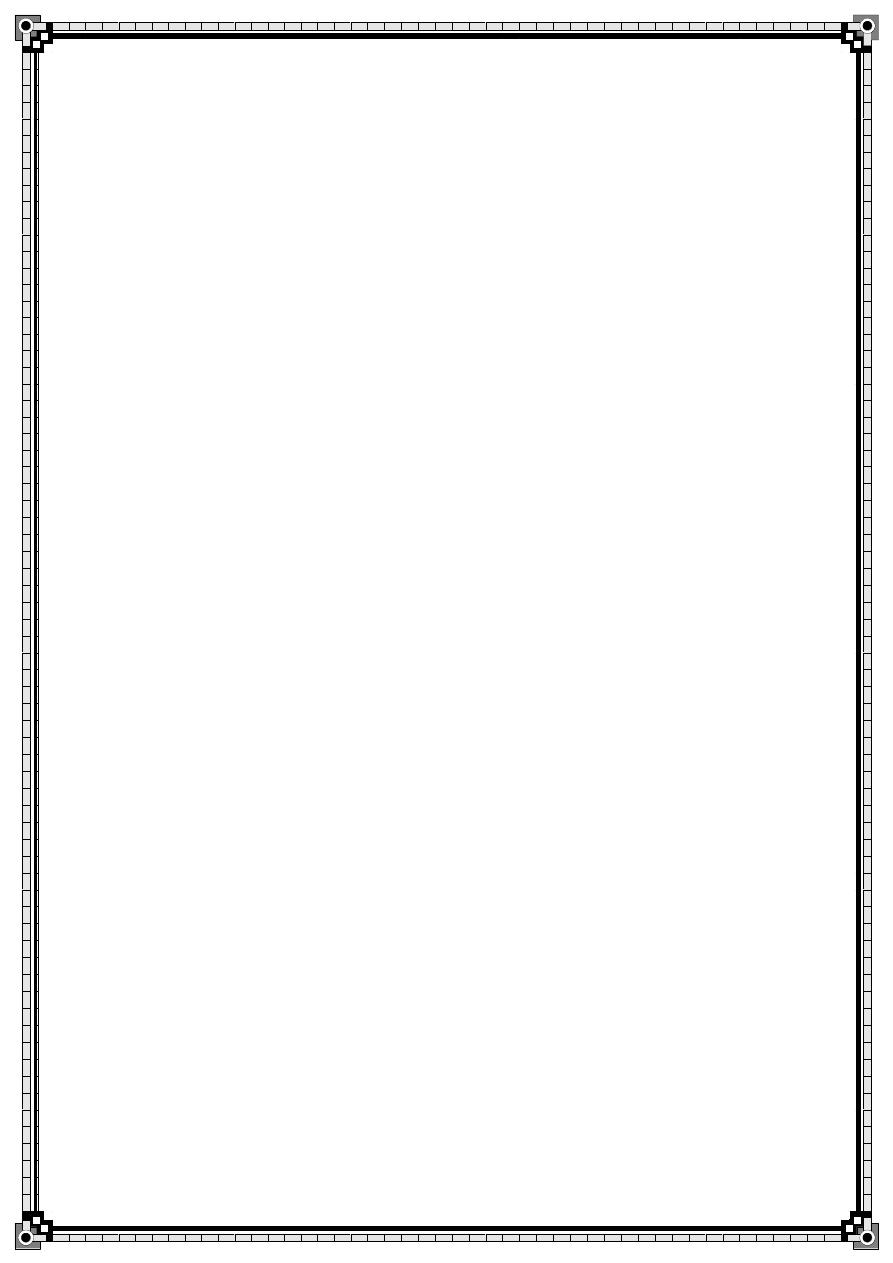
166
■ Although lymphatic spread follows the blood supply of the rectum,most occurs in an
upwards direction via the superior rectal vessels to the para-aortic nodes
■ The TNM classification is the internationally recognized staging system
Summary box 68.9
Early symptoms of rectal cancer
■ Bleeding per rectum
■ Tenesmus
■ Early morning diarrhea
Summary box 68.10
Diagnosis and assessment of rectal cancer
All patients with suspected rectal cancer should undergo:
■ Digital rectal examination
■ Sigmoidoscopy and biopsy
■ Colonoscopy if possible (or CT colonography or barium enema)
All patients with proven rectal cancer require staging by:
■ Imaging of the liver and chest,preferably by CT
■ Local pelvic imaging by magnetic resonance imaging and/or endoluminal ultrasound
Summary box 68.11
Preoperative preparation
■ Mechanical bowel preparation
■ Counselling and siting of stomas
■ Correction of anaemia and electrolyte disturbance
■ Cross-matching of blood
■ Prophylactic antibiotics
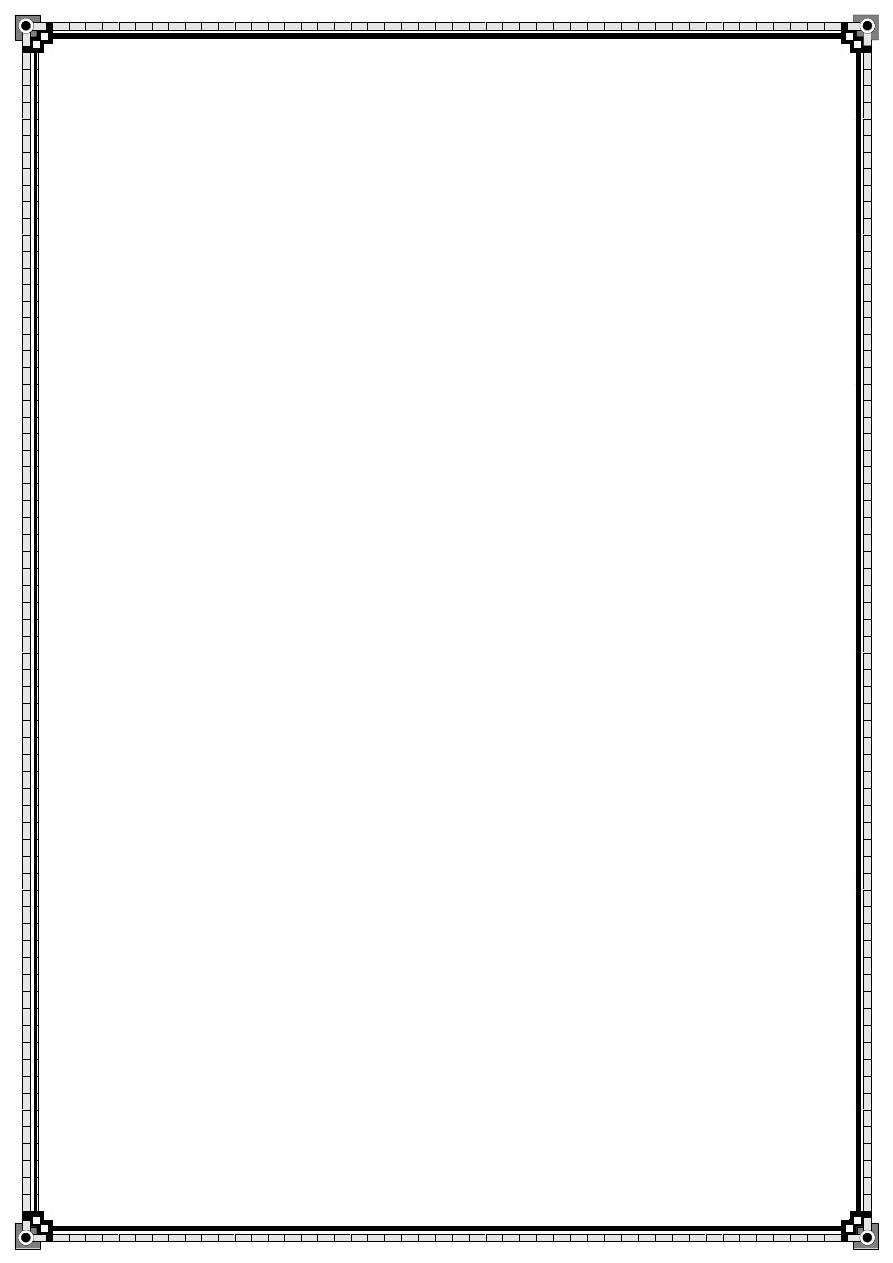
167
■ Deep vein thrombosis prophylaxis
■ Insertion of urethral catheter
Summary box 68.12
Surgery for rectal cancer
■ Surgery is the mainstay of curative therapy
■ The primary resection consists of rectal excision with TME
■ Most cases can be treated by anterior resection with the
colorectal anastomosis being achieved with a circular stapling gun
■ A smaller group of low,extensive tumours require an
abdominoperineal excision with a permanent colostomy
■ Preoperative radiotherapy can reduce local recurrence
■ Adjuvant chemotherapy can improve survival in node- positive disease
■ Liver resection in carefully selected patients offers the best
chance of cure for single or well-localised liver metastases
69.The anus and anal canal
Summary box 69.1
Anal canal anatomy
■ The internal sphincter is composed of circular,non-striated
involuntary muscle supplied by autonomic nerves
■ The external sphincter is composed of striated voluntary muscle supplied by the pudendal
nerve
■ Extensions from the longitudinal muscle layer support the sphincter complex
■ The space between sphincters is known as the intersphincteric plane
■ The superior part of the external sphincter fuses with the
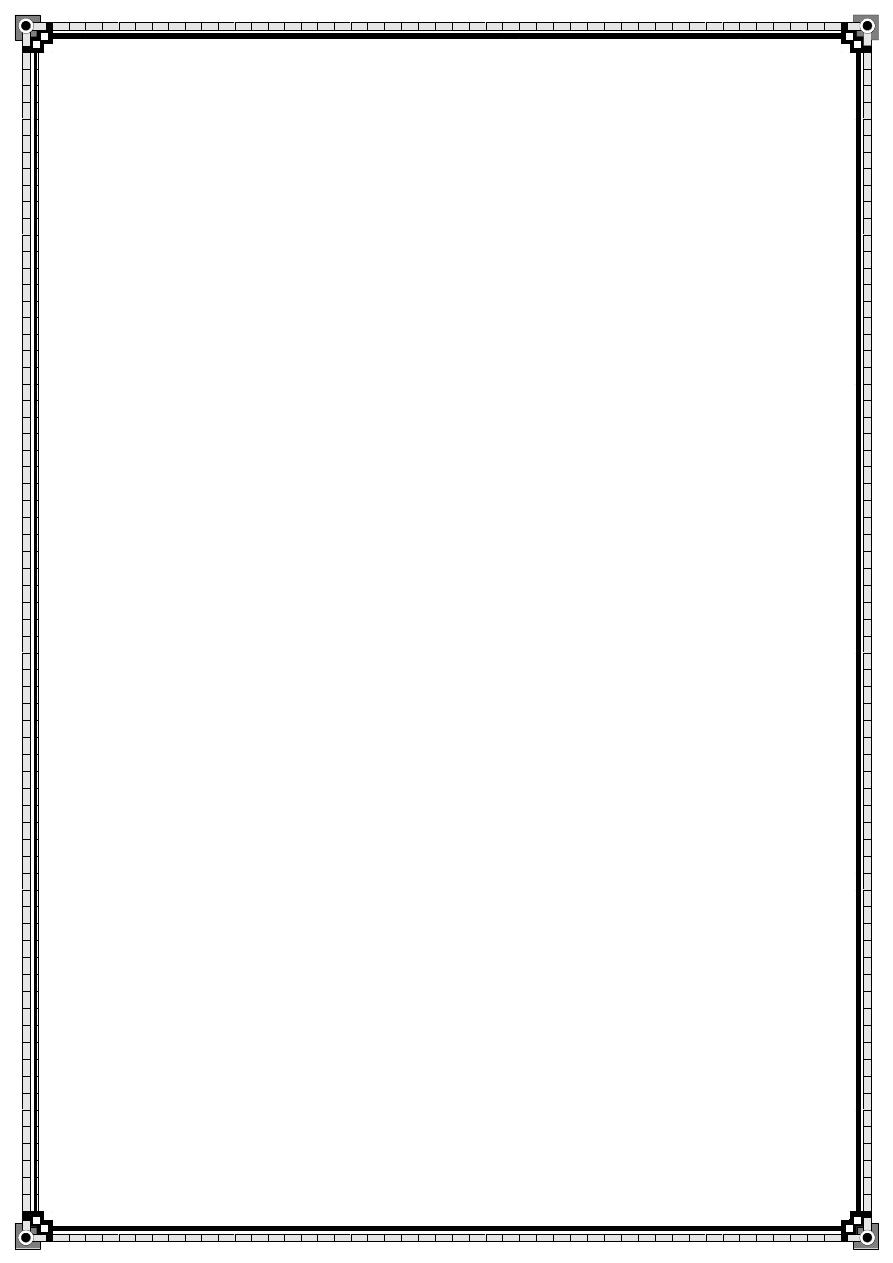
168
puborectalis muscle,which is essential for maintaining the anorectal angle,necessary for
continence
■ The lower part of the anal canal is lined by sensitive squamous epithelium
■ Blood supply to the anal canal is via superior,middle and inferior rectal vessels
■ Lymphatic drainage of the lower half of the anal canal goes to inguinal lymph nodes
Summary box 69.2
Examination of anal canal
■ A rectal examination is essential for any patient with anorectal and/or bowel symptoms – ‘If
you don’t put your finger in,you might put your foot in it’
■ A proctosigmoidoscopy is essential in any patient with
bowel symptoms,and particularly if there is rectal bleeding
Summary box 69.3
Imperforate anus
■ A rare congenital disorder
■ Classified as being high or low depending on the site of
the rectal termination in relation to the pelvic floor
■ Low defects:relatively easy to correct but prone to constipation
■ High defects:more difficult to correct and prone to faecal incontinence
Summary box 69.4
Causes of anal incontinence
Congenital/childhood
■ Anorectal anomalies
■ Spina bifida
■ Hirschsprung’s disease

169
■ Behavioural
Acquired/adulthood
■ Diabetes mellitus
■ Cerebrovascular accident
■ Parkinson’s disease
■ Multiple sclerosis
■ Spinal cord injury
■ Other neurological conditions:
Myotonic dystrophy
Shy–Drager syndrome
Amyloid neuropathy
■ Gastrointestinal infection
■ Irritable bowel syndrome
■ Metabolic bowel disease
■ Inflammatory bowel disease
■ Megacolon/megarectum
■ Anal trauma
■ Abdominal surgery:
Small bowel resection
Colonic resection
■ Pelvic surgery:
Hysterectomy
Rectal excision
■ Pelvic malignancy
■ Pelvic radiotherapy
■ Rectal prolapse

170
■ Rectal evacuatory disorder:
Mechanical,e.g.rectocoele,intussusceptio
Functional,i.e.pelvic floor dyssynergia
■ Anal surgery:
Haemorrhoidectomy
Surgery for fistula
Surgery for fissure
Rectal disimpaction
■ Obstetric events
General
■ Ageing
■ Dependence of nursing care
■ Obesity
■ Psycho-behavioural factors
■ Intellectual incapacity
■ Drugs:
Primary constipating and laxative agents Secondary effects
Summary box 69.5
Anal fissure
■ Acute or chronic
■ Ischaemic ulcer in the midline of the anal canal
■ Ectopic site suggests a more sinister cause
Symptoms:
■ Pain on defaecation
■ Bright-red bleeding
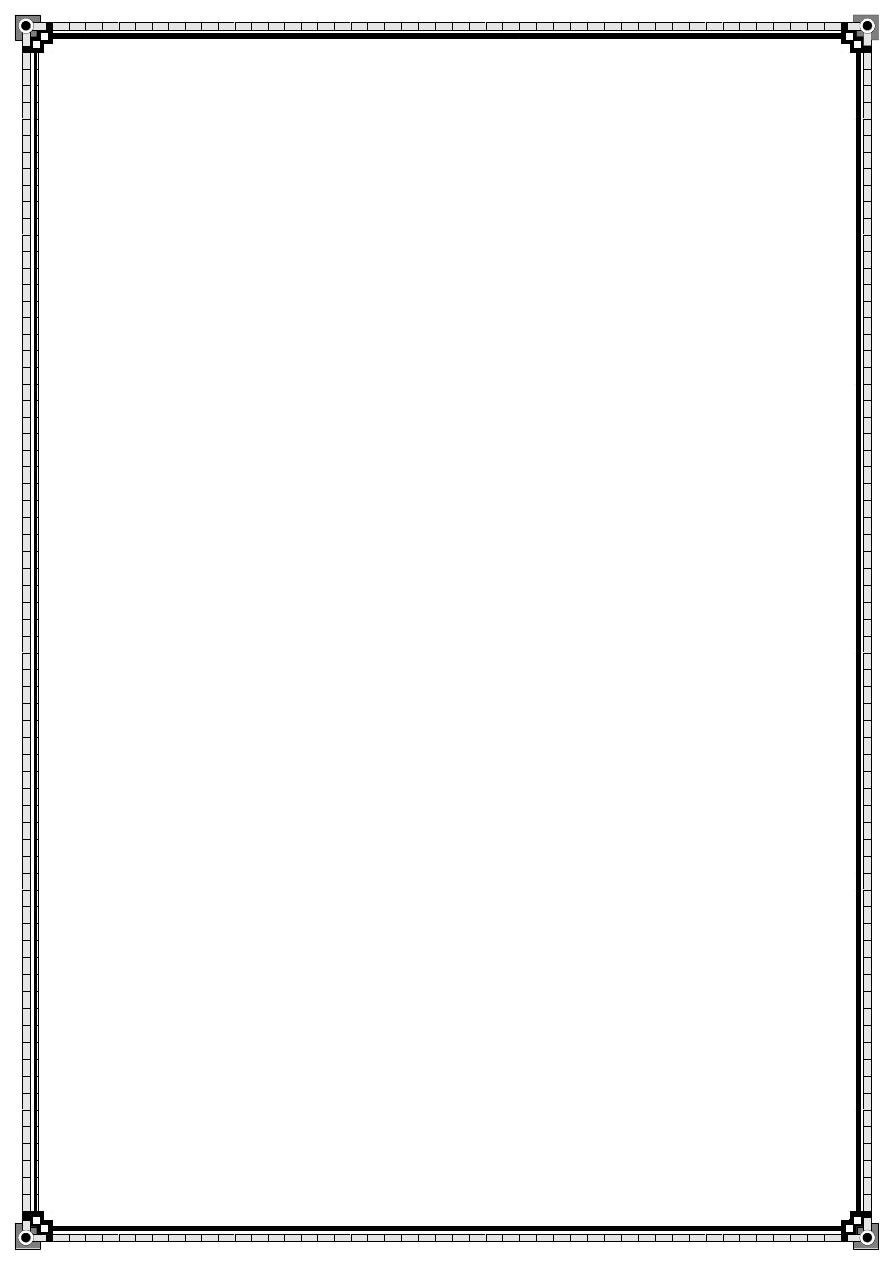
171
■ Mucous discharge
■ Constipation
Summary box 69.6
Treatment of an anal fissure
■ Conservative initially,consisting of stool-bulking agents and softeners,and chemical agents
in the form of ointments designed to relax the anal sphincter and improve blood flow
■ Surgery if above fails,consisting of lateral internal sphincterotomy or anal advancement flap
Summary box 69.7
Haemorrhoids: clinical features
■ Haemorrhoids or piles are symptomatic anal cushions
■ They are more common when intra-abdominal pressure is
raised,e.g.in obesity,constipation and pregnancy
■ Classically,they occur in the 3,7 and 11 o’clock positions
with the patient in the lithotomy position
■ Symptoms of haemorrhoids:
–bright-red,painless bleeding
–mucus discharge
–prolapse
–pain only on prolapsed
Summary box 69.8
Four degrees of haemorrhoids
■ First degree – bleed only,no prolapse
■ Second degree – prolapse but reduce spontaneously
■ Third degree – prolapse and have to be manually reduced
■ Fourth degree – permanently prolapsed

172
Summary box 69.9
Complications of haemorrhoids
■ Strangulation and thrombosis (Fig.69.27)
■ Ulceration
■ Gangrene
■ Portal pyaemia
■ Fibrosis
Summary box 69.10
Treatment of haemorrhoids
■ Symptomatic – advice about defaecatory habits,stool softeners and bulking agents
■ Injection of sclerosant
■ Banding
■ Haemorrhoidectomy
Summary box 69.11
Complications of haemorrhoidectomy Early
■ Pain
■ Acute retention of urine
■ Reactionary haemorrhage Late
■ Secondary haemorrhage
■ Anal stricture
■ Anal fissure
■ Incontinence

173
Summary box 69.12
Pruritus ani
■ Common
■ Numerous causes including skin diseases,parasites (threadworm),anal
discharge,allergies,diabetes
■ Treat the cause if possible
■ Symptomatic treatment is the mainstay
Summary box 69.13
Anorectal abscess
■ Usually produces a painful,throbbing swelling in the anal
region.The patient often has swinging pyrexia
■ Subdivided according to anatomical site into perianal,
ischiorectal,submucous and pelvirectal
■ Underlying conditions include fistula-in-ano (most
common),Crohn’s disesase,diabetes,immunosuppression
■ Treatment is drainage of pus in first instance,together with appropriate antibiotics
■ Always look for a potential underlying problem
Summary box 69.14
Anorectal fistulae
■ Are common and may be simple or complex
■ Are classified according to their relationship to the anal sphincters
■ May be associated with underlying disease such as tuberculosis or Crohn’s disease
■ Laying open is the surest method of eradication,but sphincter division may result in
incontinence

174
Summary box 69.15
Benign anal stricture
■ May be spasmodic or organic
■ May be iatrogenic,e.g.after haemorrhoidectomy or repair of imperforate anus
■ Biopsy must be taken to rule out malignancy
■ Can usually be managed by regular dilatation
Summary box 69.16
Anal cancer
■ Uncommon tumour,which is usually a squamous cell carcinoma
■ Associated with HPV
■ More prevalent in patients with HIV infection
■ May affect the anal verge or anal canal
■ Lymphatic spread is to the inguinal lymph nodes
■ Treatment is by chemoradiotherapy in the first instance
■ Major ablative surgery is required if the above fails

175
PART 12: Genitourinary
70.Urinary symptoms and
investigations
Summary box 70.1
Haematuria
■ Is always abnormal whether microscopic or macroscopic
■ May be caused by a lesion anywhere in the urinary tract
■ Is investigated by:
–examination of midstream specimen for infection
–cytological examination of a urine specimen
–intravenous urogram and/or urinary tract ultrasound scan –flexible or rigid cystoscopy
■ Is commonly caused by urinary infection,especially in young women
Summary box 70.2
Pain from the upper urinary tract
■ When caused by acute obstruction of the renal pelvis,is
typically fixed deep in the loin and ‘bursting’in character
■ When caused by acute ureteric obstruction (usually by a
stone),is colicky with sharp exacerbations against a constant background
■ Is liable to be referred to the groin,scrotum or labium as
calculus obstruction moves distally in the ureter
Summary box 70.3
Pain from the lower urinary tract
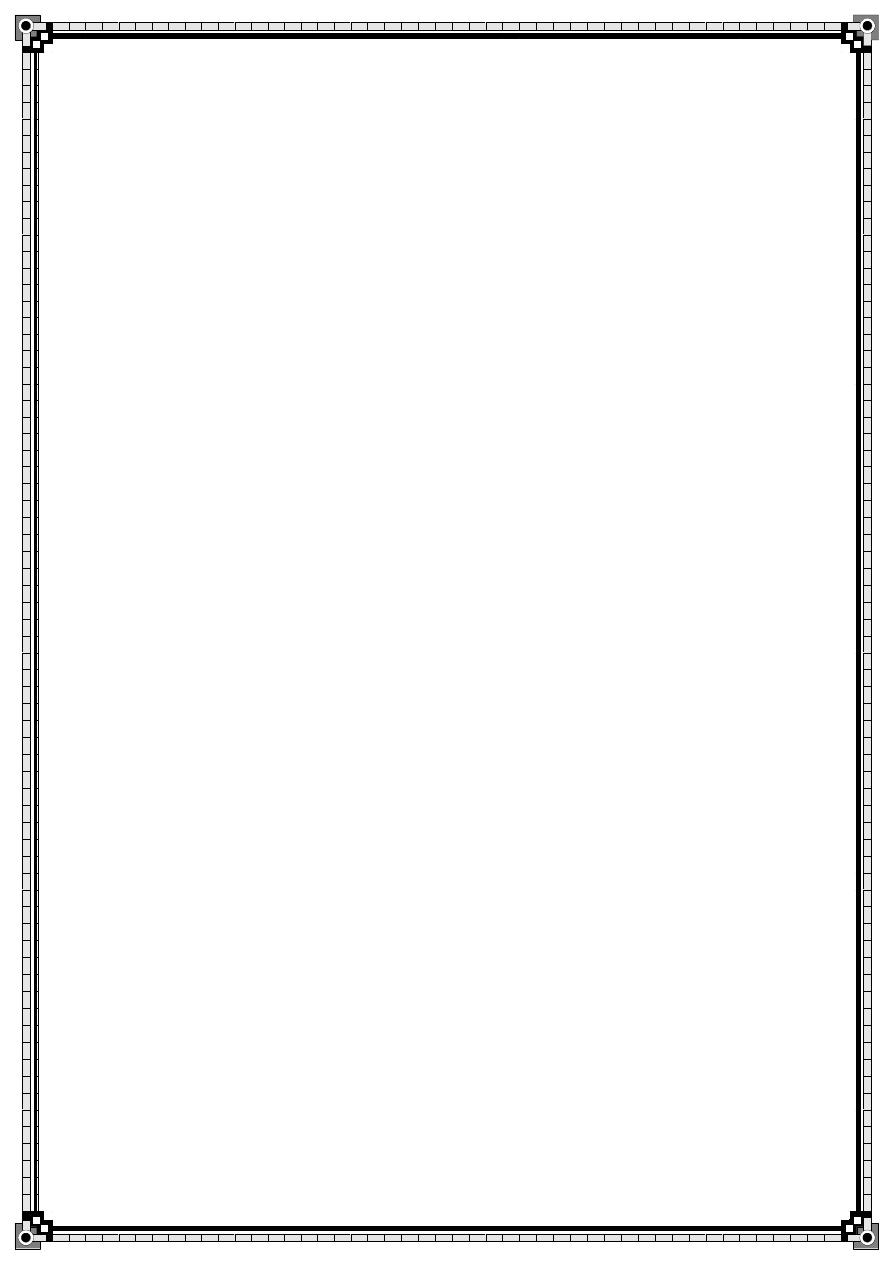
176
■ Is commonly felt as subrapubic discomfort,worsening as the bladder fills
■ When caused by cystitis,typically has a burning or scalding
character felt in the urethra on micturition
■ May be referred to the tip of the penis in men,even when lesion is in the bladder
Summary box 70.4
Altered bladder function
■ Failure of the storage function of the bladder leads to
urgency and frequency of micturition,often by day and by night
■ Failure of the emptying function of the bladder is most
commonly caused by obstruction to the bladder outflow
(e.g.by prostatic enlargement) but can also be caused by weakness of the detrusor muscle
■ Chronic retention of urine may present as nocturnal bedwetting
Summary box 70.5
Microscopic, cytological, bacteriological and
biochemical examination of urine
■ Abnormalities found on Multistik testing of the urine
should be confirmed by microscopy and culture
■ The presence of greater than 105 organisms per ml of urine
is deemed to indicate the presence of a significant urinary infection
■ Cytological examination of the urine is likely to be
abnormal when there is a poorly differentiated transitional cell tumour in the bladder

177
Summary box 70.6
Tests of renal function
■ Elevated blood urea and serum creatinine levels usually
indicate a significant impairment of renal function
■ More sophisticated renal assessment is required to quantify the functional deficit
Summary box 70.7
Straight abdominal radiograph
■ Most urinary calculi are radiodense
■ Uric acid calculi are typically radiolucent
Summary box 70.8
Intravenous urography
■ IVU can cause a dangerous hypersensitivity reaction in a small number of patients
Summary box 70.9
Ultrasonography
■ Ultrasound scanning provides broadly similar anatomical
information to an intravenous urogram but without the risks
Summary box 70.10
Diagnostic examination
■ Diagnostic examination of the bladder is performed
painlessly under local anaesthesia using a flexible cystoscope
Summary box 70.11

178
Diagnosing anuria
■ Check that the bladder is empty before diagnosing anuria
■ Ultrasound the bladder
Summary box 70.13
Life-threatening hyperkalaemia
■ In acute renal failure,significant hyperkalaemia is life-threatening and should be corrected at
an early stage
Summary box 70.14
Catheterisation and stents
■ Urethral or suprapubic catheterisation will relieve obstruction distal to the bladder
■ Indwelling stents to relieve ureteric obstruction can be inserted cystoscopically or
percutaneously
71.The kidneys and ureters
Summary box 71.1
Absence of one kidney
■ About 1:1400 people has an absent kidney
■ It is usually symptomless and often discovered by accident
■ When planning a nephrectomy the surgeon should
consider the possibility that the other kidney is congenitally absent

179
Summary box 71.2
Horseshoe kidneys
■ Horseshoe kidneys are liable to pelviureteric obstruction, infection and stone formation
■ If not recognised,a pelvic kidney may cause diagnostic confusion during surgery
Summary box 71.3
Polycystic kidney disease
■ Inherited as an autosomal dominant trait
■ An important cause of end-stage renal failure in adults
■ Pain,haematuria,infection and hypertension are common
■ Liable to be fatal in early middle age
Summary box 71.4
Simple renal cysts
■ Common
■ Often multiple
■ Diagnosed on ultrasound
■ Rarely require treatment
■ Treat only if causing obstruction
Summary box 71.5
Duplication of the kidneys and ureters
■ Is relatively common and often asymptomatic and harmless
■ One or both moieties of the duplex may be dysplastic
■ Abnormalities of the insertion of the ureter into the
bladder may cause urinary reflux,incontinence or obstruction
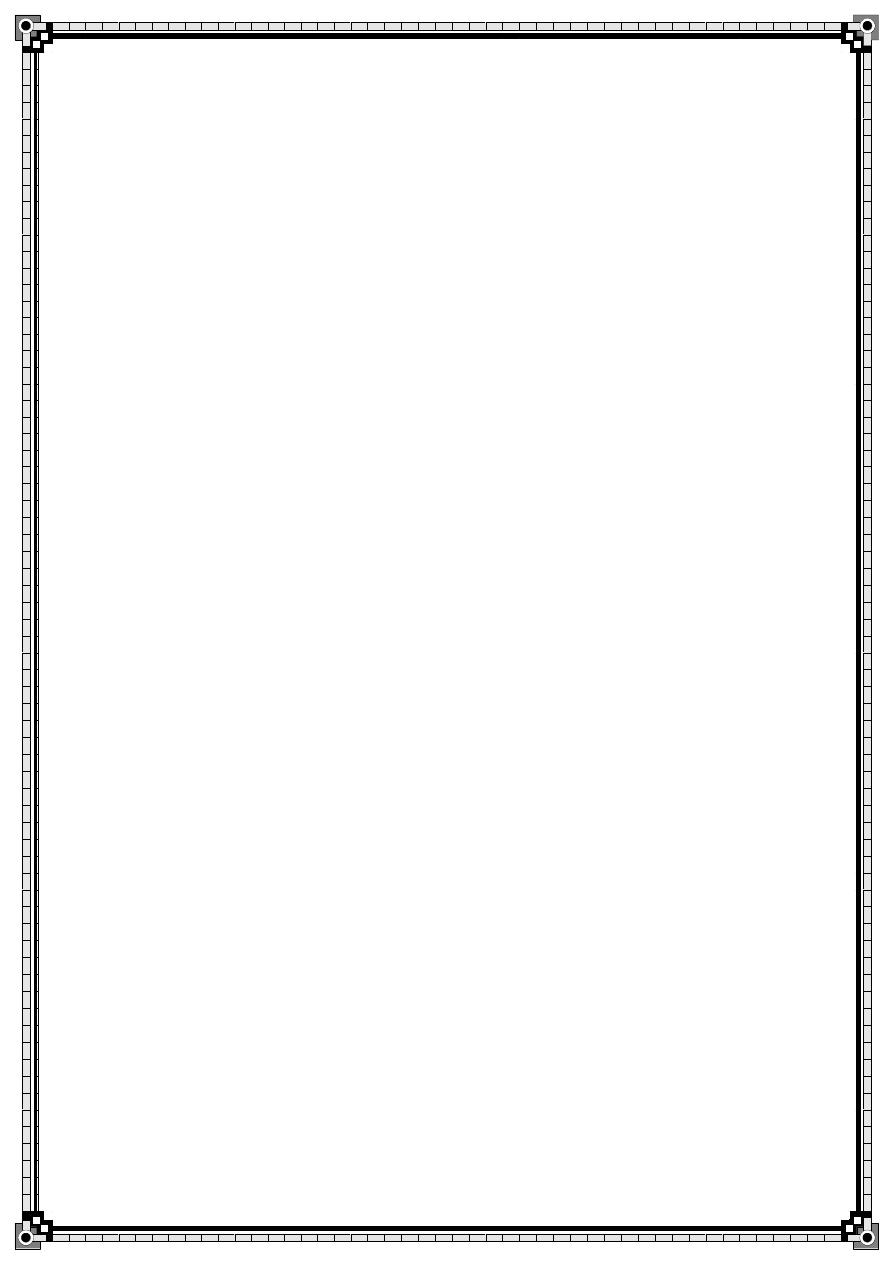
180
Summary box 71.6
Haemorrhage
■ Life-threatening haemorrhage is a serious risk in closed or open trauma to the kidney
Summary box 71.7
Clinical features of closed renal trauma
■ There may be no external bruising
■ Haematuria indicates that the kidney has been damaged
and should prompt careful monitoring of vital signs and urgent investigation
■ Delayed haemorrhage may occur days after injury
Summary box 71.8
Surgical treatment in closed renal trauma
■ Exploration of the kidney may be associated with massive
blood loss as the haematoma is opened
■ Nephrectomy is a possibility so it is important to establish
that the contralateral kidney is functioning
Summary box 71.9
Ureteric injury during operation
■ The most common cause of injury to the ureters is surgical
trauma during hysterectomy or other pelvic surgery
■ Preoperative catheterisation of the ureters makes them
easier to protect during surgery
■ Injuries discovered at the time of surgery should be repaired immediately

181
Summary box 71.10
Repair of the injured ureter
When surgical damage to a ureter is discovered postoperatively:
■ Repair need not be delayed if the patient is fit
■ A variety of techniques may be needed to ensure
successful repair,and surgery should be performed by a urologist
Summary box 71.11
Causes of unilateral ureteric obstruction
Extramural obstruction
■ Tumour from adjacent structures,e.g.carcinoma of the cervix,prostate,rectum,colon or
caecum
■ Idiopathic retroperitoneal fibrosis
■ Retrocaval ureter
Intramural obstruction
■ Congenital stenosis,physiological narrowing of the
pelviureteric junction leading to pelviureteric junction obstruction
■ Ureterocele and congenital small ureteric orifice
■ Inflammatory stricture following removal of ureteric
calculus,repair of a damaged ureter or tuberculous infection
■ Neoplasm of the ureter or bladder cancer involving the ureteric orifice
Intraluminal obstruction
■ Calculus in the pelvis or ureter
■ Sloughed papilla in papillary necrosis (especially in
diabetics,analgesic abusers and those with sickle cell disease) may obstruct the ureter

182
Summary box 71.12
Idiopathic pelviureteric obstruction
■ May be asymptomatic
■ May be present as intermittent loin pain exacerbated by a fluid load
Summary box 71.13
Ureteric dilatation in pregnancy
■ Physiological dilatation of the ureter is common in pregnancy
Summary box 71.14
Imaging
■ Obstruction of the ureter is diagnosed by a combination of
ultrasound scanning and isotope renography
■ An obstructed kidney is worth preserving if the isotope
renogram shows that it is contributing more than 20% of total renal function
Summary box 71.15
Renal stones
■ Are common
■ May be clinically silent even when large
■ Are usually visible on a plain abdominal radiograph
■ May be radiolucent when composed of uric acid
Summary box 71.16
Ureteric colic
■ There is a pattern of severe exacerbation on a background of continuing pain

183
■ Radiates to the groin,penis,scrotum or labium as the stone progresses down the ureter
■ The severity of pain is not related to the size of the stone
■ The pain is almost invariably associated with haematuria
■ There may be few physical signs
Summary box 71.17
Opacities on a plain abdominal radiograph that may be confused with renal calculus
■ Calcified mesenteric lymph node
■ Gallstones or concretion in the appendix
■ Tablets or foreign bodies in the alimentary canal [e.g.cyclopenthiazide (Navidrex-K)]
■ Phleboliths – calcification in the walls of veins,especially in the pelvis
■ Ossified tip of the 12th rib
■ Calcified tuberculous lesion in the kidney
■ Calcified adrenal gland
Summary box 71.18
Management of small stones
■ Most small urinary calculi will pass spontaneously and can be treated conservatively
■ The presence of infection in an upper urinary tract
obstructed by stone is dangerous and is an indication for urgent surgical intervention
Summary box 71.19
Kidney stone removal
■ Most urinary calculi can be treated by minimal access techniques

184
Summary box 71.20
Recurrent stone formation
■ Calculus formation is more common in those who have had a previous urinary stone
■ Unless calculi are caused by a specific biochemical
abnormality,high fluid intake is the best way to discourage recurrent stone formation
Summary box 71.21
Indications for surgical removal of a ureteric calculus
■ Repeated attacks of pain and the stone is not moving
■ Stone is enlarging
■ Complete obstruction of the kidney
■ Urine is infected
■ Stone is too large to pass
■ Stone is obstructing solitary kidney or there is bilateral obstruction
Summary box 71.22
Kidney infection
■ Acute pyelonephritis:
In childhood
In pregnacy
With urinary obstruction
■ Chronic pyelonephritis:
Reflux nephropathy
■ Pyonephrosis
■ Renal abscess
■ Perinephric abscess

185
Summary box 71.23
Clinical features of kidney infections
■ More common in women
■ Often associated with septicaemia leading to pyrexia and rigors
■ Associated with pyuria and occasionally haematuria
■ Should be initially treated with broad-spectrum parenteral antibiotics
■ Extremely dangerous if the kidney is obstructed
Summary box 71.24
Urinary infection in childhood
■ A single proven urinary infection in a child should prompt referral to a paediatric urologist
Summary box 71.25
Chronic pyelonephritis
■ A common cause of end-stage renal failure
■ Often associated with ureteric reflux
■ May be symptomatically silent
■ Leads to progressive renal scarring
Summary box 71.26
Management of perinephric abscess
■ Collections of pus in or around the kidney should be
drained surgically if they cannot be aspirated by percutaneous needling
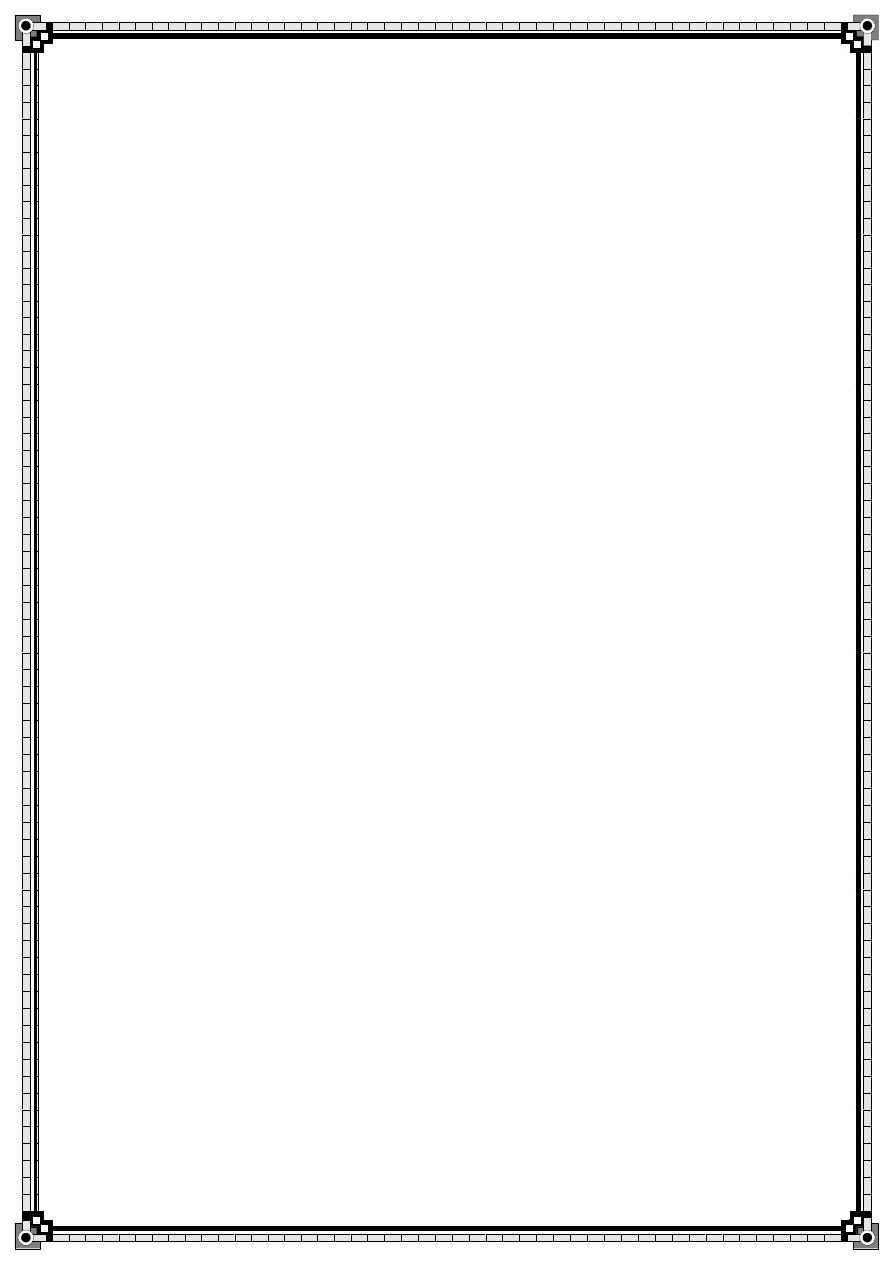
186
Summary box 71.27
Renal tuberculosis
■ Should be considered when symptoms of cystitis continue despite treatment with antibiotics
■ Is a cause of ‘sterile pyuria’
■ Results in chronic inflammation and scarring throughout
the urinary tract,which may continue afteranti- tuberculous treatment has been instituted
■ May cause obstructive lesions throughout the urinary tract
Summary box 71.28
Renal neoplasms
Benign neoplasms
■ Adenoma
■ Angioma
■ Angiomyolipoma Malignant neoplasms
■ Wilms’tumour (nephroblastoma in children)
■ Grawitz’s tumour (adenocarcinoma,hypernephroma)
■ Transitional cell carcinoma of the renal pelvis and collecting system
■ Squamous carcinoma of the renal pelvis
Summary box 71.29
Nephroblastoma (Wilms’tumour)
■ Usually presents in the first 5 years of life
■ Typically presents with an abdominal mass
■ May cause haematuria,abdominal pain or fever
■ Metastasises to the lung
■ Is best treated in a specialist paediatric oncology unit

187
Summary box 71.30
Adenocarcinoma of the kidney
■ Often presents with haematuria
■ May be associated with pyrexia of unknown origin, polycythaemia,hypercalcaemia,anaemia
and other paraneoplastic symptoms
■ Metastasises via the bloodstream to bone,liver and lung (cannonball secondaries)
■ Renal vein extension may embolise to the pulmonary circulation during nephrectomy
72.The urinary bladder
Summary box 72.1
Bladder trauma
■ Intraperitoneal or extraperitoneal
■ Suspected if there is trauma and damage to the pelvis
■ May be diagnosed by retrograde cystography
Summary box 72.2
Management of bladder trauma
■ Extravesical injury – catheter drainage for 10 days
■ Intraperitoneal injury – laparotomy,repair and bladder drainage
Summary box 72.3
The most frequent causes of acute retention
Male
■ Bladder outlet obstruction (the commonest cause)
■ Urethral stricture
■ Acute urethritis or prostatitis

188
■ Phimosis
Female
■ Retroverted gravid uterus
■ Bladder neck obstruction (rare)
Both
■ Blood clot
■ Urethral calculus
■ Rupture of the urethra
■ Neurogenic (injury or disease of the spinal cord)
■ Smooth muscle cell dysfunction associated with ageing
■ Faecal impaction
■ Anal pain (haemorrhoidectomy)
■ Intensive postoperative analgesic treatment
■ Some drugs
■ Spinal anaesthesia
Summary box 72.4
Catheterisation for acute retention of urine Following catheterisation:
■ Record the volume of urine drained
■ Examine the abdomen to exclude other pathology (rupture
of an aortic aneurysm,ureteric colic or diverticulitis can cause confusion)
Summary box 72.5
Clinical management of spinal injury
■ The bladder should be emptied during spinal shock by catheterisation
■ Encourage high fluid intake
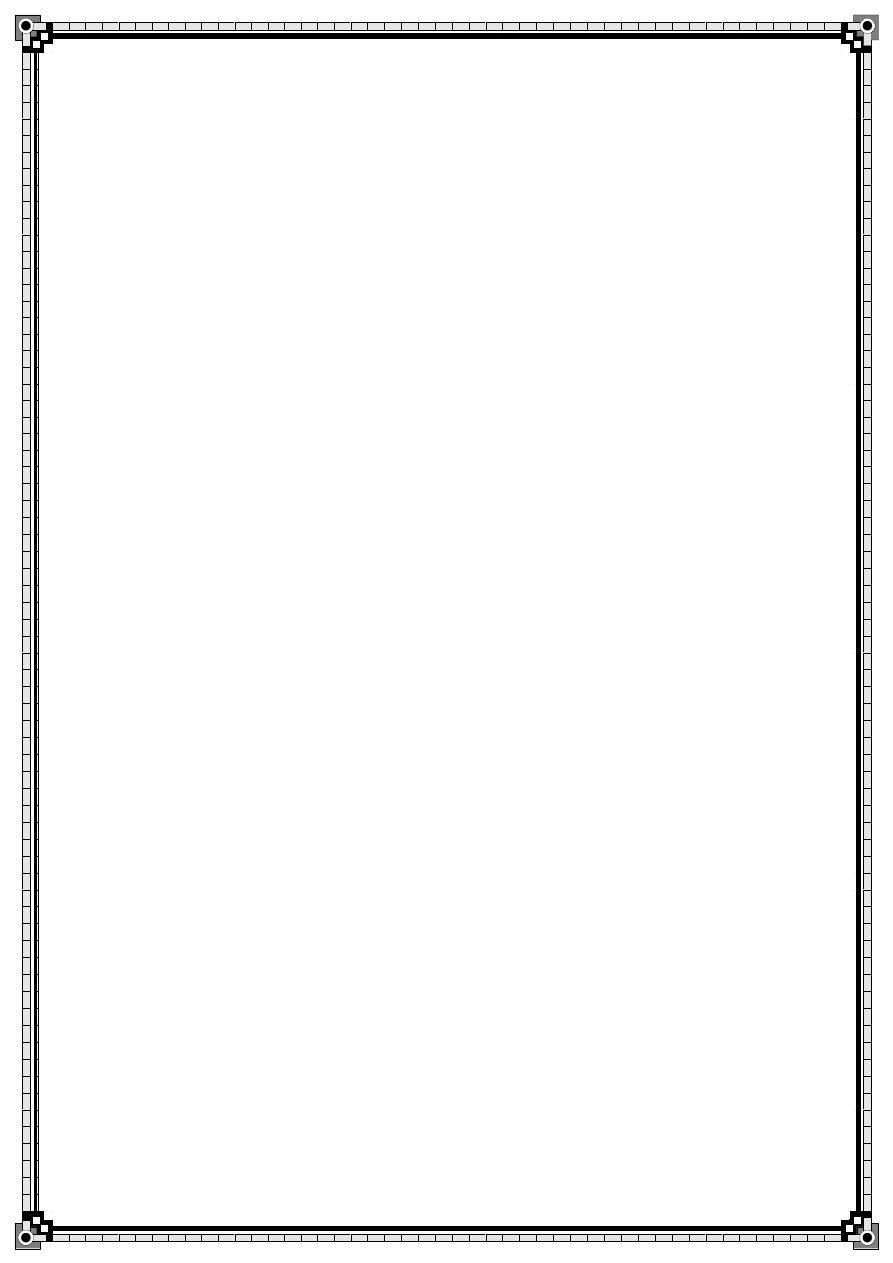
189
■ Commence intermittent catheterisation
■ When the patient is stable undertake full urodynamic evaluation
Summary box 72.6
Diagnosis of urinary incontinence The following investigations are required:
■ A careful history and physical examination and completion of frequency voiding charts
■ Urodynamic testing in most patients and in all patients in whom surgical intervention is
proposed
■ Urine culture to exclude infection and measurement of serum creatinine
In selected cases IVU is carried out if a ureteric fistula is suspected,although ultrasound
examination will often provide adequate details
Summary box 72.7
Uses of urodynamic testing
■ To distinguish GSI (due to sphincter weakness) from detrusor instability in women
■ For the classification of neurogenic bladder dysfunction
■ To distinguish bladder outflow obstruction from idiopathic detrusor instability in men
■ To investigate incontinence or other lower urinary tract symptoms
Summary box 72.8
Bladder diverticula
■ Bladder diverticula are most frequently diagnosed
incidentally by cystoscopy or urinary tract imaging
■ The presence of a diverticulum – even quite a large one –
is not an indication for diverticulectomy unless symptoms or cancer are present
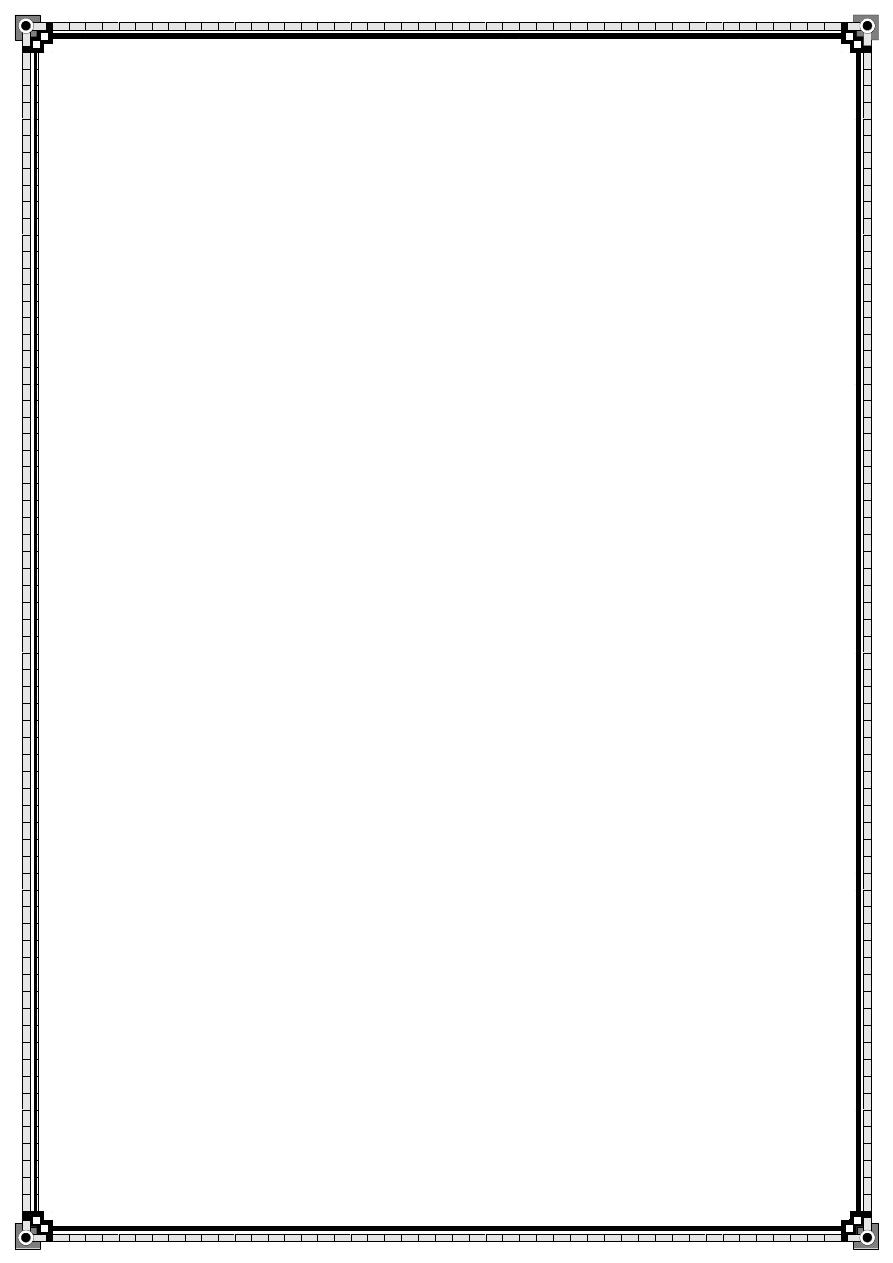
190
Summary box 72.9
Fistulae
■ A fistula is a communication between two epithelium- lined surfaces
■ Most urinary fistulae are vesicovaginal and result from
obstetric trauma;an associated ureterovaginal fistulae occurs in about 10% of cases
■ A ‘three-swab test’is used to aid the diagnosis.An examination under
anaesthesia,vaginoscopy,and cystoscopy and IVU should be performed and,if necessary,
retrograde ureterography
■ Conservative management is rarely successful
■ The principles of repair include good exposure,excision of diseased tissue and tension-free
vascularised repair in anatomic layers
■ Fistulae caused by radiation,cancer and sepsis can be complex with multiple tracts
■ The persistence of a fistula on the skin implies the presence of distal obstruction,chronic
infection,such as tuberculosis, or a foreign body,such as a stone or non-absorbable ligature
Summary box 72.10
UTI in adults
■ Isolated UTI in adults is not infrequent and is more common in women
■ Recurrent or complicated infection (haematuria,rigors) warrants appropriate antimicrobial
therapy and investigation
■ Investigation to exclude a predisposing cause includes
urinalysis,microscopy and culture,upper tract imaging and cystoscopy
■ Mycobacterium tuberculosis, Neisseria gonorrhoeae or
Mycoplasma genitalium should be suspected if pus cells are present but urine culture is
negative
■ Cancer,especially CIS,masquerading as infection may be diagnosed as abacterial cystitis

191
Summary box 72.11
Urothelial cell carcinoma of the bladder
■ The fourth most common non-dermatological malignancy in men (male–female ratio 3:1)
■ Strongly associated with smoking and chemical exposure in western societies
■ Strongly associated with Schistosoma haematobium
infection (bilharzial bladder cancer) in regions where the parasite is endemic
■ Reducing in incidence in countries where smoking is decreasing
Summary box 72.12
Bladder cancer staging
■ Cystoscopy and resection of tumour with separate resection of the tumour base is essential
for accurate analysis of invasion into detrusor muscle
■ Bimanual examination should be performed after resection of the tumour
■ Upper tract imaging by IVU is essential.CT to stage invasive disease for lymph node
metastasis is preferred
Summary box 72.13
Superficial bladder cancer
■ Does not invade the detrusor muscle but can extend to the lamina propria
■ Extension to the lamina propria (pT1) is a significant risk factor for progression to invasive
disease,especially if associated with high-grade disease and CIS
■ The incidence of recurrence of this disease can be reduced by intravesical chemotherapy and
immunotherapy
■ High-risk superficial disease (any grade 3 disease) is best
managed by BCG immunotherapy followed by radical treatment if disease persists

192
Summary box 72.14
Invasive bladder cancer
■ Invasive bladder cancer should be staged by an accurate bimanual examination performed
under anaesthesia before and after resection of the tumour
■ CT or magnetic resonance imaging should be performed to identify lymph node
involvement and distant spread
■ Radical therapy in the form of radical cystectomy and
thorough lymph node dissection is the primary treatment
■ Neoadjuvant cisplatin-based chemotherapy improves survival rates
■ External beam radiotherapy is an option for patients who
are unfit for,or who decline,cystectomy
■ Locally advanced disease may be downstaged by
radiotherapy or chemotherapy to enable salvage cystectomy
73.The prostate and seminal vesicles
Summary box 73.1
Androgenic hormones
■ Androgenic hormones,which drive prostate growth,are derived from several sources
■ The majority of testosterone (90%) is secreted by the
Leydig cells of the testes under the control of LH,secreted from the anterior pituitary
■ Metabolised adrenal androgen accounts for the remaining 5–10% of testosterone
■ Testosterone is converted to DHT by the enzyme
5α-reductase type II,which is found in high concentration in the prostate and the perigenital
skin
■ DHT has five times the potency of testosterone

193
Summary box 73.2
Benign prostatic hyperplasia (BPH)
■ Occurs in men over 50 years of age;by the age of 60 years, 50% of men have histological
evidence of BPH
■ Is a common cause of significant lower urinary tract symptoms in men and is the most
common cause of bladder outflow obstruction in men >70 years of age
Summary box 73.3
Consequences of BPH
■ No symptoms,no BOO
■ No symptoms,but urodynamic evidence of BOO
■ Lower urinary tract symptoms,no evidence of BOO
■ Lower urinary tract symptoms and BOO
■ Others (acute/chronic retention,haematuria,urinary infection and stone formation)
Summary box 73.4
Investigations of men with LUTS
Essential investigations
■ Urine analysis by dipstick for blood,glucose and protein
■ Urine culture for infection
■ Serum creatinine
■ Urinary flow rate and residual volume measurement
Additional investigations
■ PSA if indicated
■ Pressure–flow studies
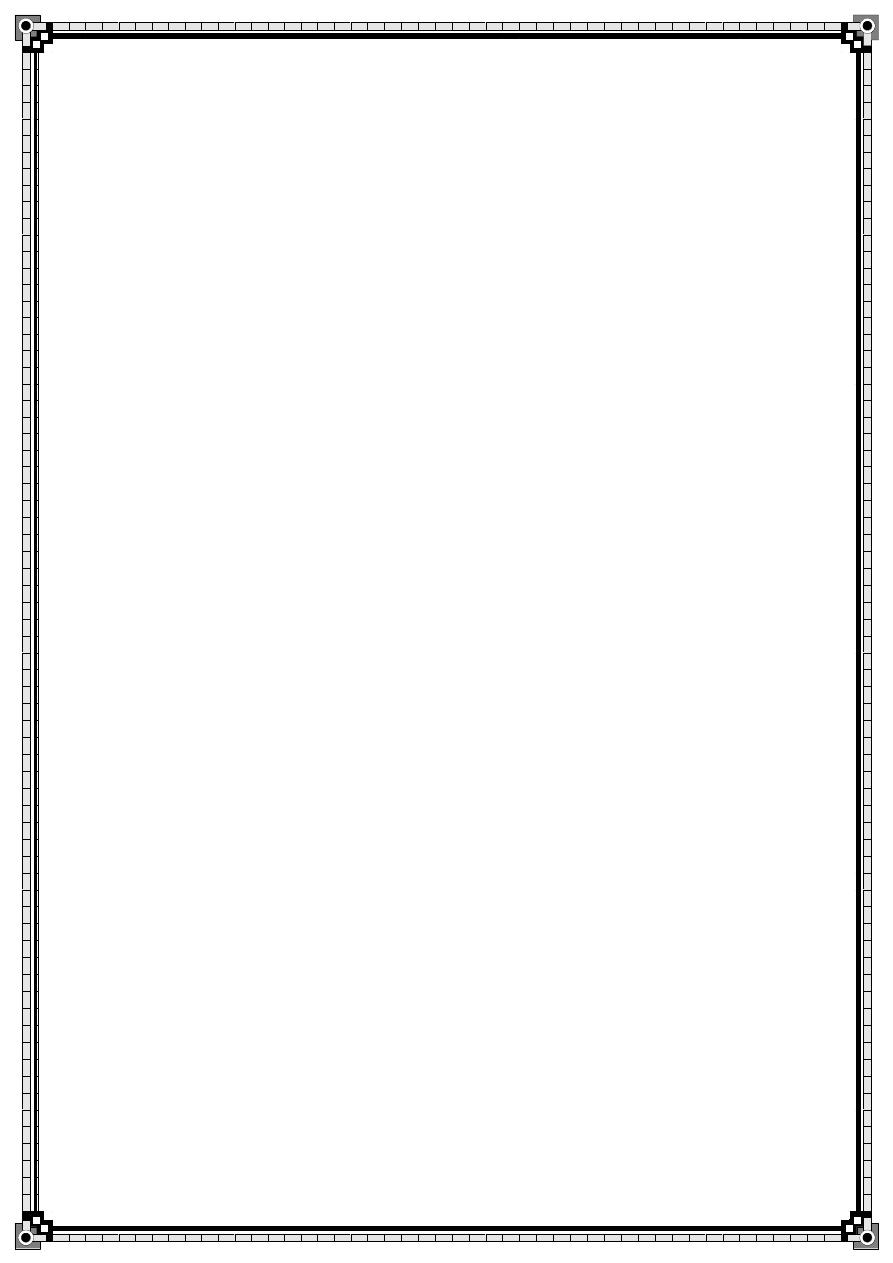
194
Summary box 73.5
Options for treatment of LUTS secondary to BPH
■ Conservative measures include watchful waiting in conjunction with fluid restriction and
reduction in caffeine intake
■ Drug therapy is with α-blockers or,in men with a large prostate,a 5α-reductase inhibitor,or
both
■ Interventional measures include transurethral resection of the prostate (TURP),which
remains the ‘gold standard’; consider open prostatectomy for large glands
Summary box 73.6
Prostate cancer detection
■ The incidence has increased,and opportunistic PSA testing
has enabled the detection of early-stage disease
■ It is not yet clear whether national screening programmes for prostate cancer should be
instigated
■ Patients should be counselled about the investigations and treatment options available
before a PSA test is performed
Summary box 73.7
The natural history of prostate cancer
This depends on the stage and grade of disease:
T1 and T2
■ The progression rate of well-differentiated T1a prostate
cancer is very low:10–14% after 8 years.For moderately
differentiated tumours,the rate is about 20%
■ For T1b and T2 tumours,the rate is in excess of 35%
T3 and T4 (M0)
■ About 50% progress to bony metastases after 3–5 years
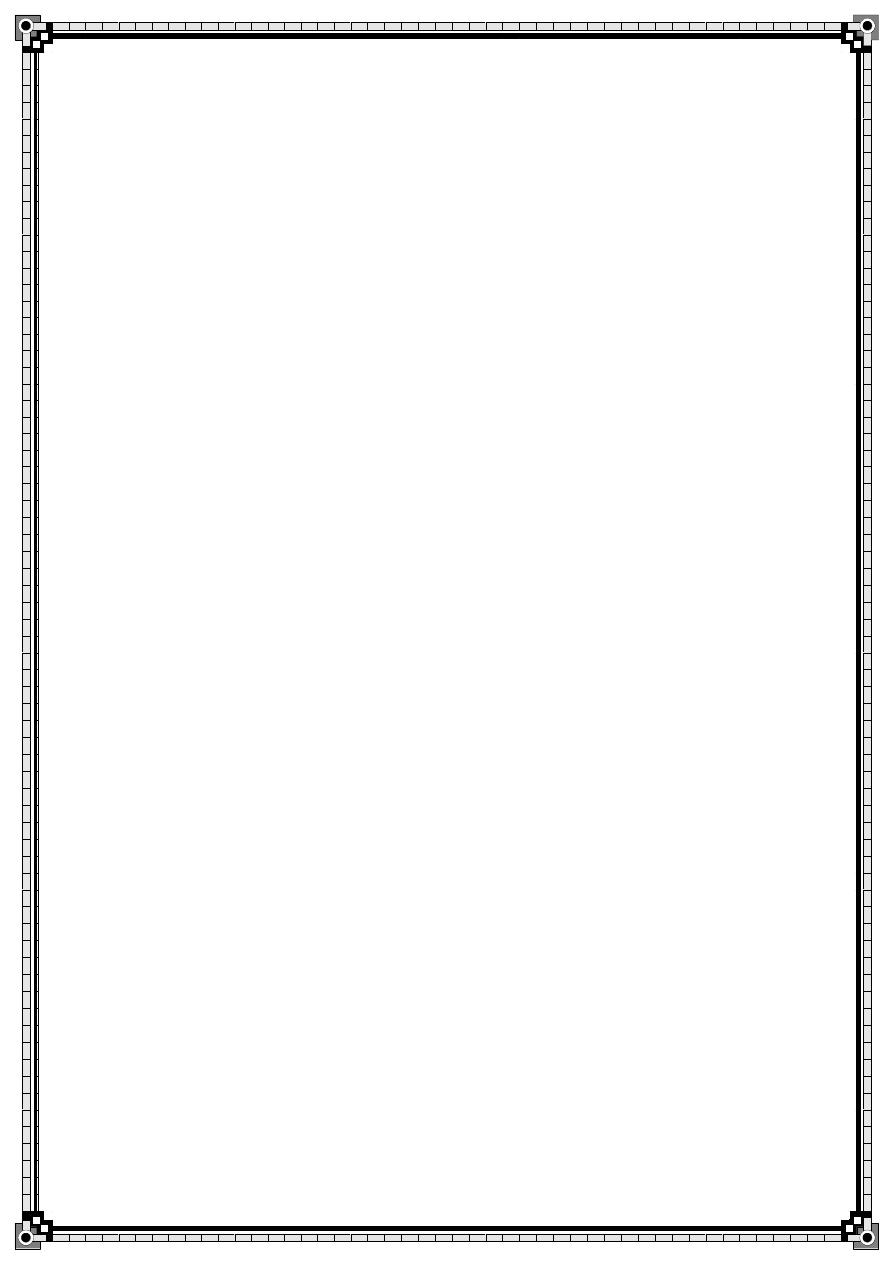
195
M1
■ The median survival of men with metastatic disease is about 3 years
Summary box 73.8
The presentation of men with prostate cancer
■ Often men are asymptomatic,and detection is by opportunistic PSA testing
■ Cancer is detected in men describing LUTS or may present with symptoms from metastatic
disease
Summary box 73.9
Treatment and stage
■ Treatment options for prostate cancer depend on stage of
disease,life expectancy of the patient and patient preference
■ PSA,DRE and biopsy Gleason grade are used to predict pathological stage
■ Localised cancer can be treated by radical prostatectomy,
radiation therapy and active monitoring
■ Treatment of advanced disease is palliative,and hormone ablation remains the first-line
therapy
74. Urethra and penis
Summary box 74.1
Congenital urethral valves
■ Posterior urethral valves cause obstruction to the urinary tract in young boys
■ Antenatal ultrasound scanning typically shows urinary tract dilatation in affected boys
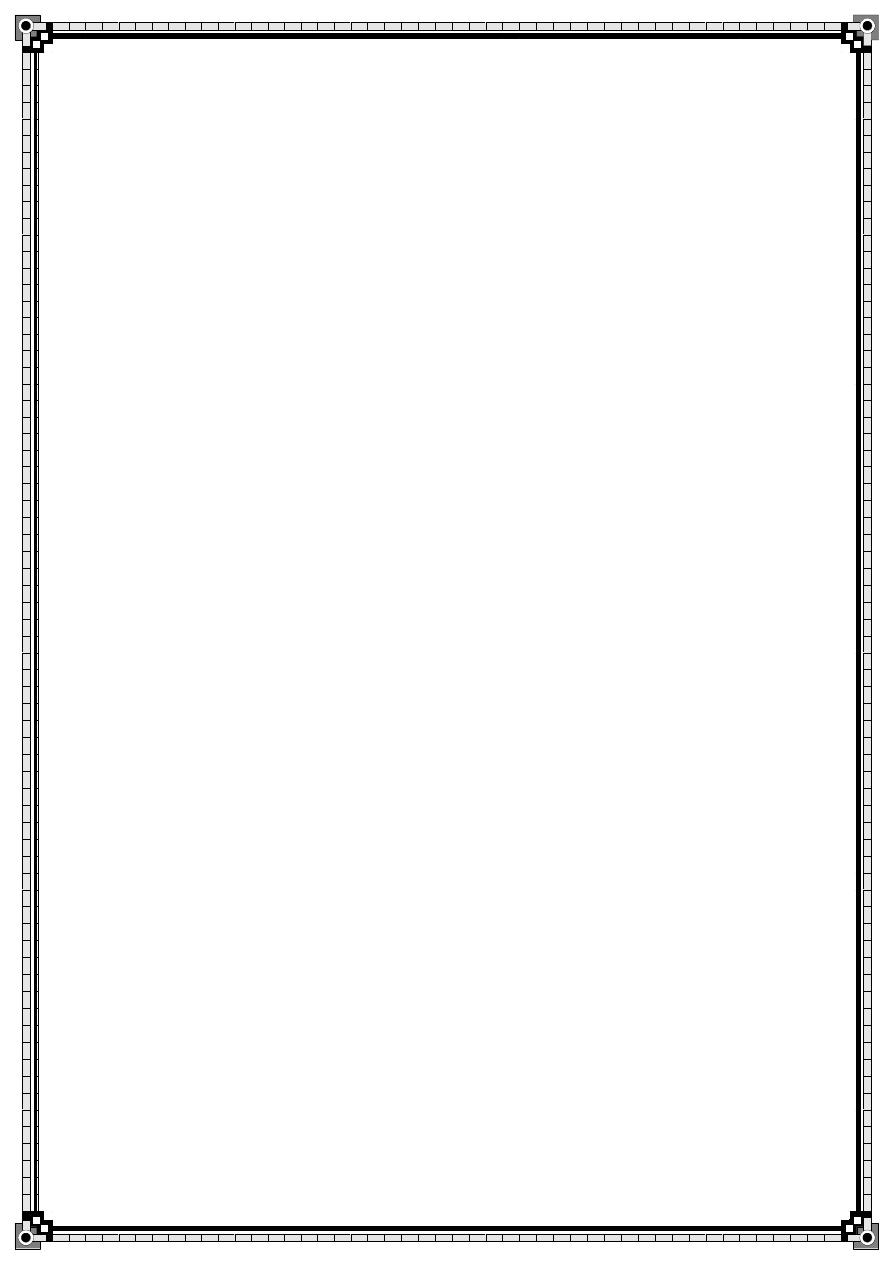
196
Summary box 74.2
Hypospadias
■ Avoid circumcision as prepuce may be used in procedures to correct the abnormality
Summary box 74.3
Urethral injury
Suspect urethral injury after blunt perineal trauma when:
■ The man goes into retention
■ There is massive perineal swelling
■ There is blood at the urethral meatus
Summary box 74.4
Urethral trauma
■ It is safest to insert a suprapubic catheter before referral to a urologist
Summary box 74.5
Lower urinary tract injury in pelvic trauma
When the lower urinary tract is injured in a patient who has suffered multiple trauma:
■ Definitive treatment can usually be deferred if a suprapubic catheter is in place
■ Exploration is needed if there is evidence of rupture of the bladder,especially if it is
intraperitoneal
Summary box 74.6
Urethral dilatation
■ Urethral dilatation for stricture is liable to cause additional urethral damage if performed
inexpertly

197
Summary box 74.7
Endoscopic urethrotomy
■ Cures about 50% of simple strictures
■ May be supplemented by intermittent self-dilatation postoperatively with improved success
rate
Summary box 74.8
Circumcision
■ Is most commonly performed for cultural reasons
■ Is not indicated for failure of retraction caused by
congenital adhesions between the glans penis and the prepuce
■ Is indicated when there is true phimosis with balanoposthitis or obstruction to urinary flow
Summary box 74.9
Warning
■ Never use monopolar diathermy when performing circumcision
Summary box 74.10
Peyronie’s disease
■ Medical treatments are often ineffective
■ The disease is typically self-limiting
■ Surgery may be indicated to correct deformity that interferes with sexual function
Summary box 74.11
Prolonged priapism
■ Prolonged priapism is associated with erectile dysfunction,
especially if surgical decompression by shunt formation is performed
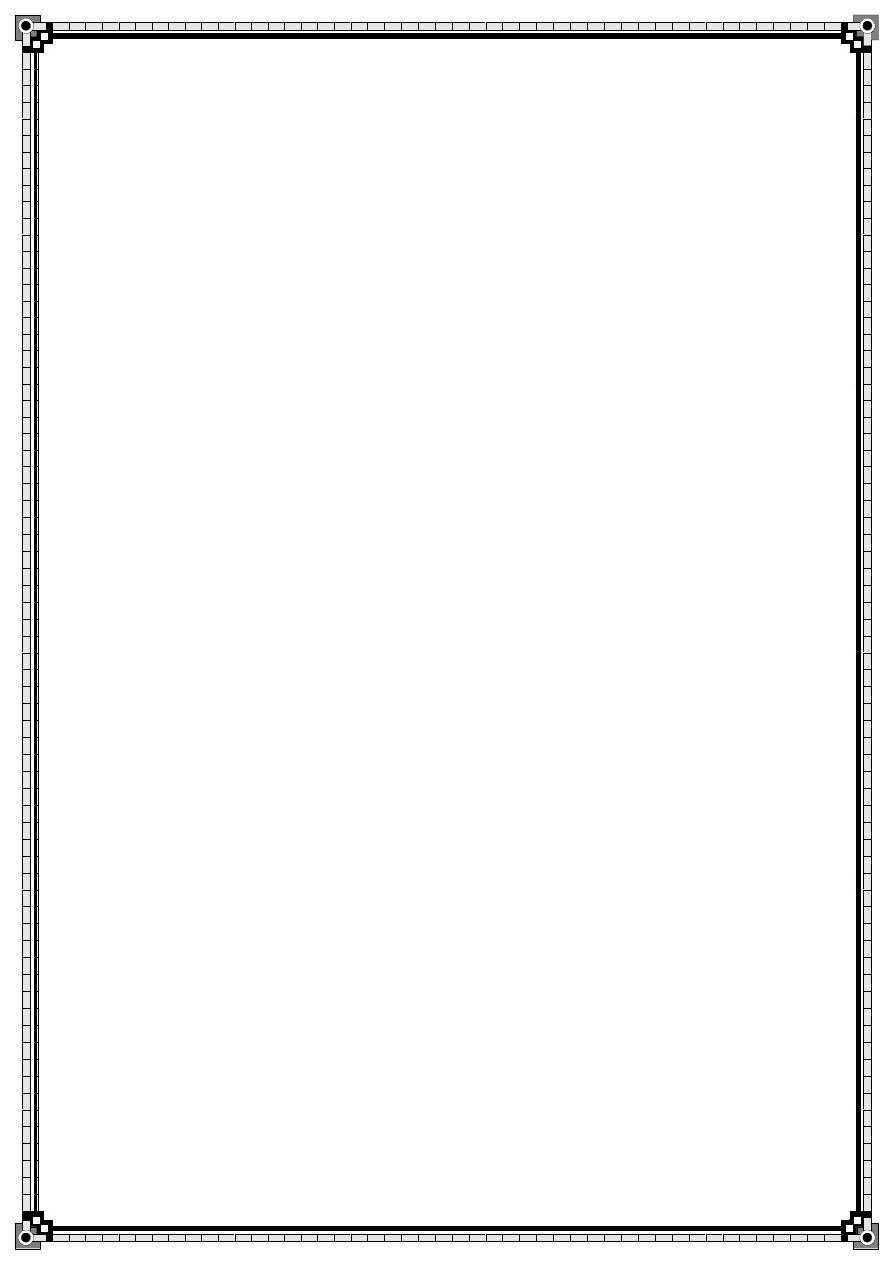
198
Summary box 74.12
Carcinoma of the penis
■ Relatively uncommon
■ Enlargement of superficial inguinal lymph nodes may be
caused by infection or metastatic spread
■ May be treated by a combination of surgery and radiotherapy
75.Testis and scrotum
Summary box 75.1
Undescended testis
■ Testes absent from the scrotum after 3 months of age are unlikely to descend fully
■ An incompletely descended testis tends to atrophy as puberty approaches
■ Early repositioning of an incompletely descended testis can preserve function
Summary box 75.2
Retractile testis
■ Retractile testes are more common than incompletely descended testes and require no
treatment
Summary box 75.3
Orchidopexy
■ An increased liability to malignant disease is not necessarily corrected by orchidopexy but
early diagnosis of a tumour is easier
Summary box 75.4
Scrotal trauma
■ Scrotal exploration should be considered when there is
massive swelling and pain after scrotal trauma
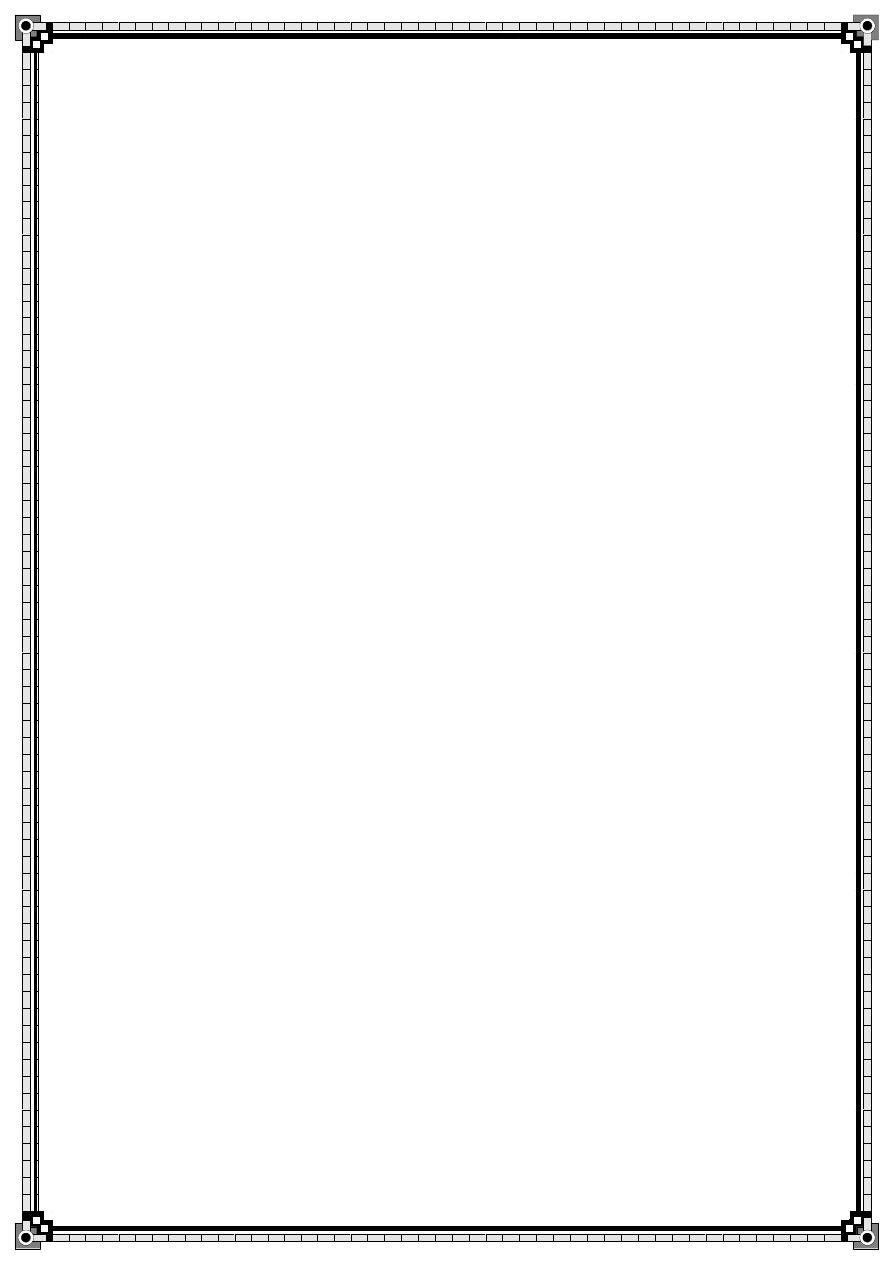
199
Summary box 75.5
Testicular torsion
■ Prompt exploration,untwisting and fixation is the only way to save the torted testis
■ The patient should be counselled and consented for orchidectomy before exploration
■ The anatomical abnormality is bilateral and the contralateral testis should also be fixed
Summary box 75.6
Varicocele
■ Varicocele is a common condition and tends to recur after
surgical treatment.Its association with subfertility is difficult to prove
Summary box 75.7
Testicular malignancy and hydrocele
■ Testicular malignancy is an uncommon cause of hydrocele
that can be excluded by ultrasound examination of the scrotum
Summary box 75.8
Cysts associated with the epididymis
■ Are separate from the testis on palpation
■ Unless large or uncomfortable may be treated
conservatively when diagnosed with certainty using ultrasound
Summary box 75.9
Acute epididymo-orchitis
■ May be secondary to urinary infection or urethritis
■ Is a complication of catheterisation or instrumentation of the urinary tract
■ May need aggressive treatment with parenteral antibiotics
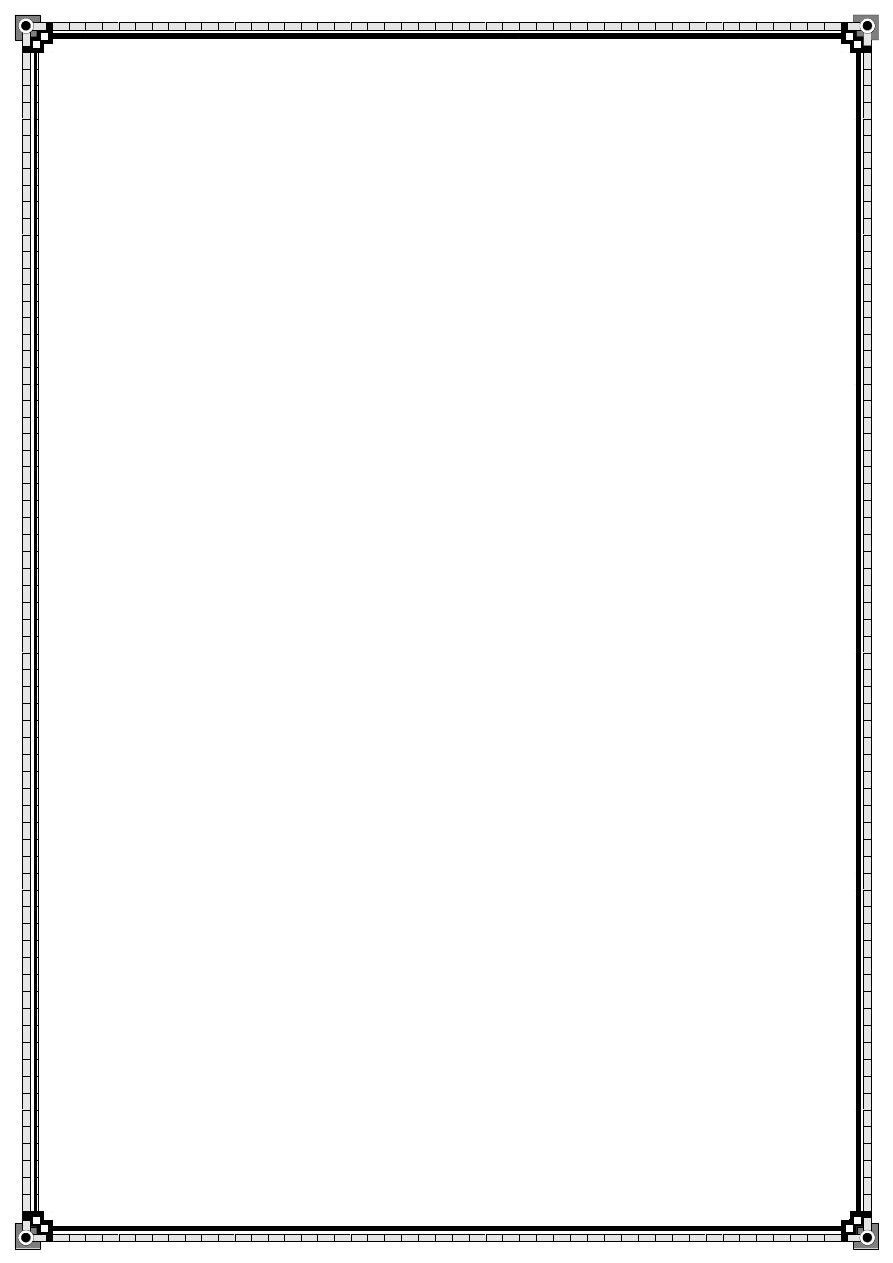
200
متت حبمد اهلل
Summary box 75.10
Testis tumours
■ A scrotal lump that cannot be felt separately from the testis may be a malignant tumour
■ Lymphatic spread is to the retroperitoneal and intrathoracic lymph nodes
■ Pulmonary metastases suggest that the tumour is a teratoma
Summary box 75.11
Testis tumour markers and prognosis
■ Tumour markers help to make the diagnosis and to follow the effectiveness of treatment
■ Prognosis is excellent when the patient is treated with combination chemotherapy in a
cancer centre
Summary box 75.12
Fournier’s gangrene
■ Idiopathic scrotal gangrene (Fournier’s gangrene) requires
early and aggressive treatment if the patient is to survive
Summary box 75.13
Male infertility
■ Atrophy of the testis is associated with raised levels of gonadotrophin in the blood
■ Testicular biopsy will show whether azoospermia is a result
of obstruction or failure of sperm maturation
■ If spermatozoa can be harvested they can be used in ICSI with a fertility rate of around 30%
Summary box 75.14
Vasectomy
■ Counselling before vasectomy should include mention of the irreversibility of the
procedure,the possibility of spontaneous recanalisation and the risk of chronic scrotal pain
postoperatively
